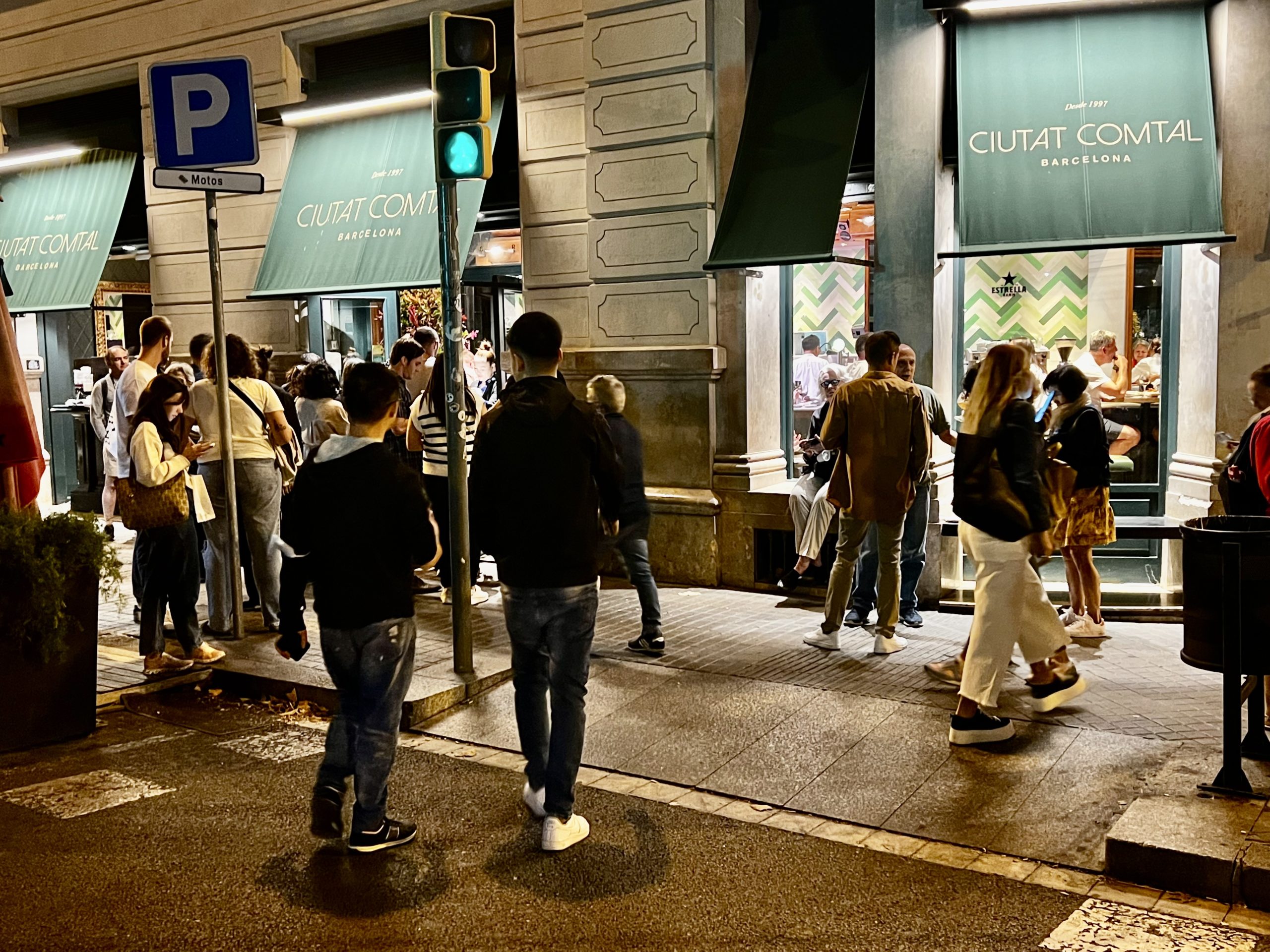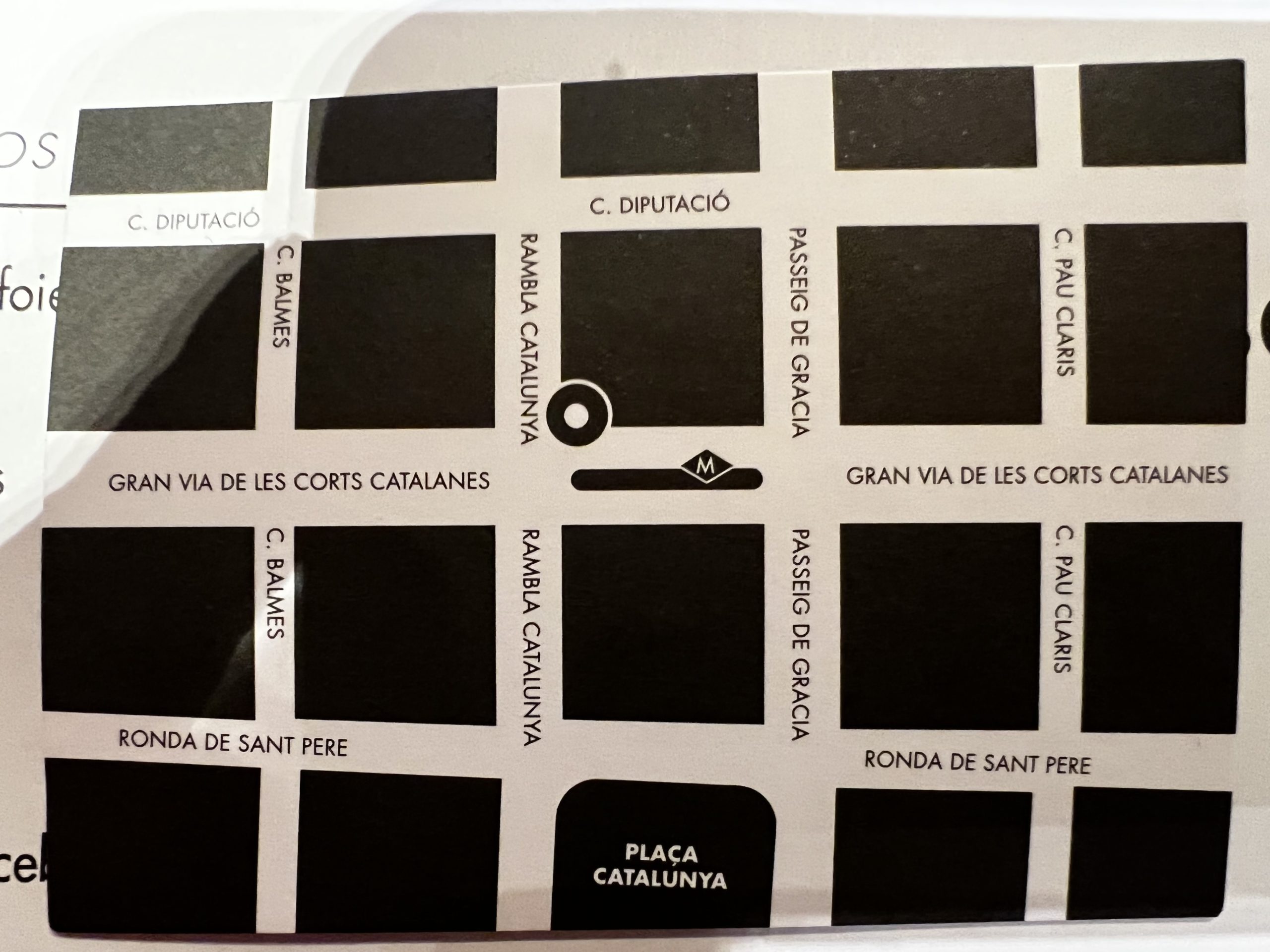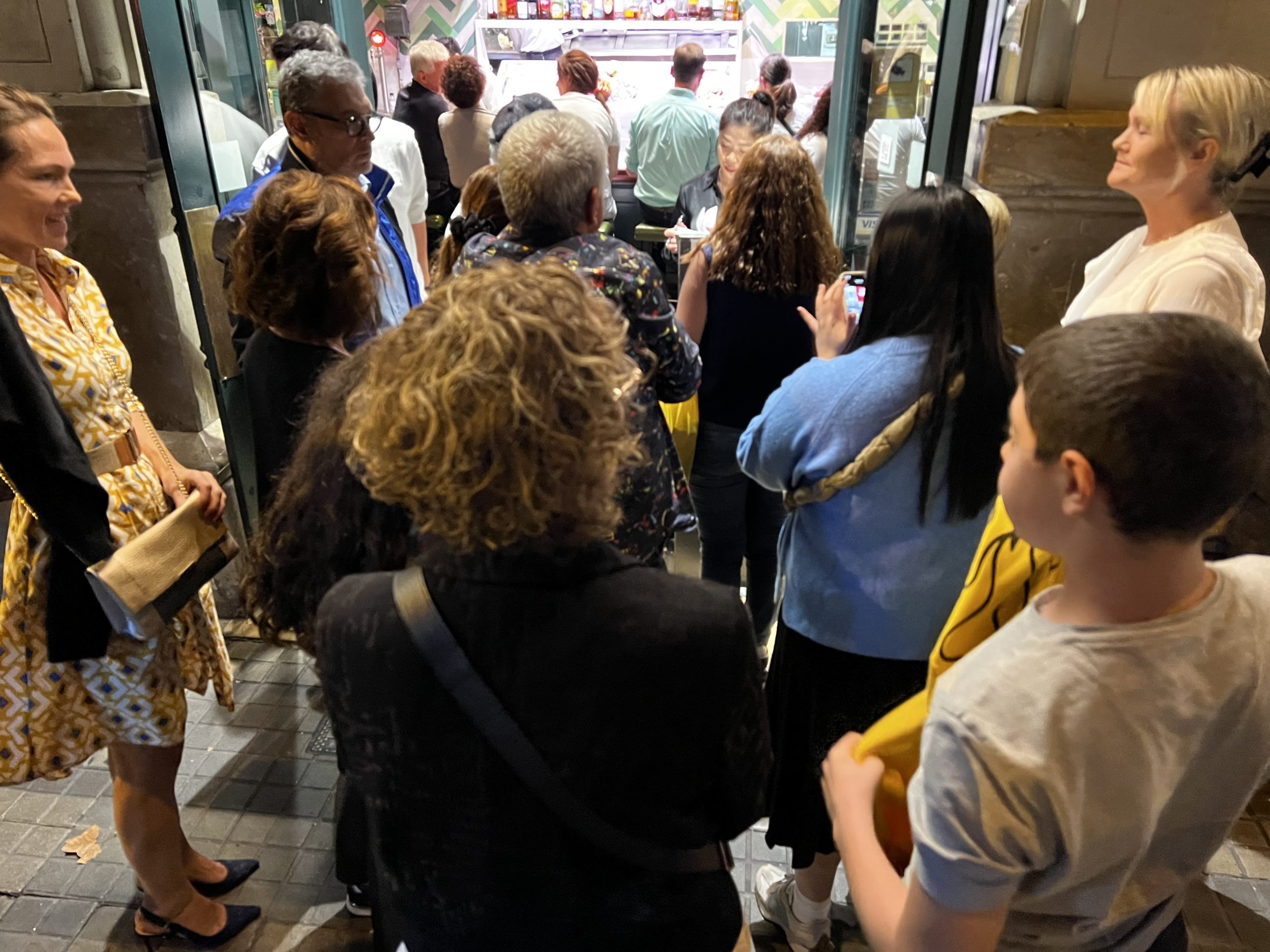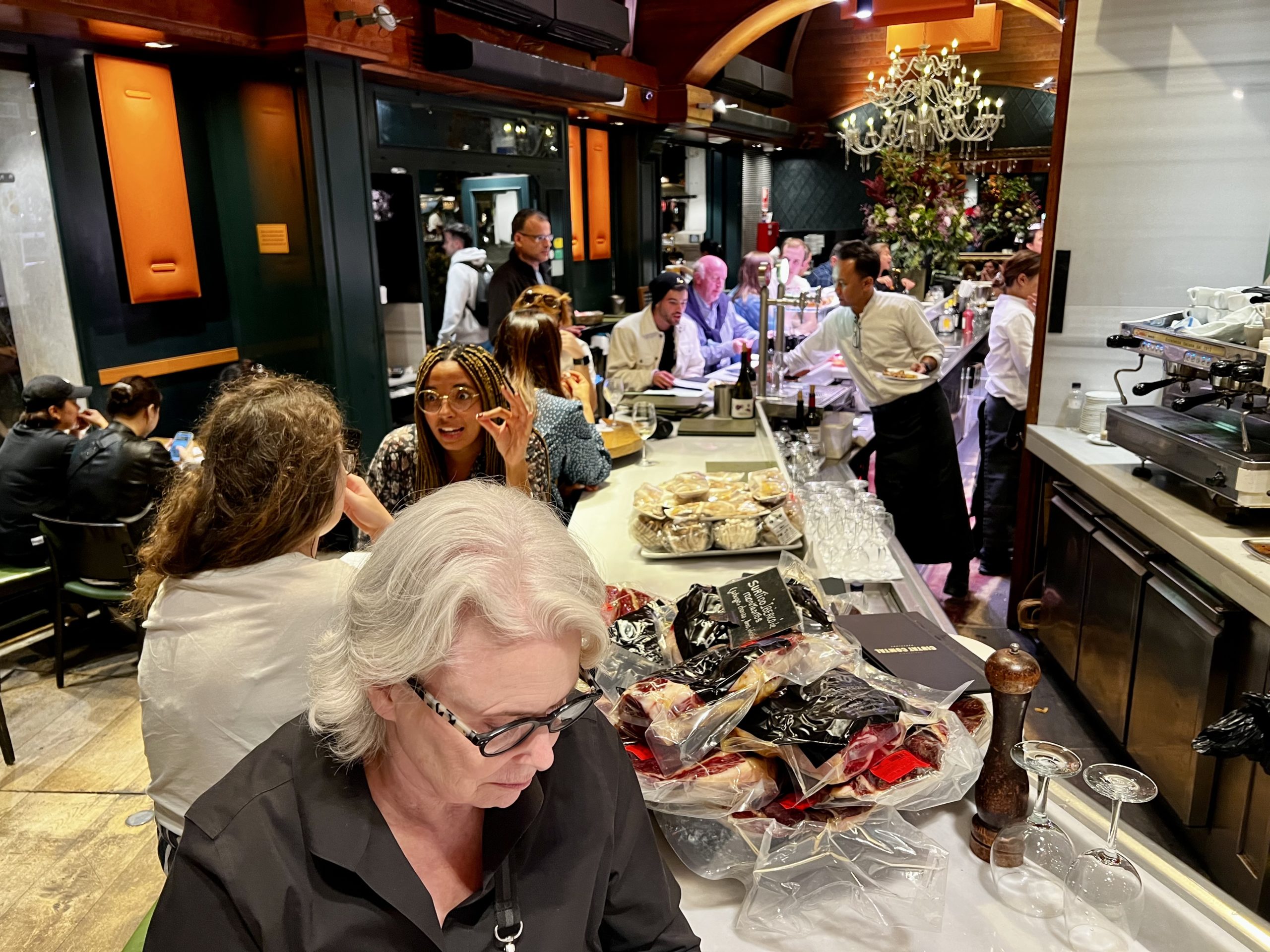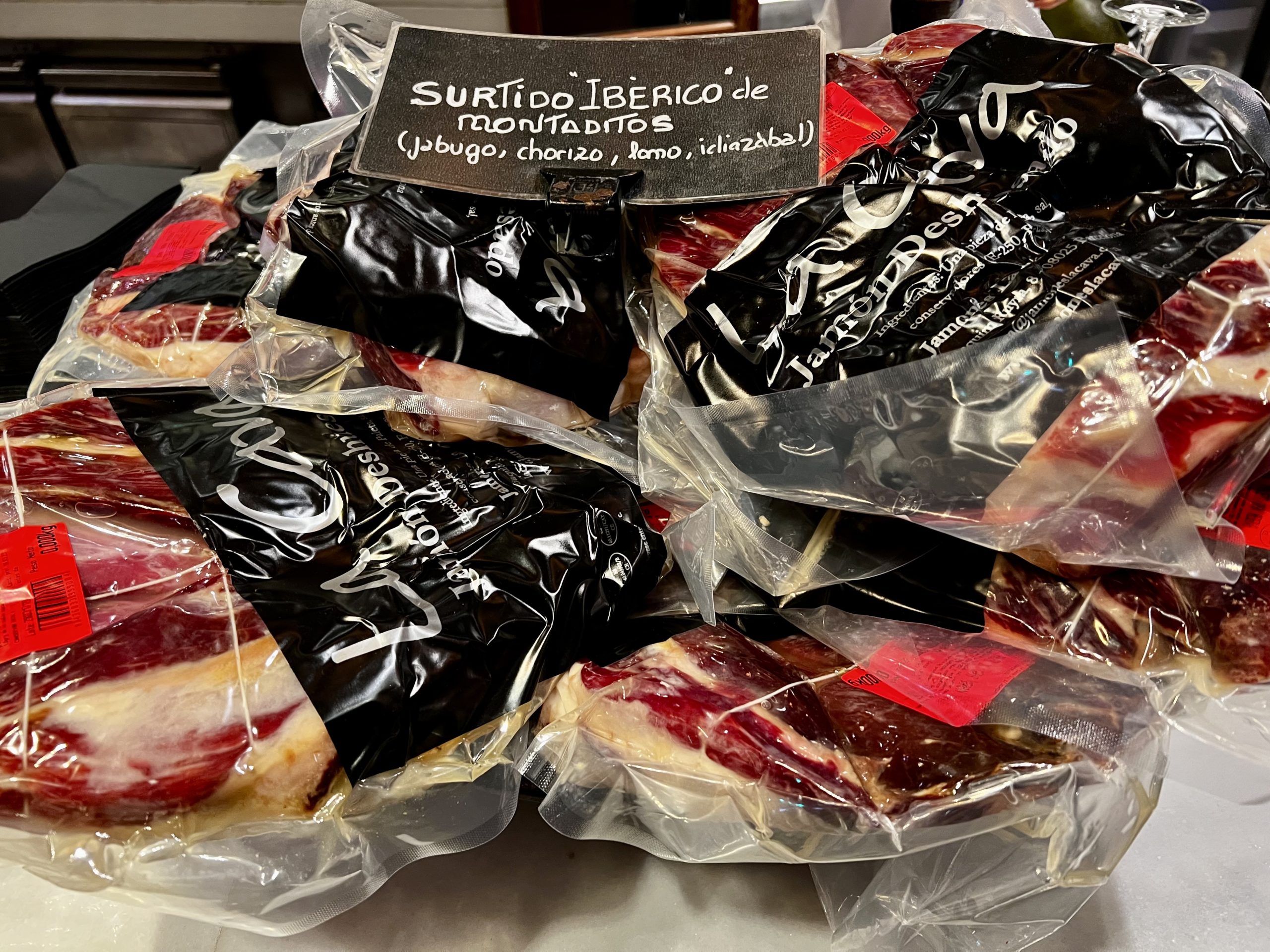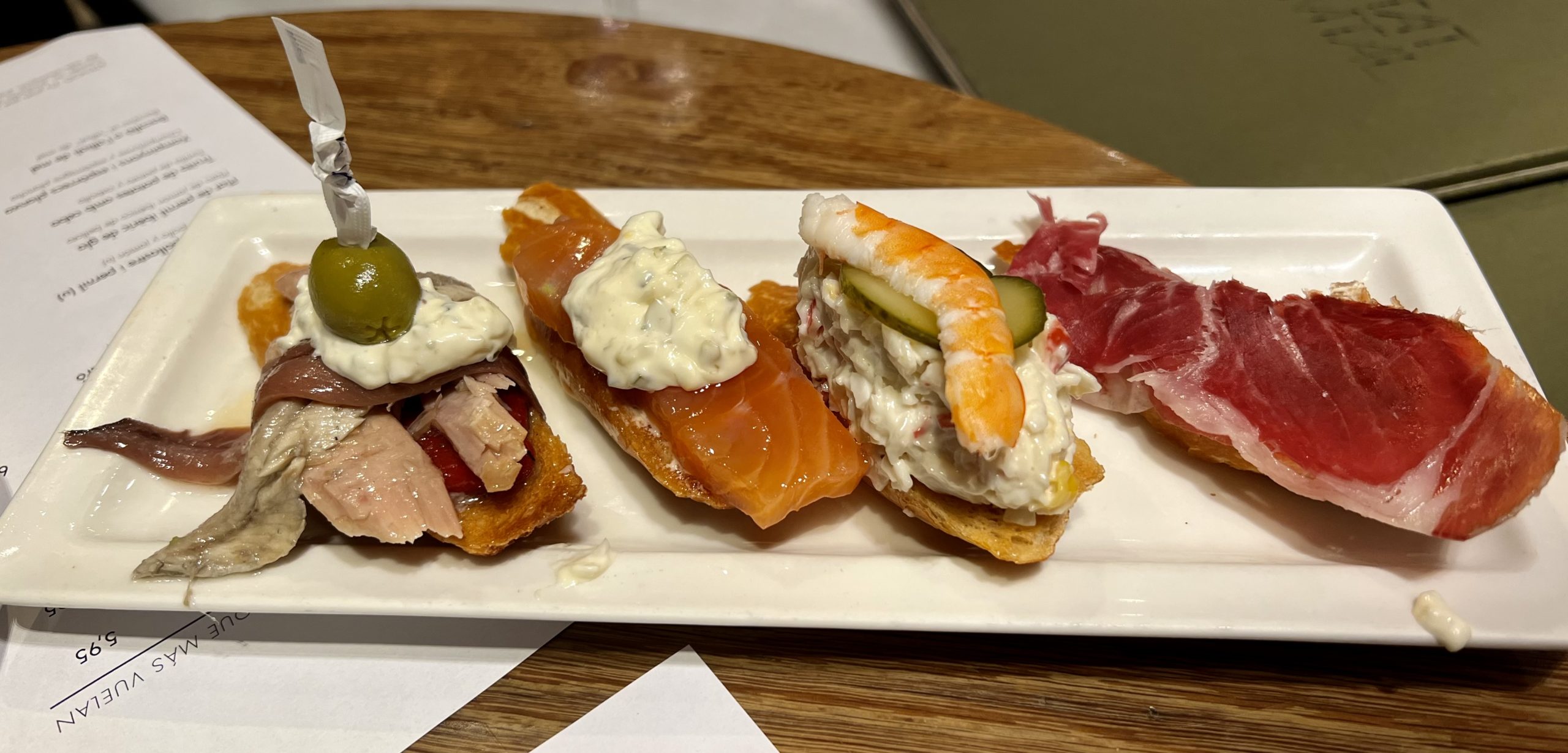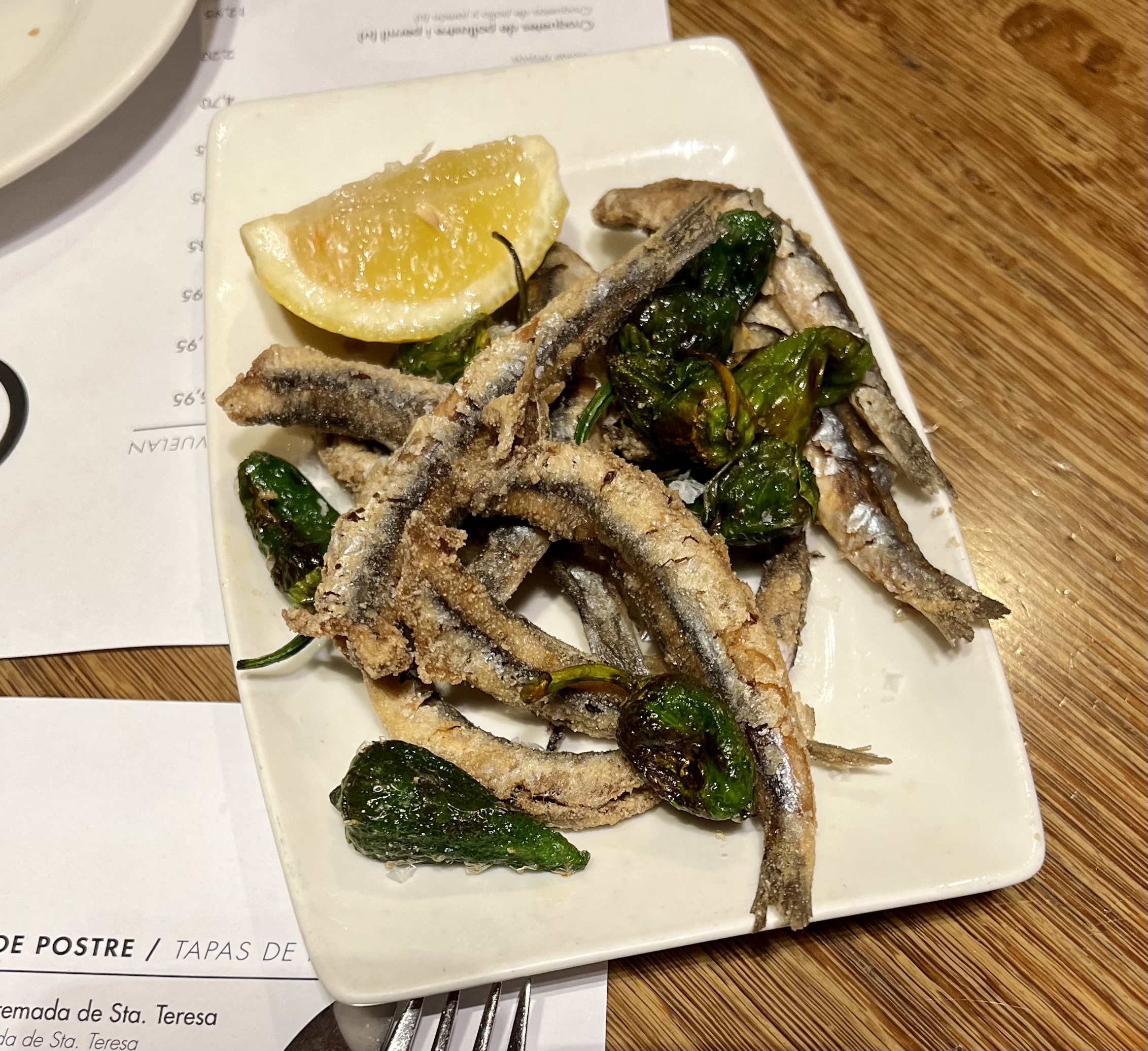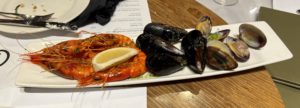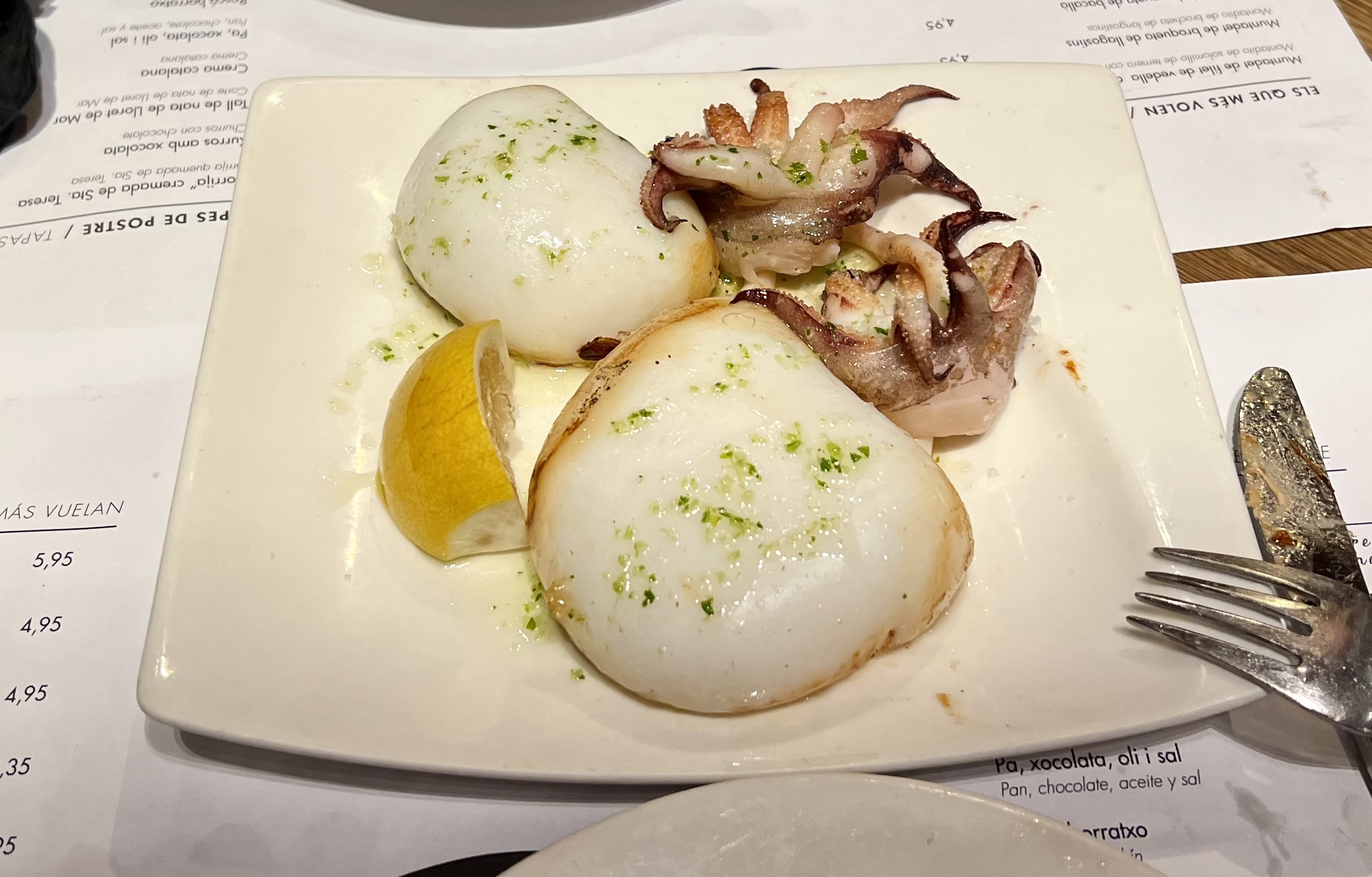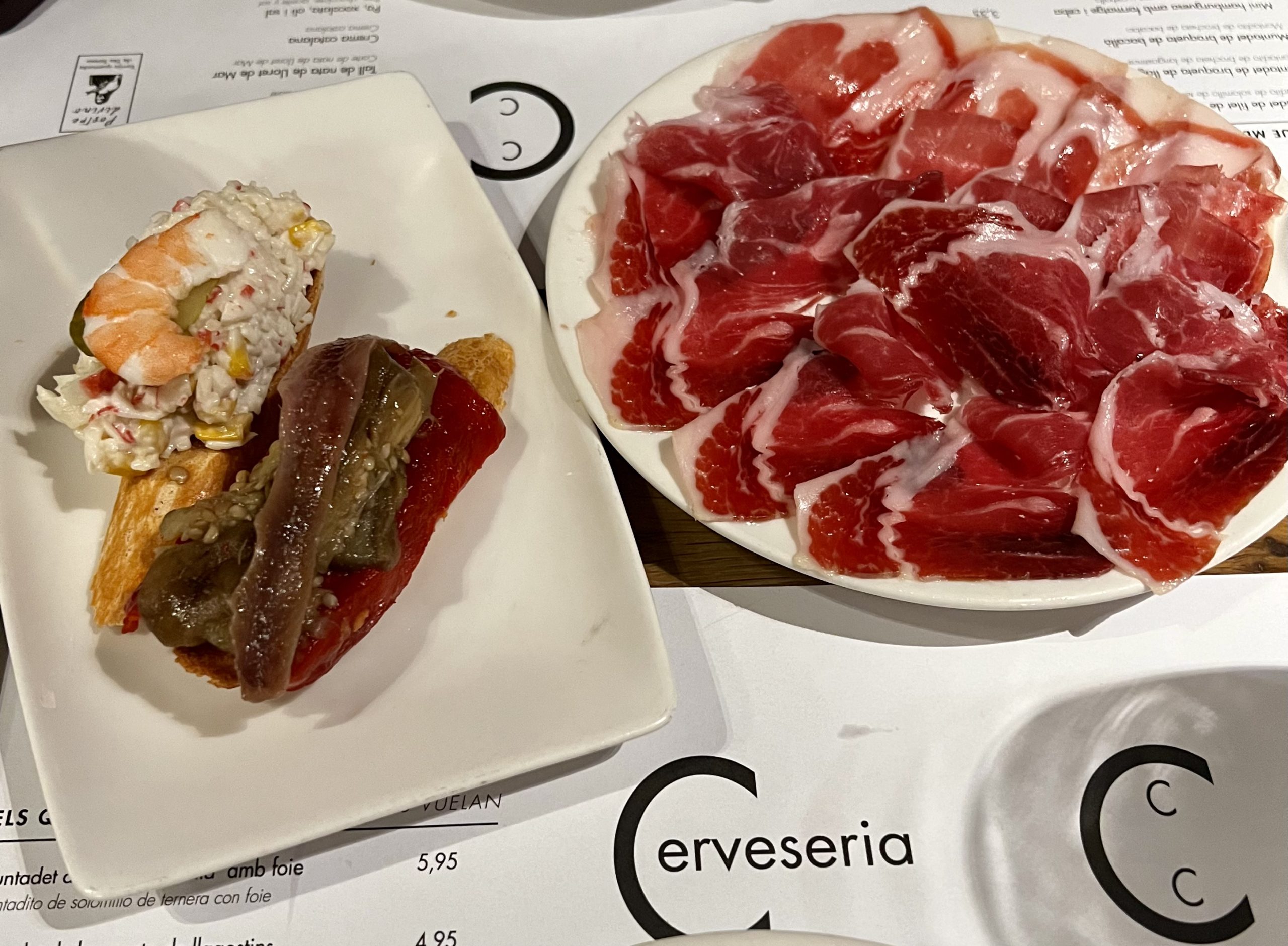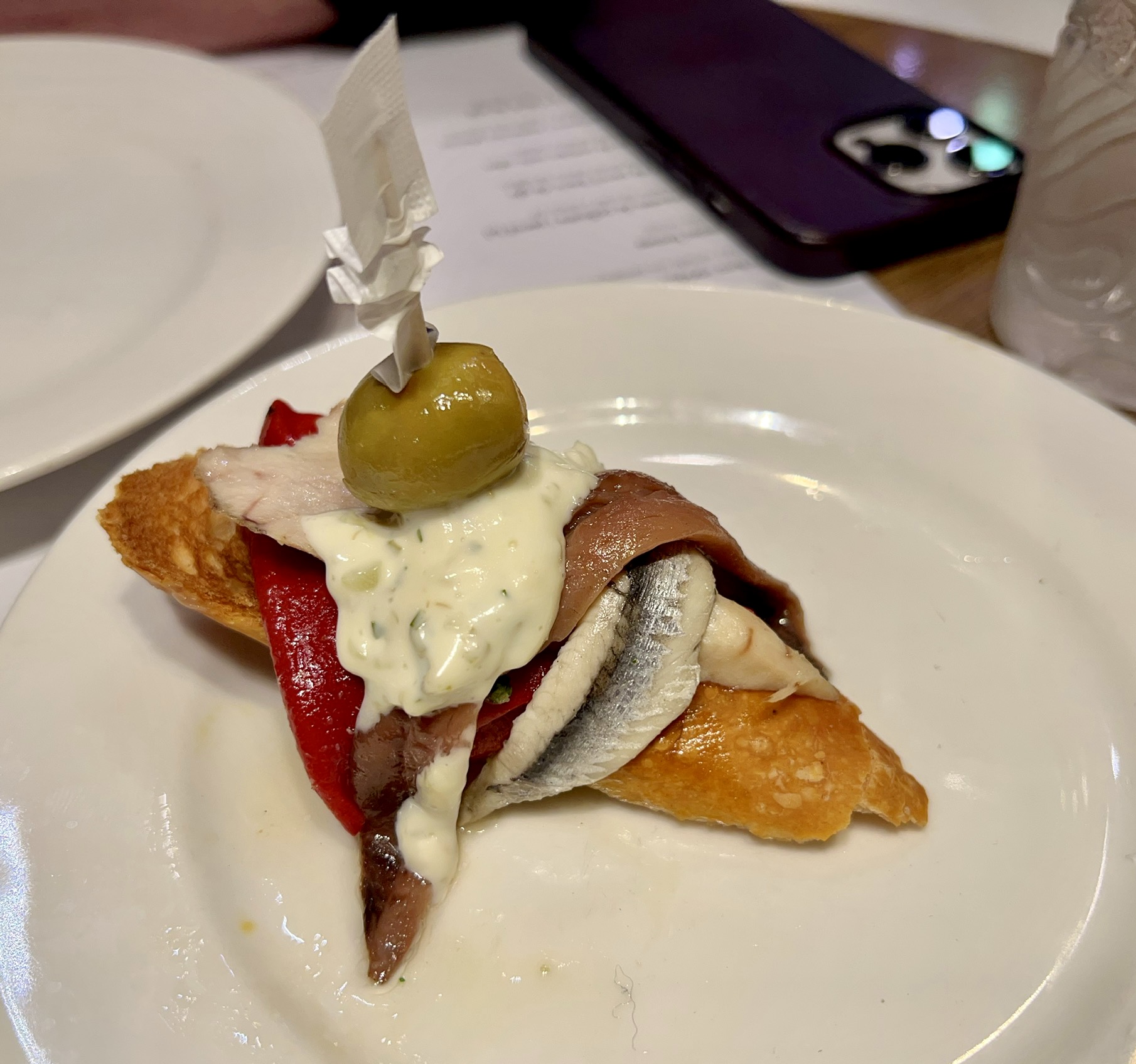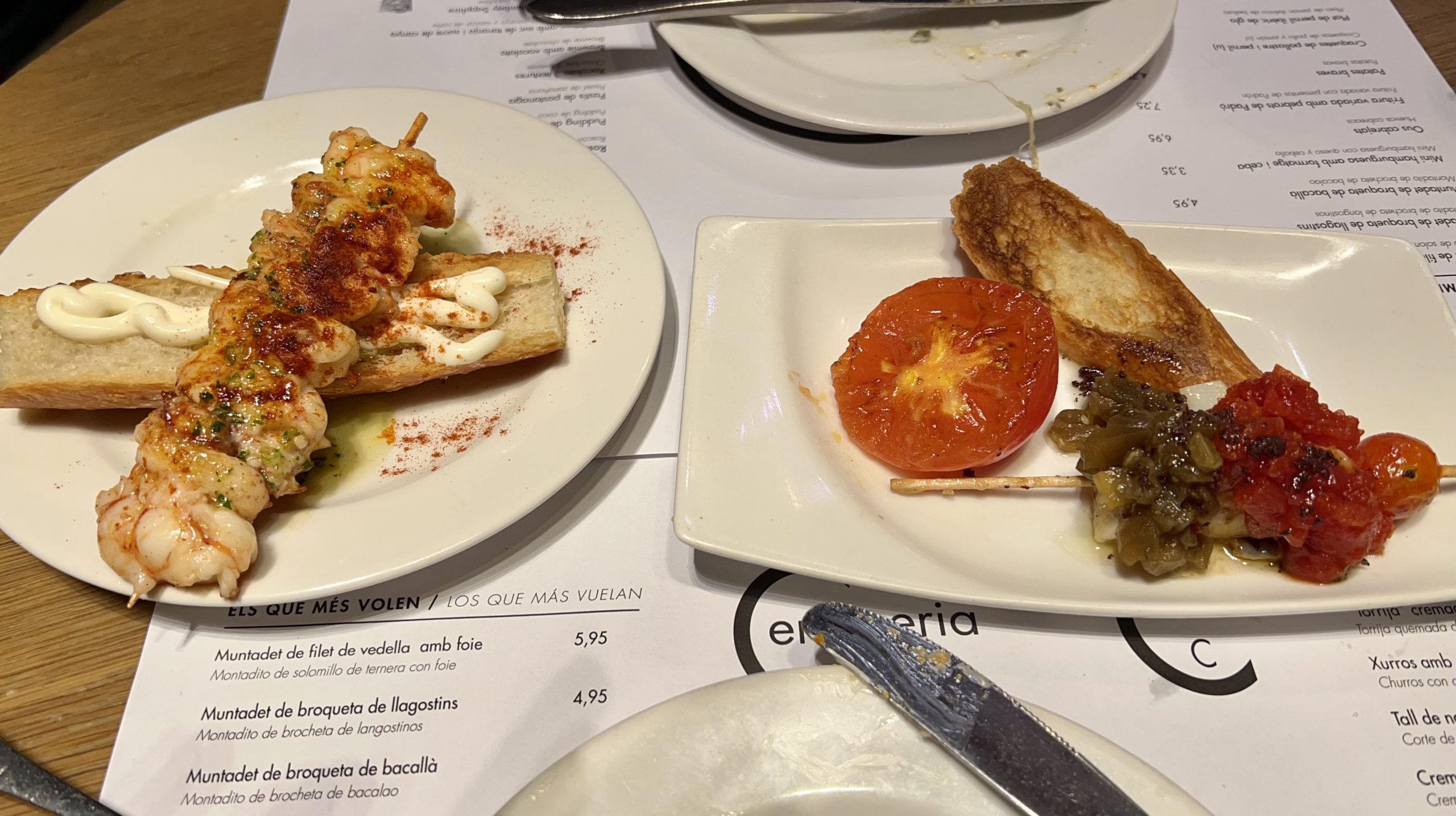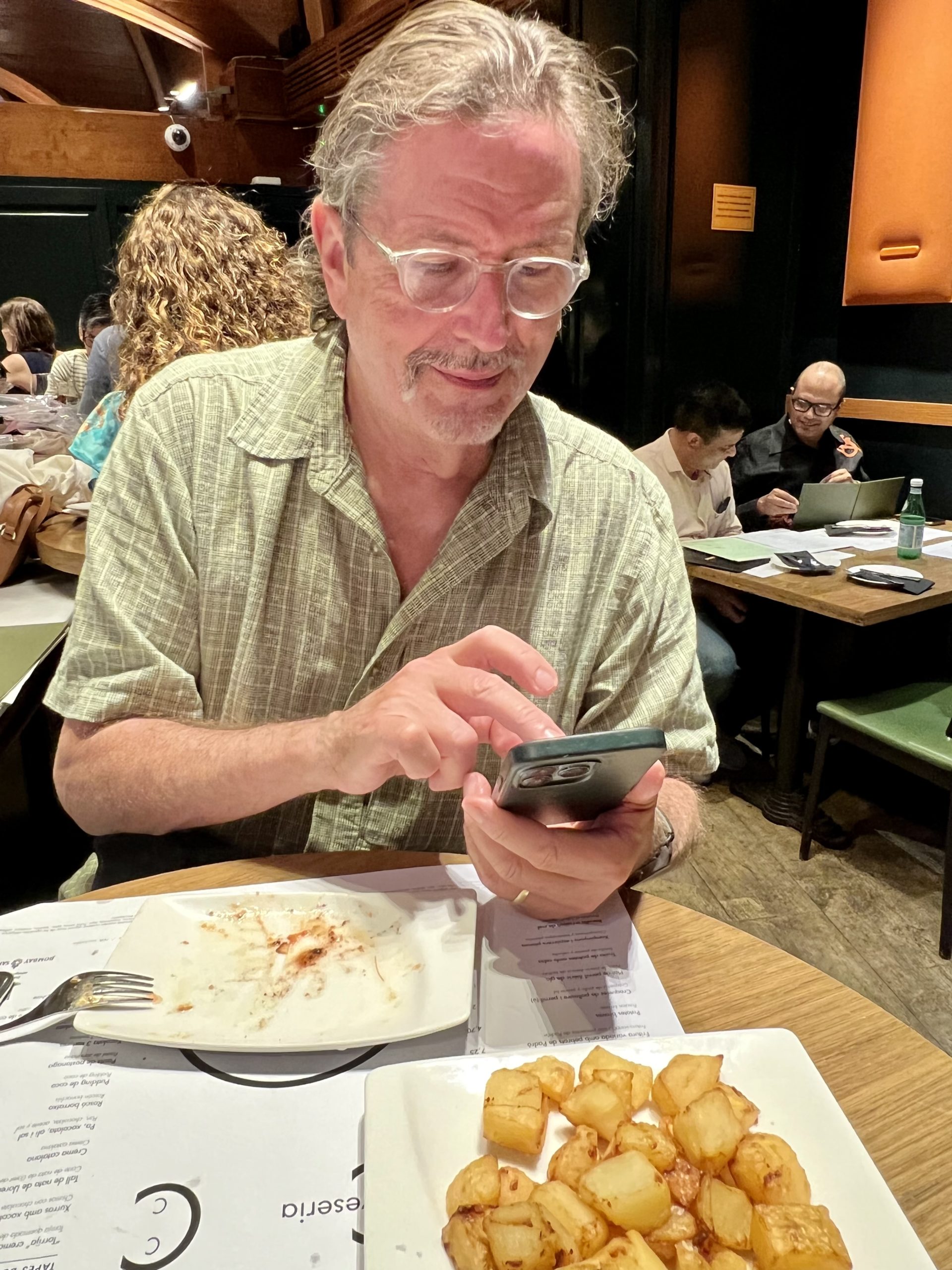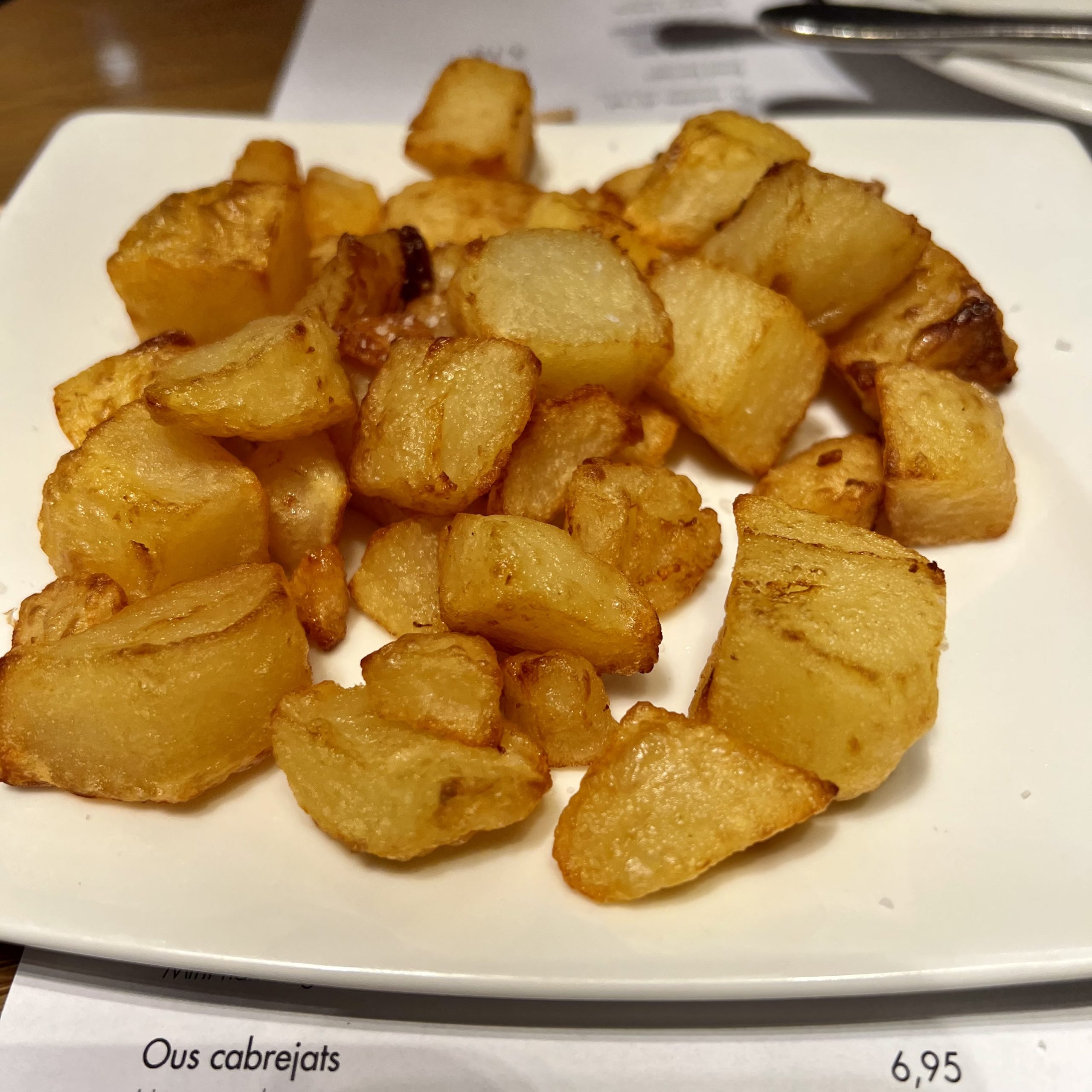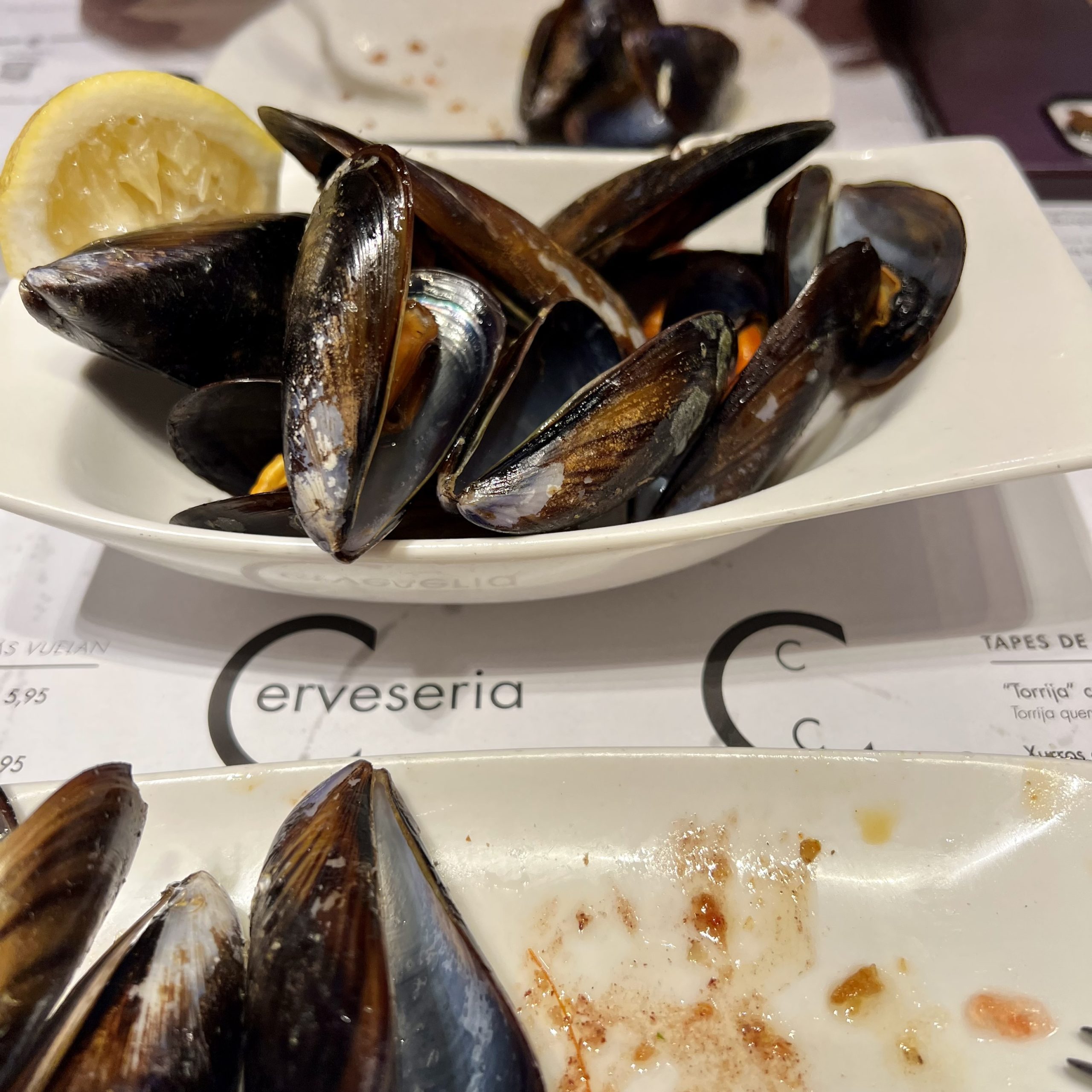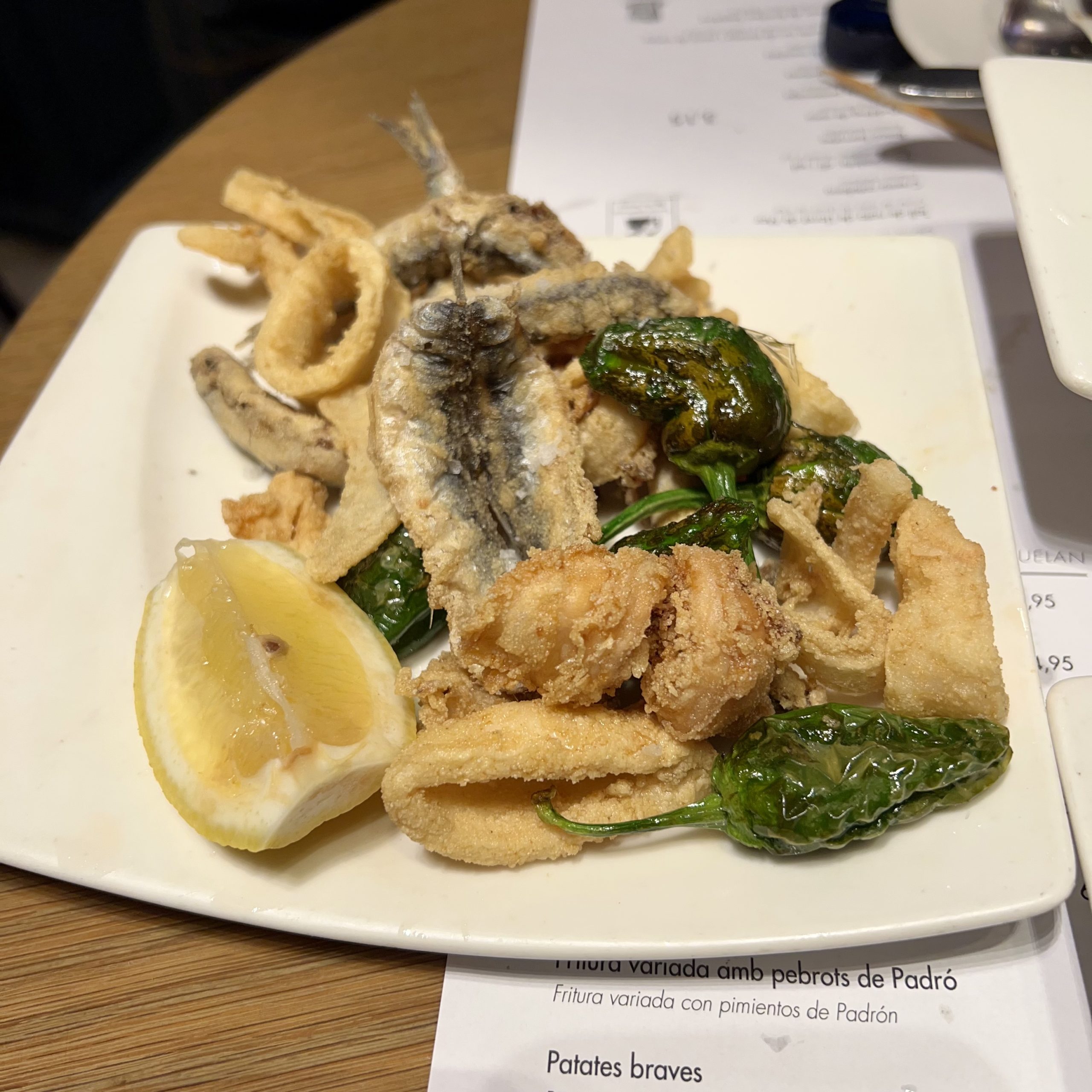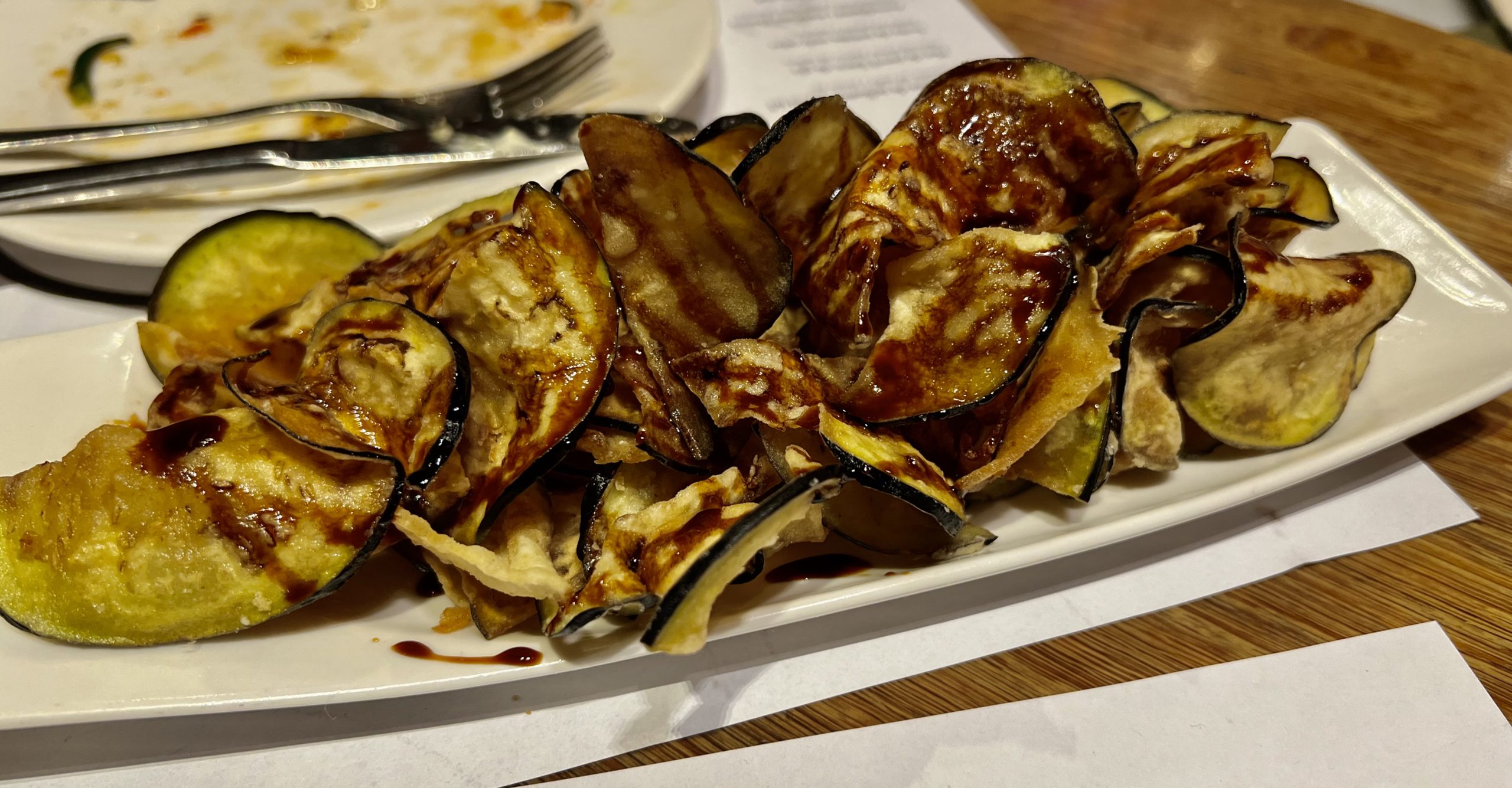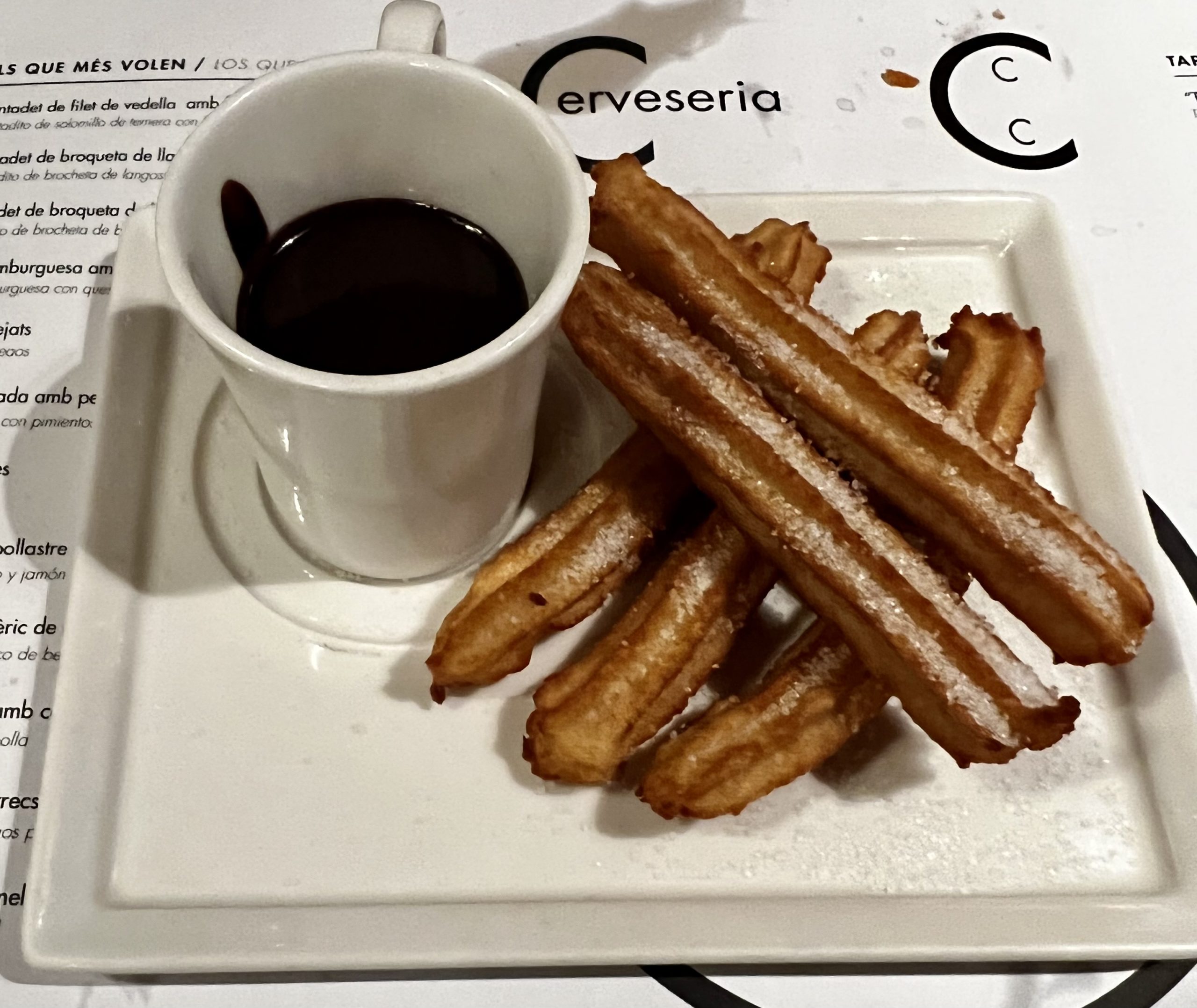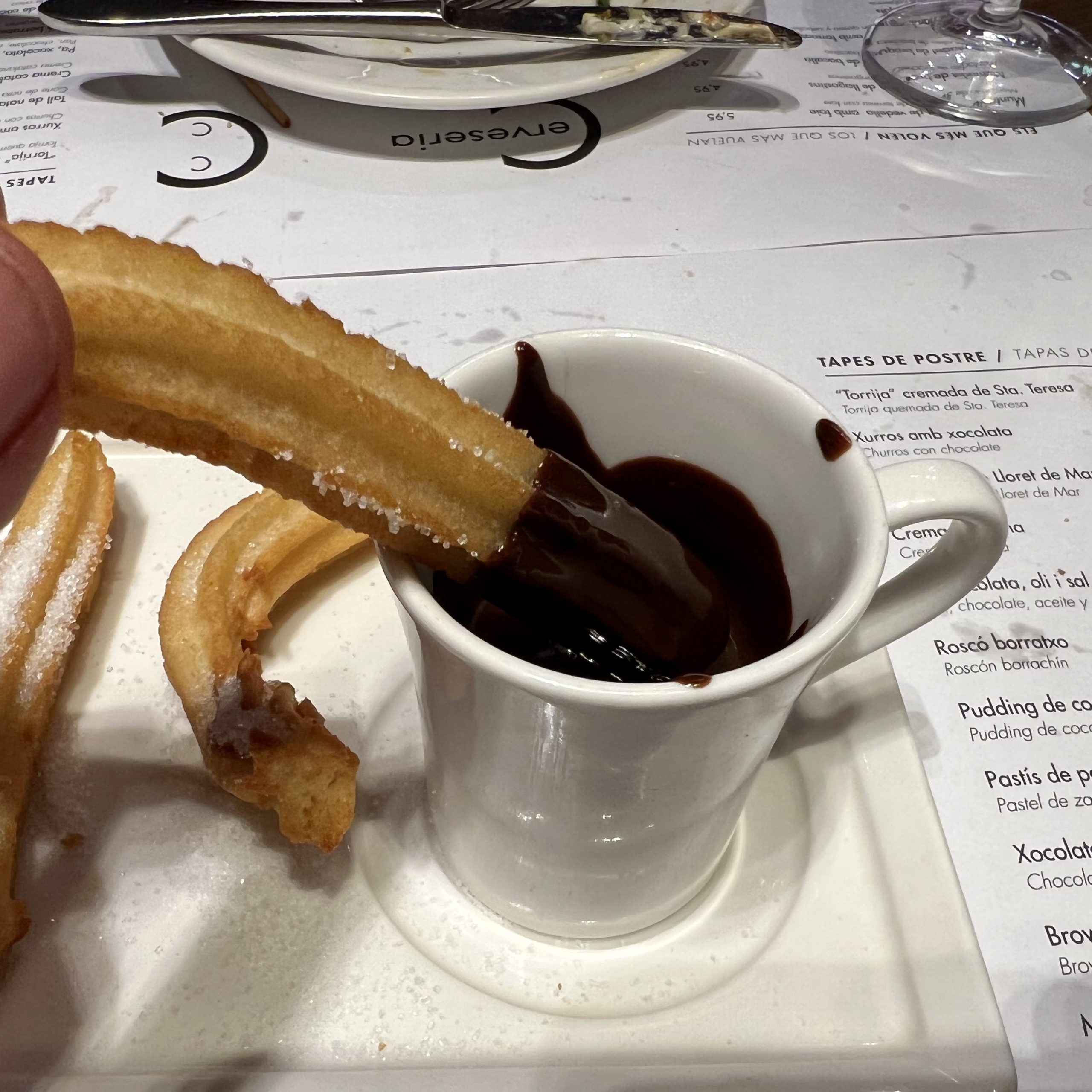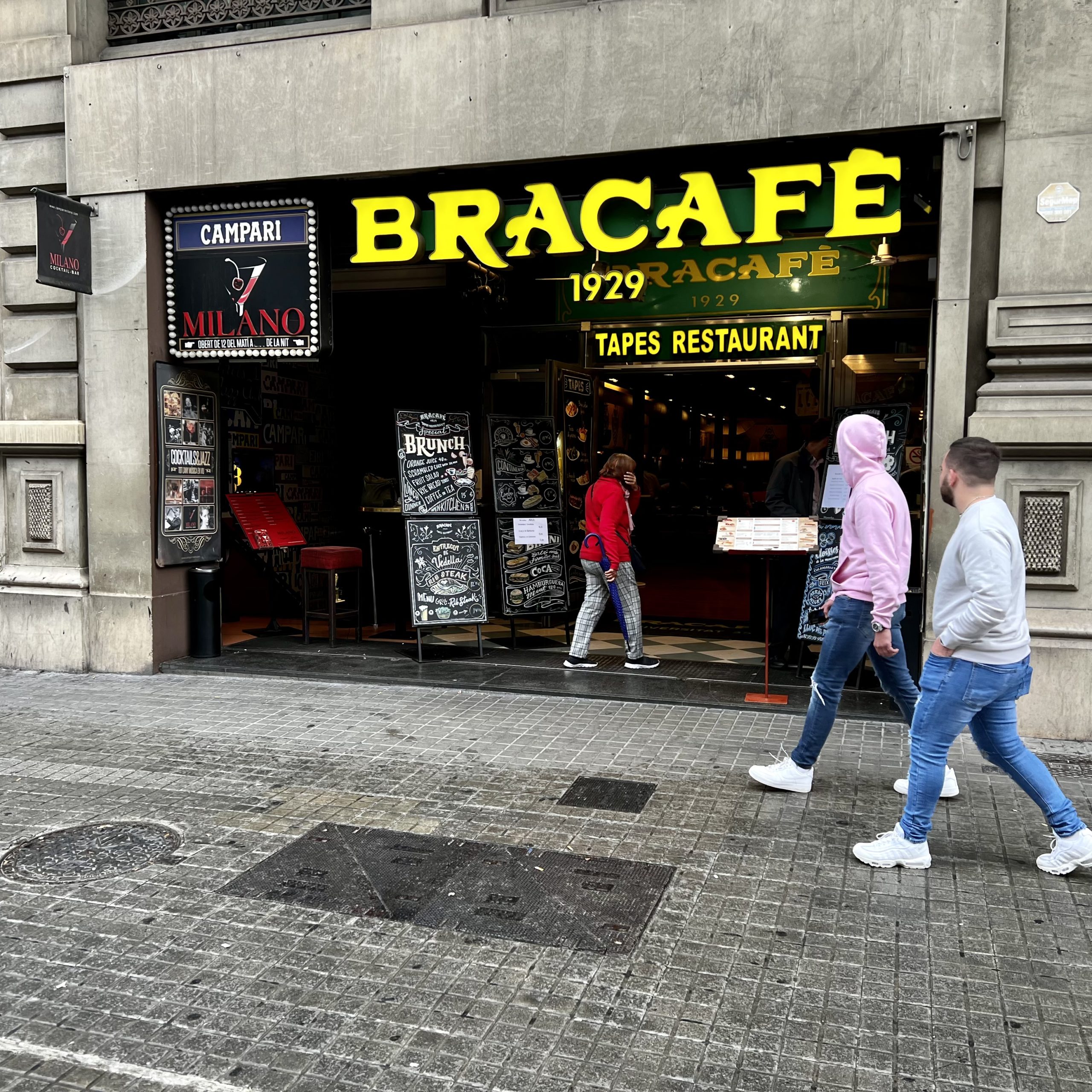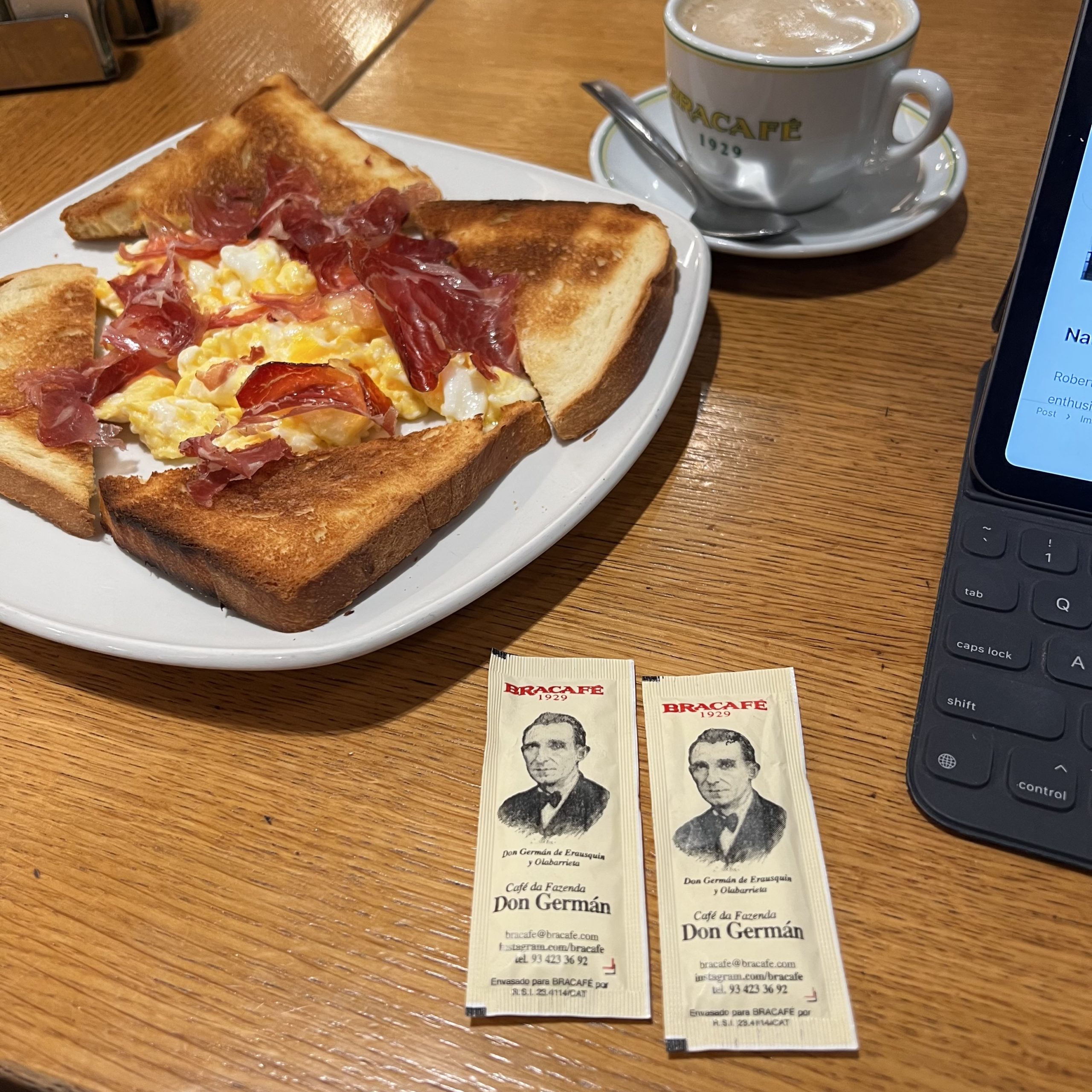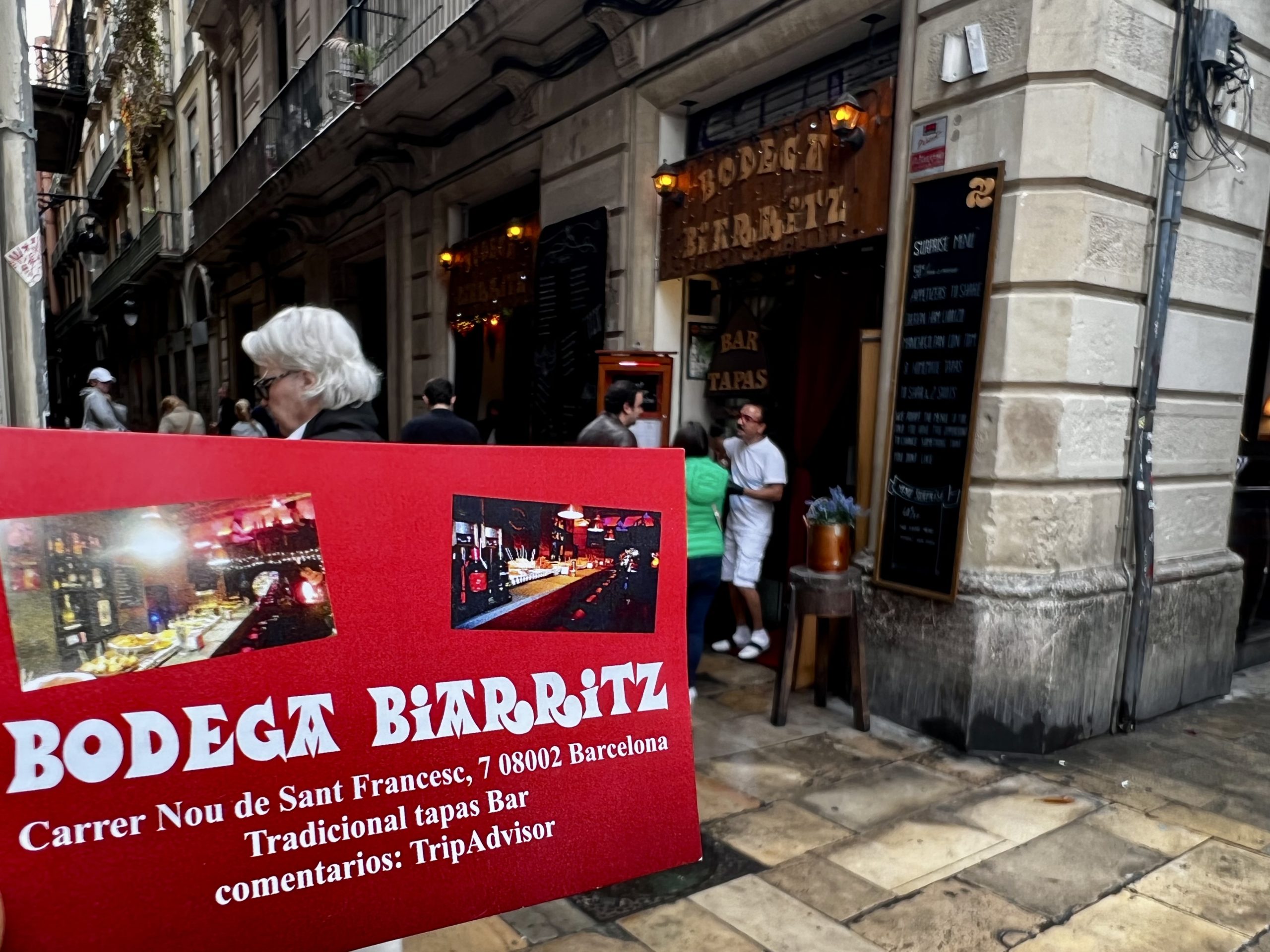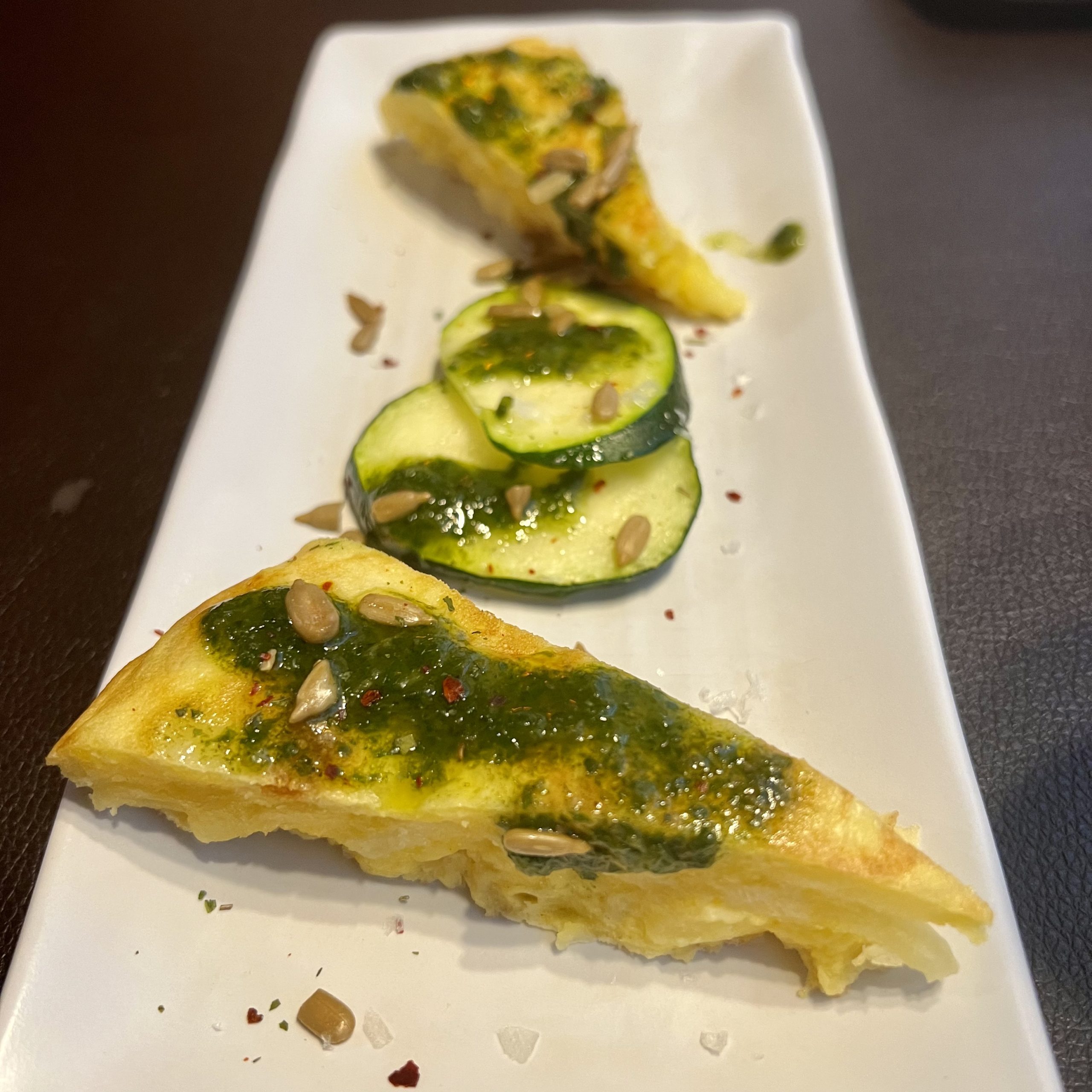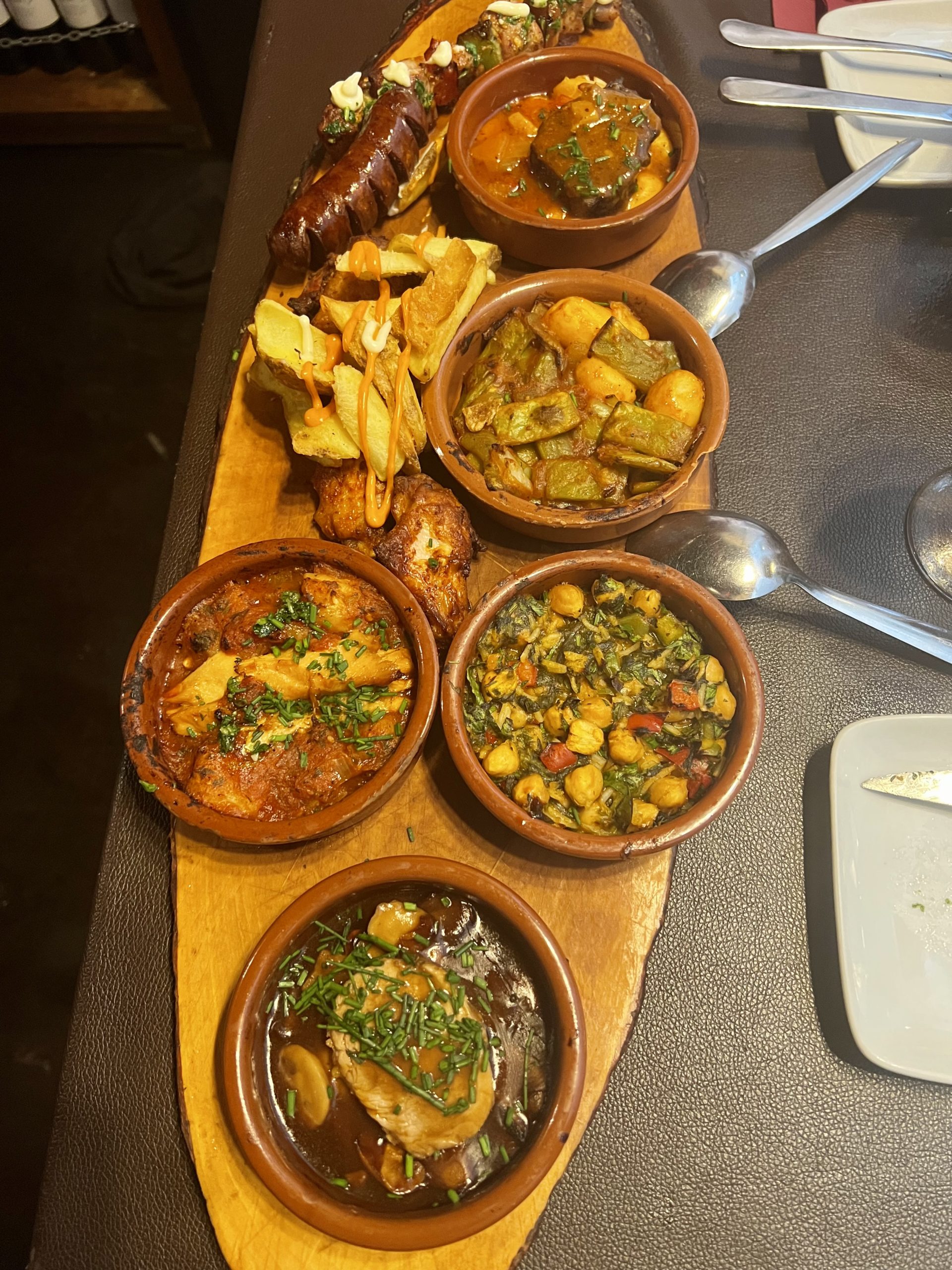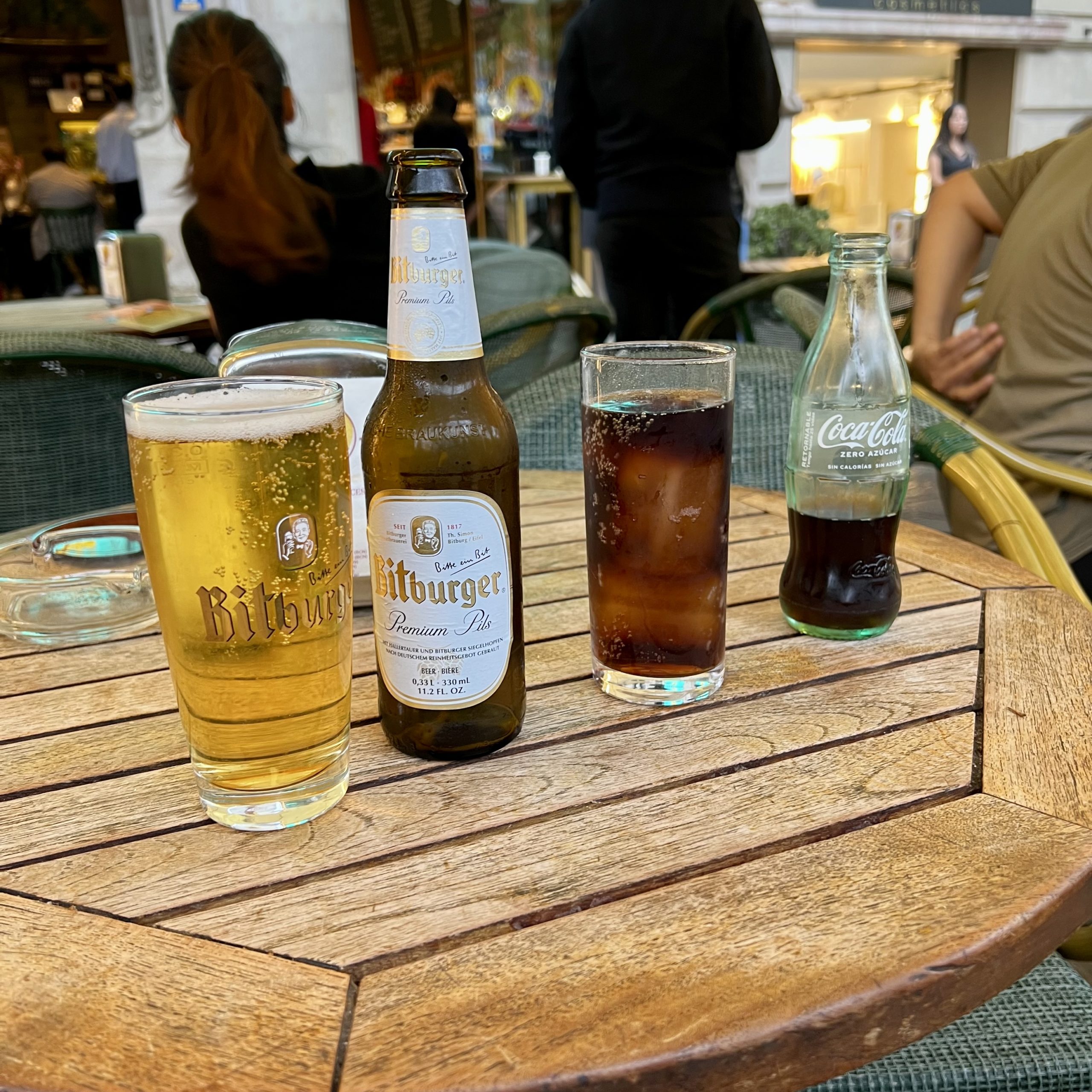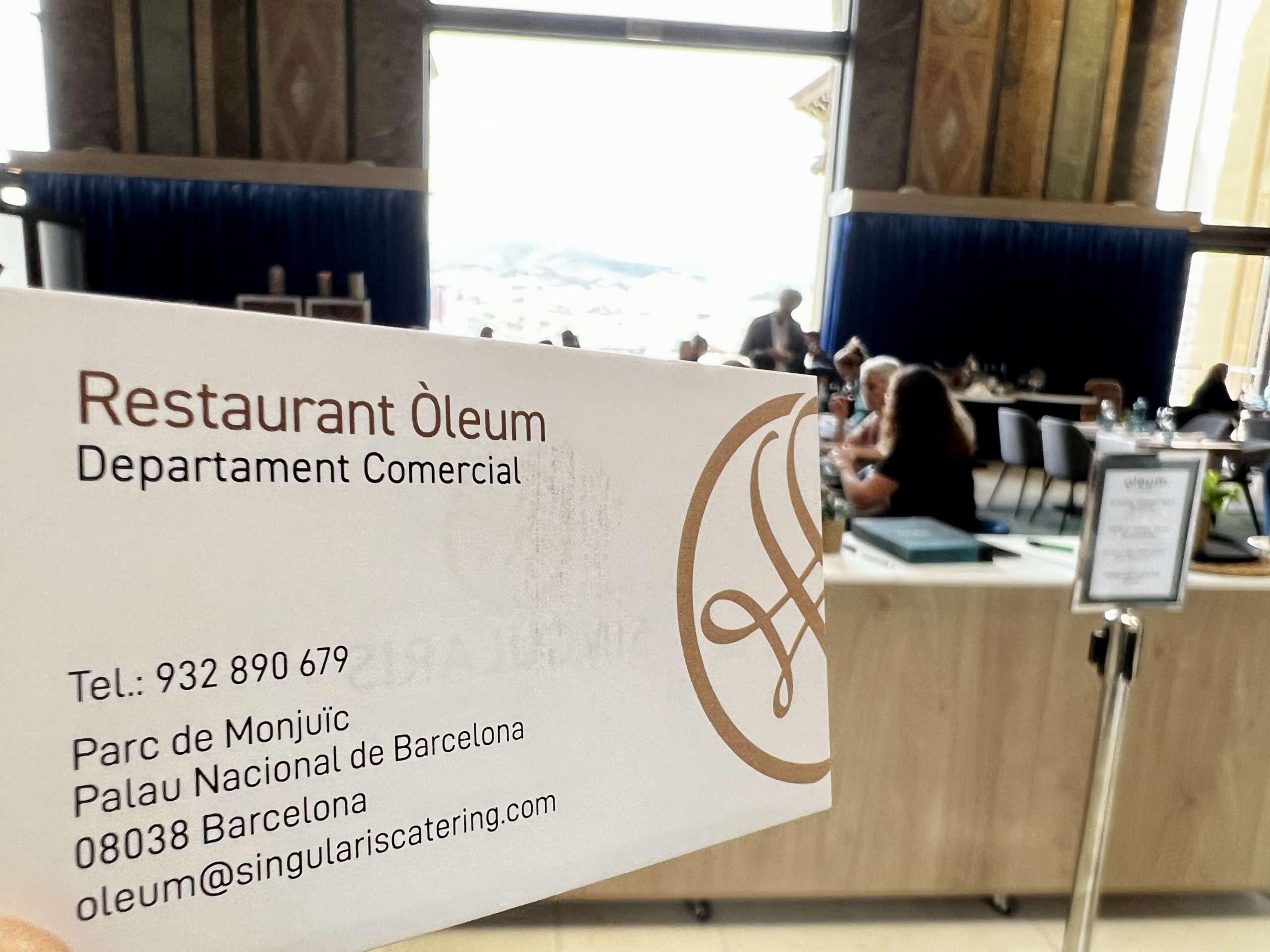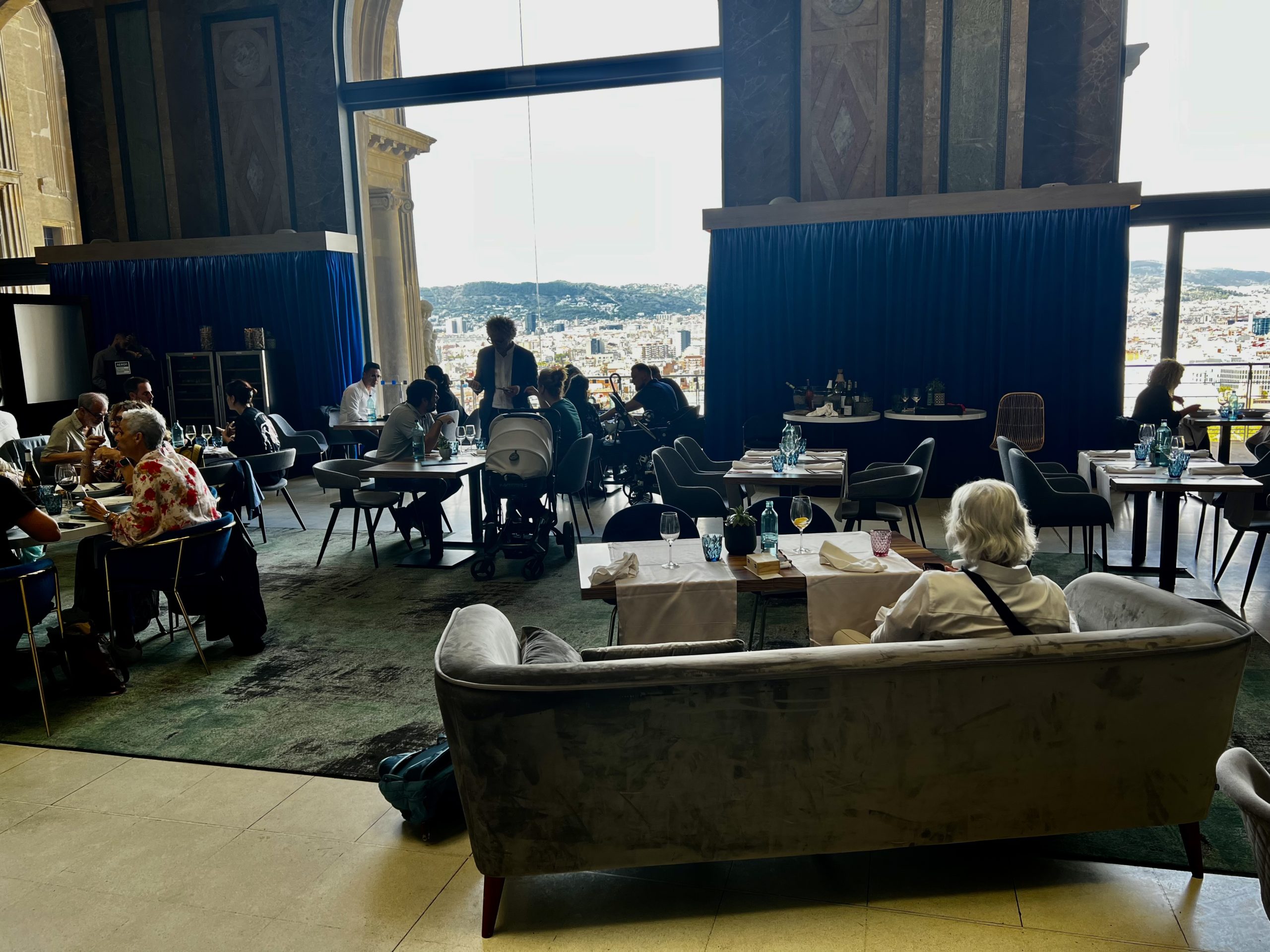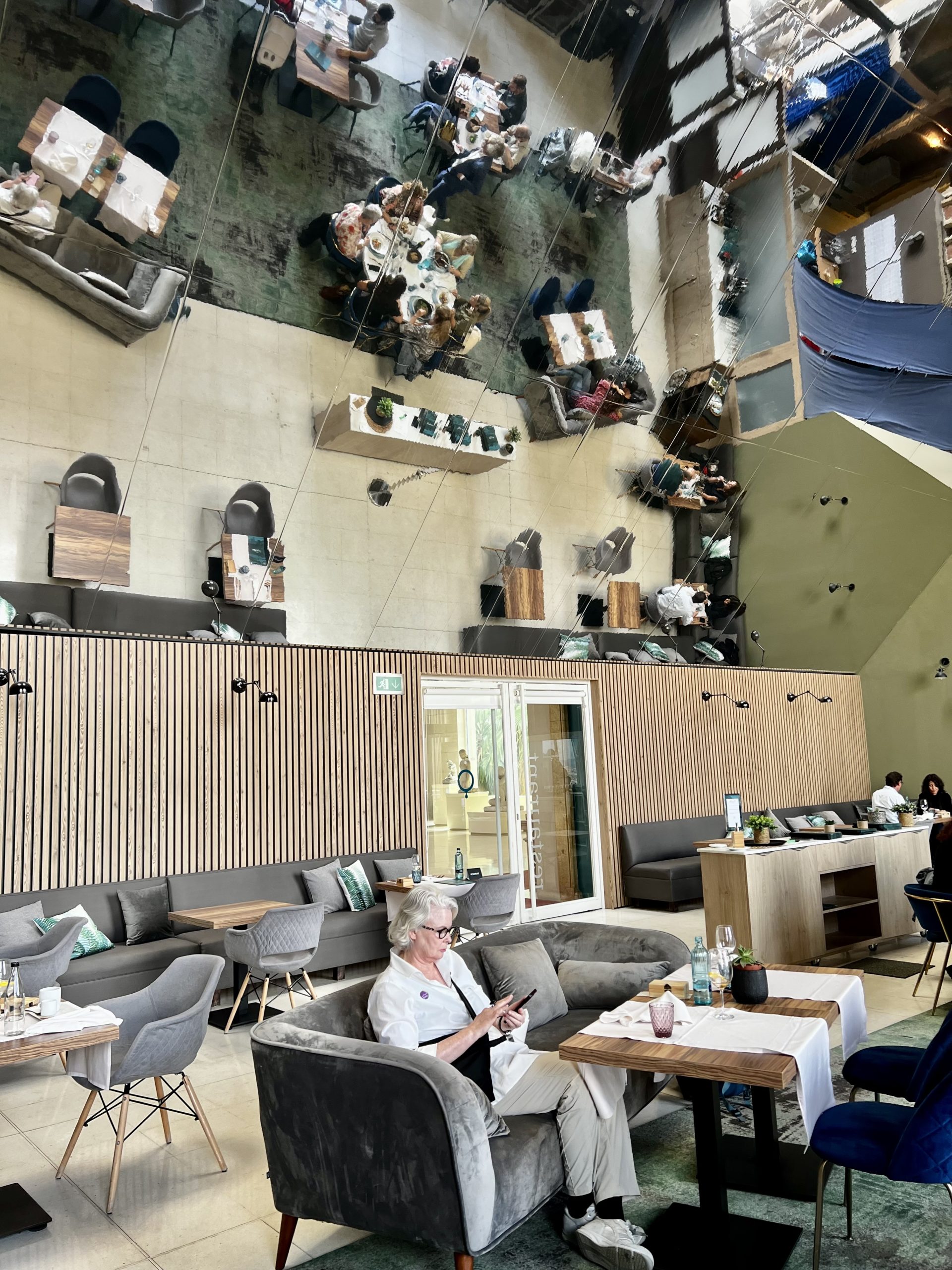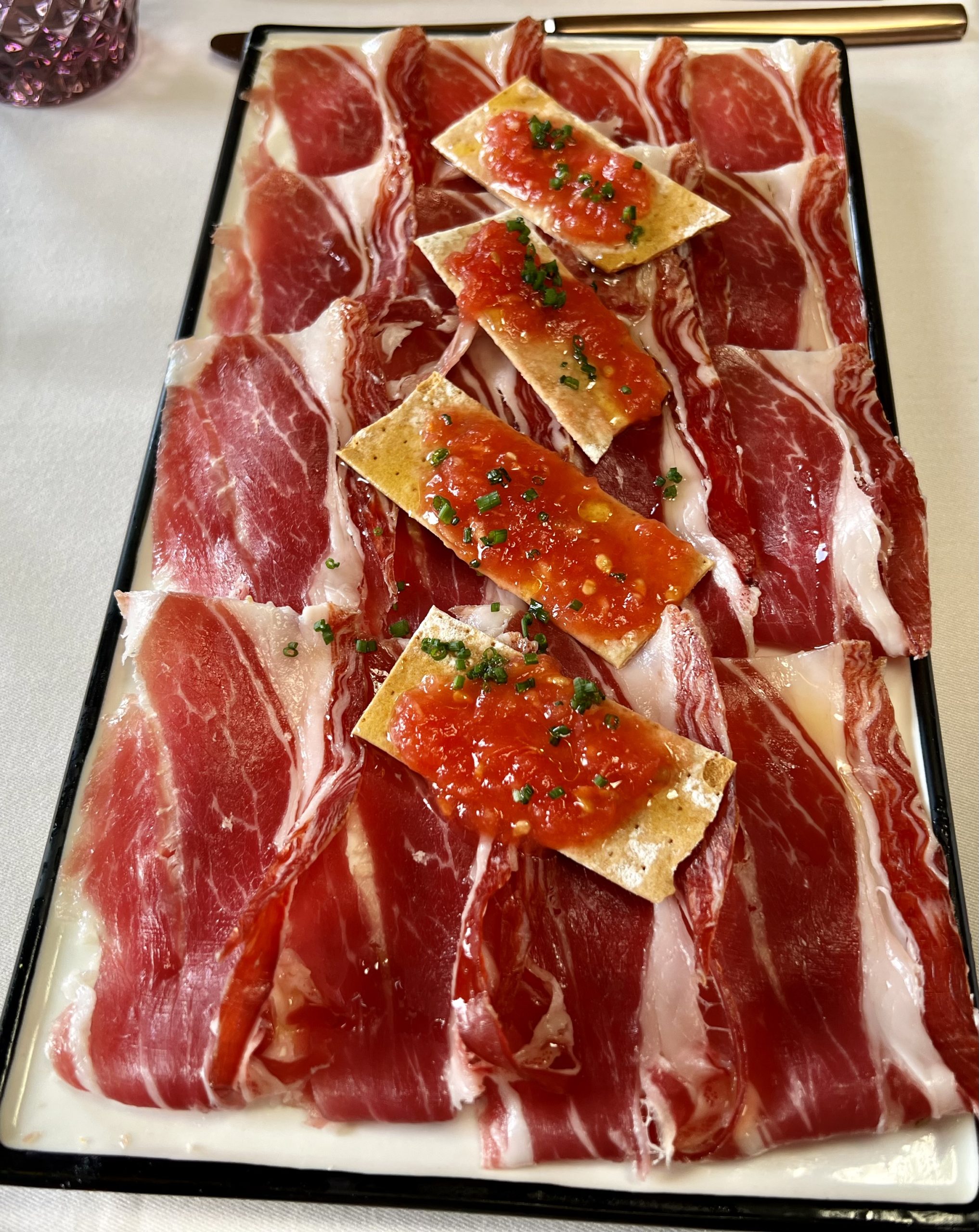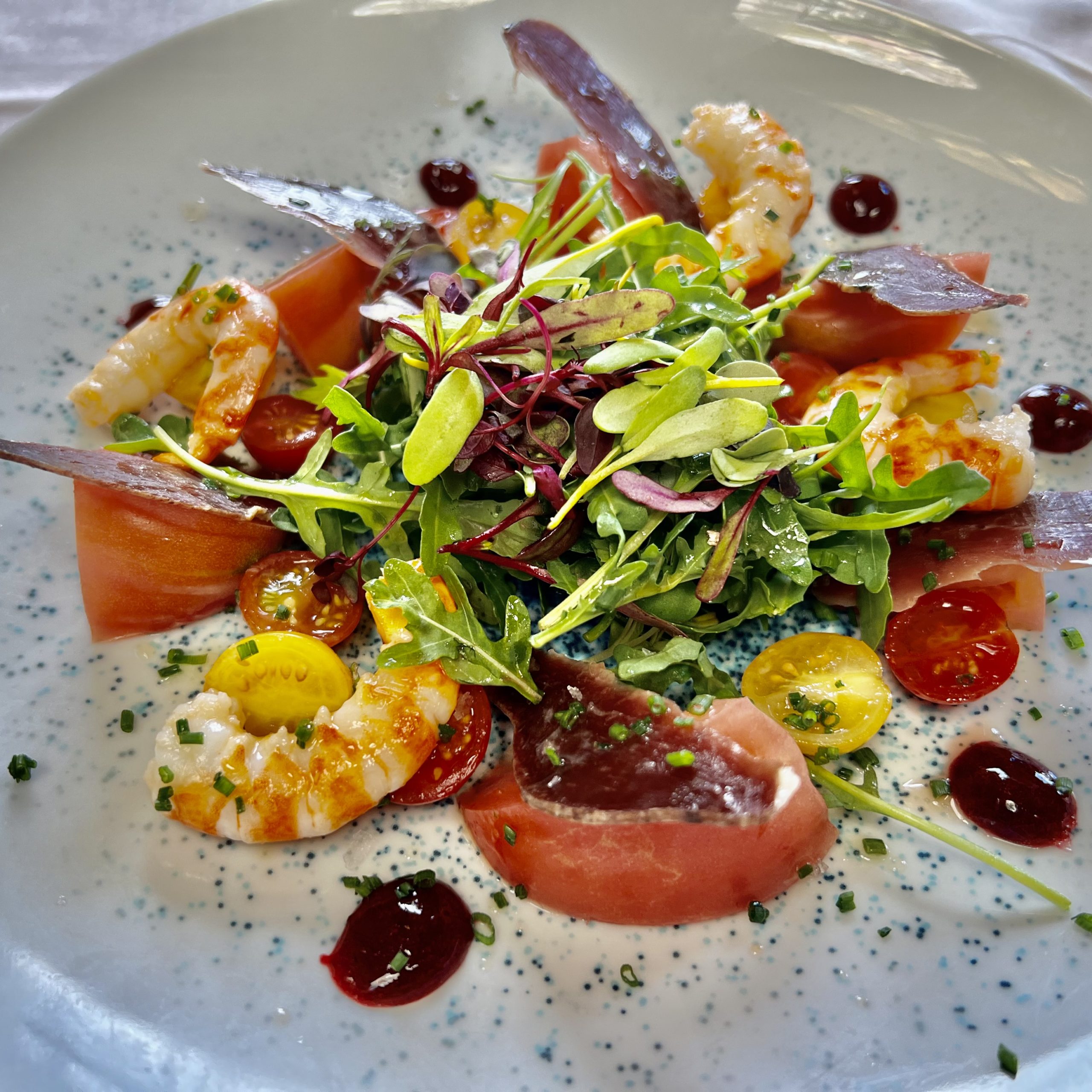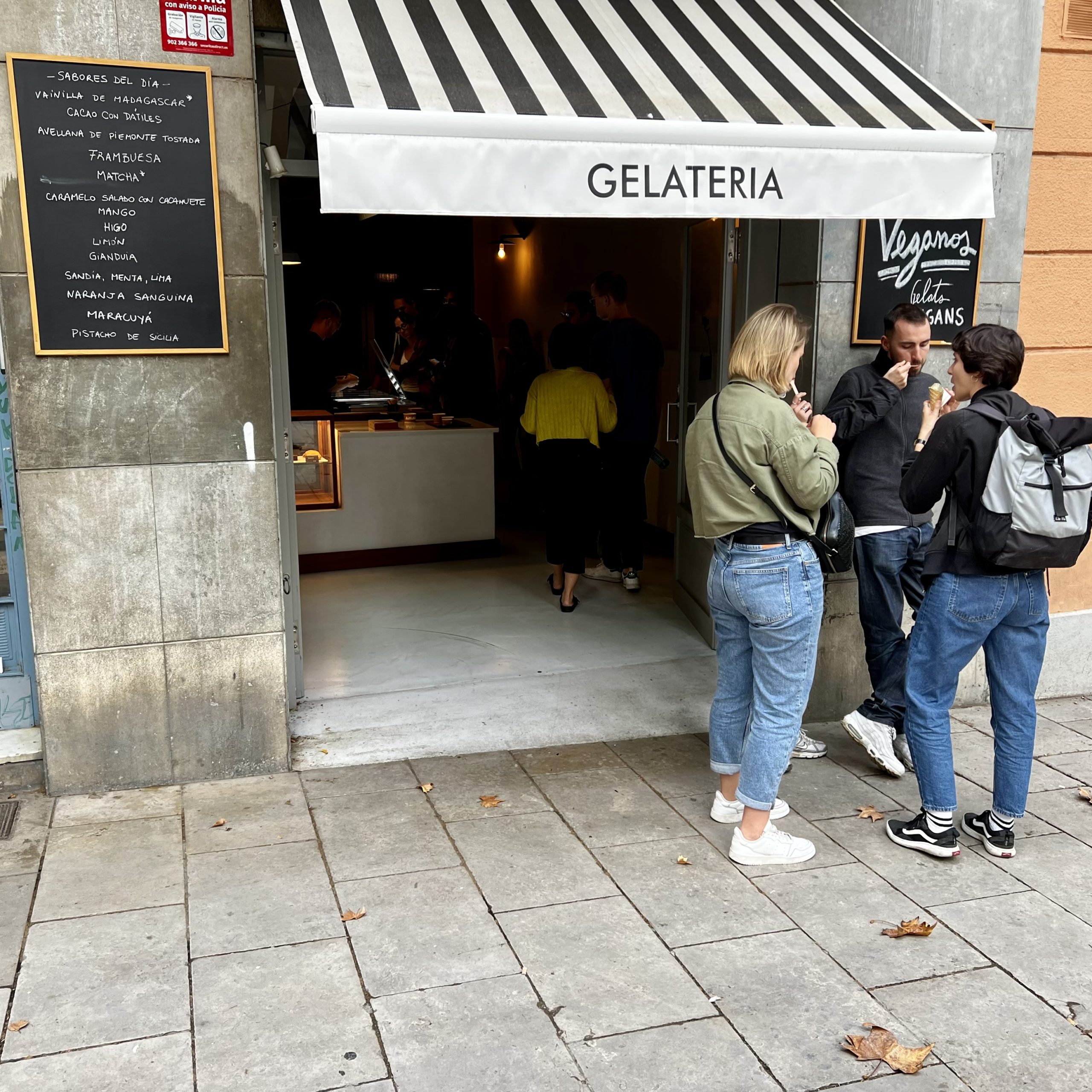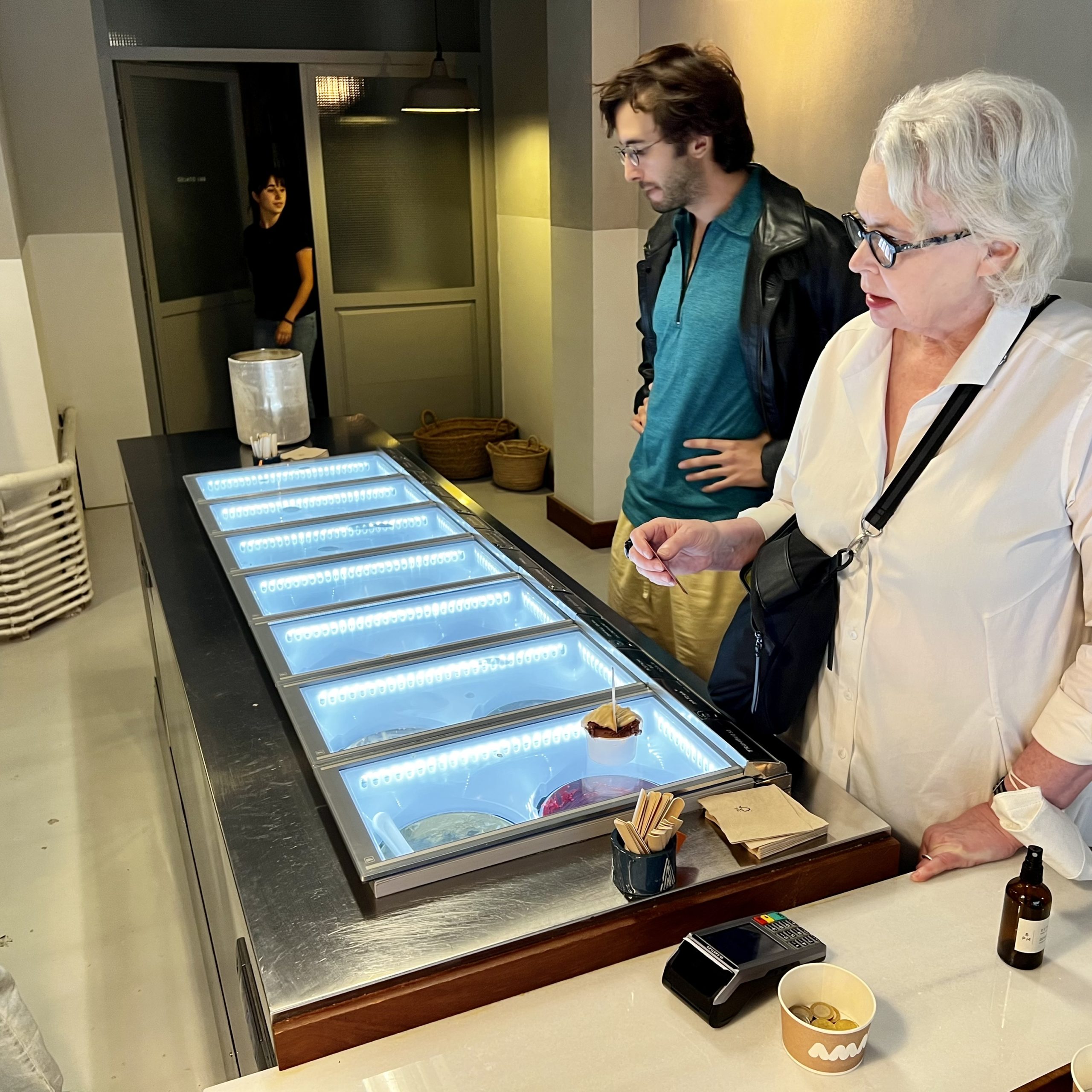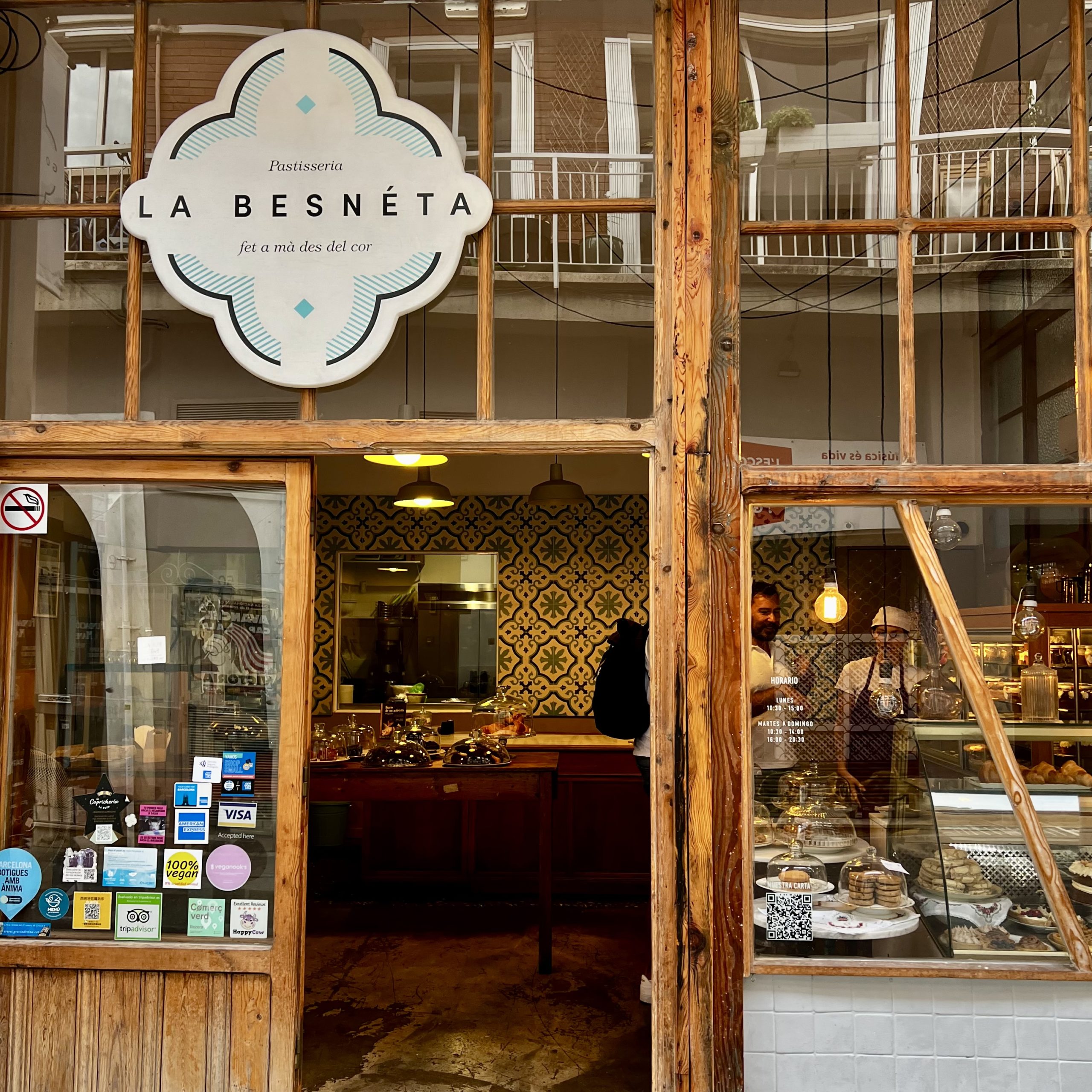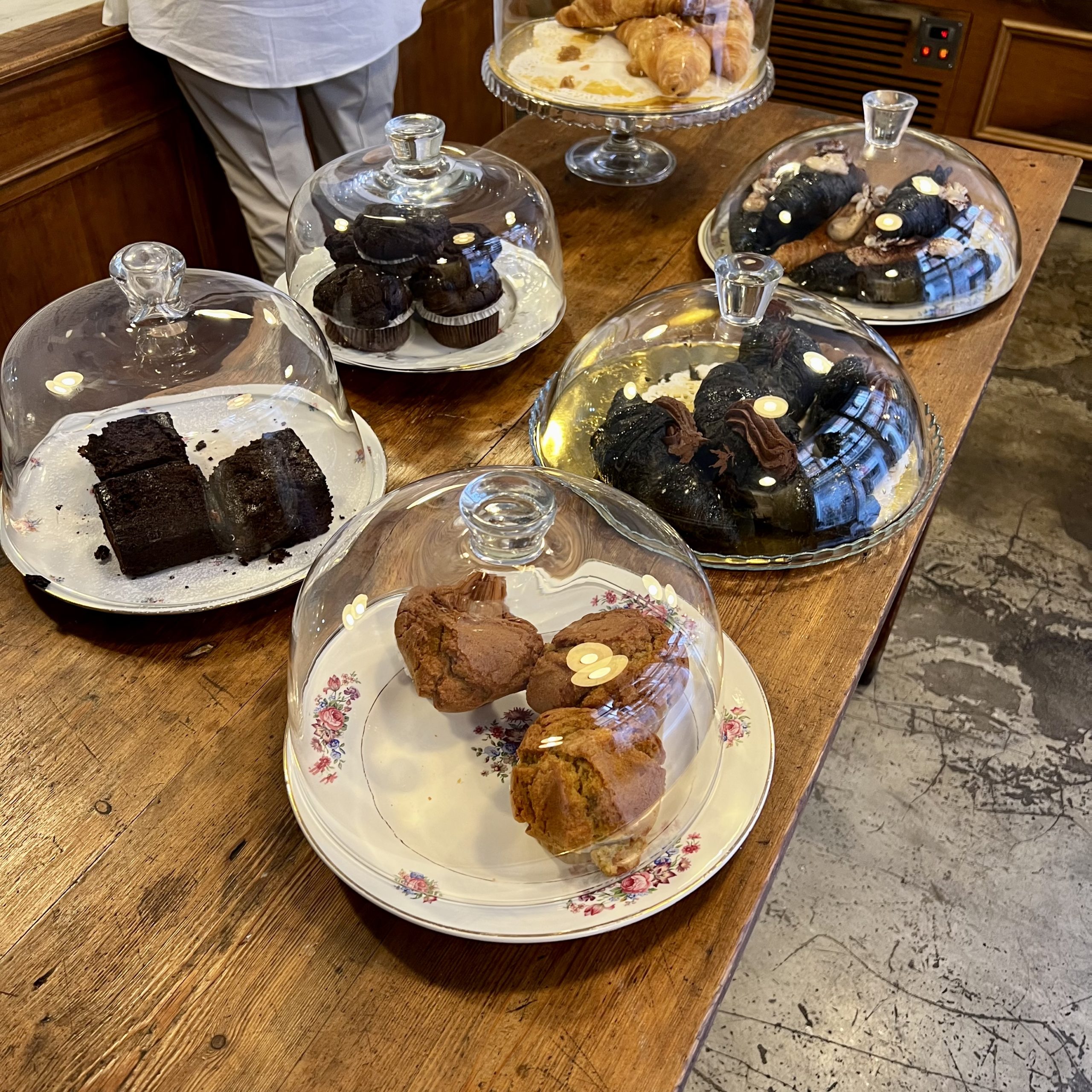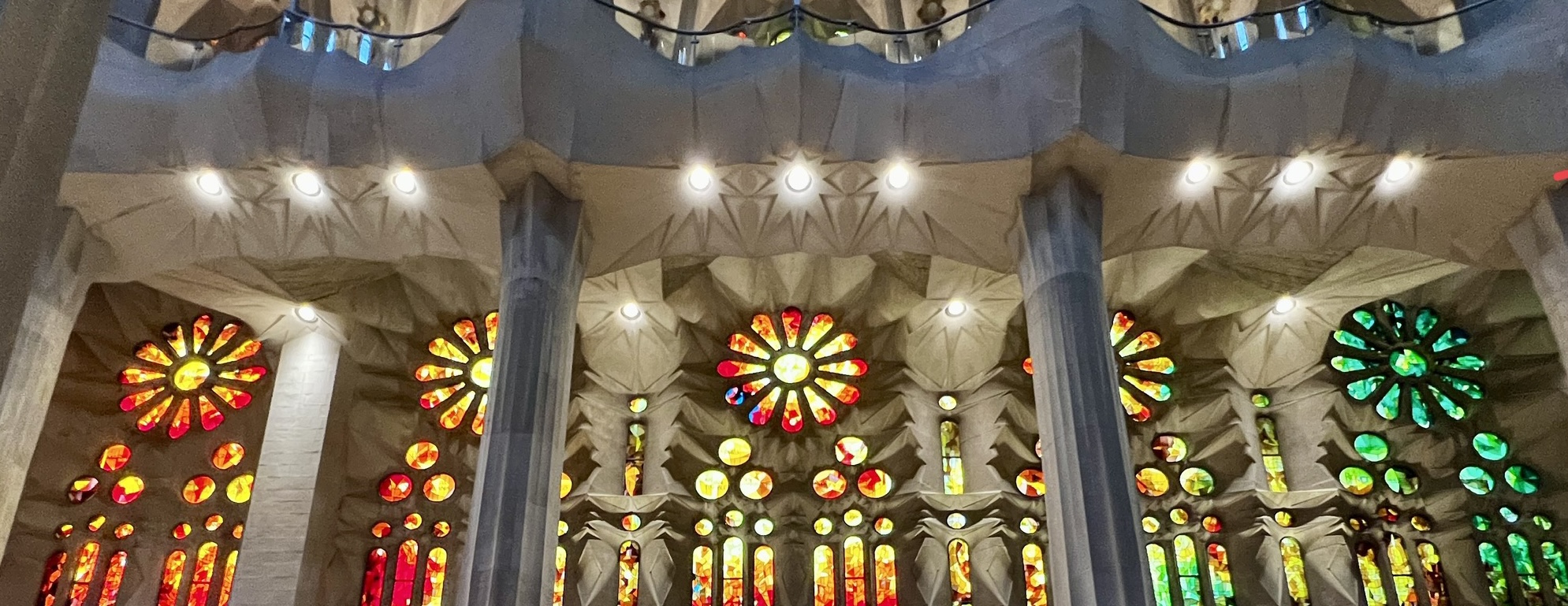06-09 October 2022
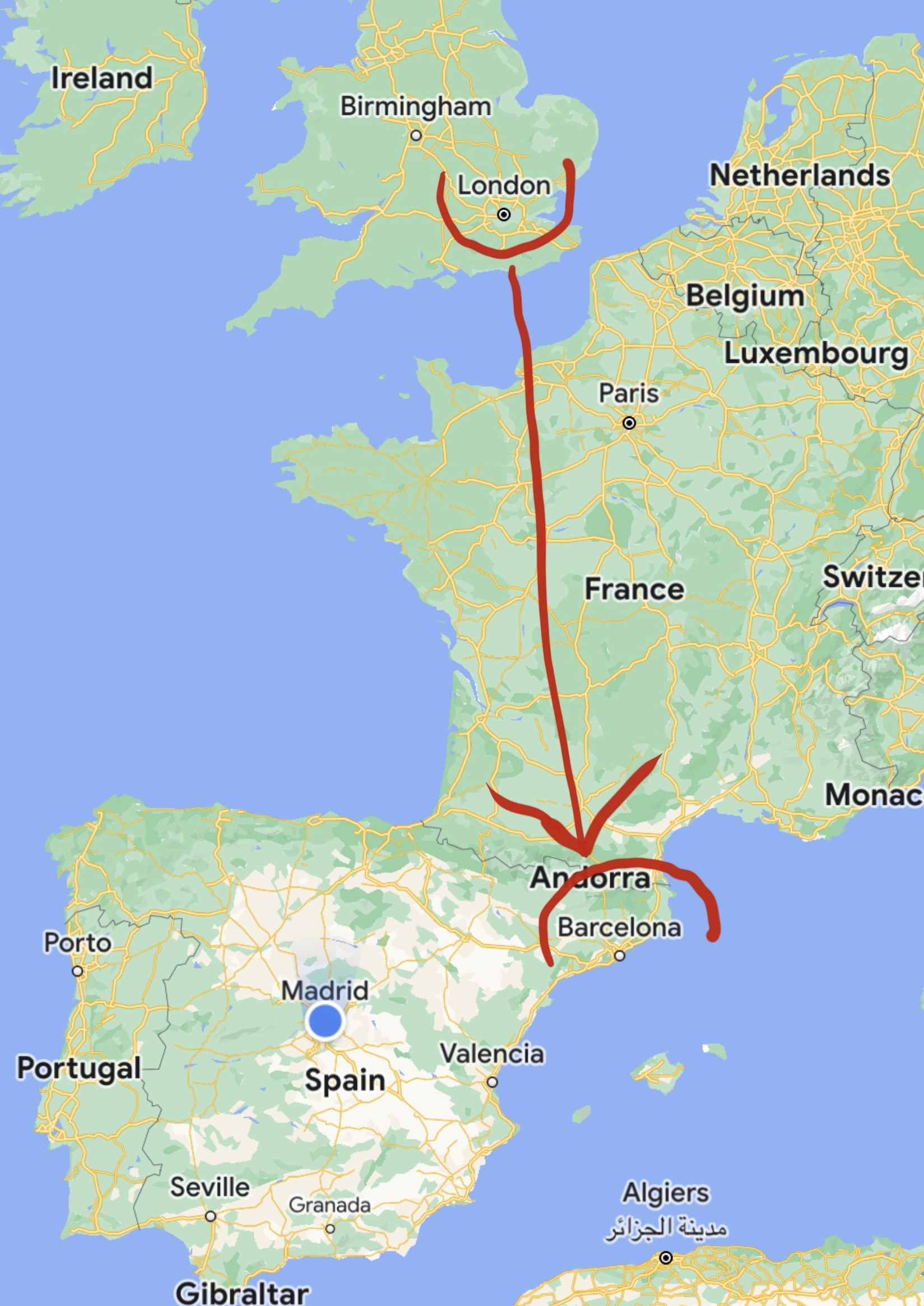
Our flight was smooth, and we arrived in Barcelona only twenty minutes behind schedule, luggage intact. Took a taxi to another great hotel choice by Bonnie—prime location, boutique feel, quiet, and very helpful staff. Our room overlooks the large, central Placa de Catalunya that is busy from 8:00 AM to 4:00 AM every day. Hundreds of people strolling, playing with their children, on their way to or from work, or shopping with large parcels in hand.
Barcelona is the fifth largest urban area in the European Union with 4.8 million people (1.6 million within the city limits). The hotel staff (and later restaurant servers) reinforced what Bonnie had read—beware of pickpockets. The staff told us pickpockets are not aggressive, but they are slick. So far, we have survived.
Barcelona is the capital of Catalonia. Catalans take pride in their history and speak both Catalan and Spanish. Many menus and signs are in both languages. (Robert remembers some high school Spanish he learned from Father Ryan.) Some Catalans advocate for independence from Spain. The Romans first settled here, and traces of their city remain. Then Barcelona was ruled by the Kingdom of Aragon, taken over by the Arabs, and finally secured by the Catalans in 1492. (That year sounds familiar.) In the past century, its support of the Republican government and their defeat by the dictator Franco resulted in a loss of autonomy. After Franco’s death and a series of peaceful demonstrations, the region regained autonomy. People here are friendly and attuned to the needs of tourists in a good way. There are many visitors, but most seem to be speaking Spanish.
Spain is one of the most liberal countries in the world. They fully transitioned to democracy in 1978, approved gender equity legislation in 2007, have a strong health care system (life expectancy is one of the highest in Europe), have no state religion, and have legalized abortion.
Barcelona was considered an industrial city until it hosted the Summer Olympics in 1992. To prepare they demolished industrial buildings and created a two-mile beach and extensive green areas. This facelift turned the corner for this city making it the fifth most popular tourist destinations among European cities. Barcelona has a good public metro system, although we took taxis because they are efficient (we only had two full days) and not costly.
Barcelona, unlike London, but more like Paris, is a city of trees. Trees line most of the streets except in the more tightly woven older neighborhoods adjacent to the commercial center. Often, like on the Rambla de Catalunya, they form vast canopies over the broad pedestrian walkway that runs down the center of the roadway. Drivers here respect the pedestrian, perhaps not as much in Paris, but it is a welcome change after London. People here like to stroll and populate the many cafes/bars. Makes for a great street scene. And, they like to eat LATE. Having dinner here at 8:30 (early for the locals) requires queing in line for forty-five minutes. Come at 8:00,. and you won’t eat until 9:30. Tapas rule the menu. Just the right amount to satisfy the palette and inexpensive compared to London. Think of a Spanish equivalent to Chinese dim sum. Wine is about 2.4 euros a glass ($2.25). It may not be a prestigious label, but it is quite good. Robert will look into Spanish wines when he returns home.
It was the first time in Spain for Robert and Bonnie, and our short stay focused on big, well-known sites. We did little wandering, although on one excursion to find vegan gelato for Bonnie, we discovered an older, local neighborhood—Gracia. Tight streets sporadically lined with small shops and the occasional plaza with cafes filled with families. Delightful. If we come again, we will stay longer.
And did we say anything yet about the architect Gaudi? We will below.
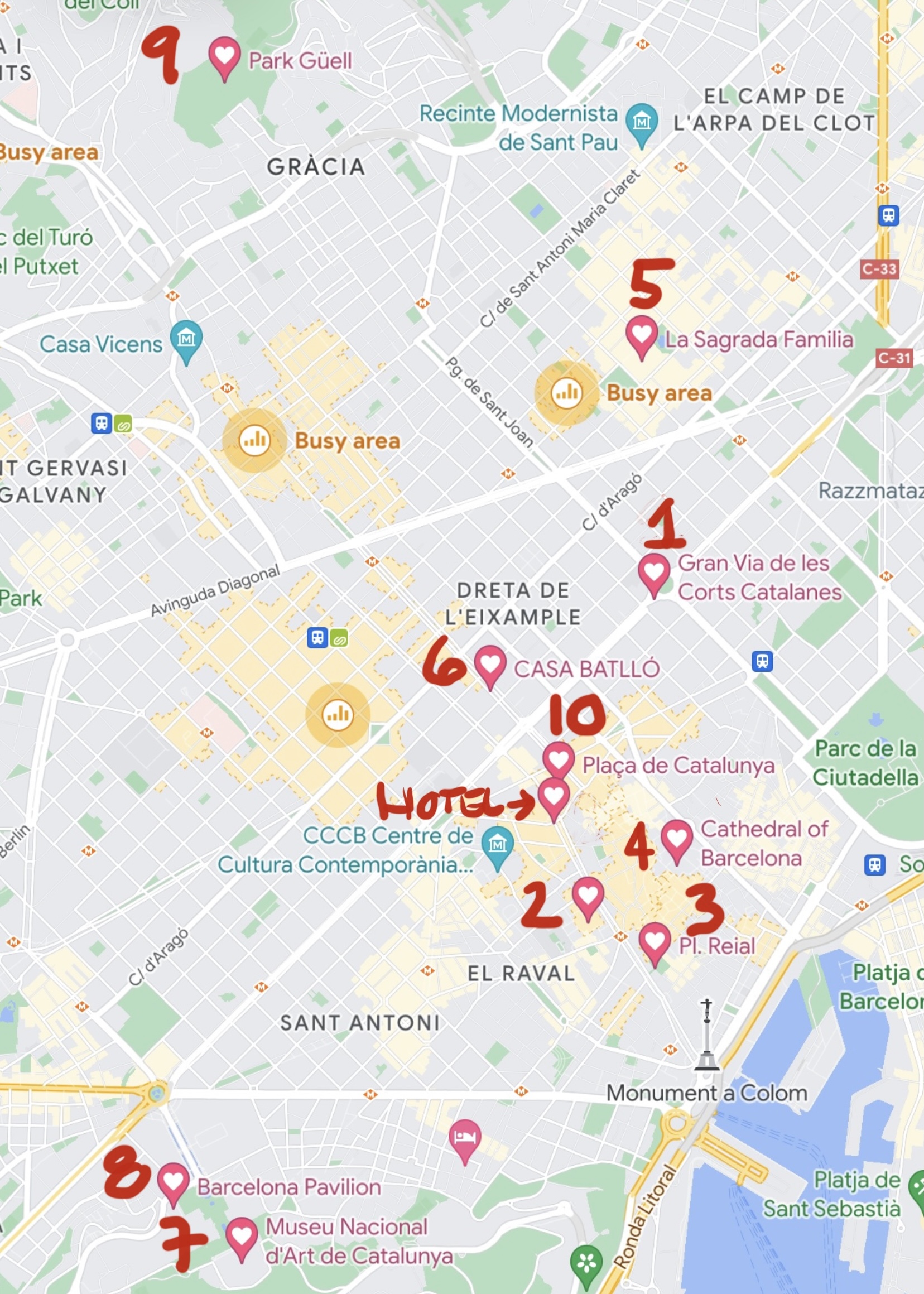
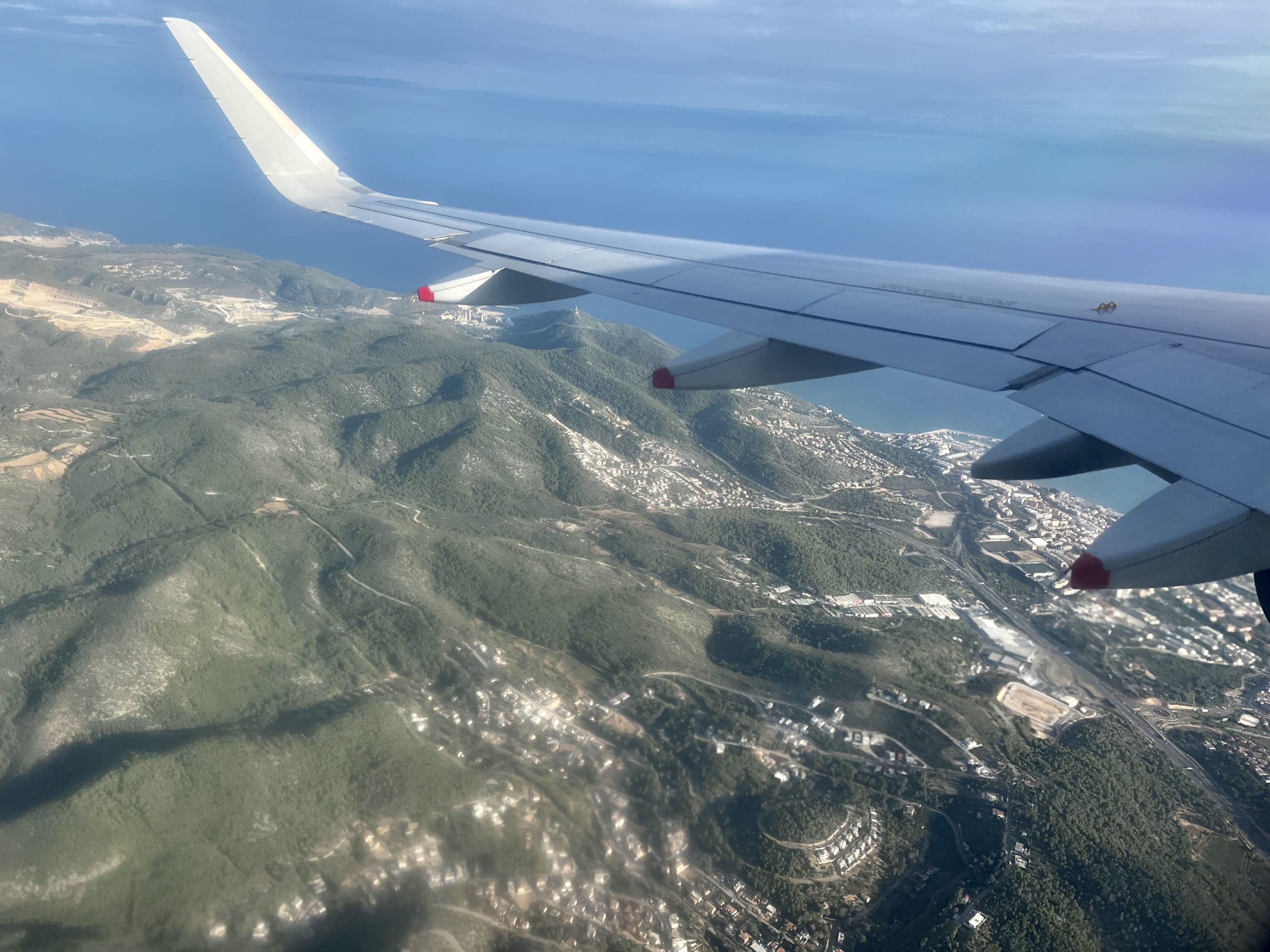
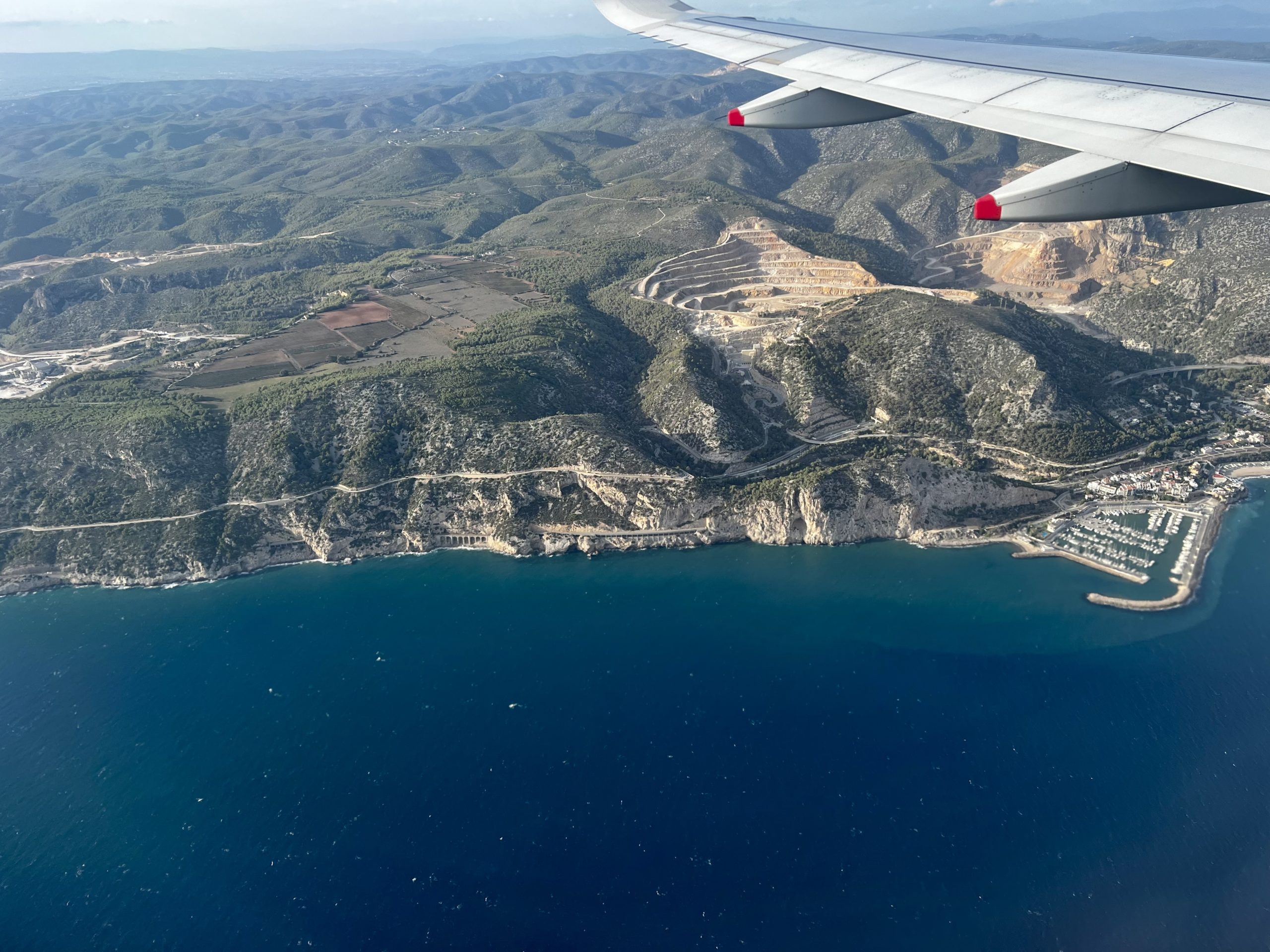
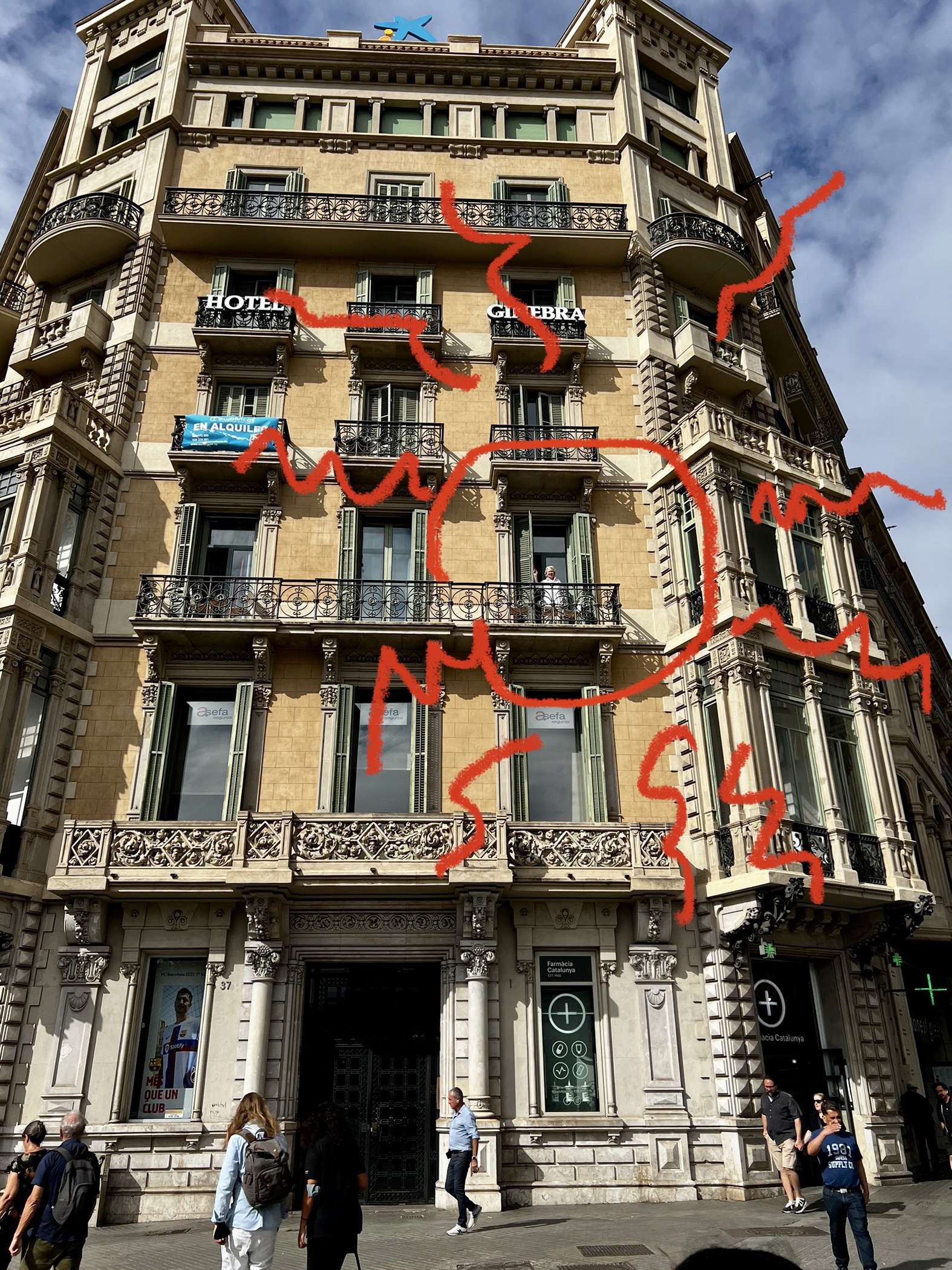
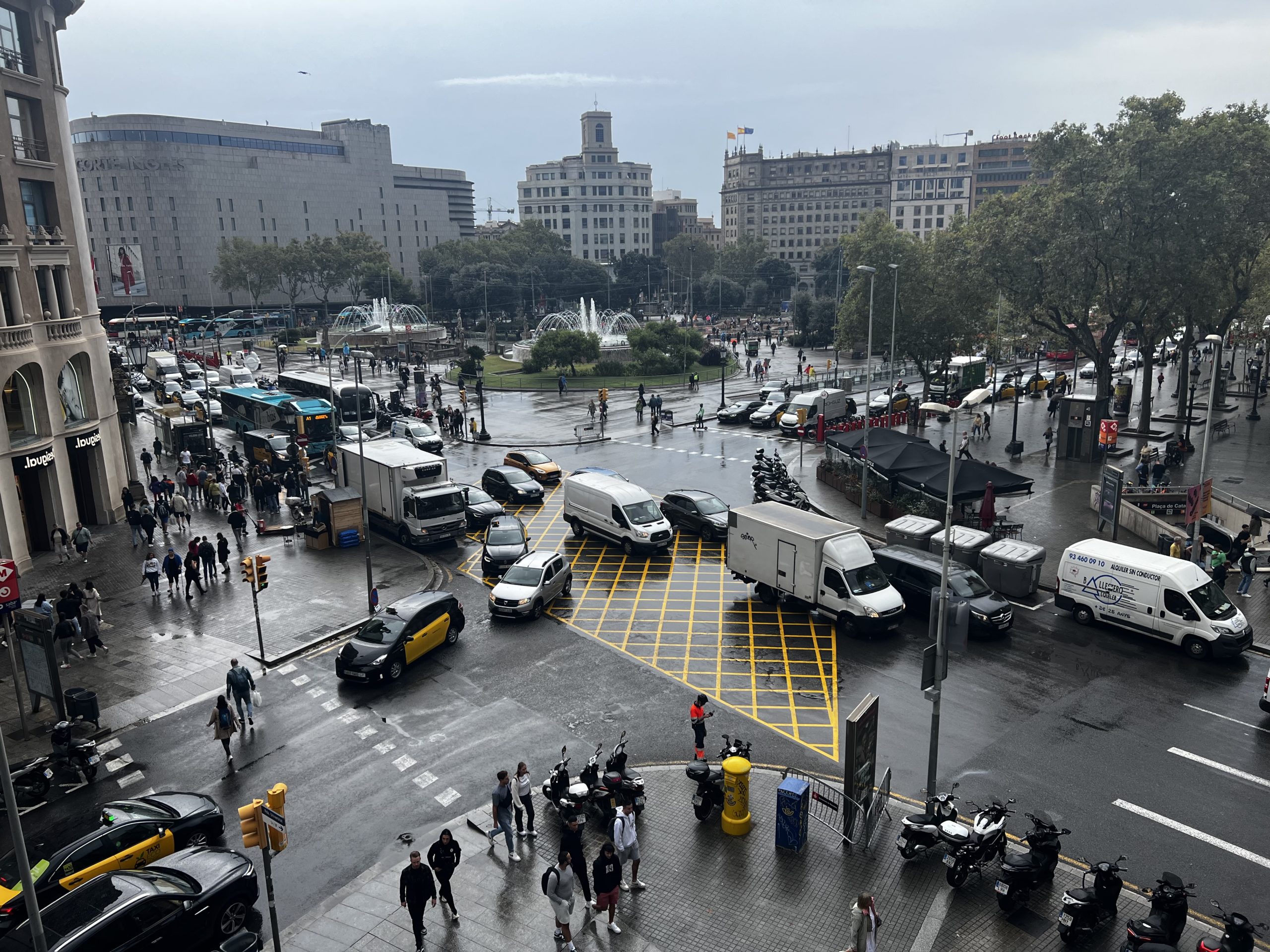
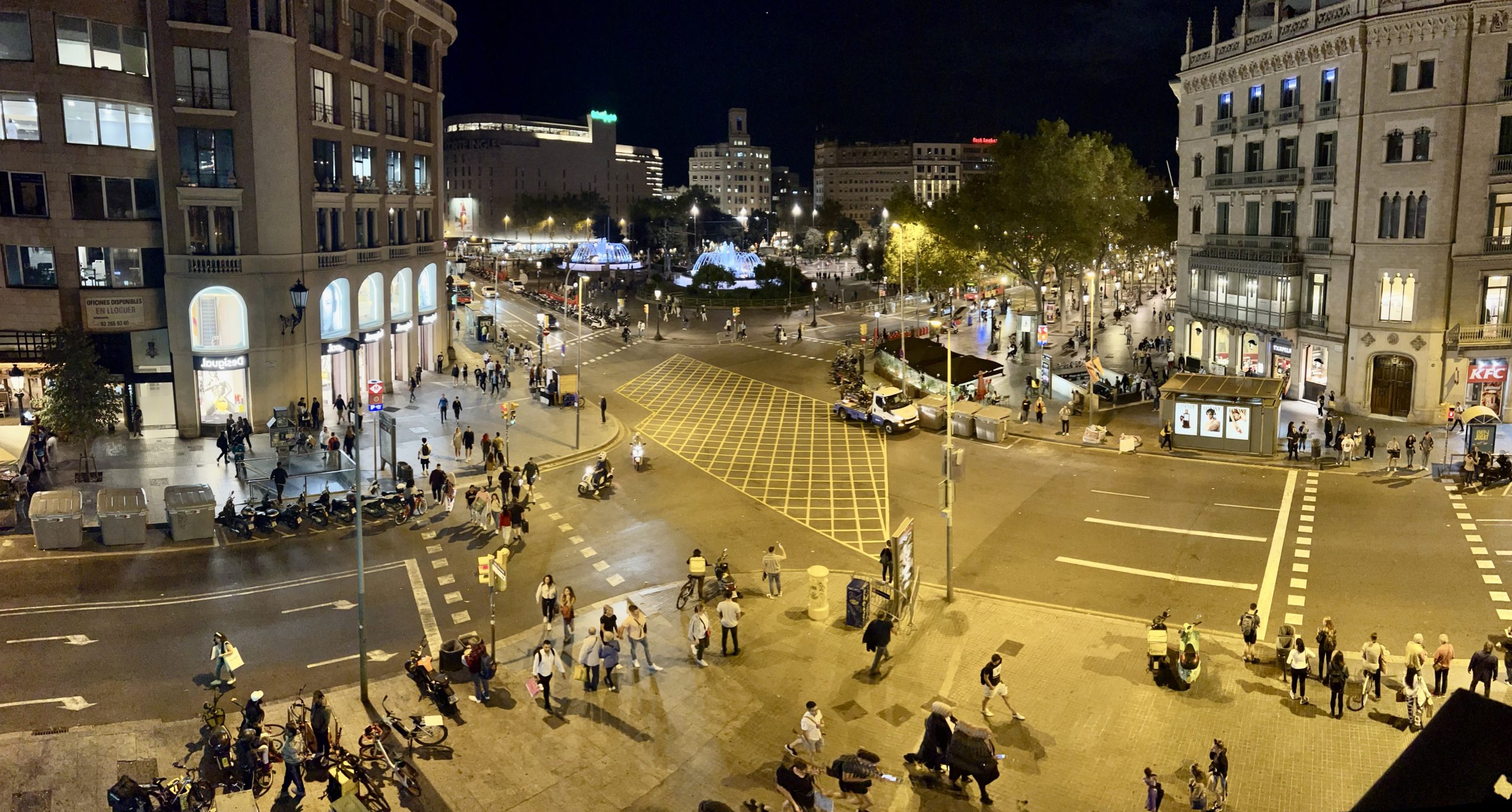
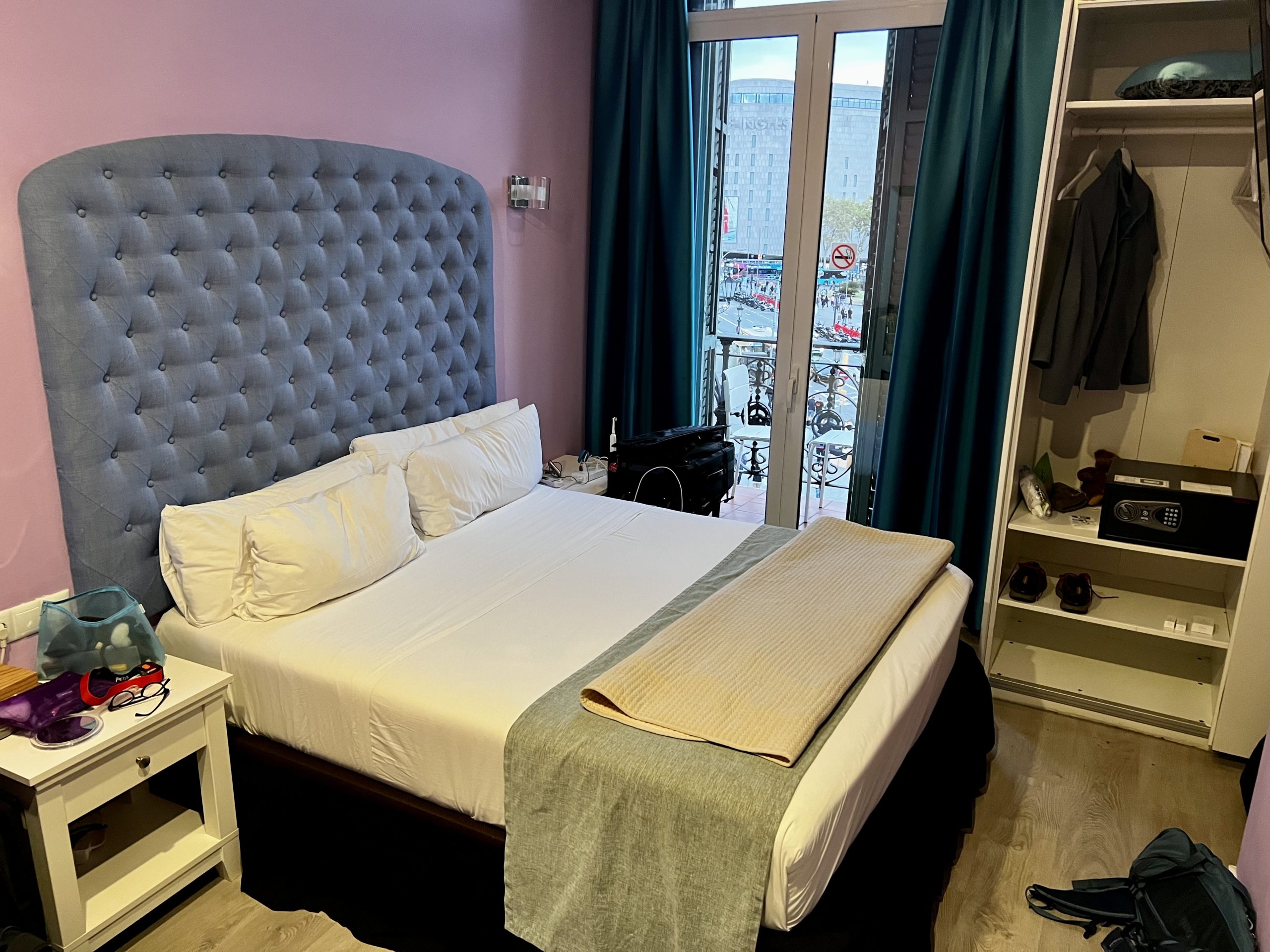
Friday, 07 October 2022
Strolling
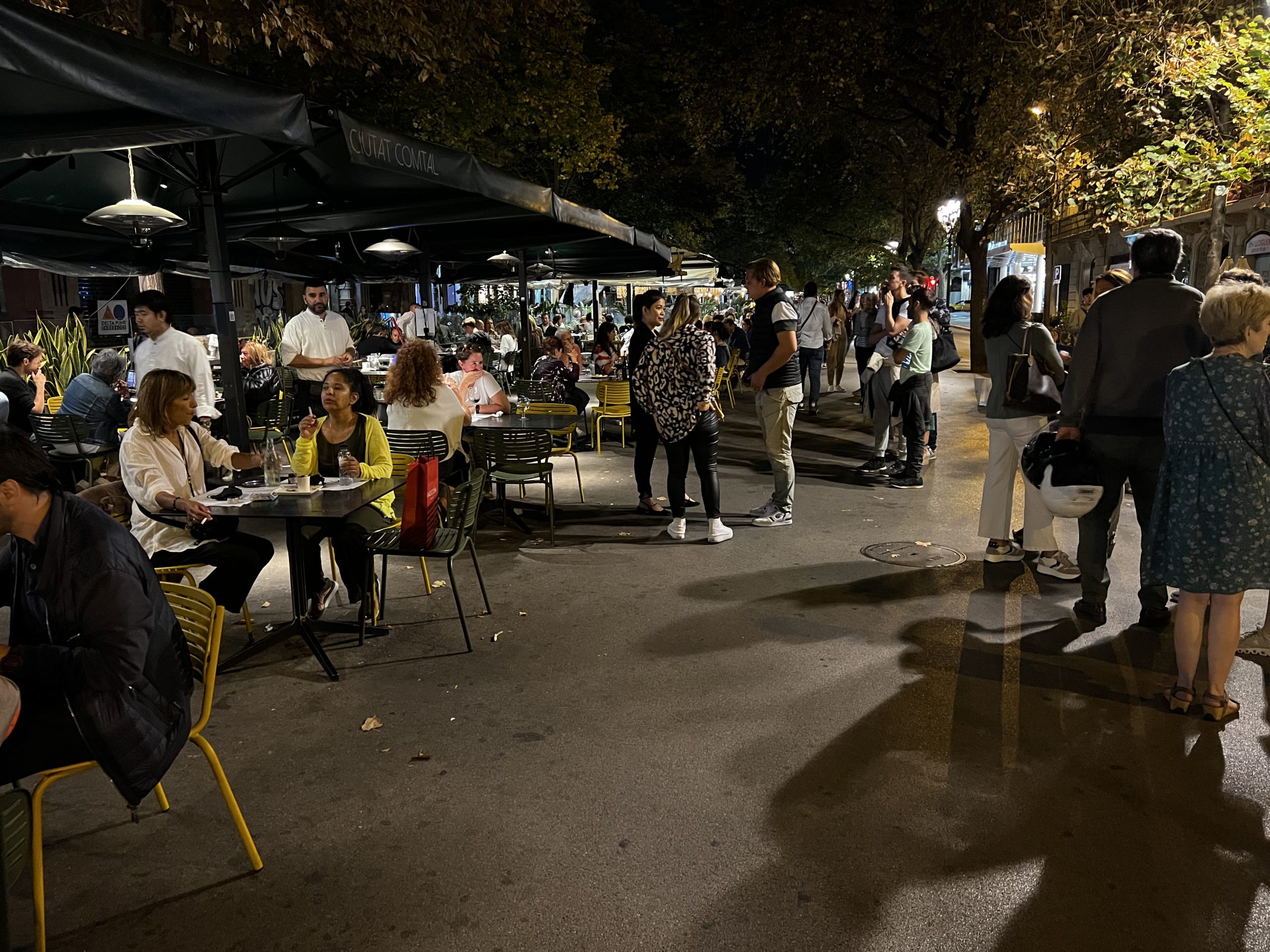
Saturday, 08 October 2022
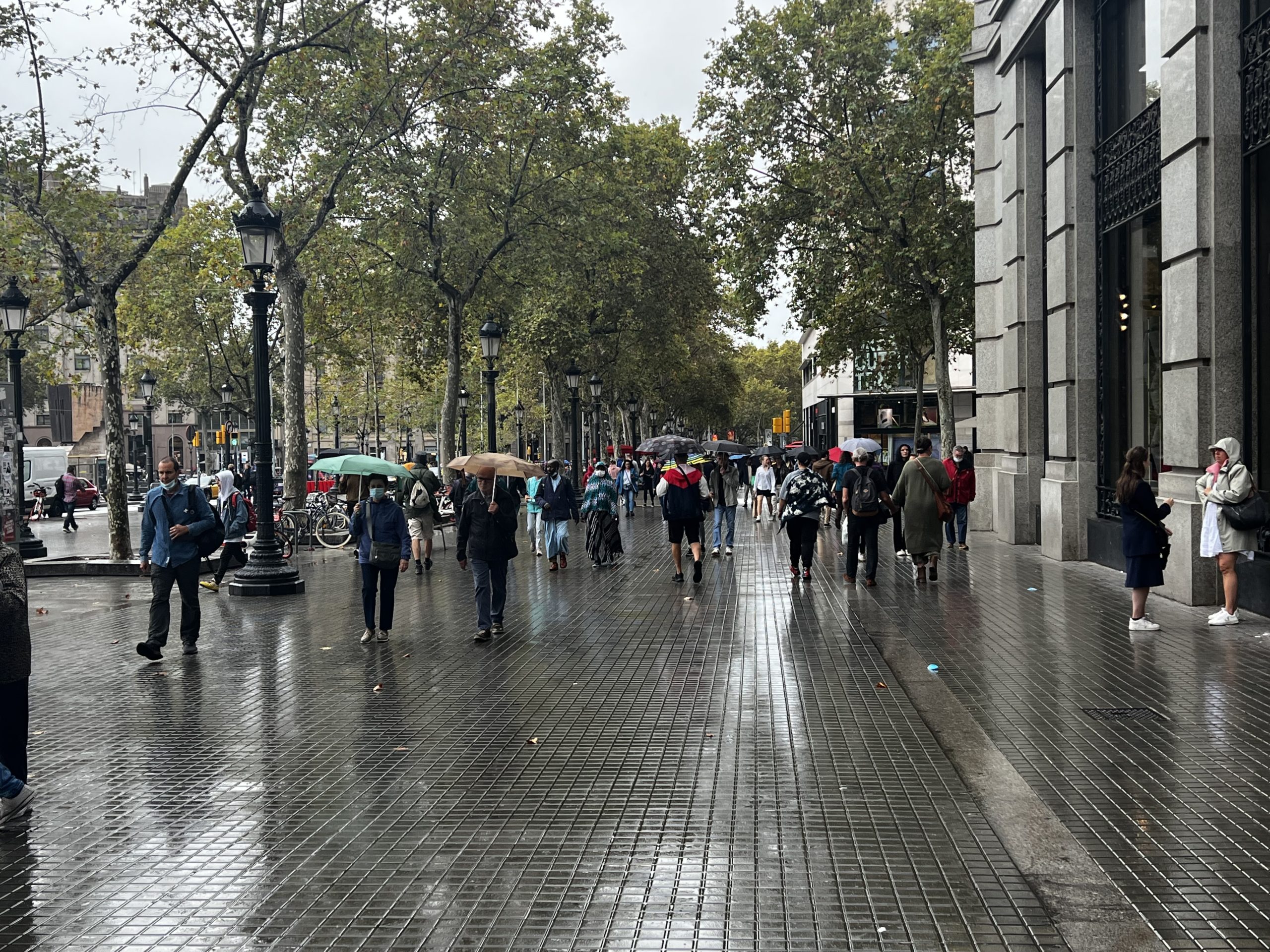
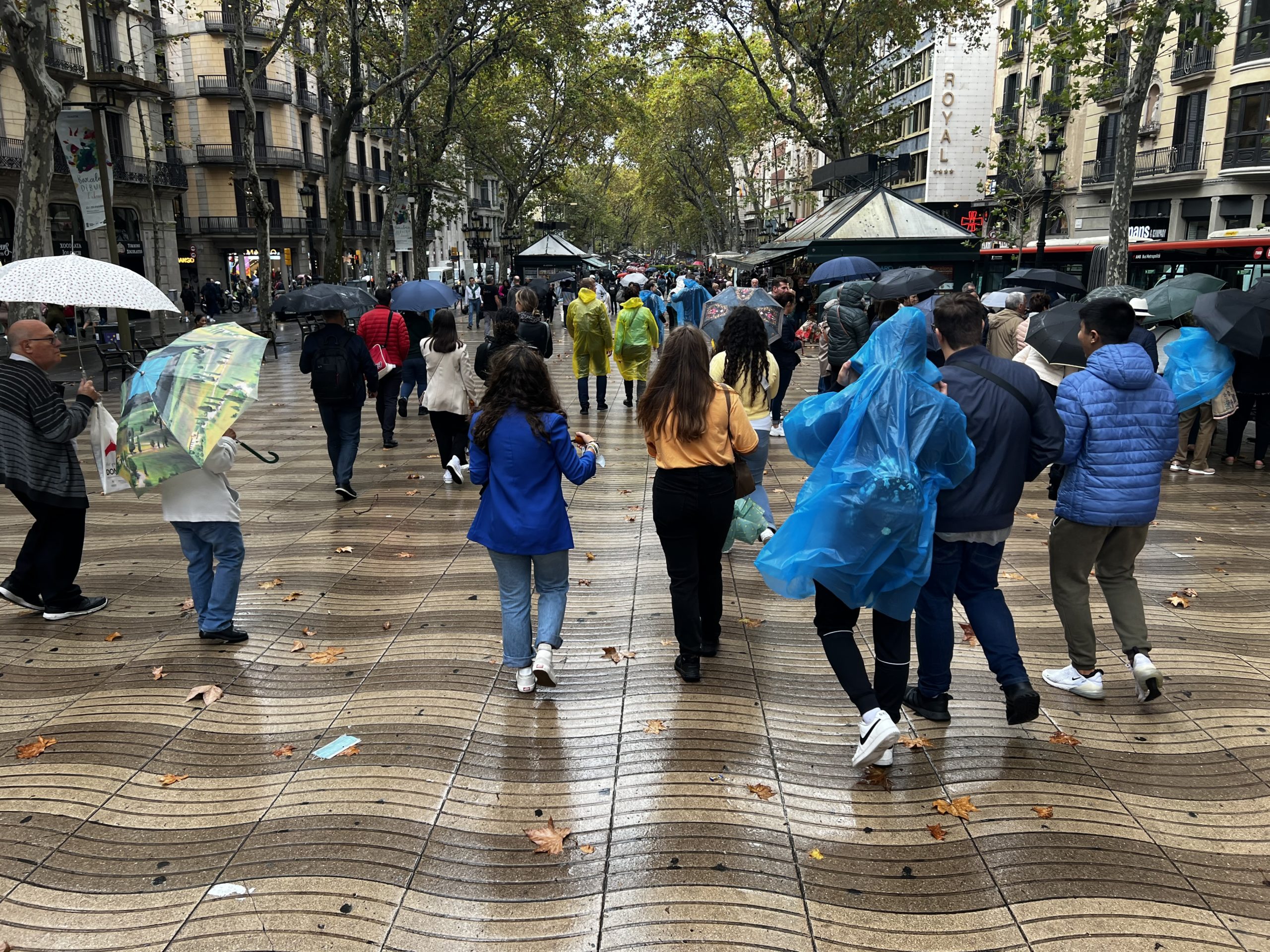
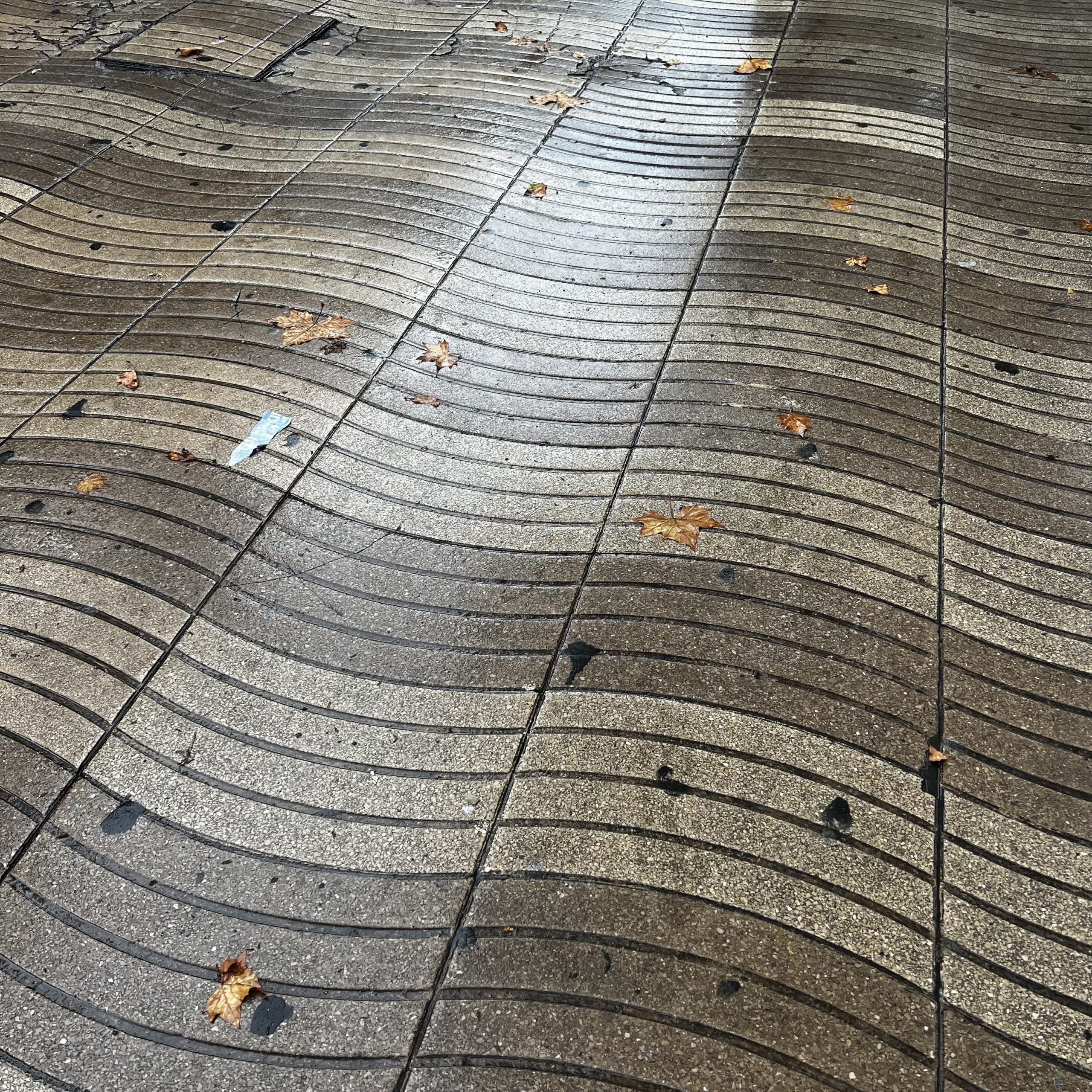
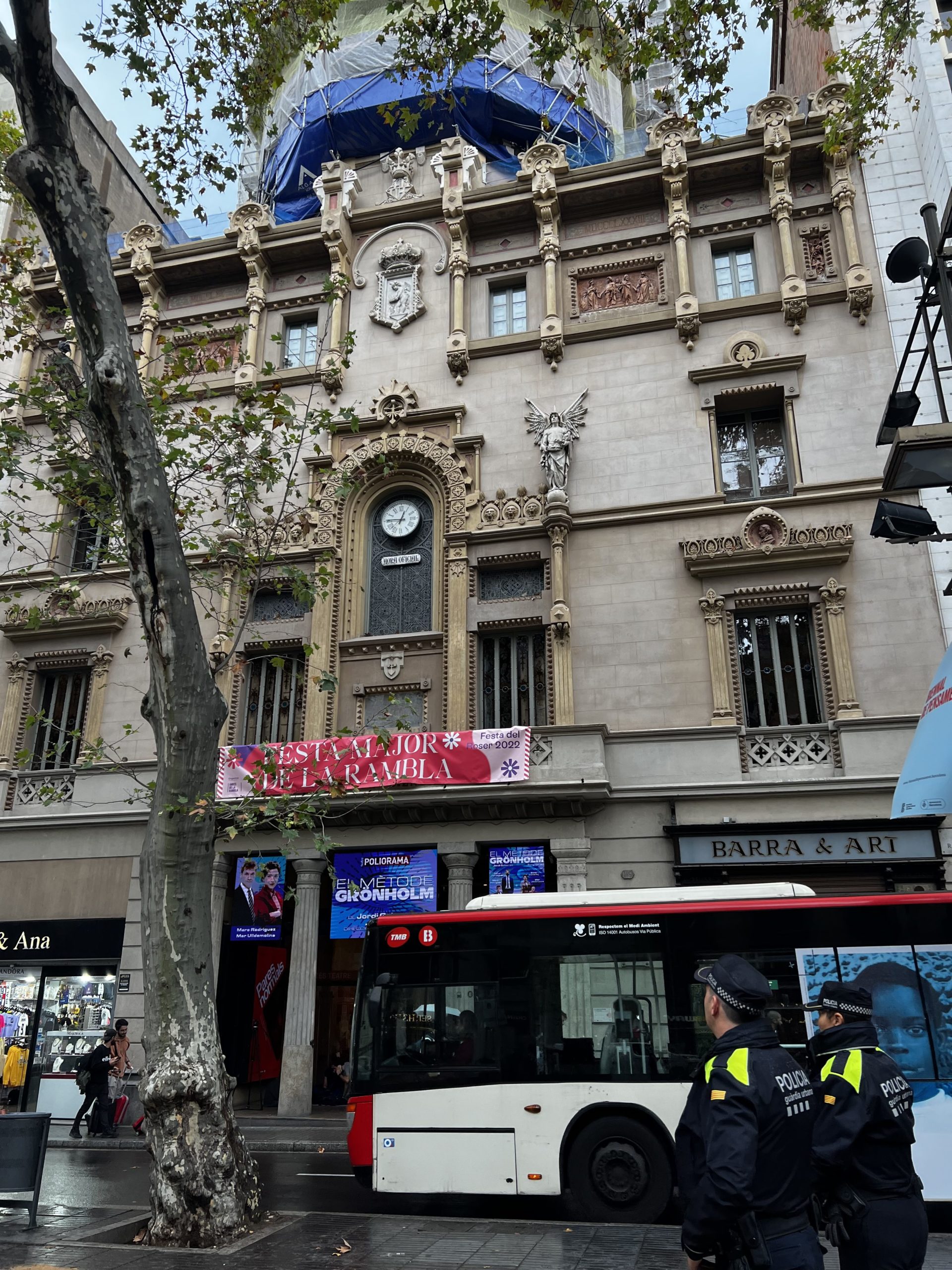
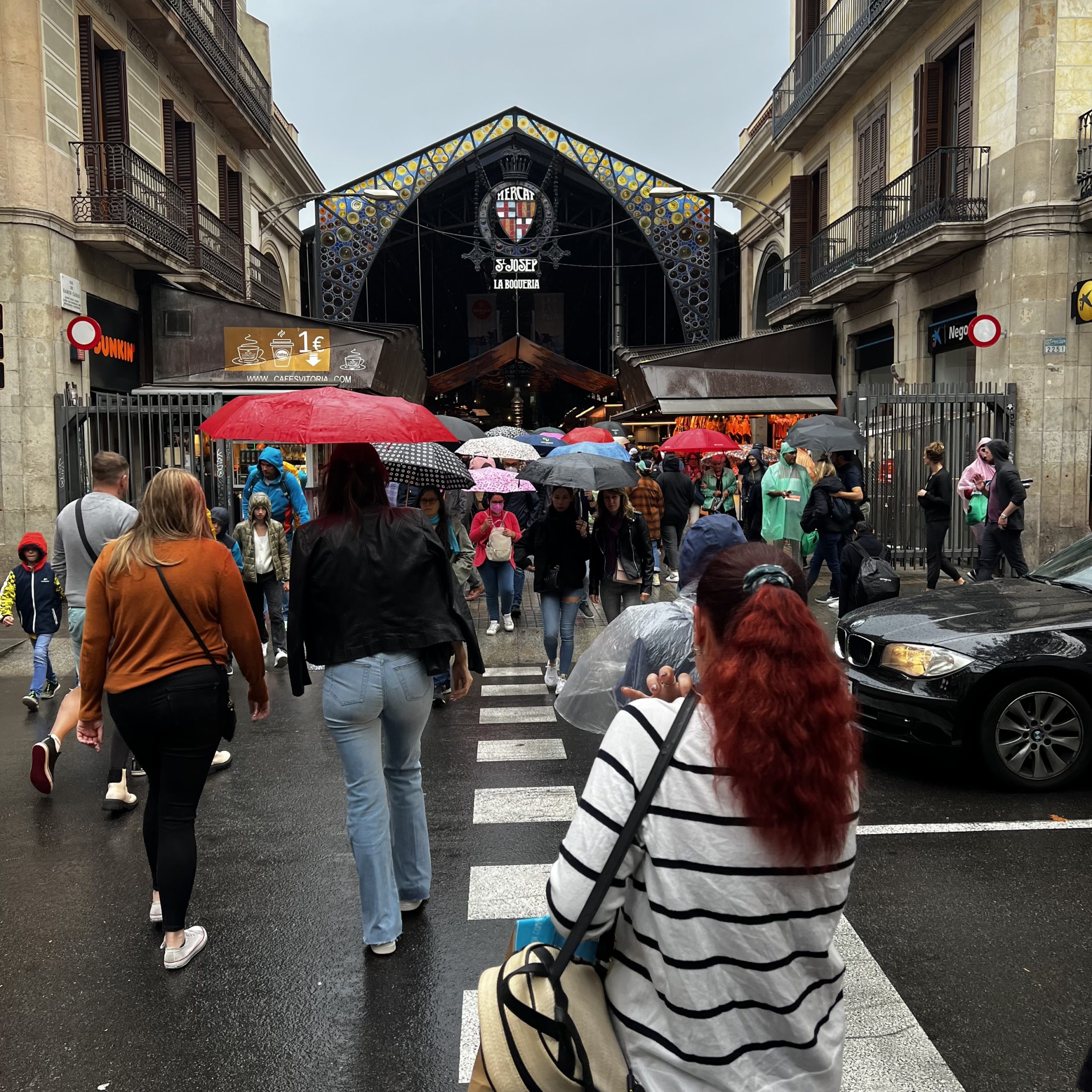
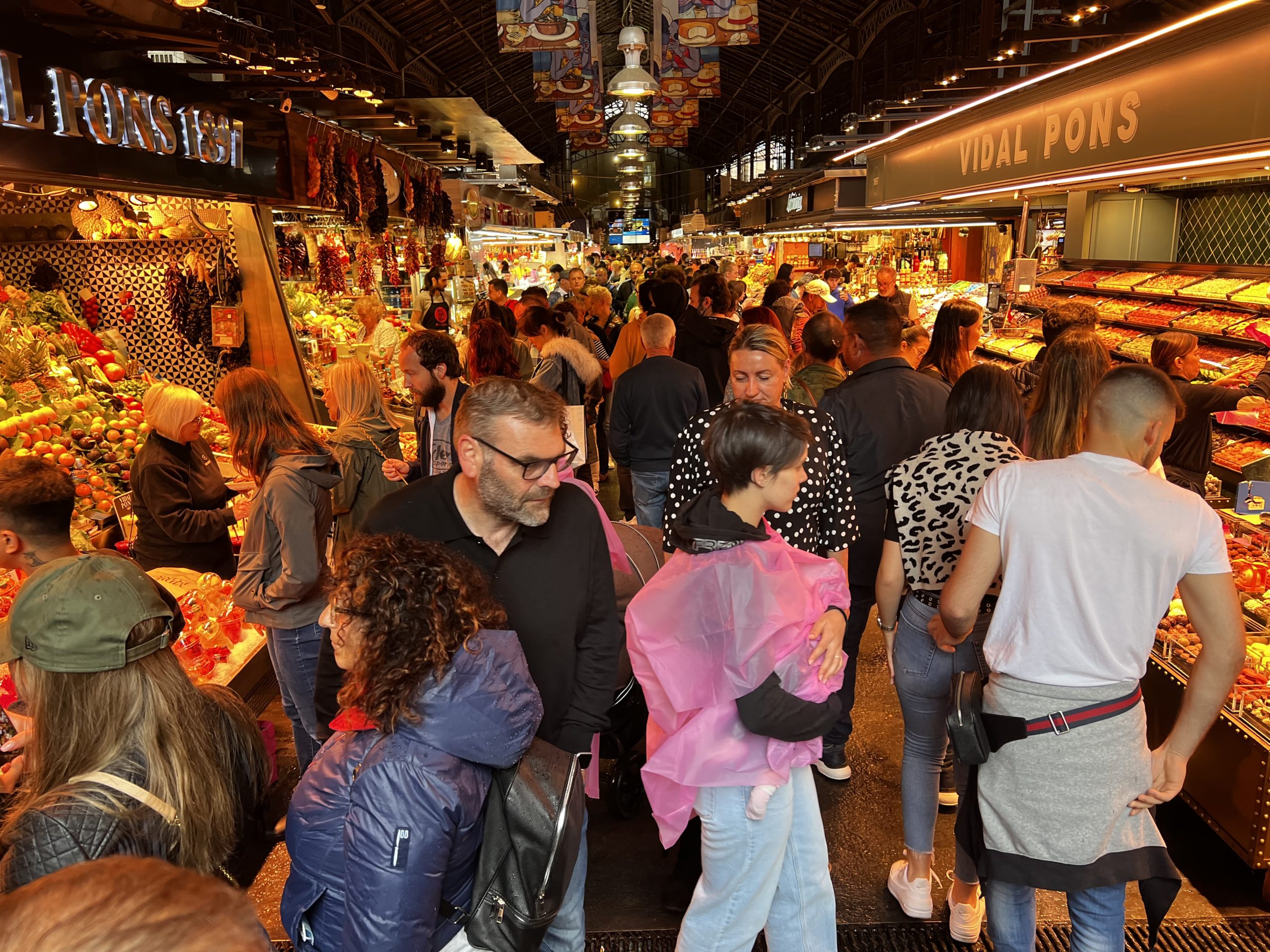
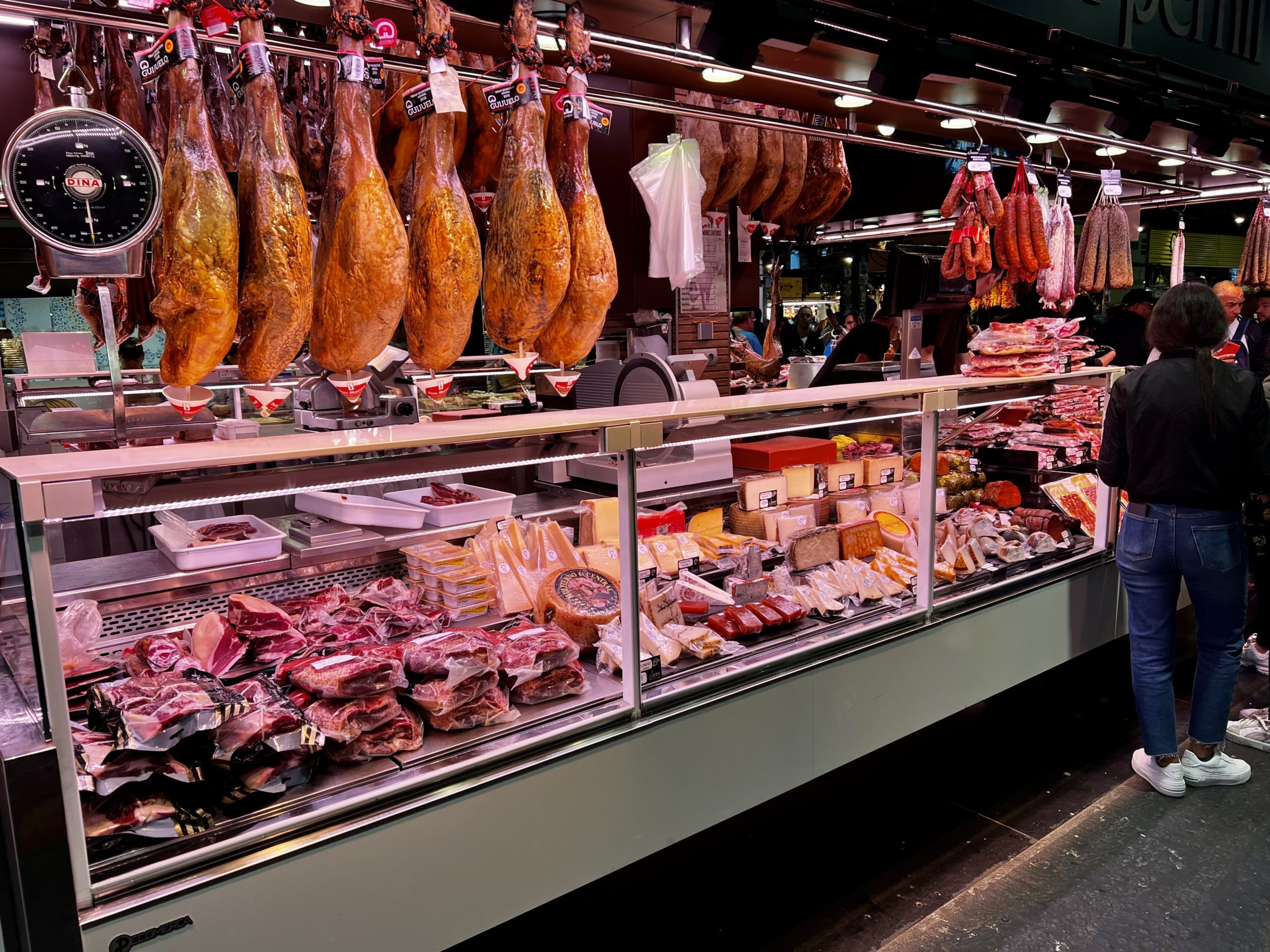
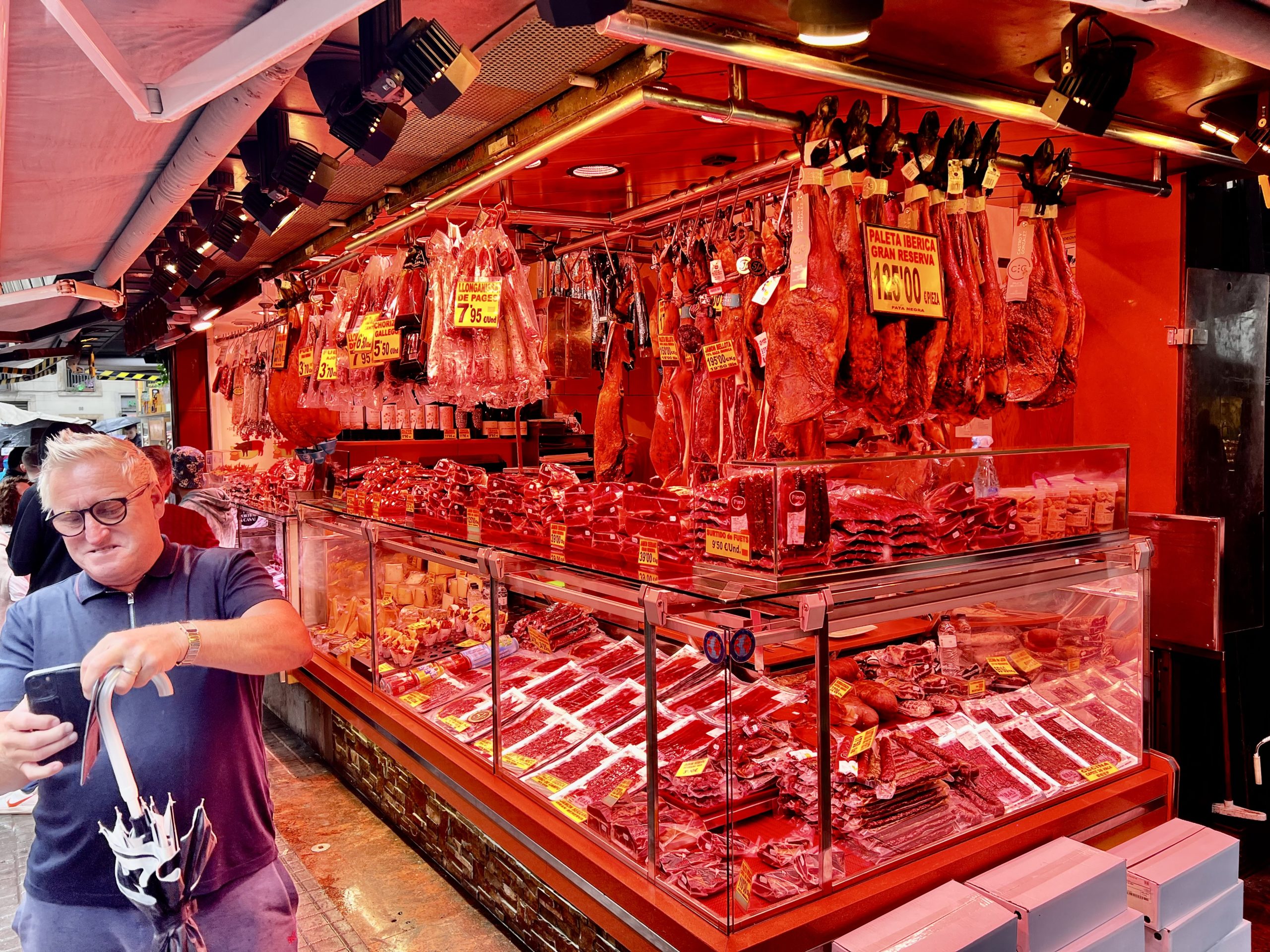
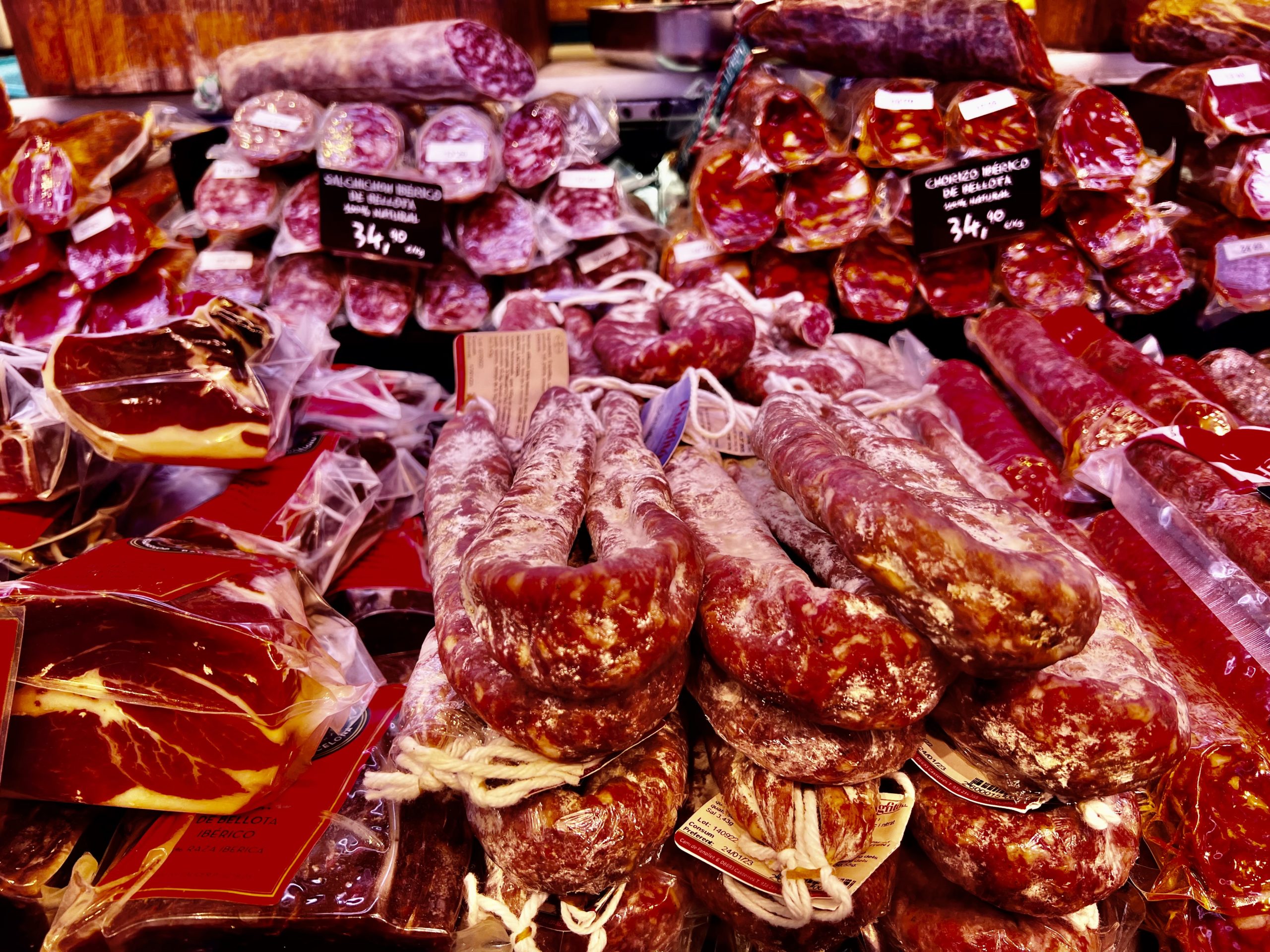
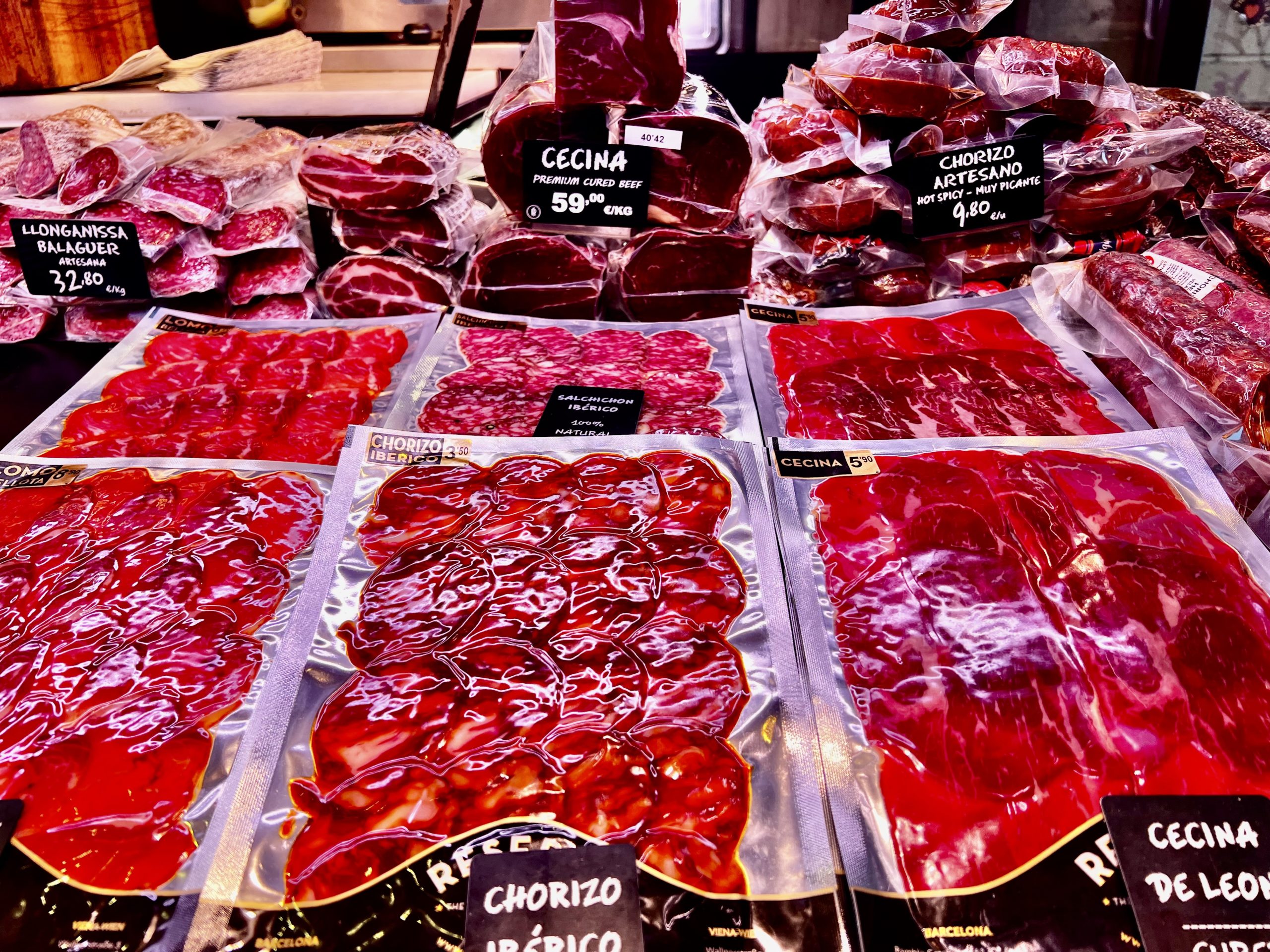
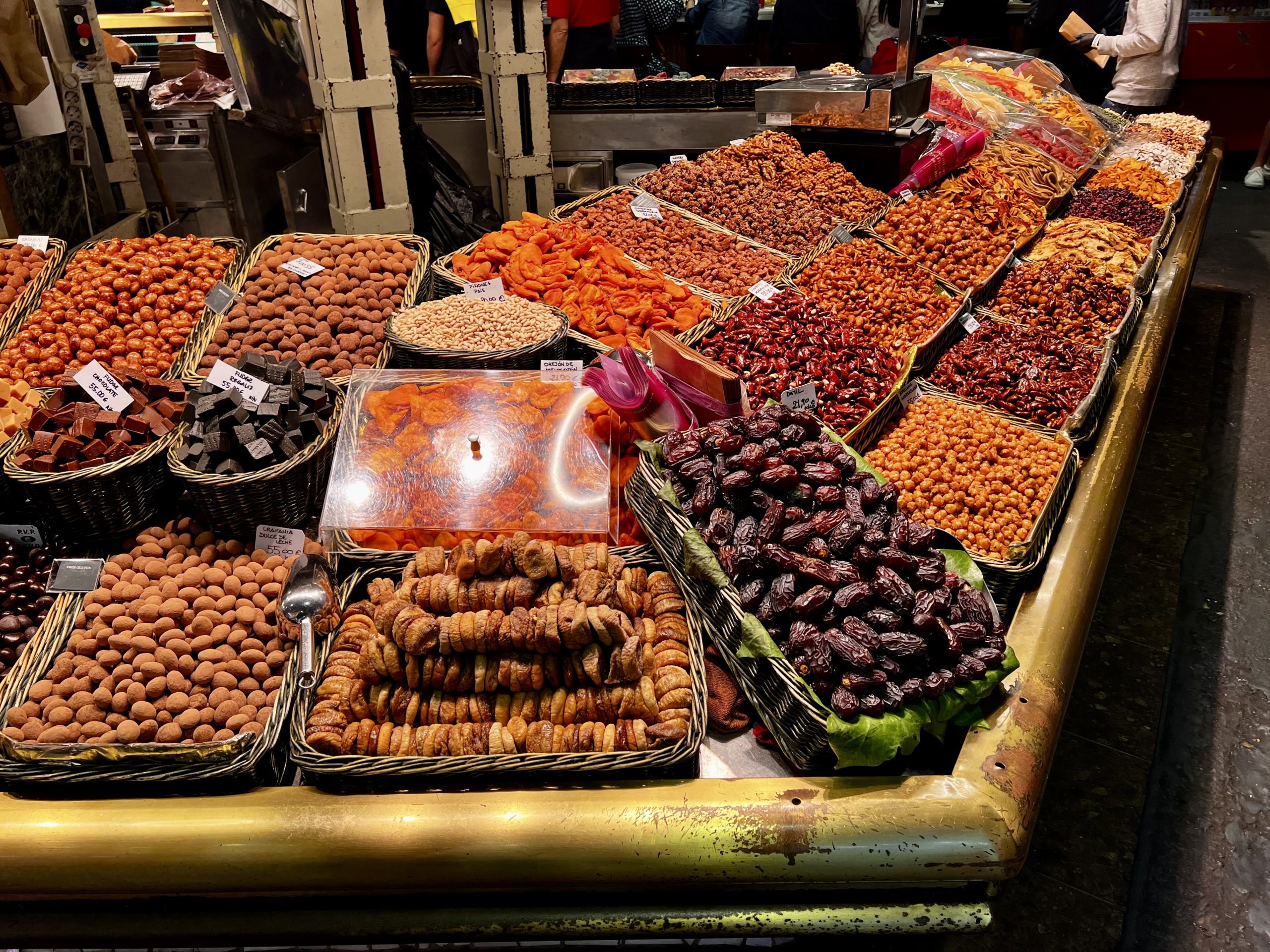
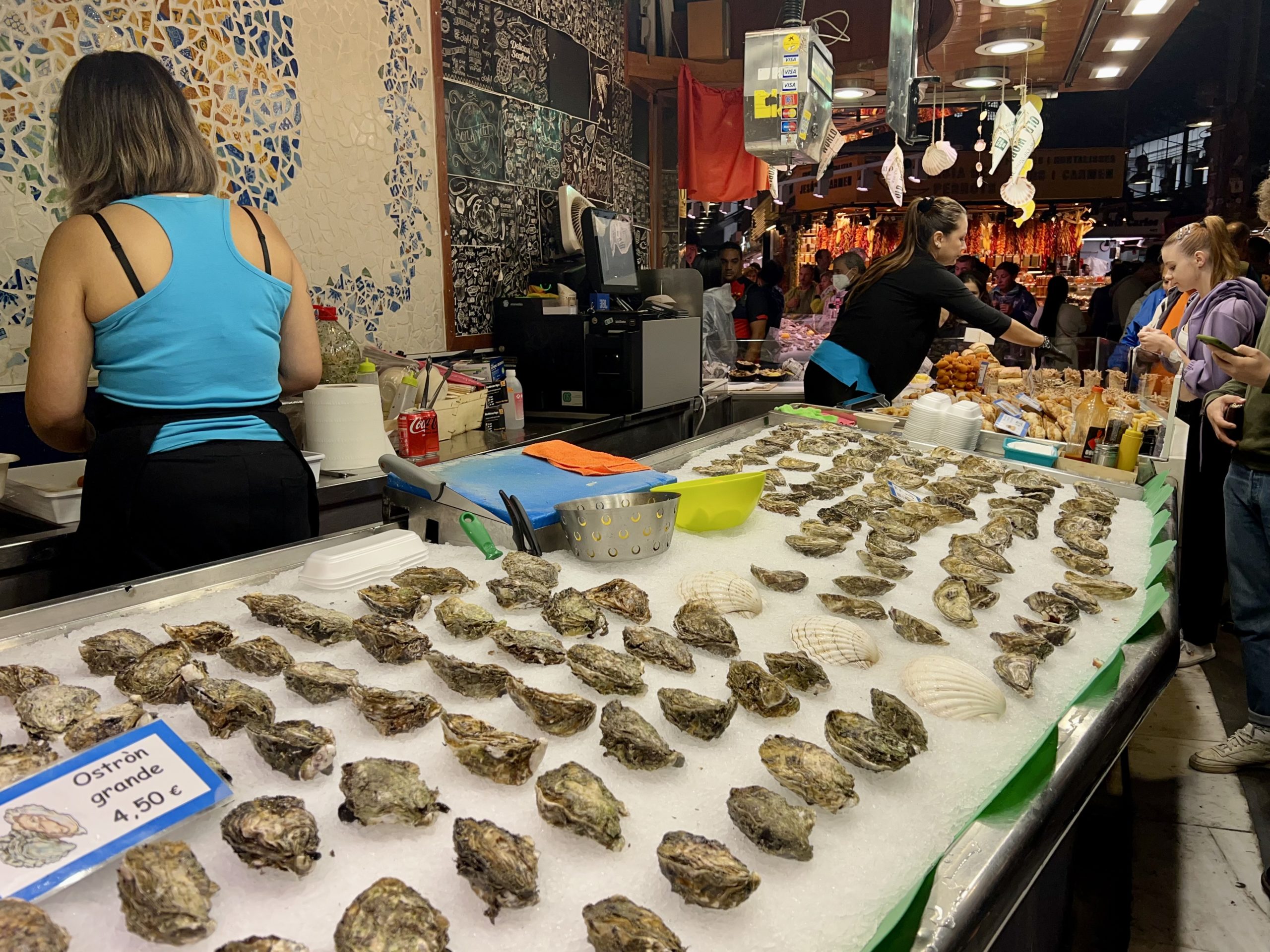
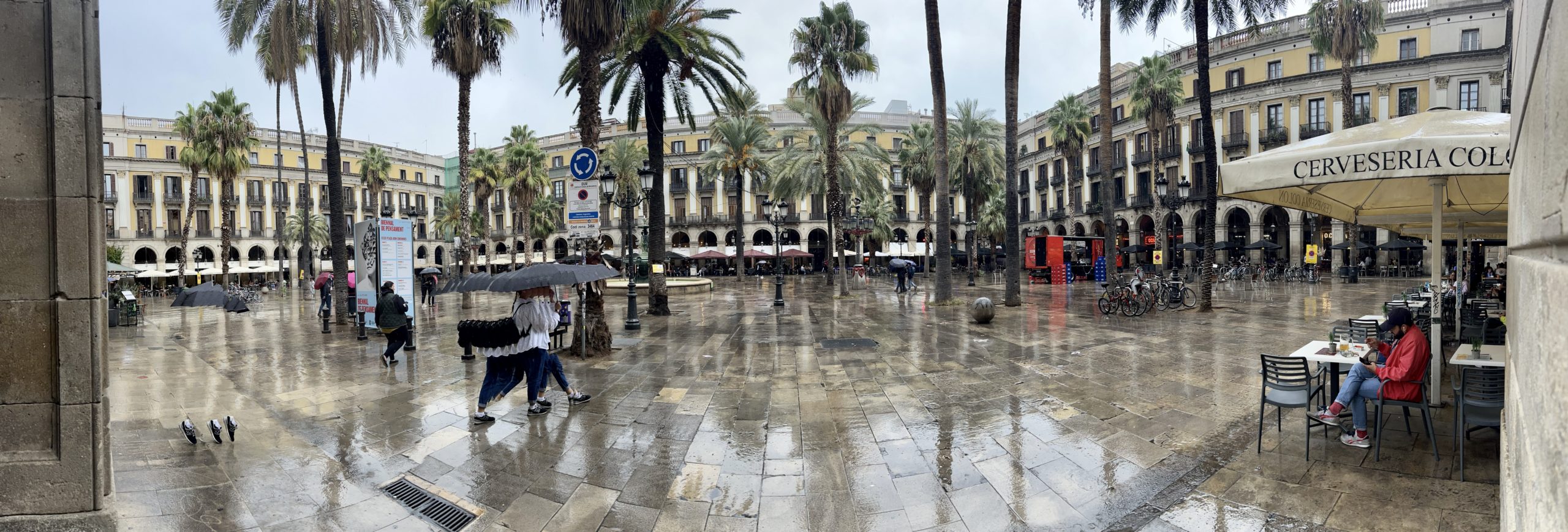
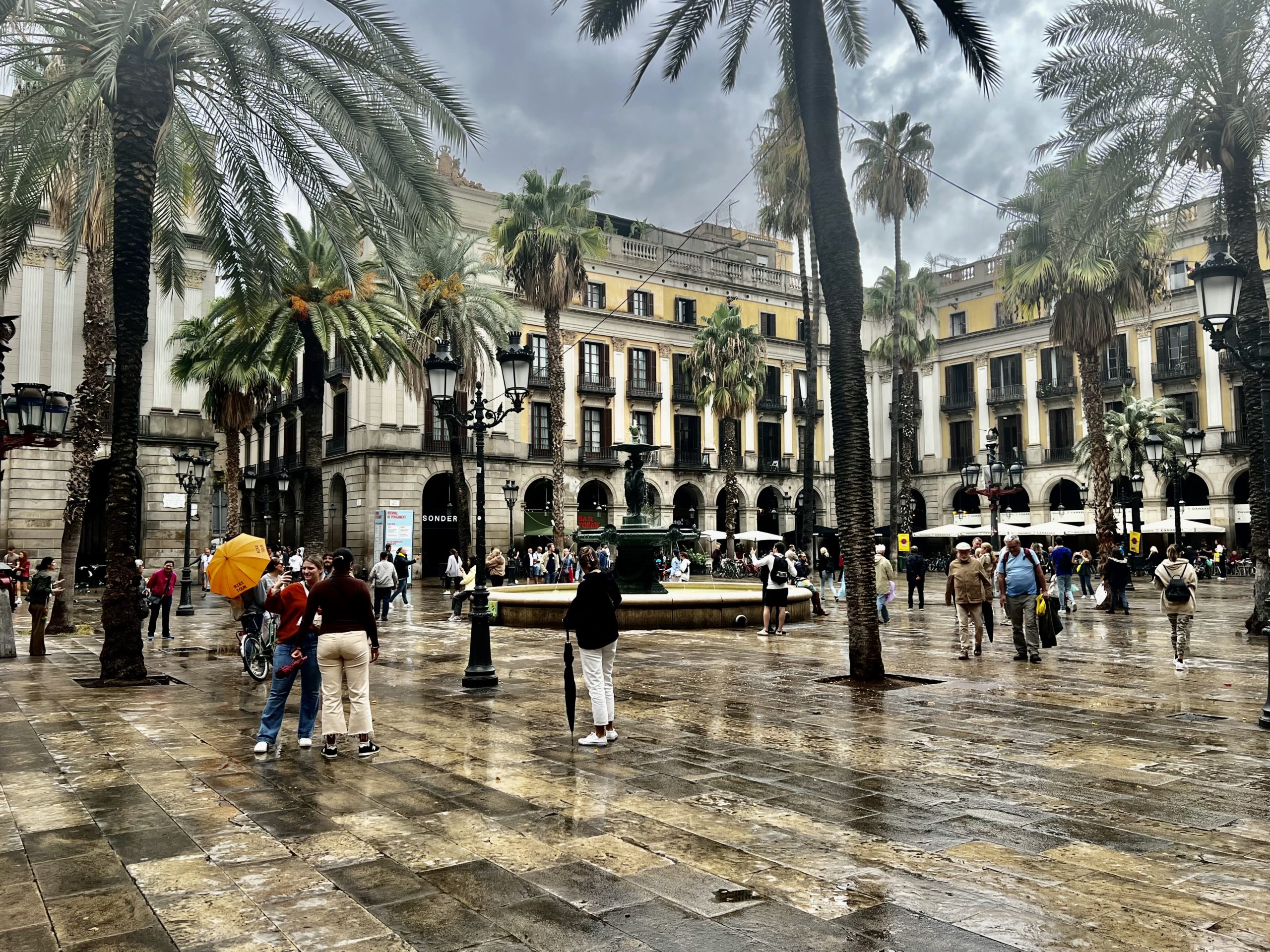
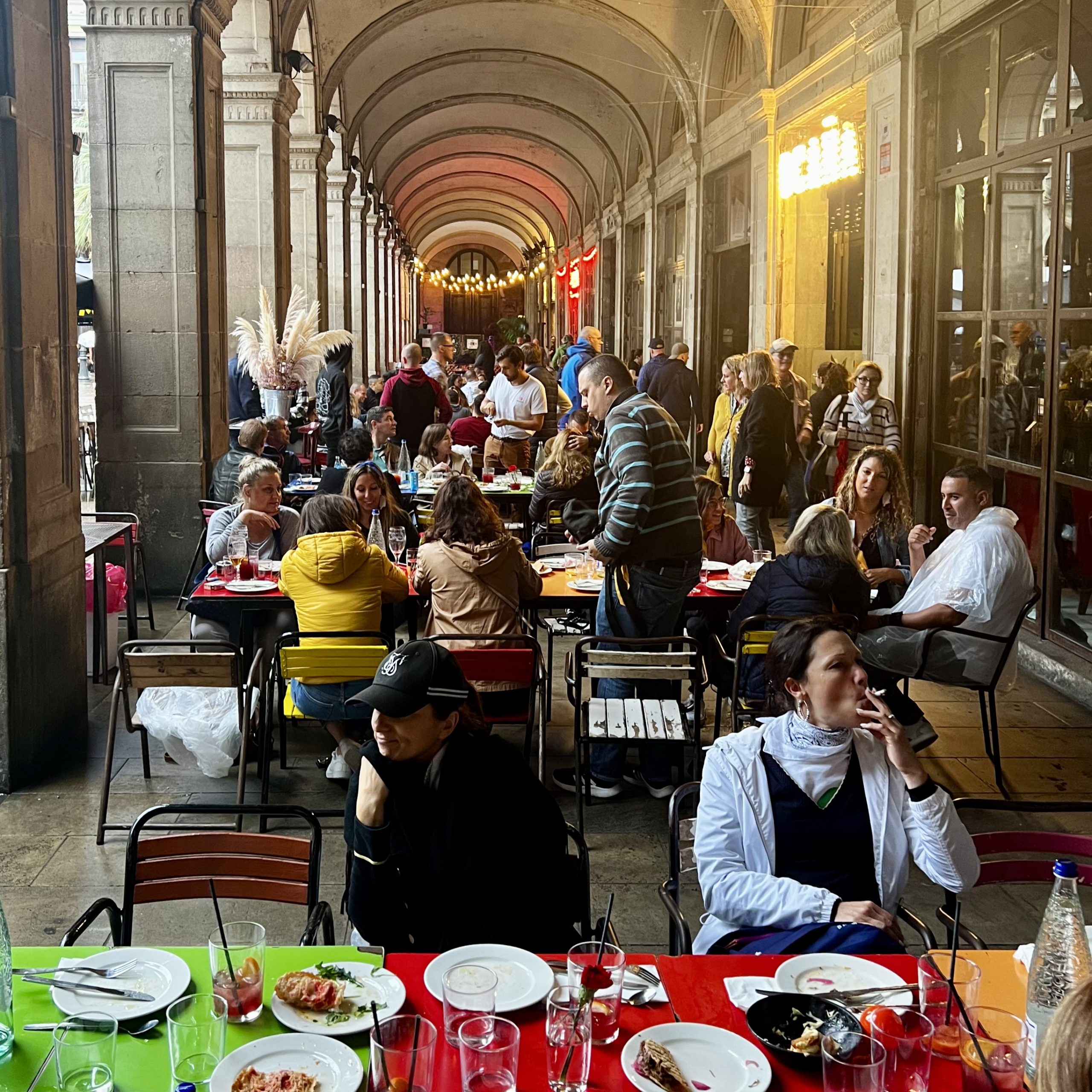
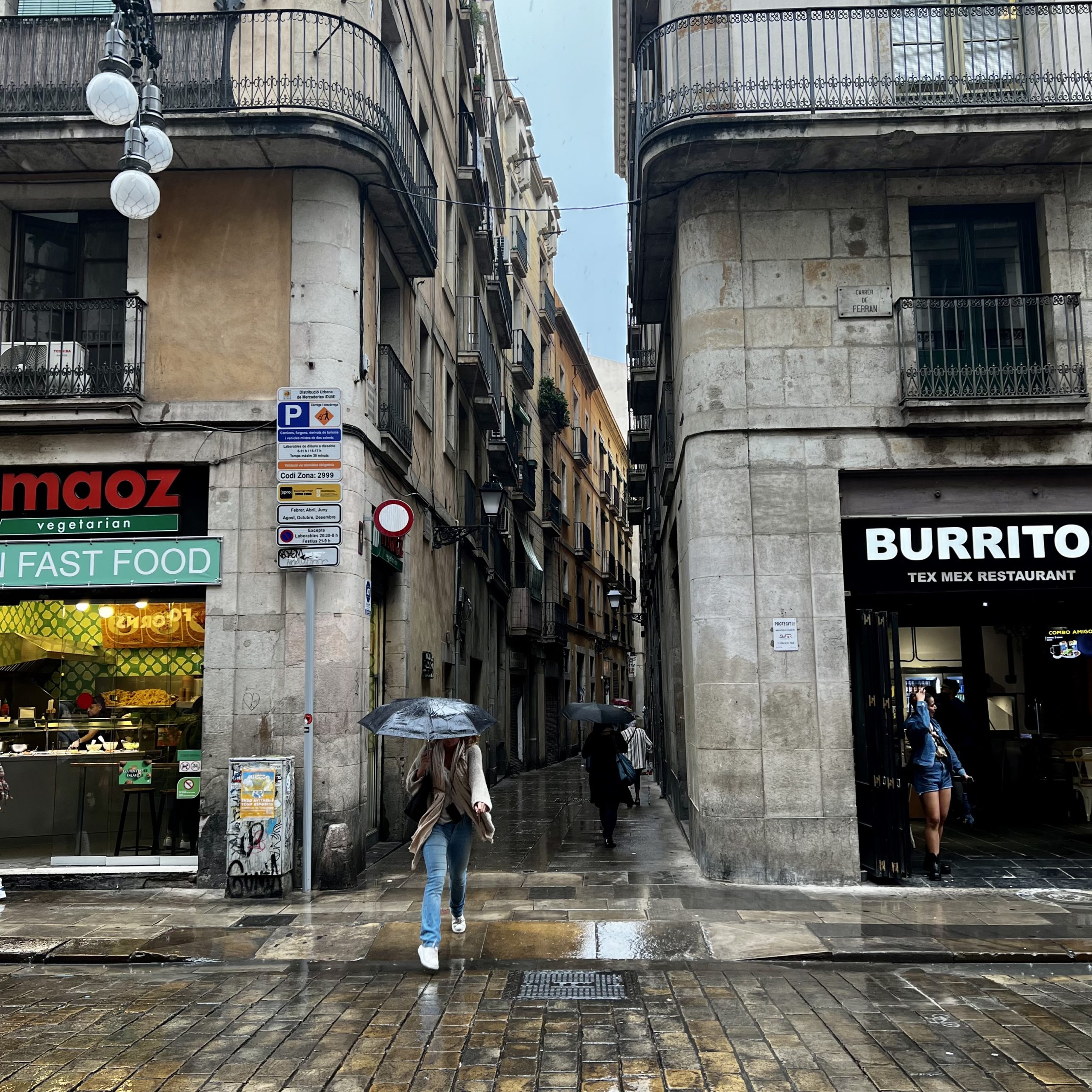
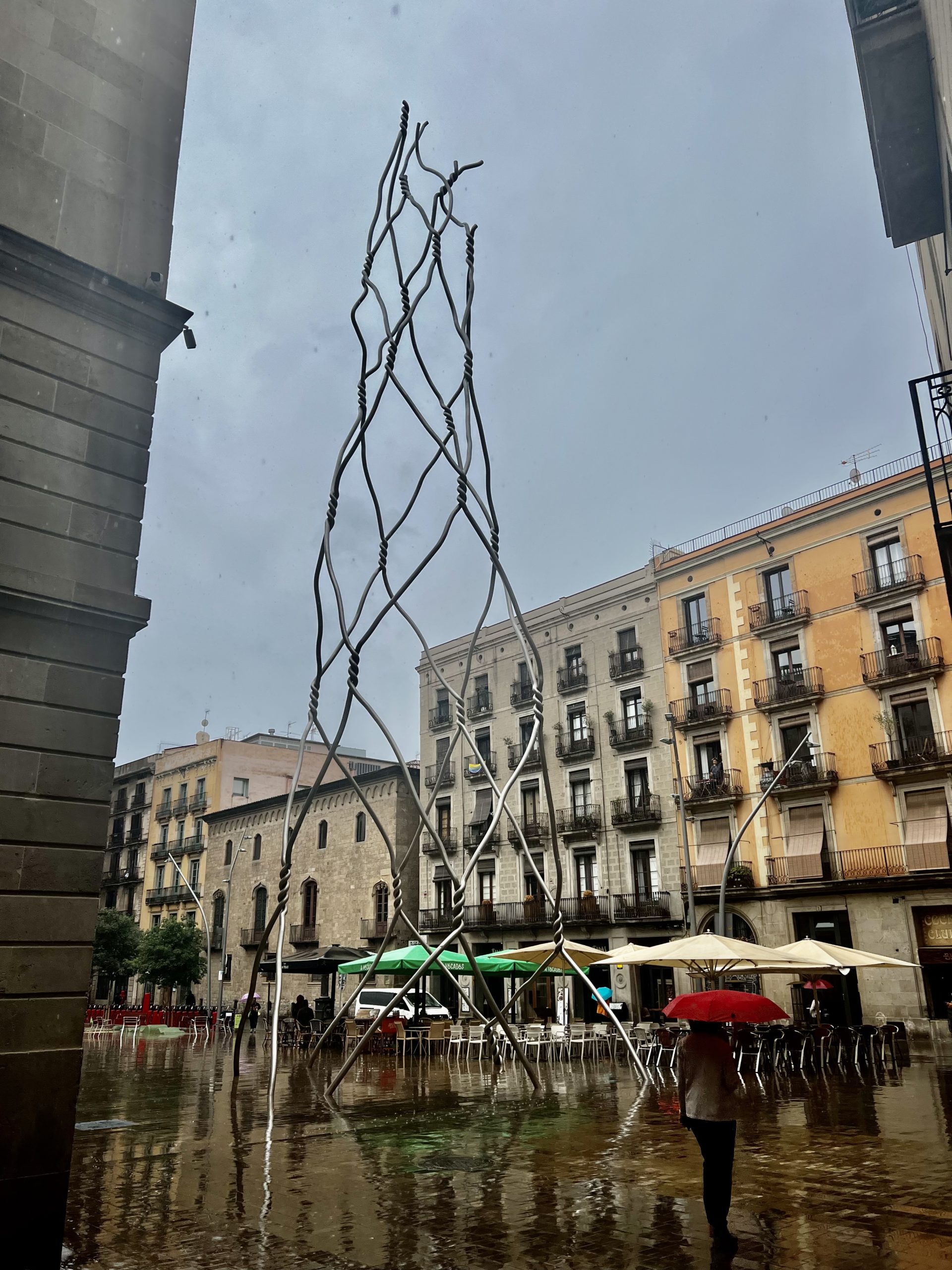


Cathedral of Barcelona
Gothic with geese in the garden of the cloister.
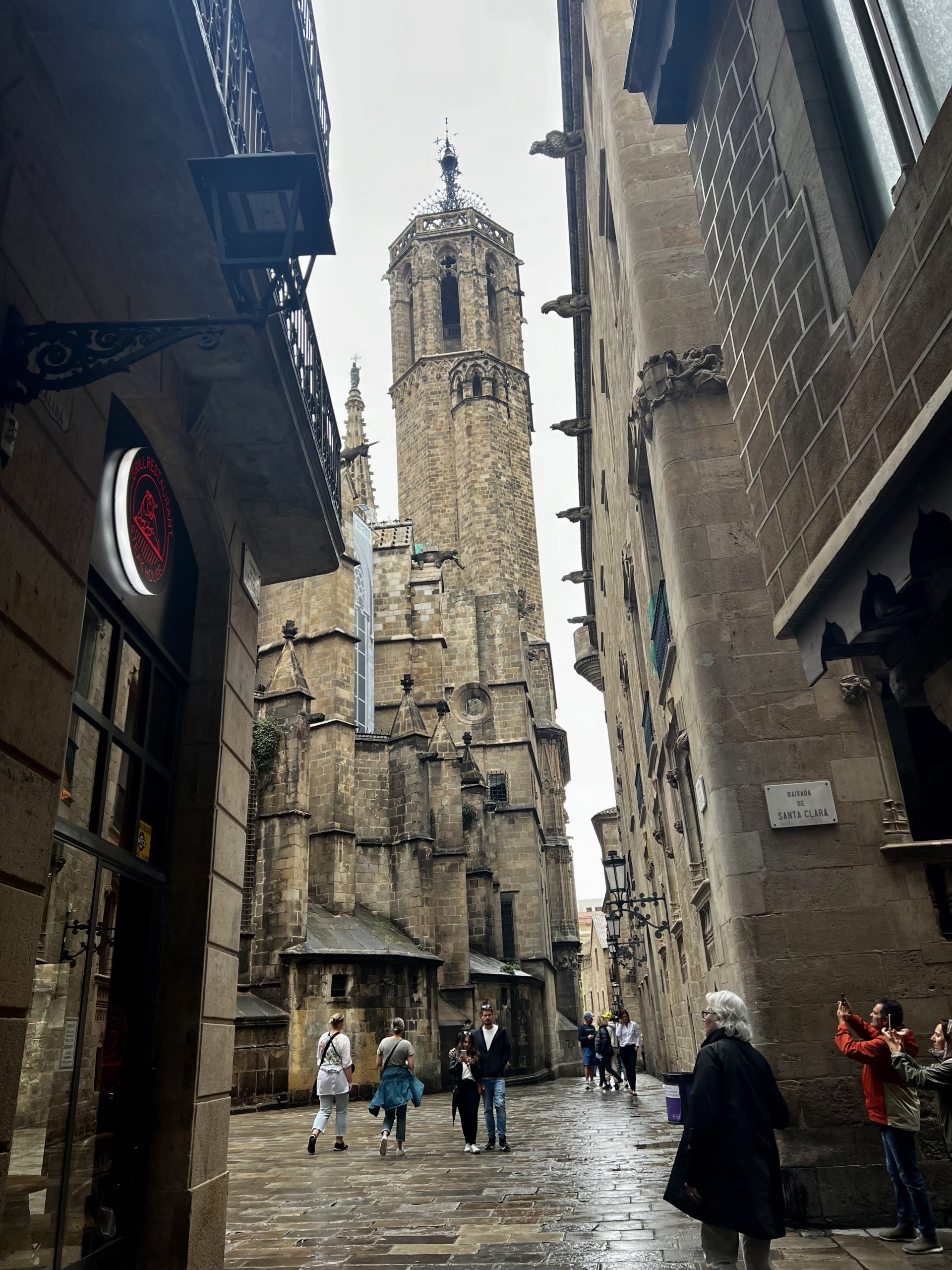
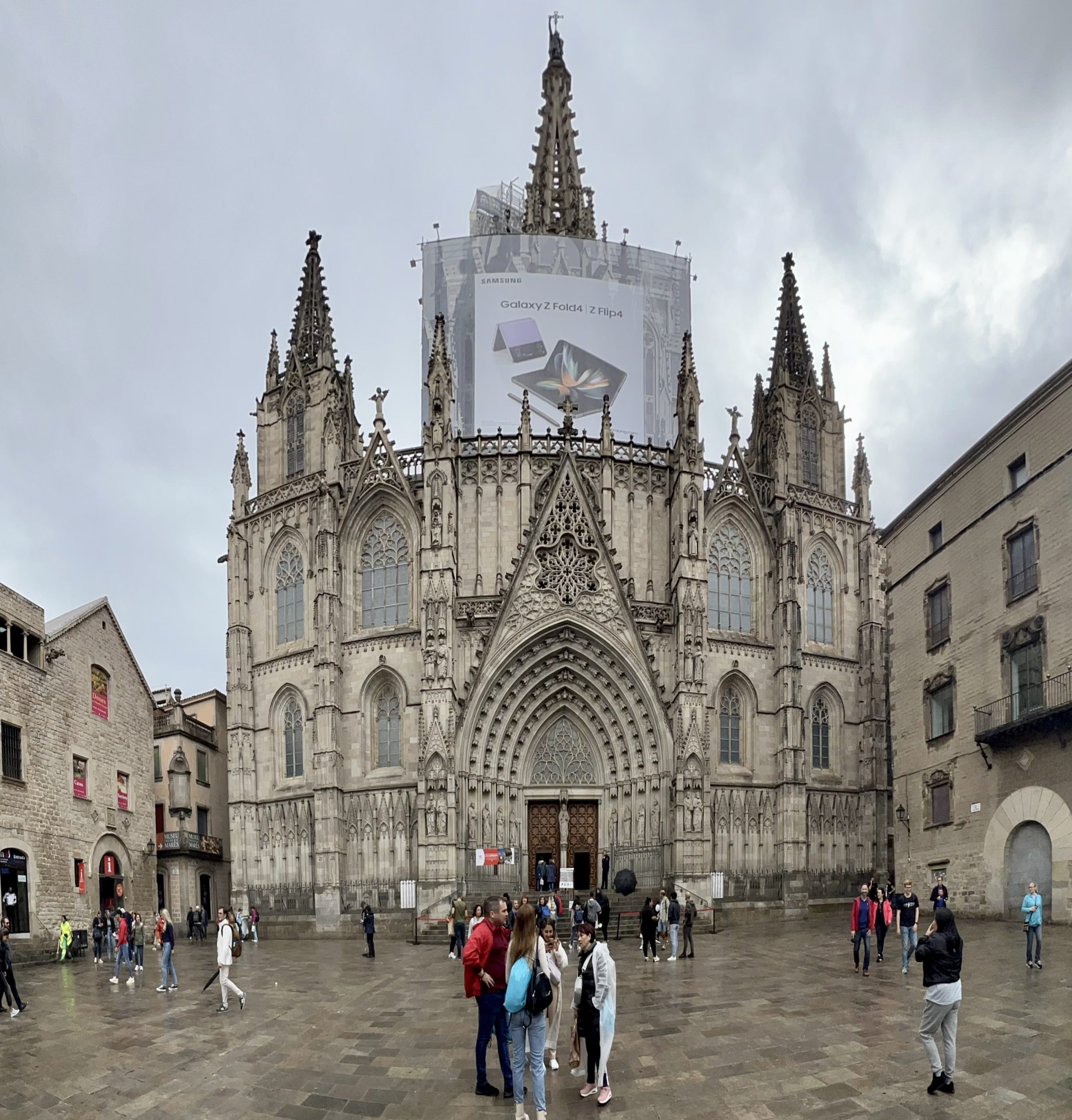
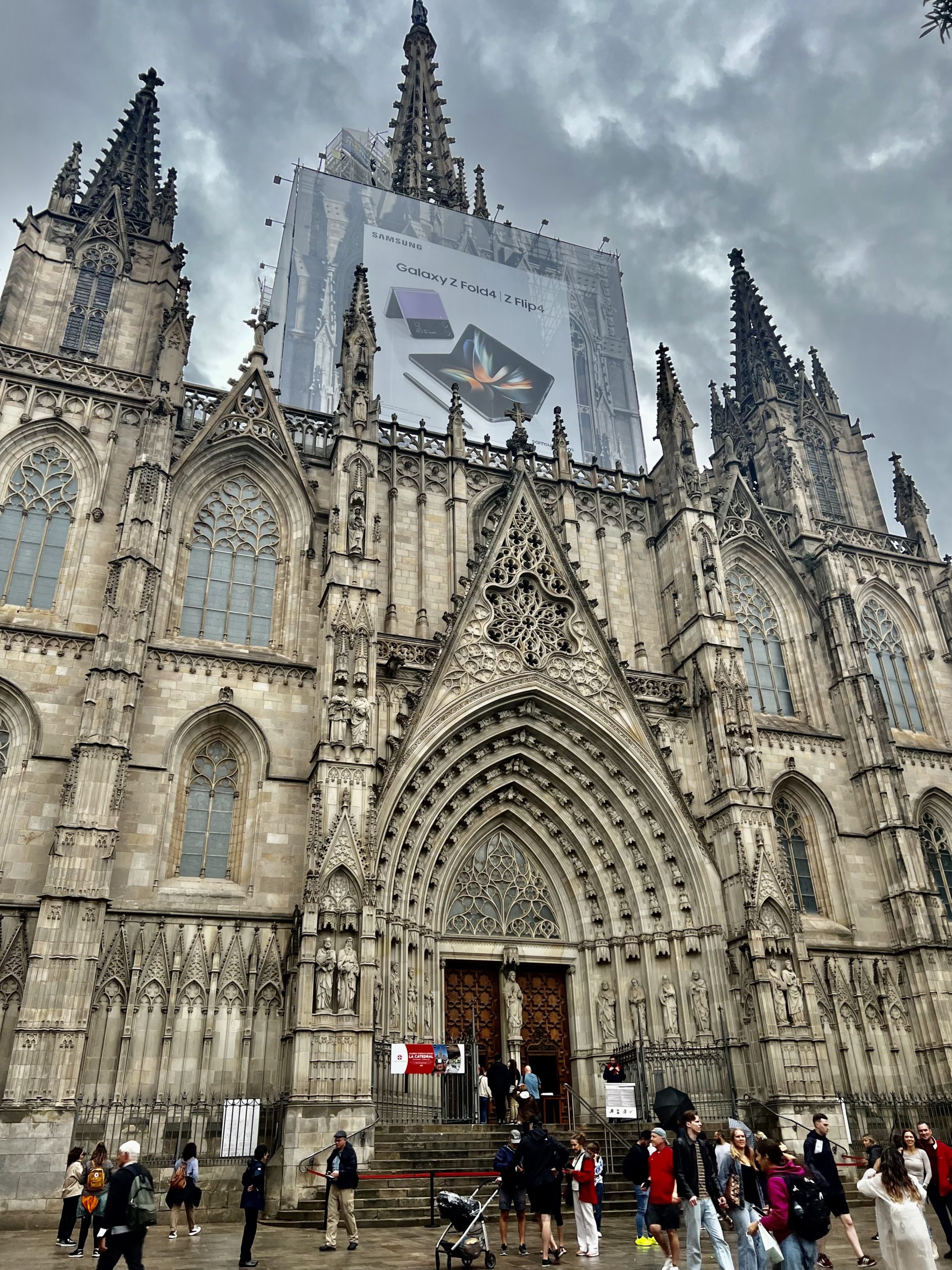
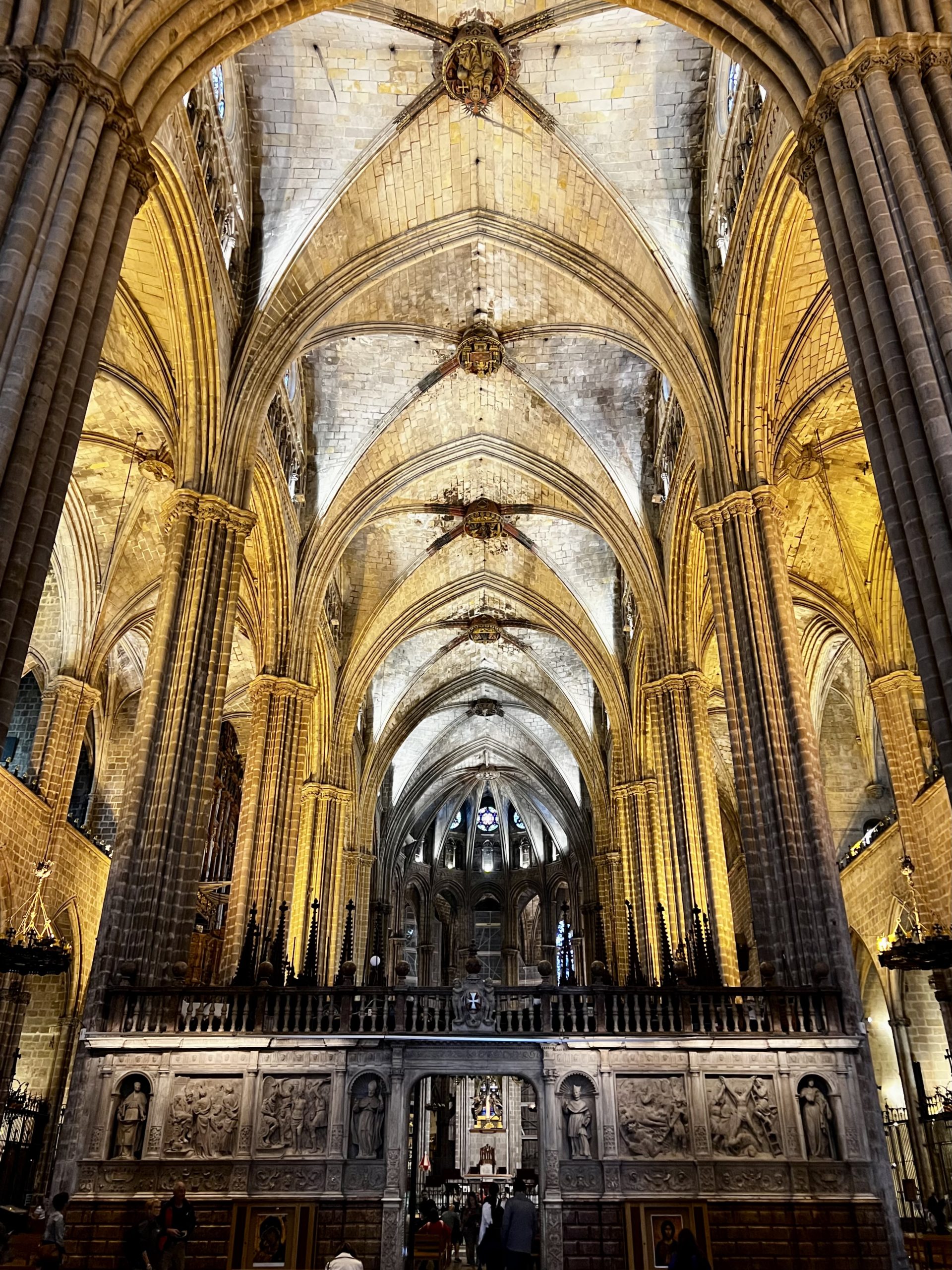
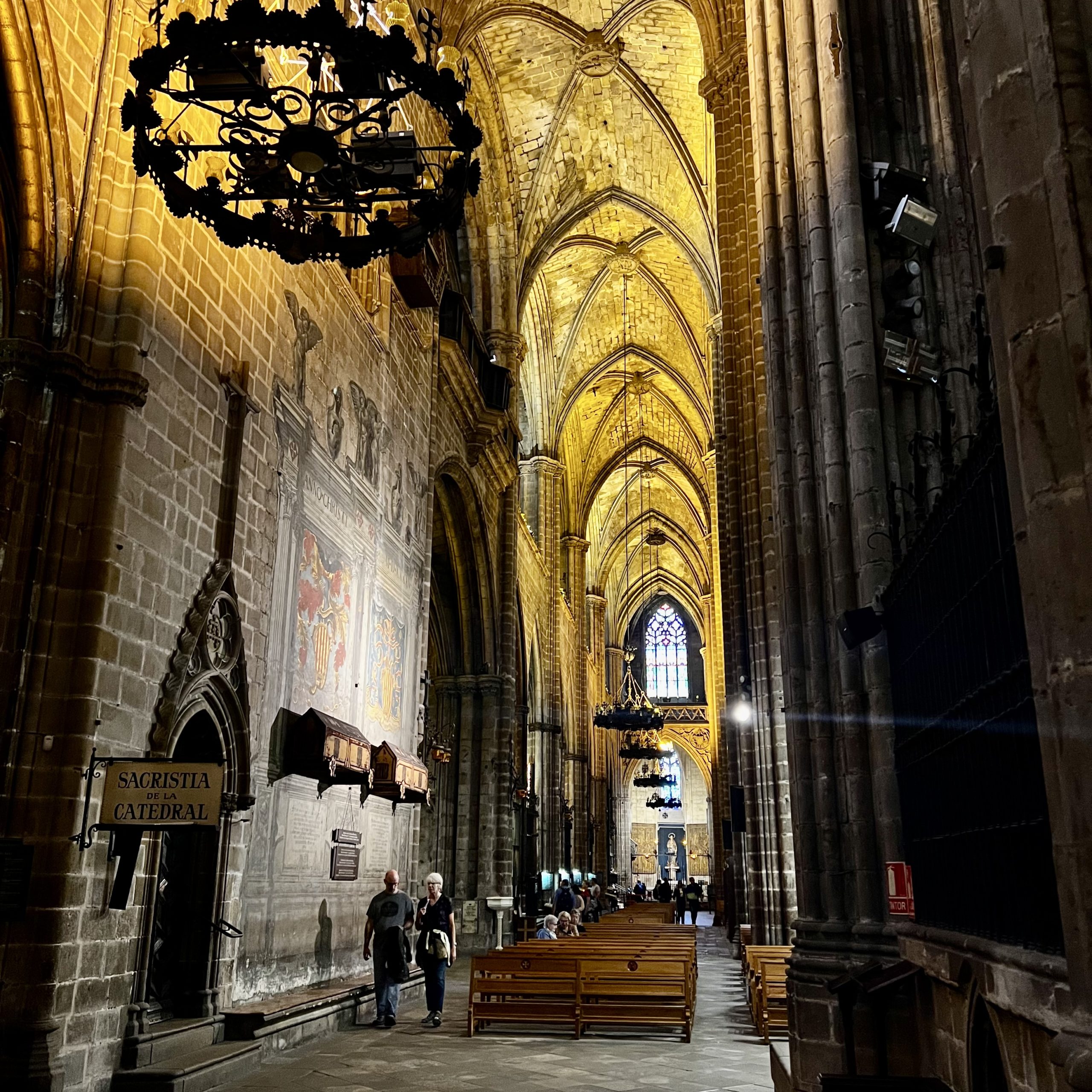
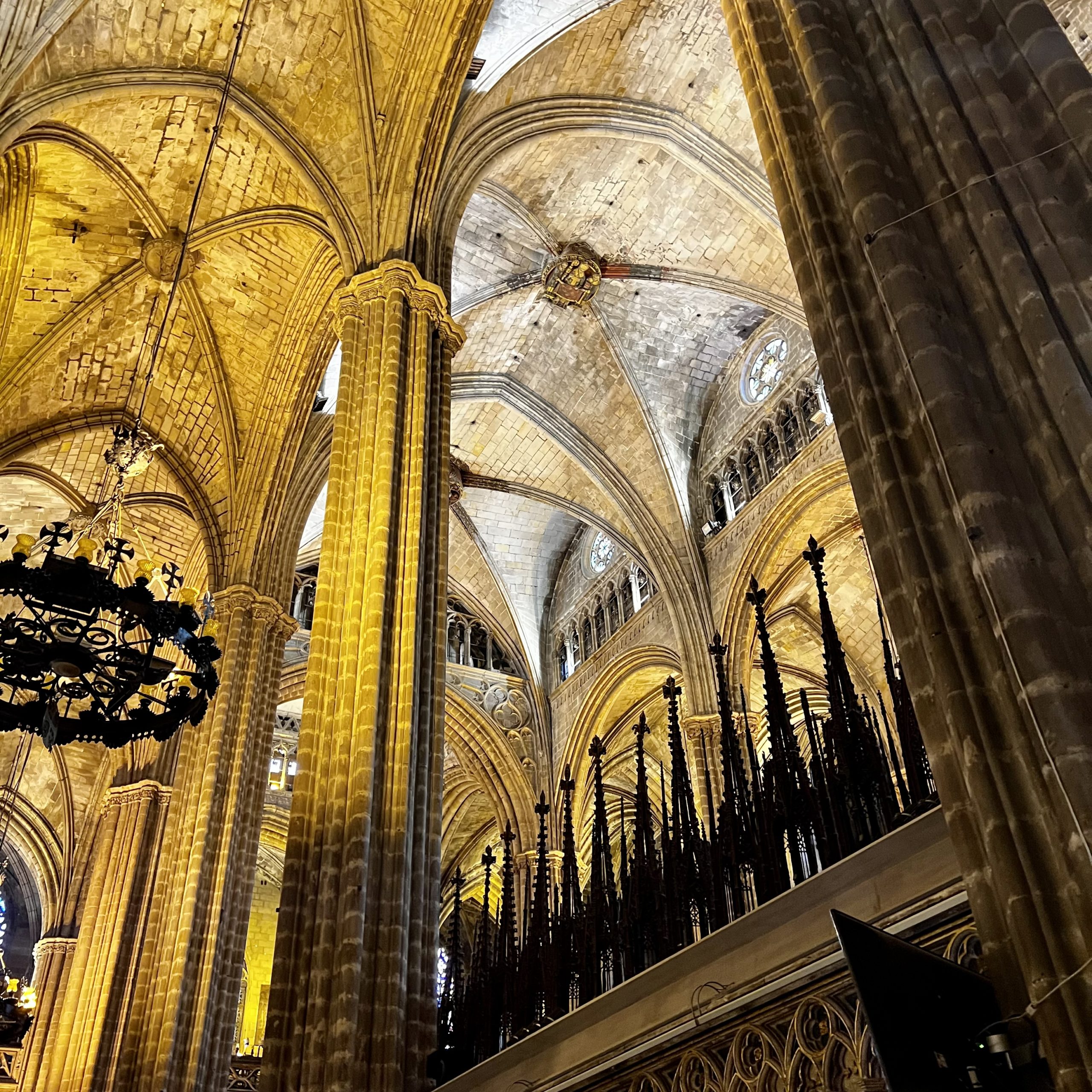
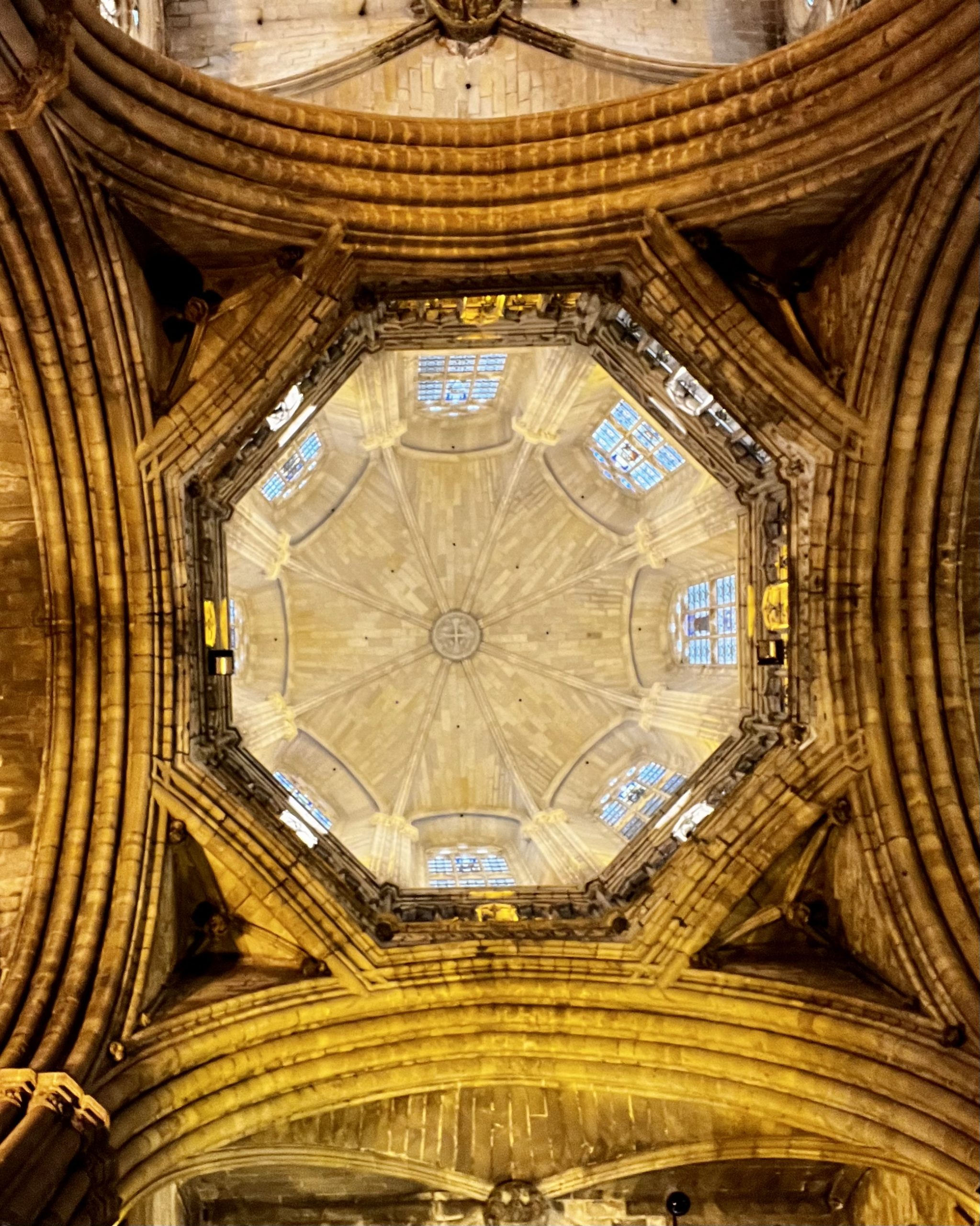
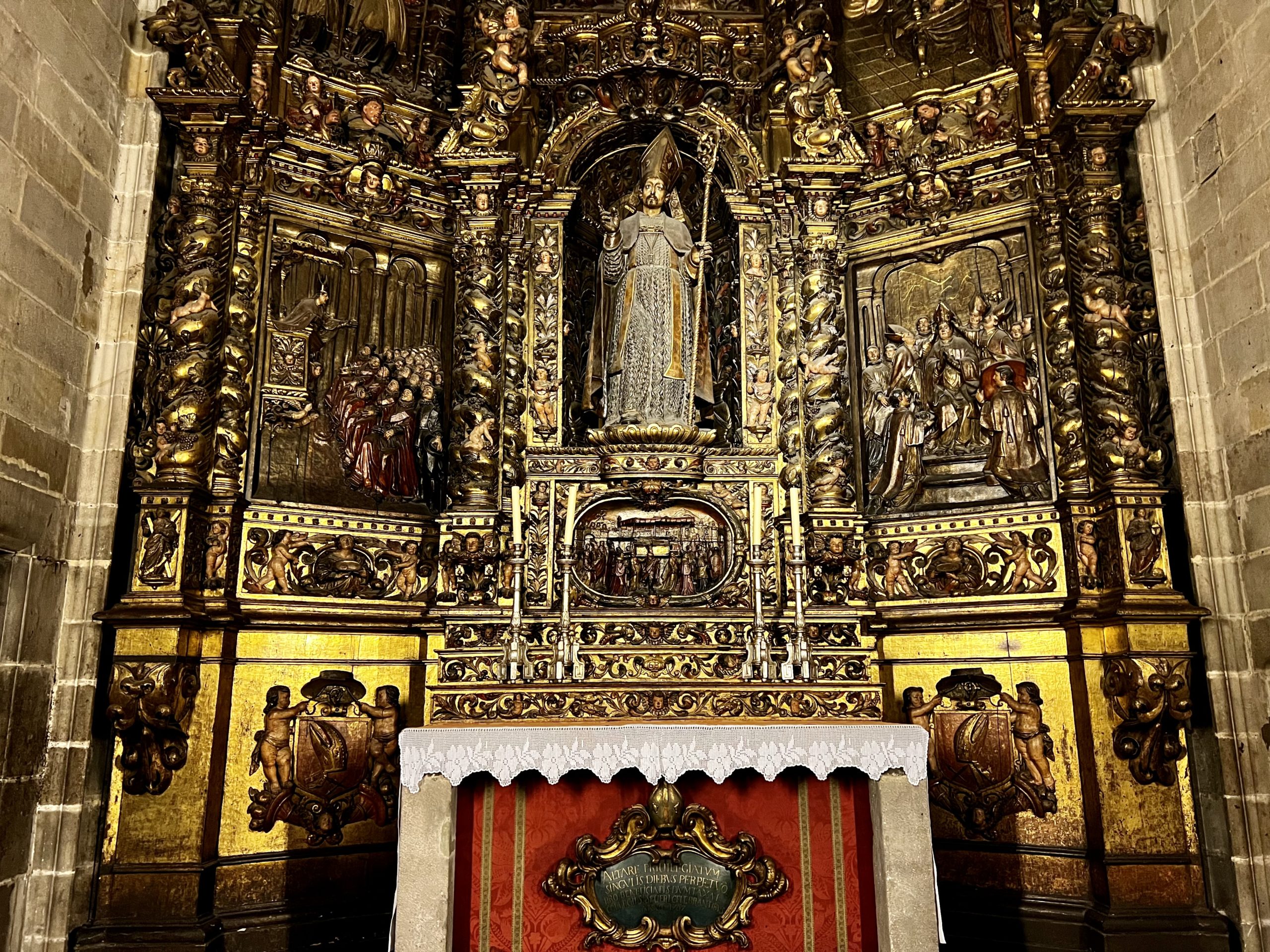
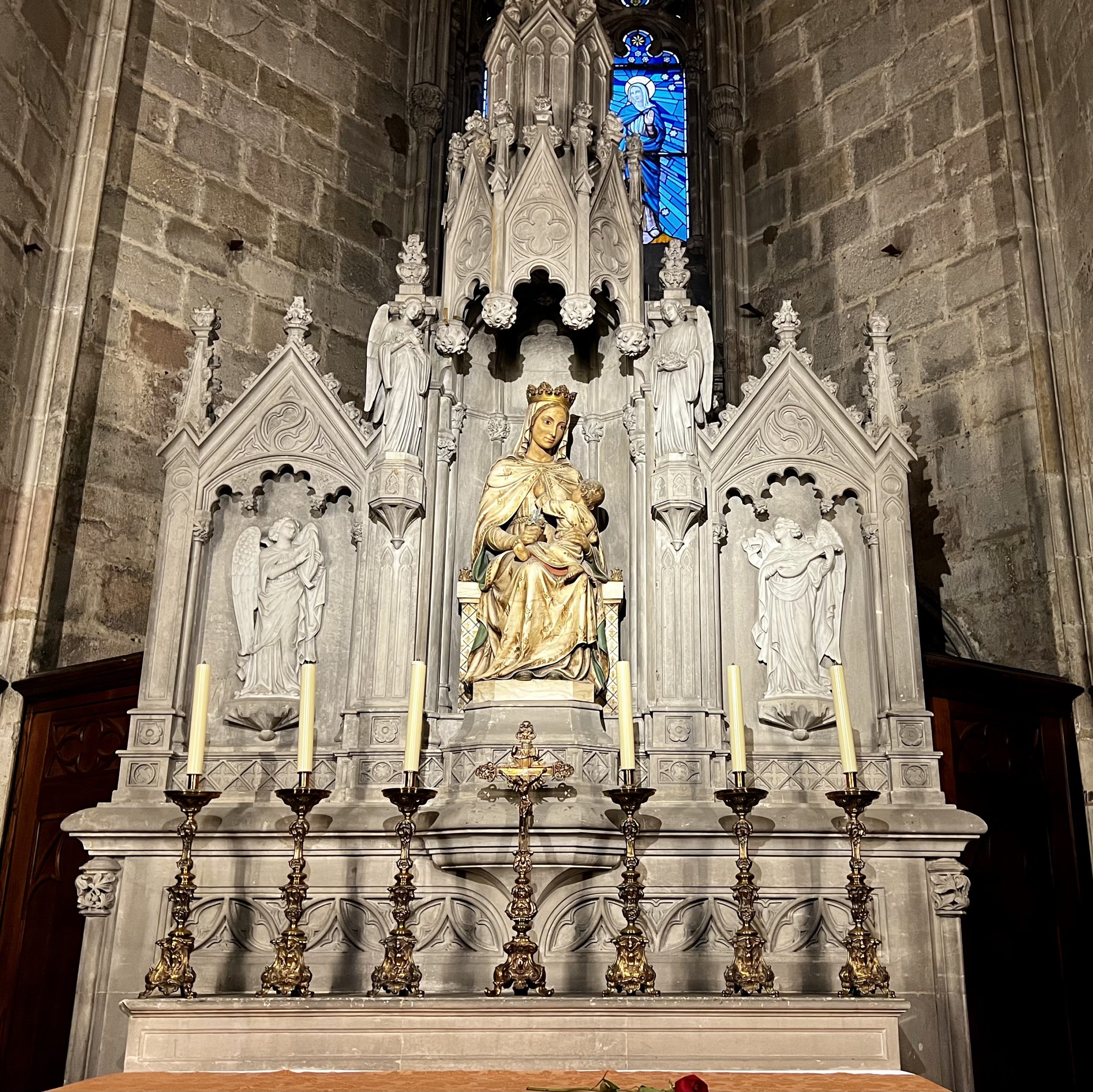
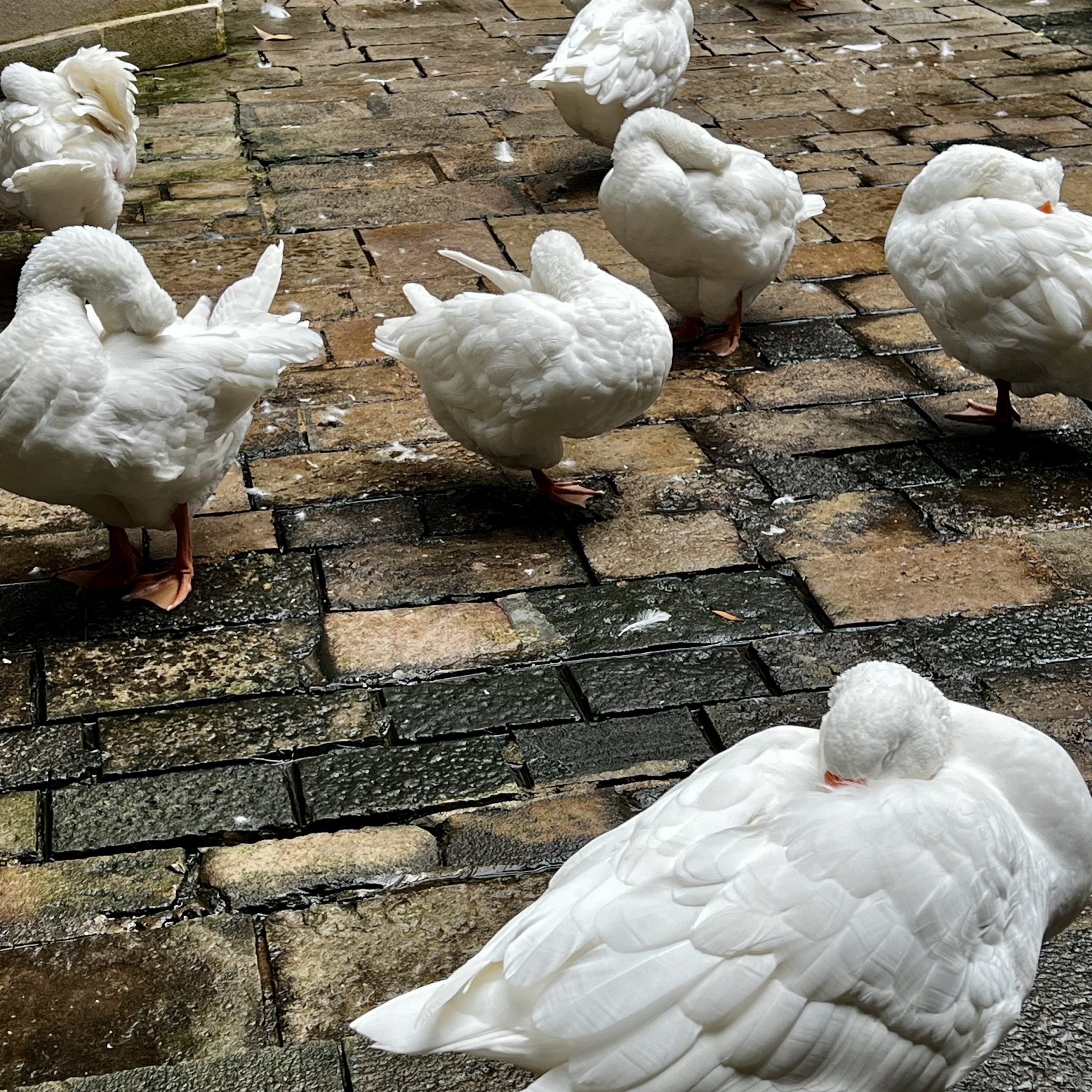
Basilica de la Sagrada Familia
Robert remembers during his first year at Cal hearing a professor talk about this work by Antoni Gaudi. The talk focused on the exterior and the unique method the architect used to determine the structure of the building. That only scratched the surface.
From afar, the exterior is an organic amalgam of intricate sculpted plants, animals, and sacred figures—some painted in bright colors. It is both enormous in scale and yet intimate in texture and the stories it tells. Walking into the Sagrada Familia is a visual slap in the face, because the style changes to Gaudi’s organic interpretation of Gothic and Art Nouveau. Some call the design Catalan Modernism. The interior is difficult to describe and best seen in person. Second best in the photos below. Gaudi worked on the basilica from 1894 his death in 1926 at age 73. When the director of the Barcelona Architectural School handed Gaudi his diploma, he said We have given this academic title either to a fool or a genius. Time will show. Very appropriate.
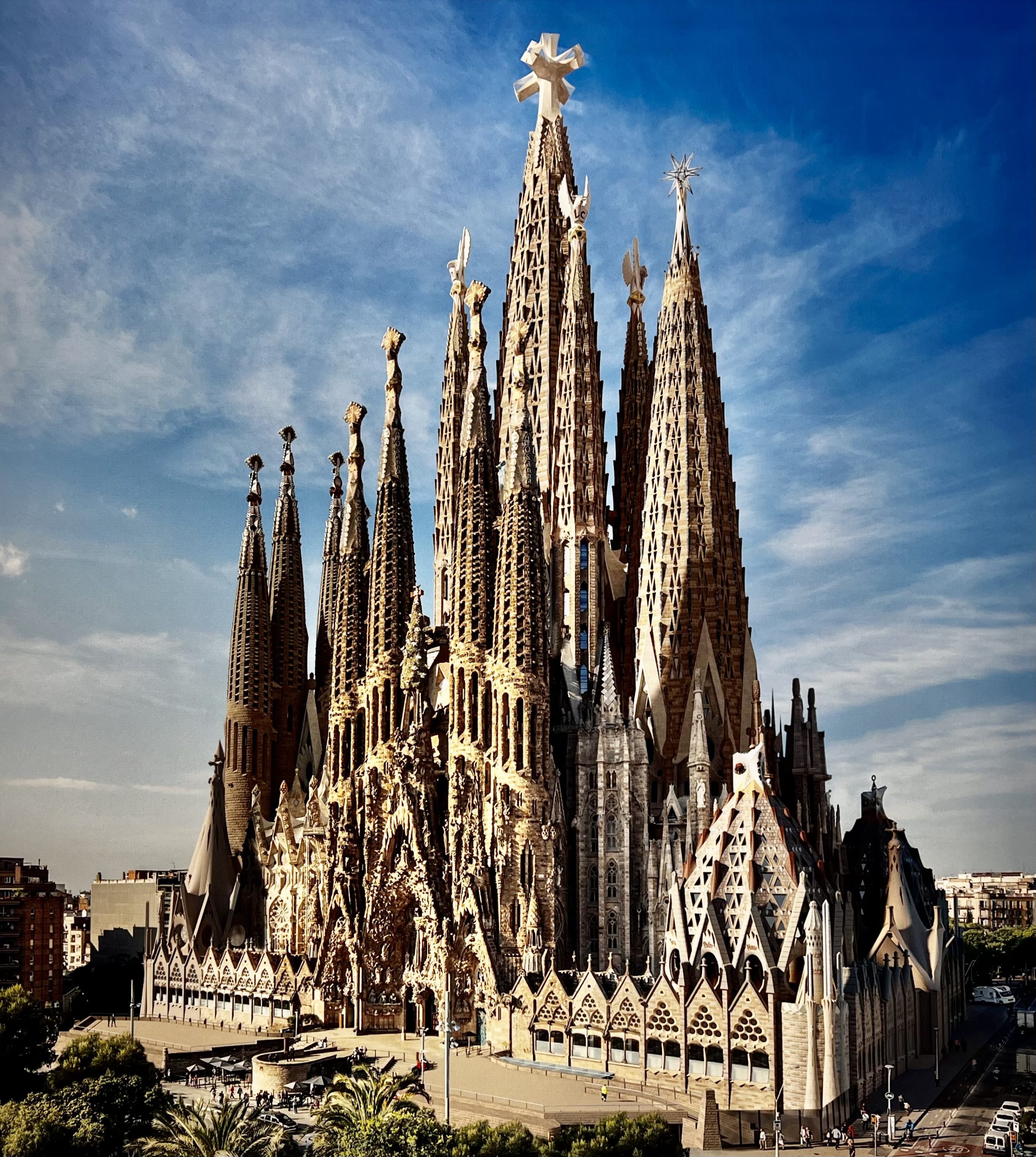
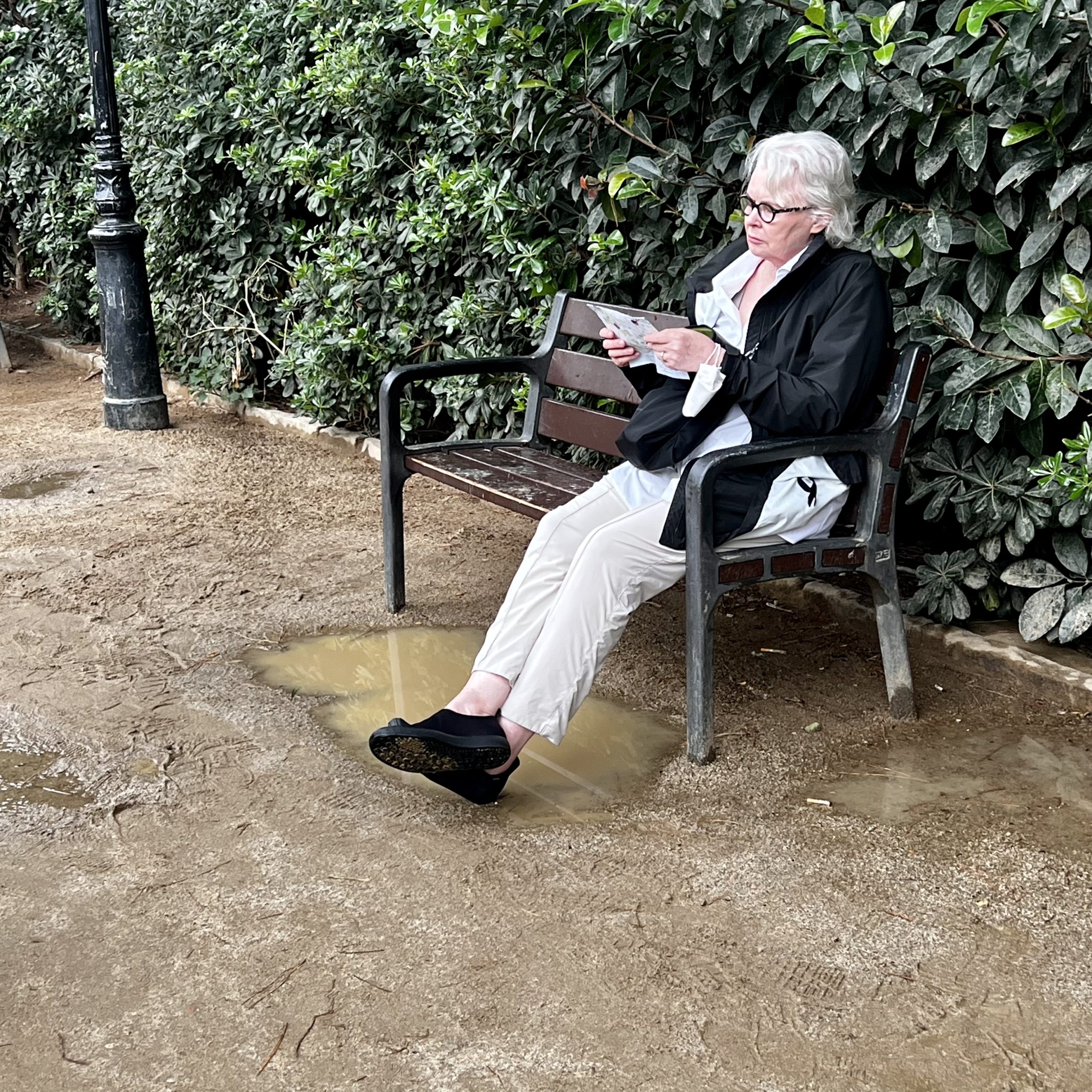
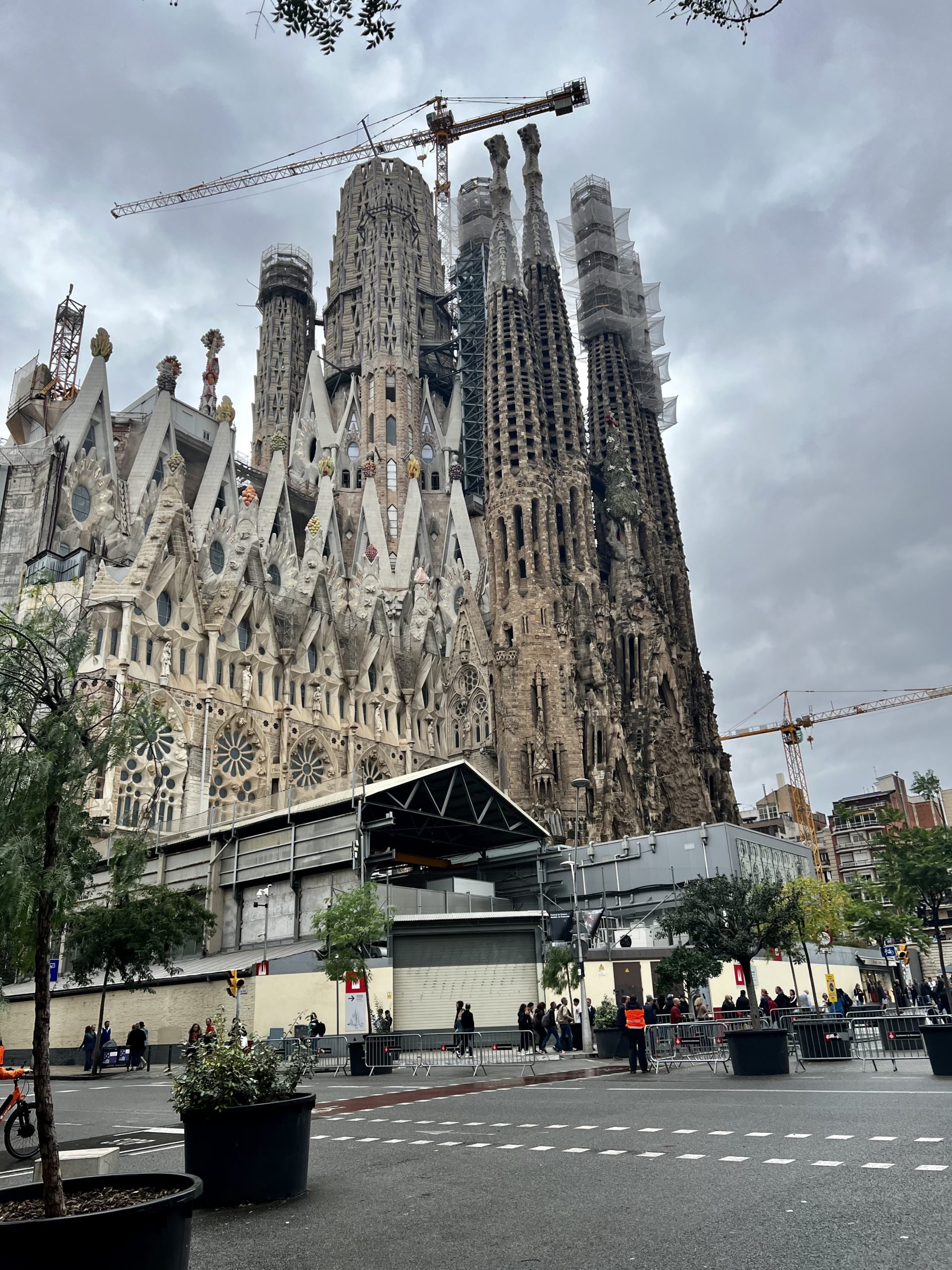
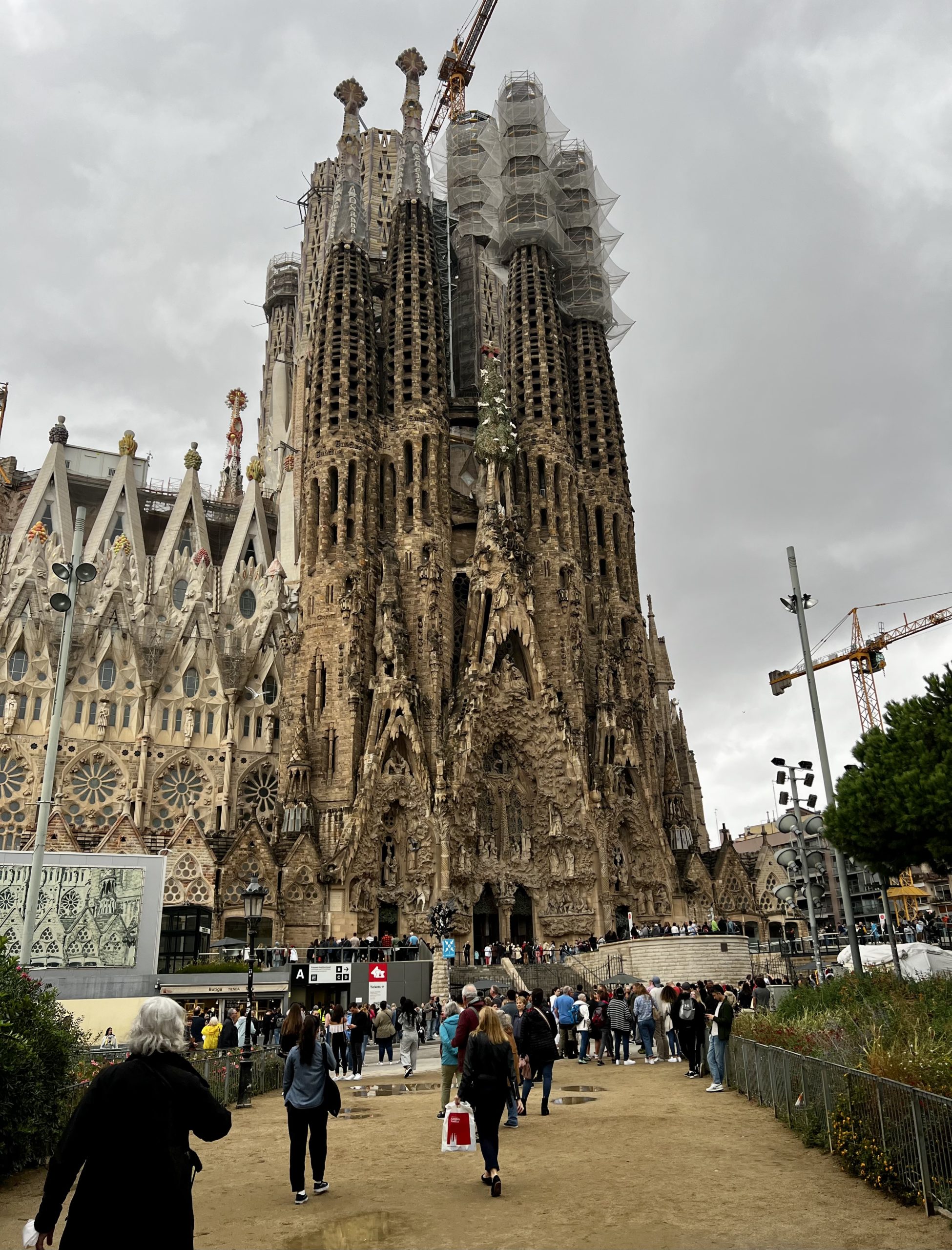
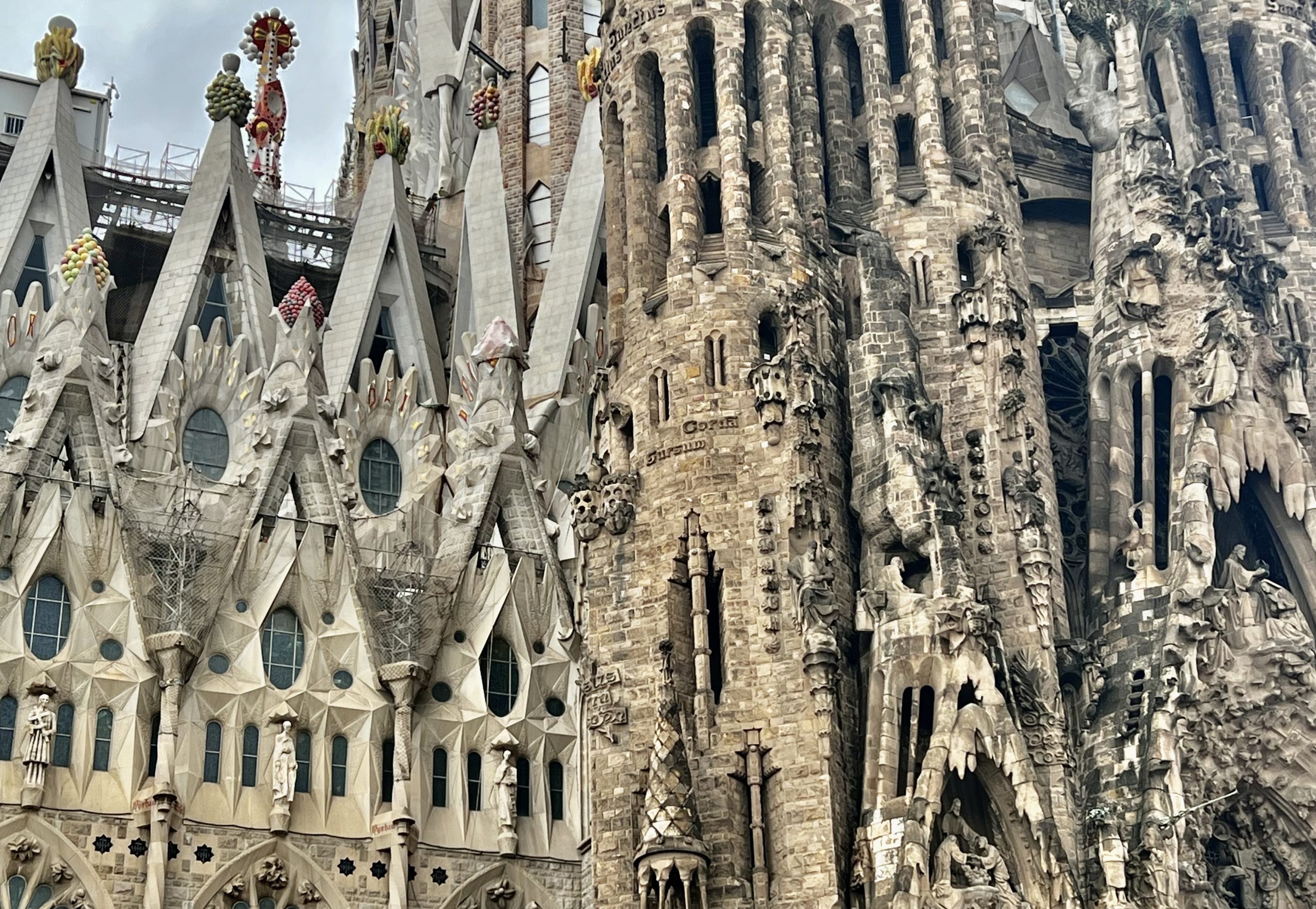

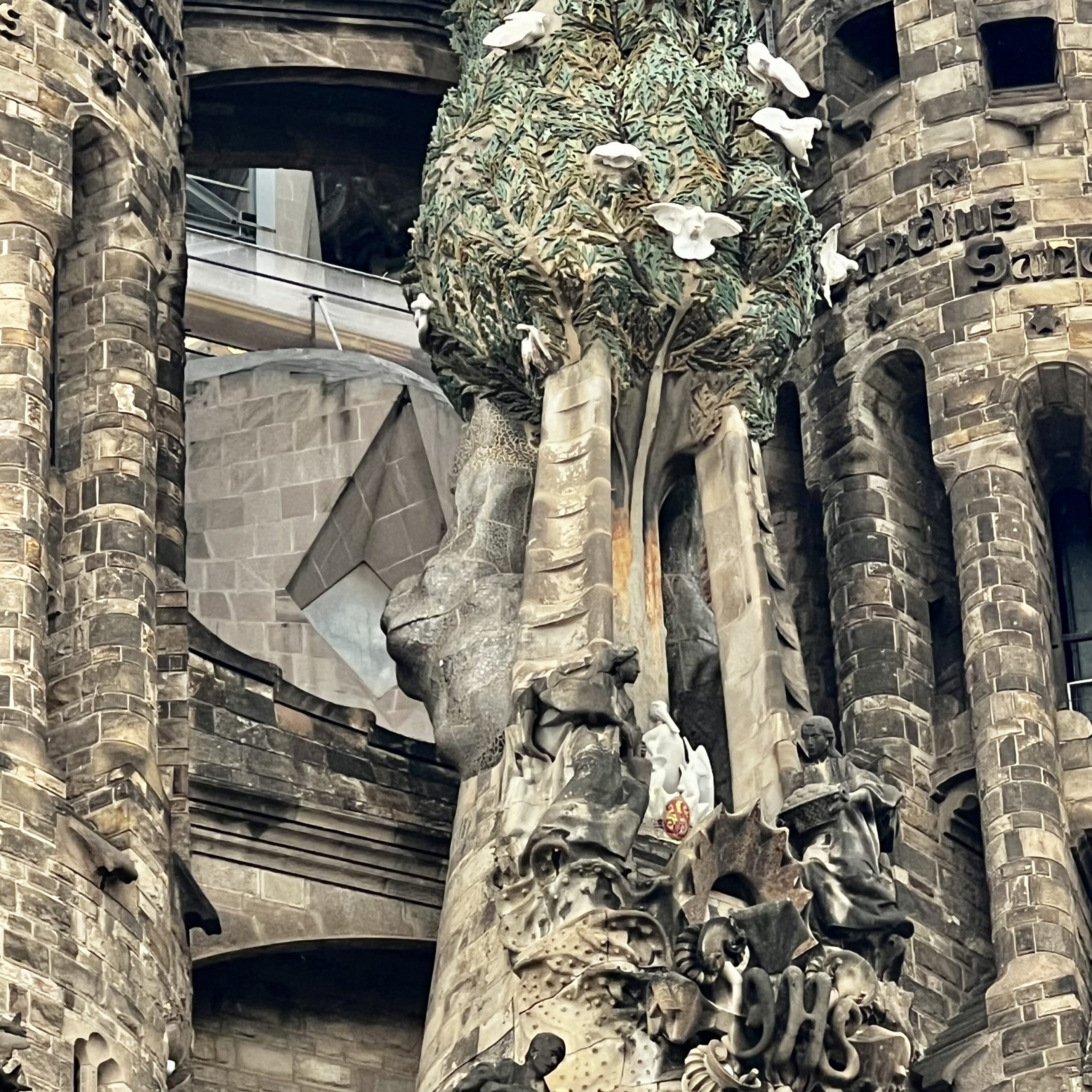
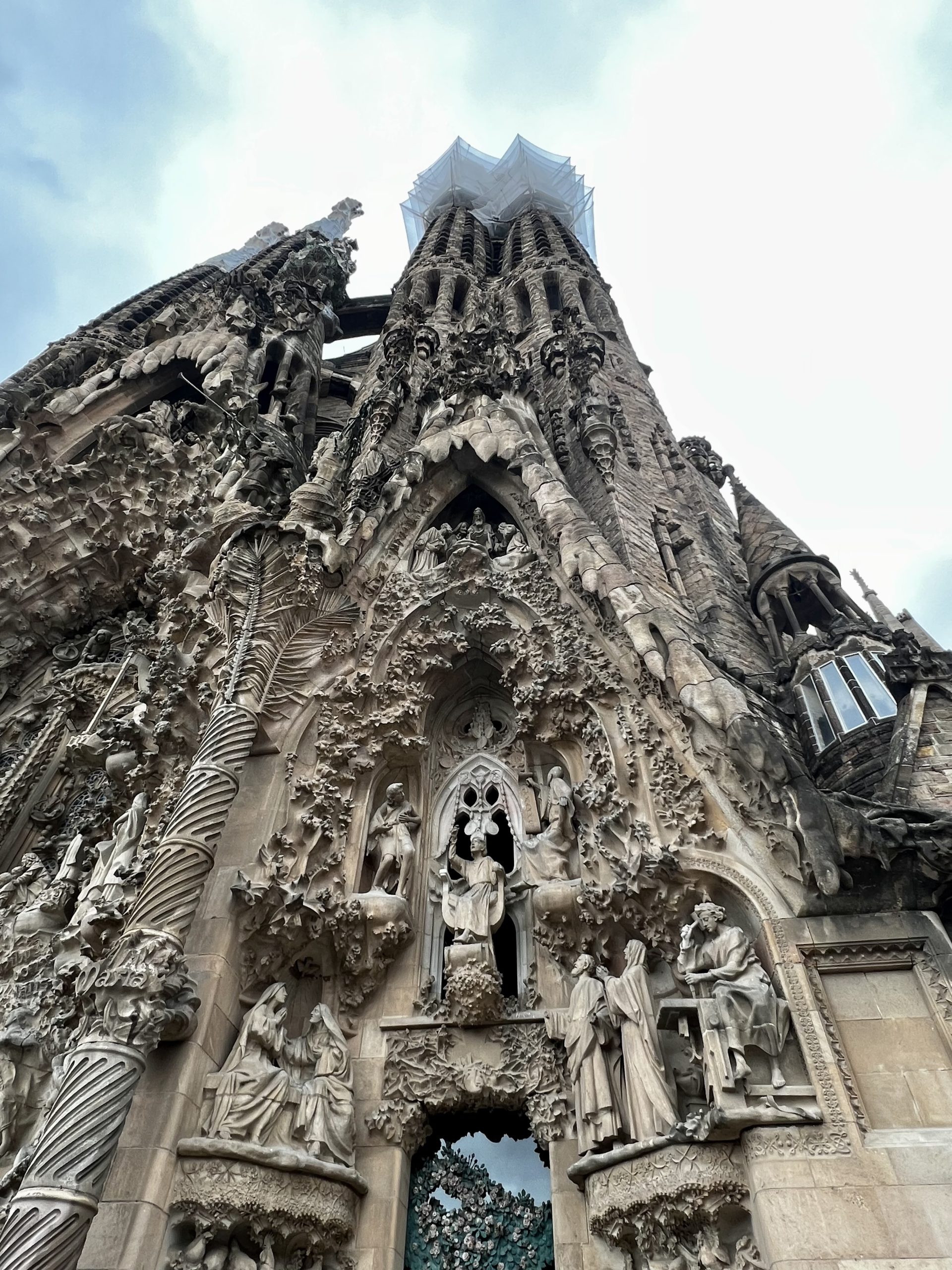
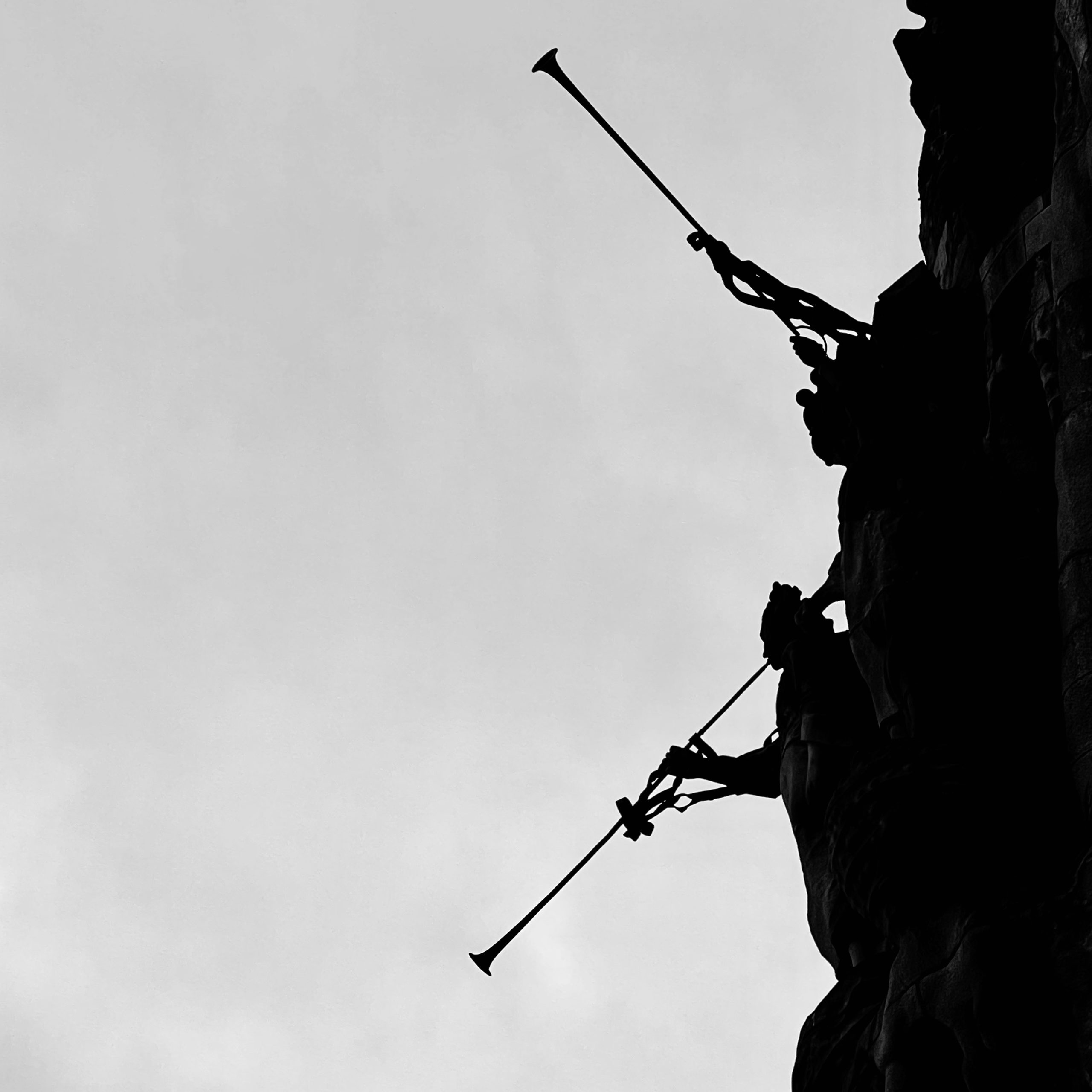
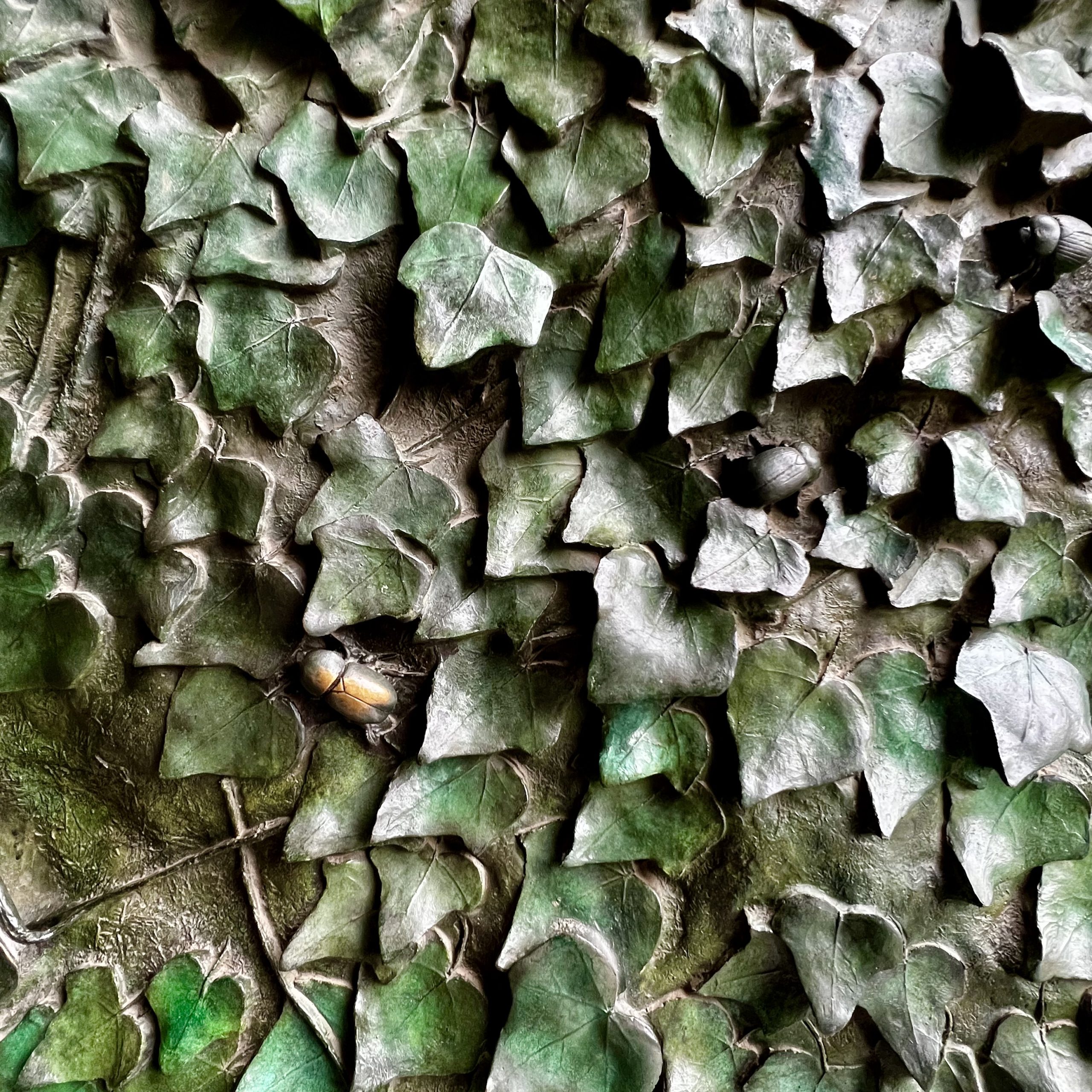
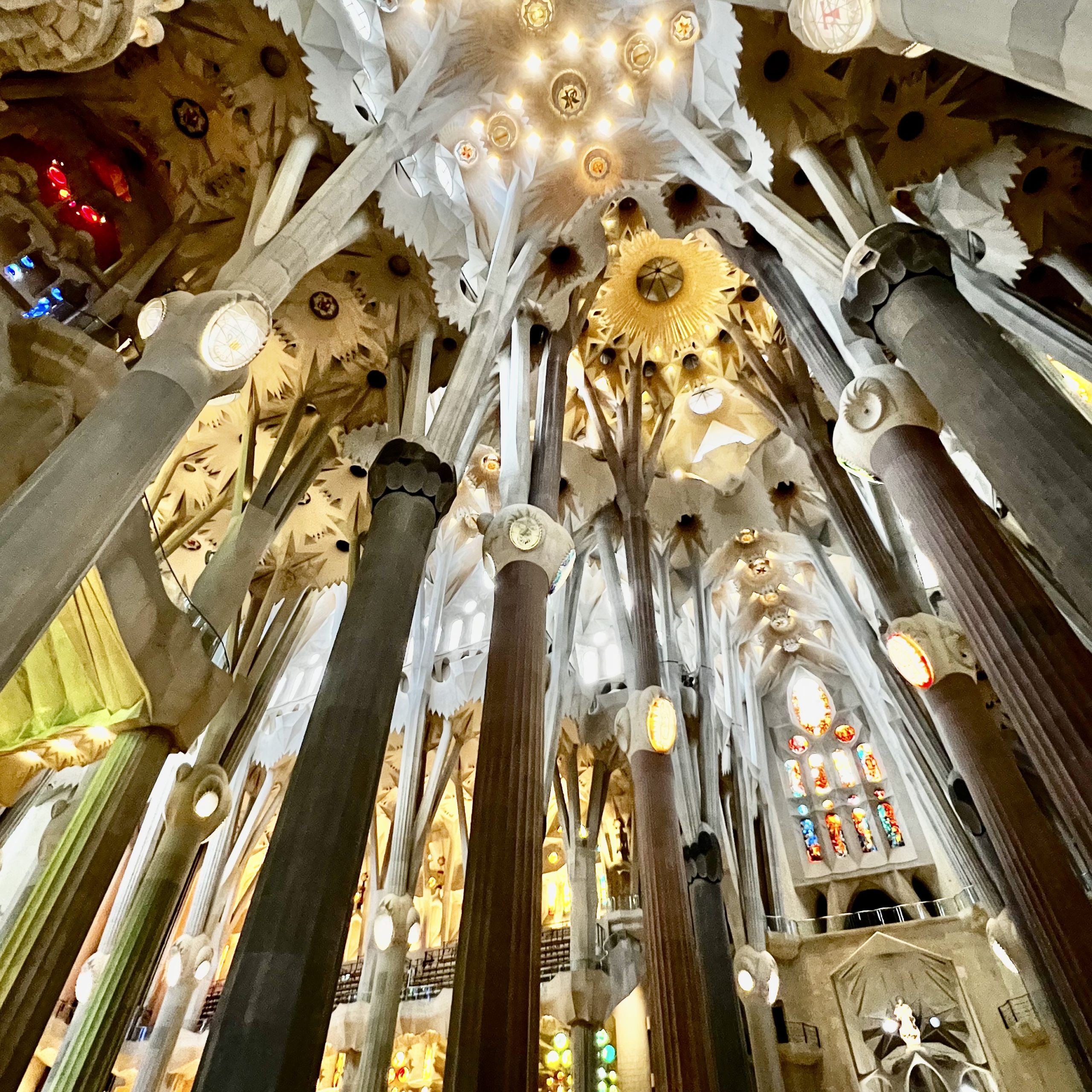
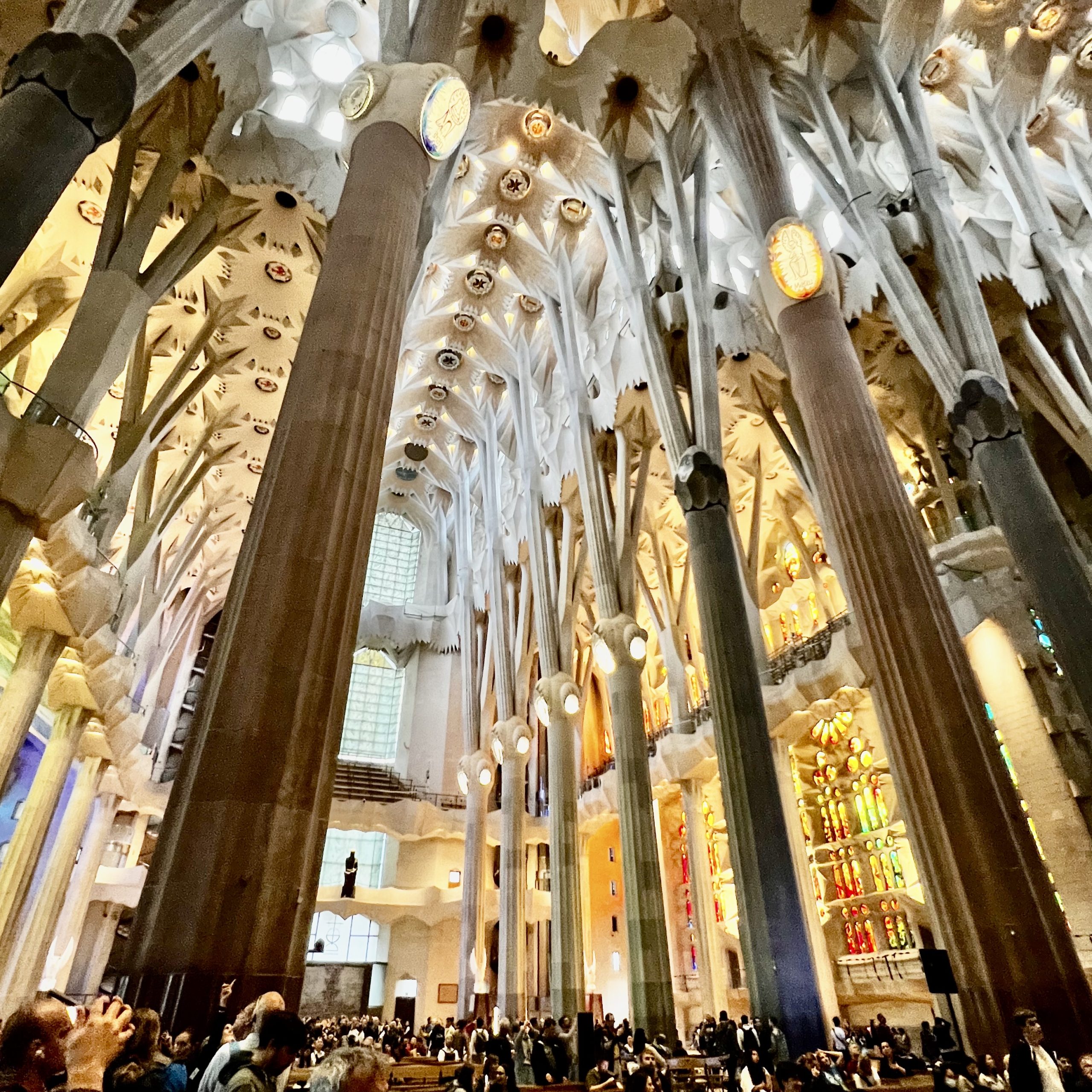

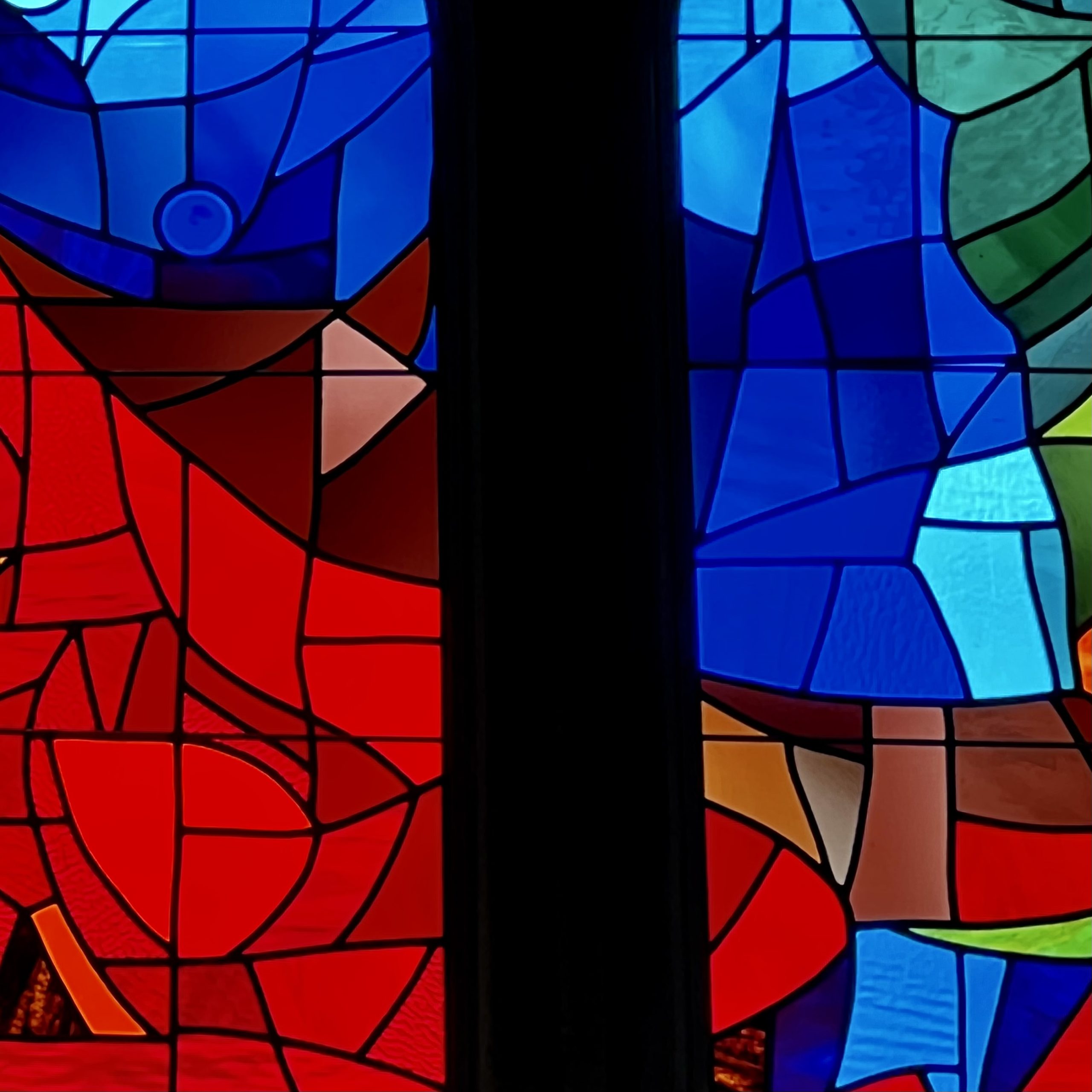
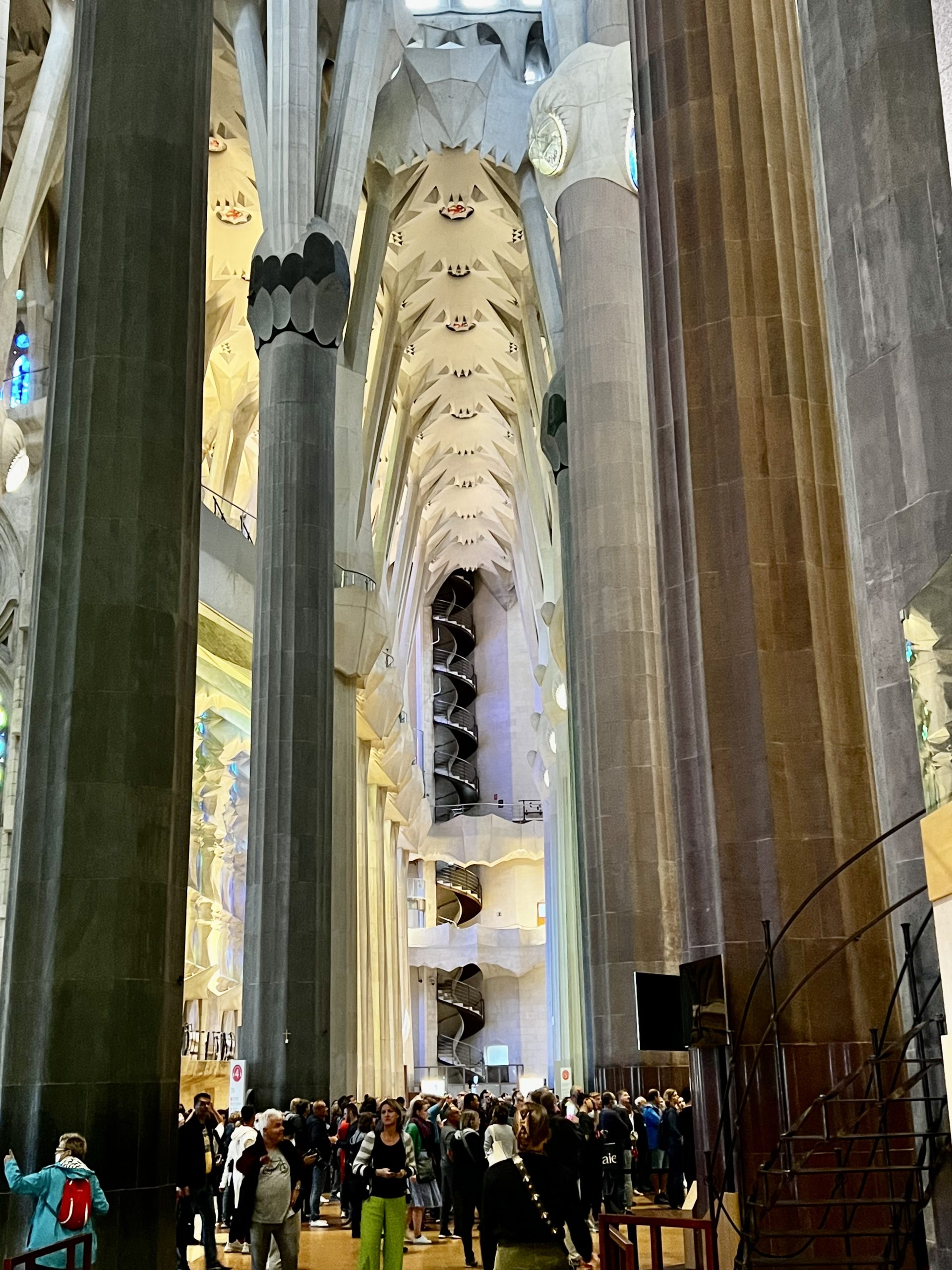
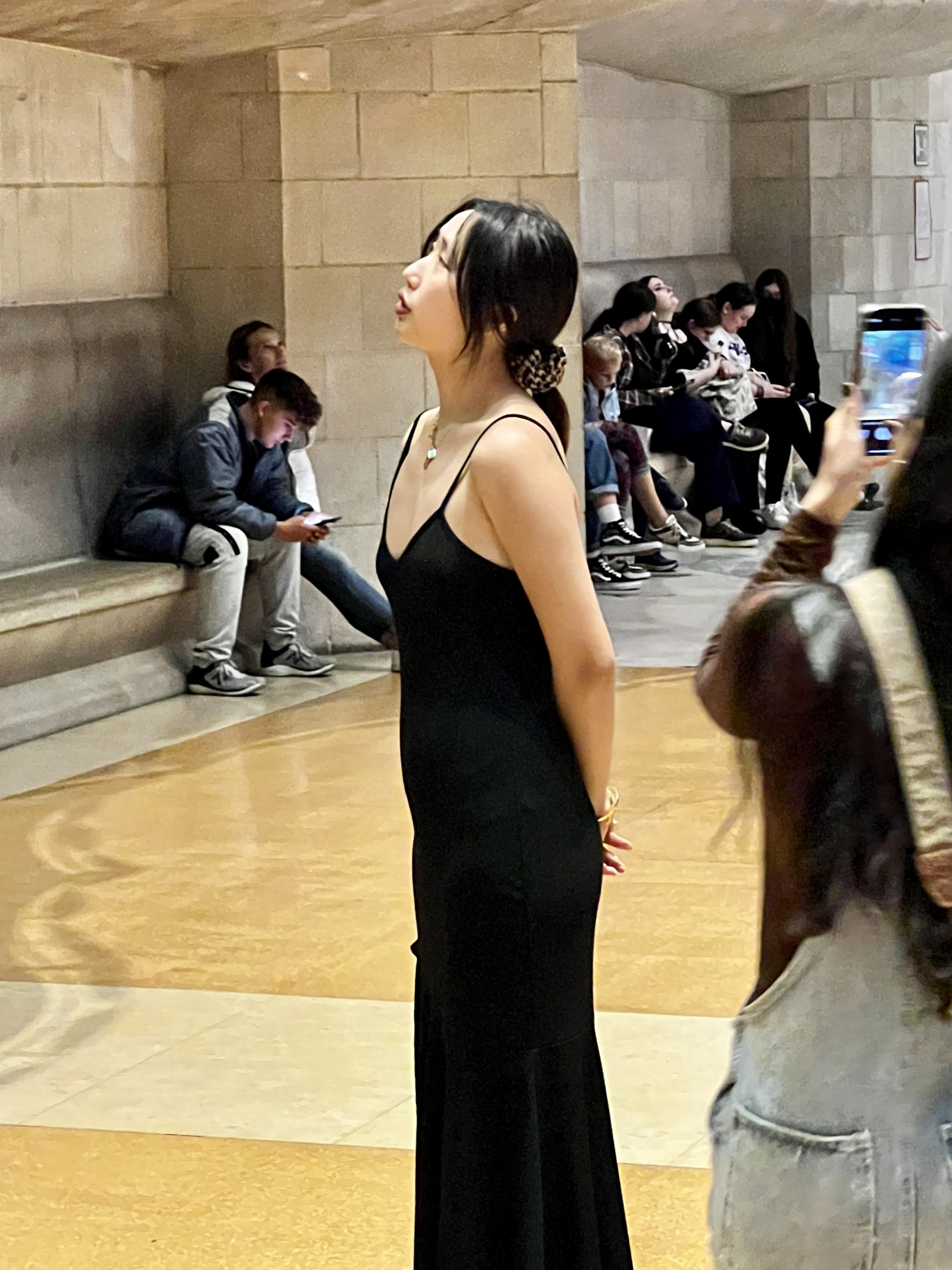
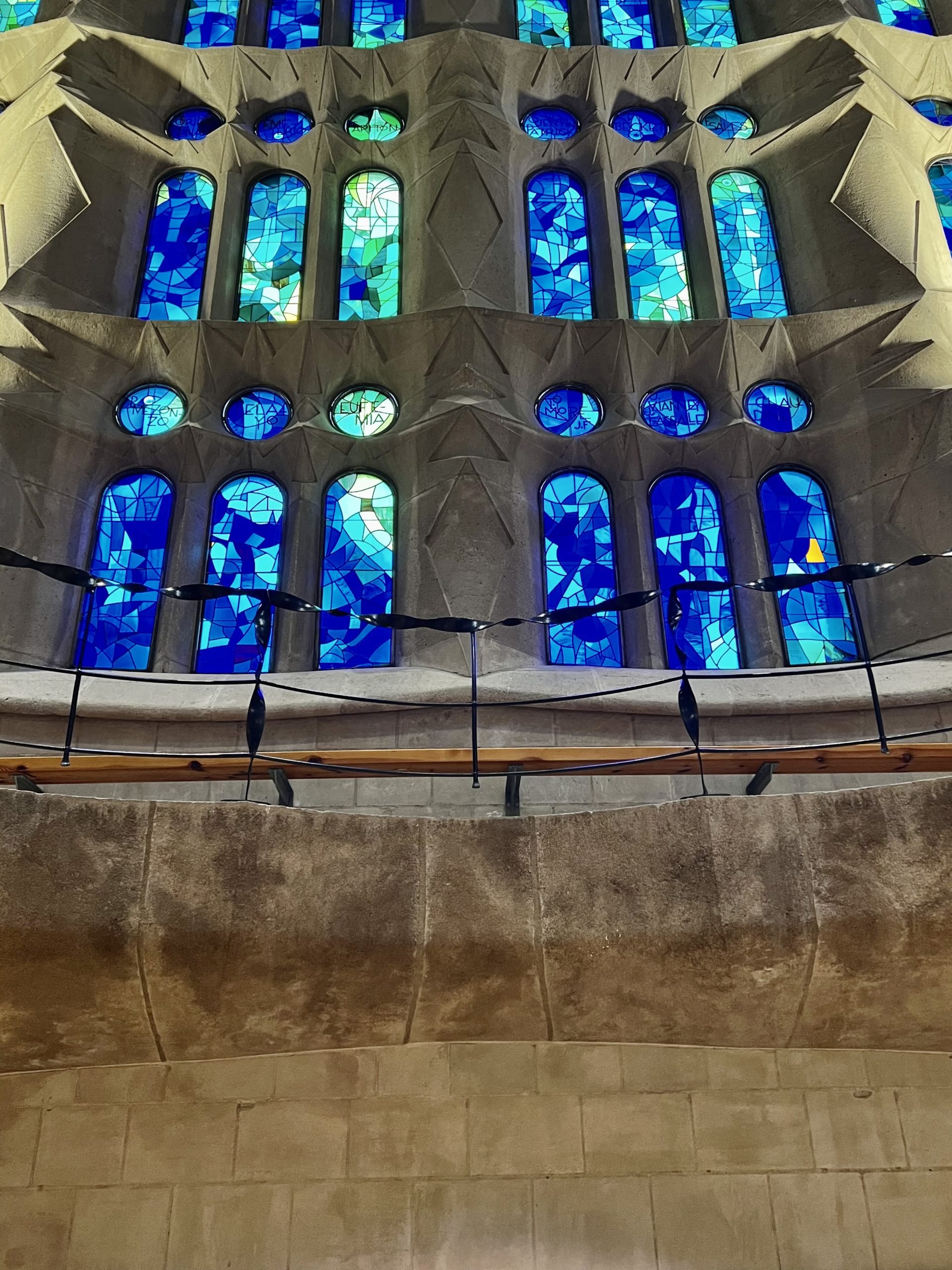
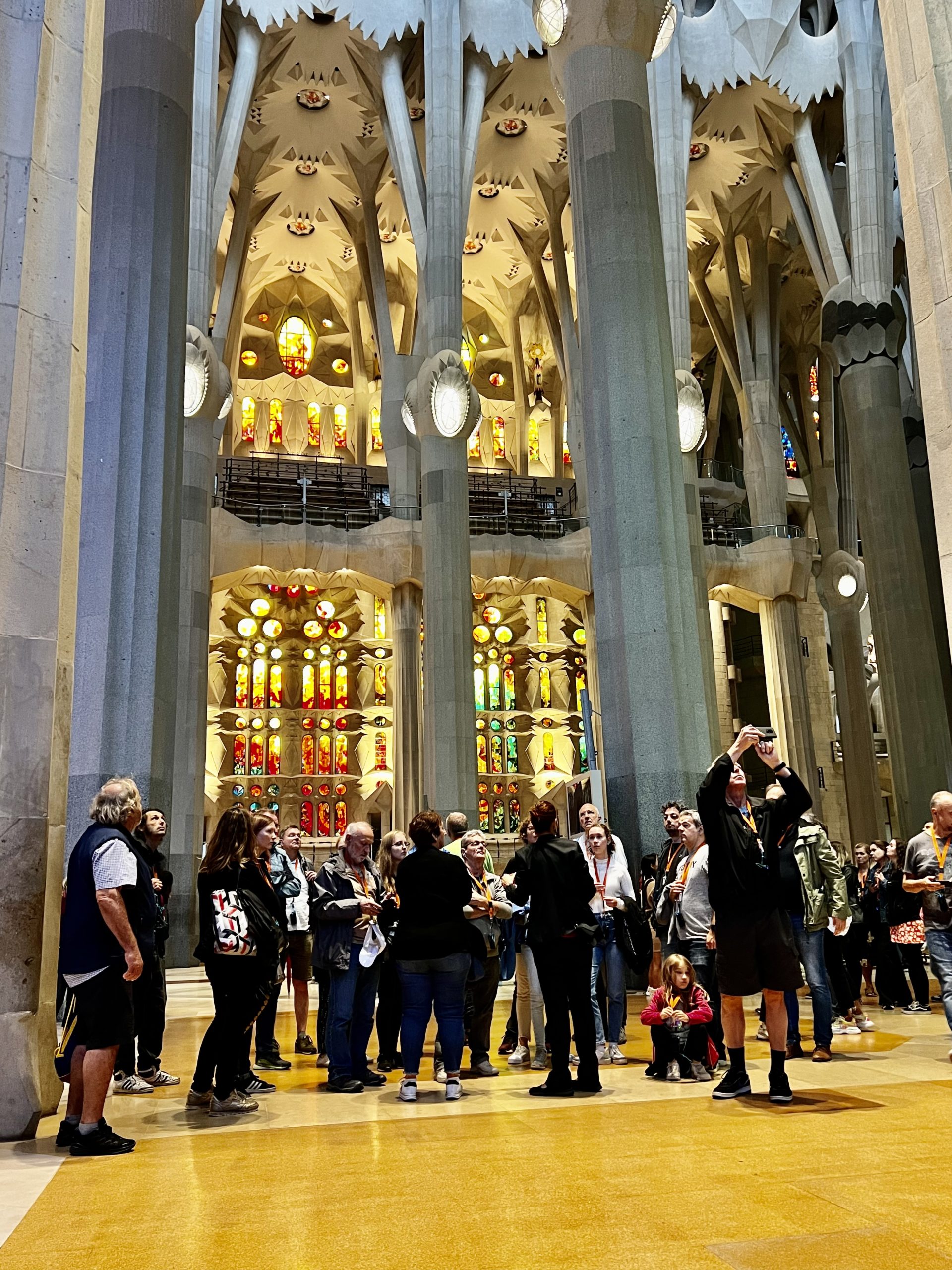
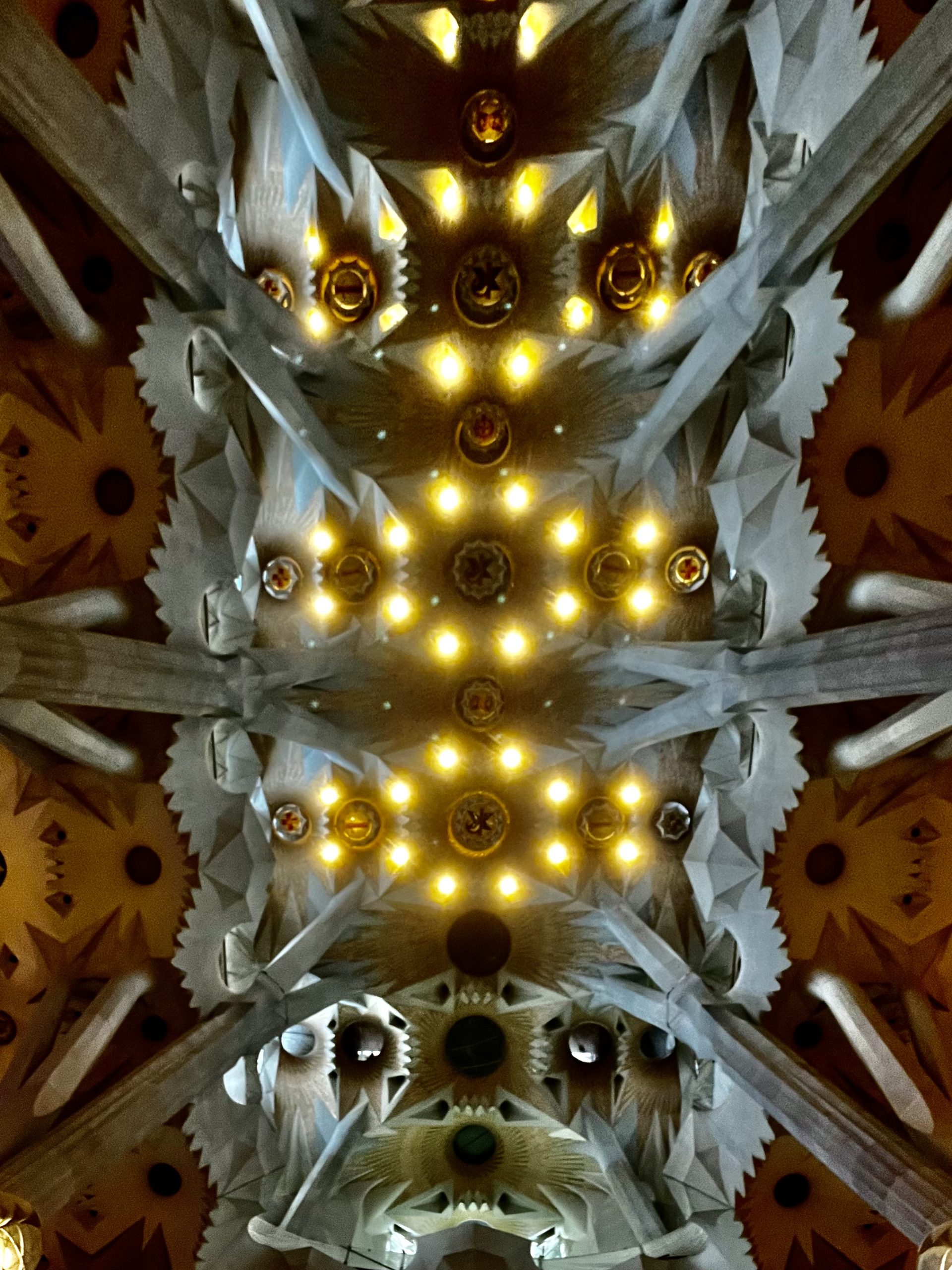
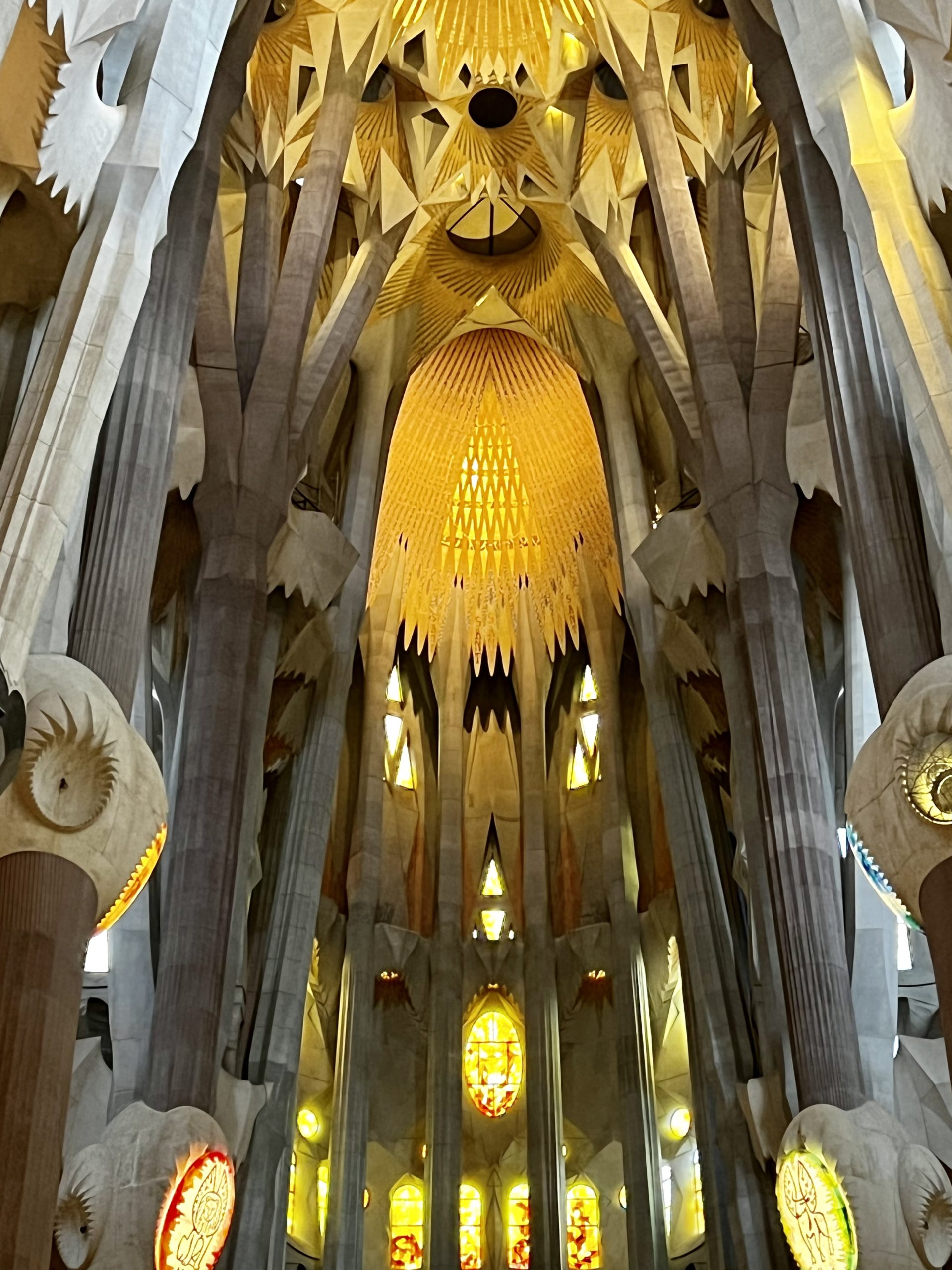
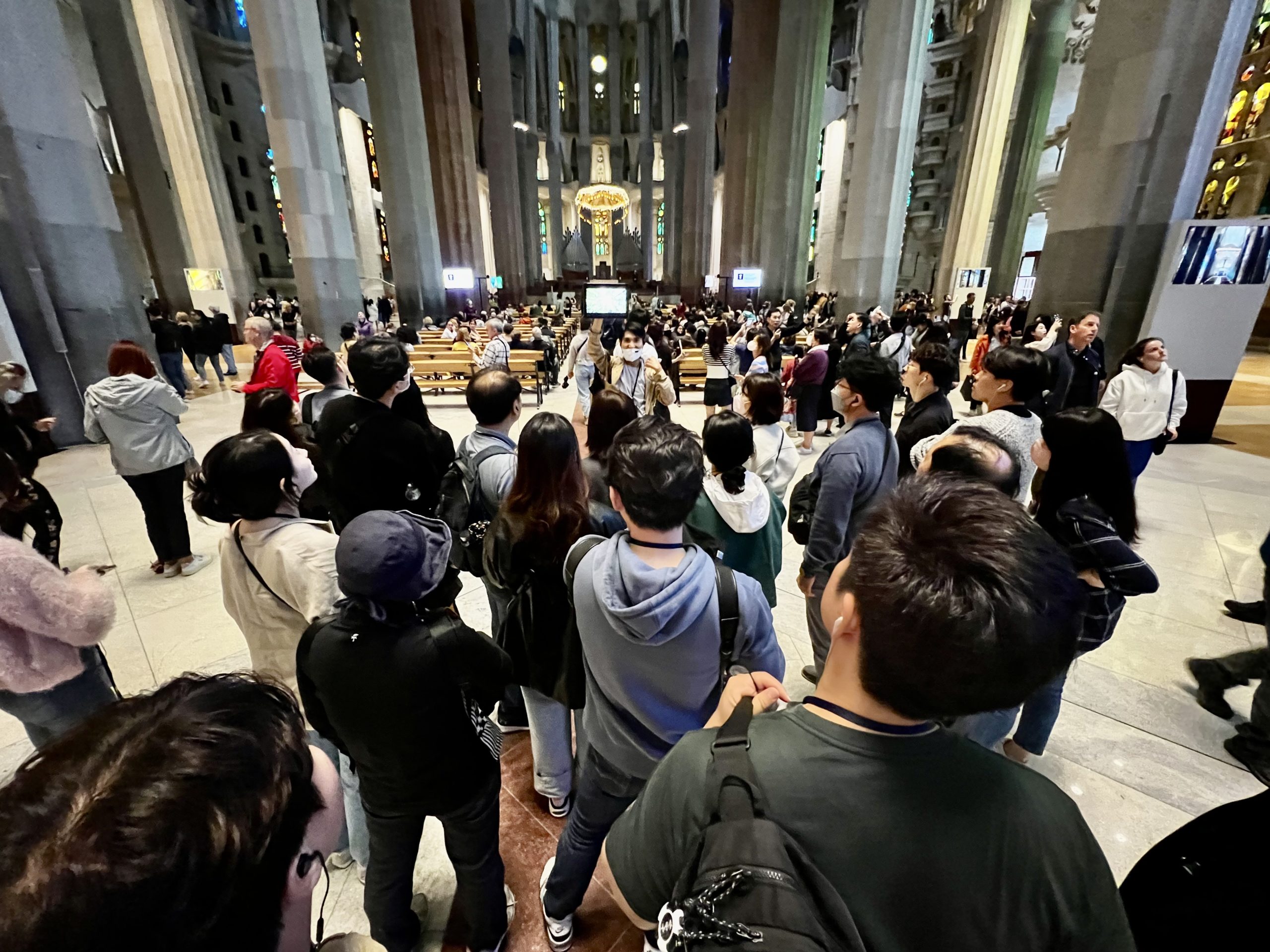
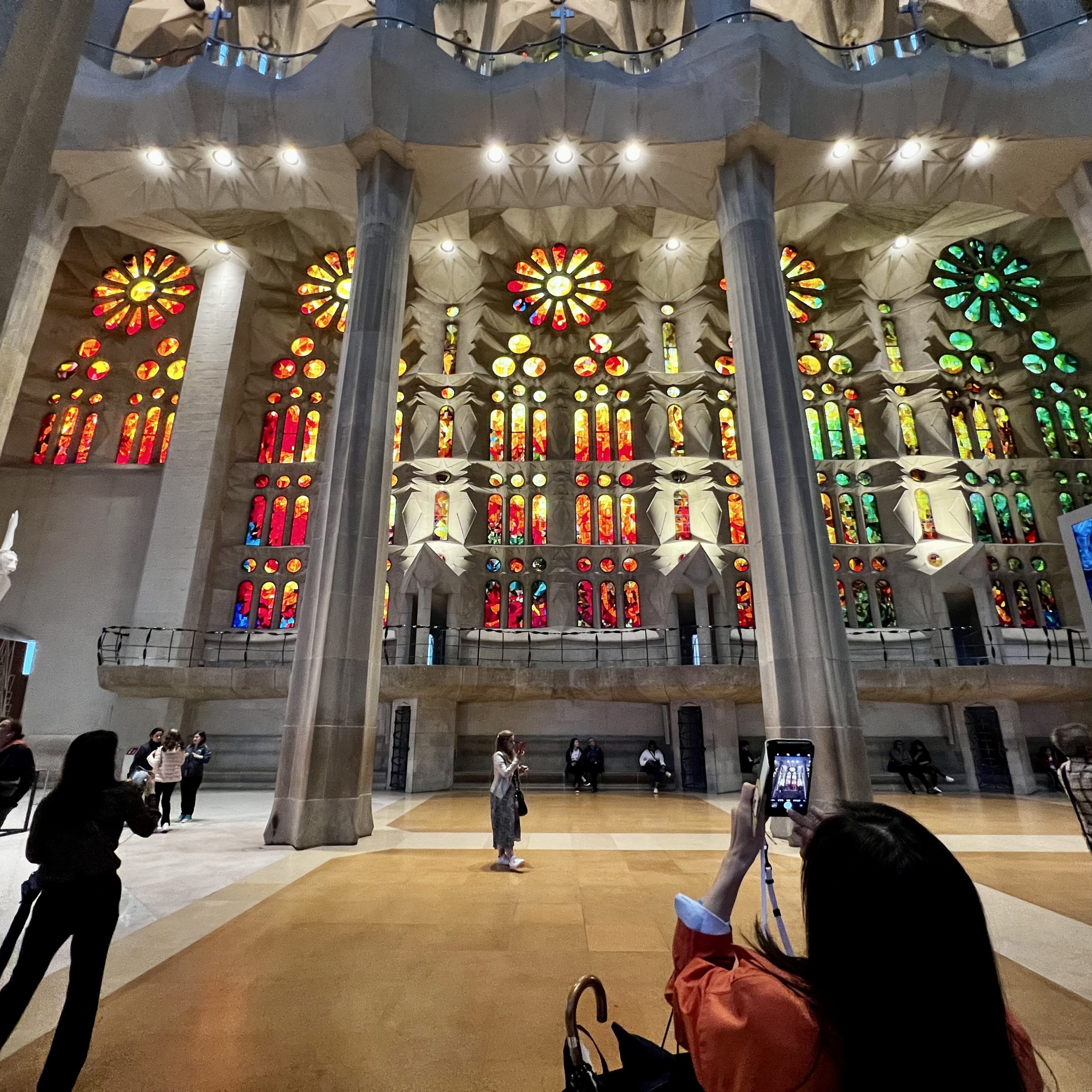
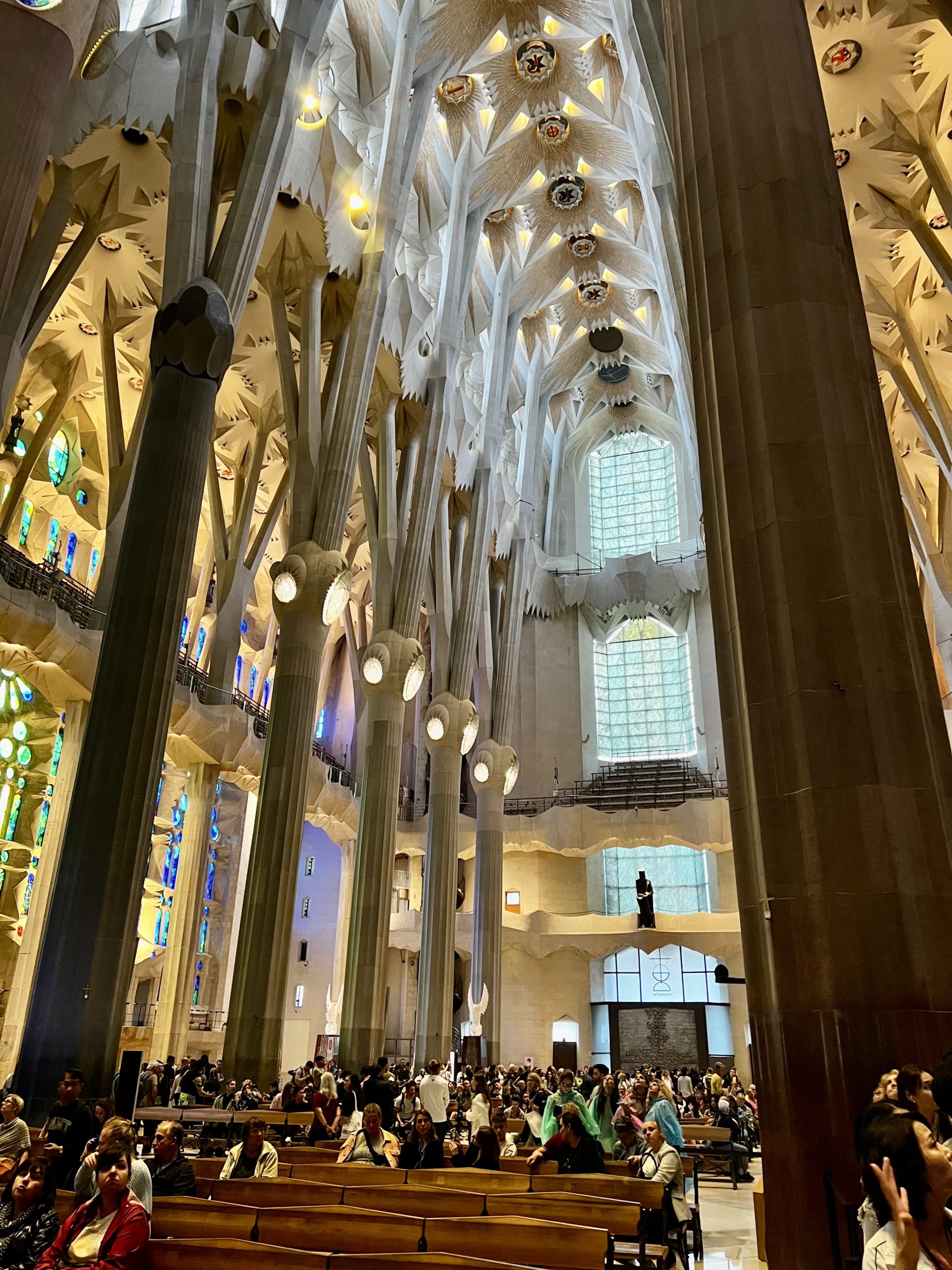
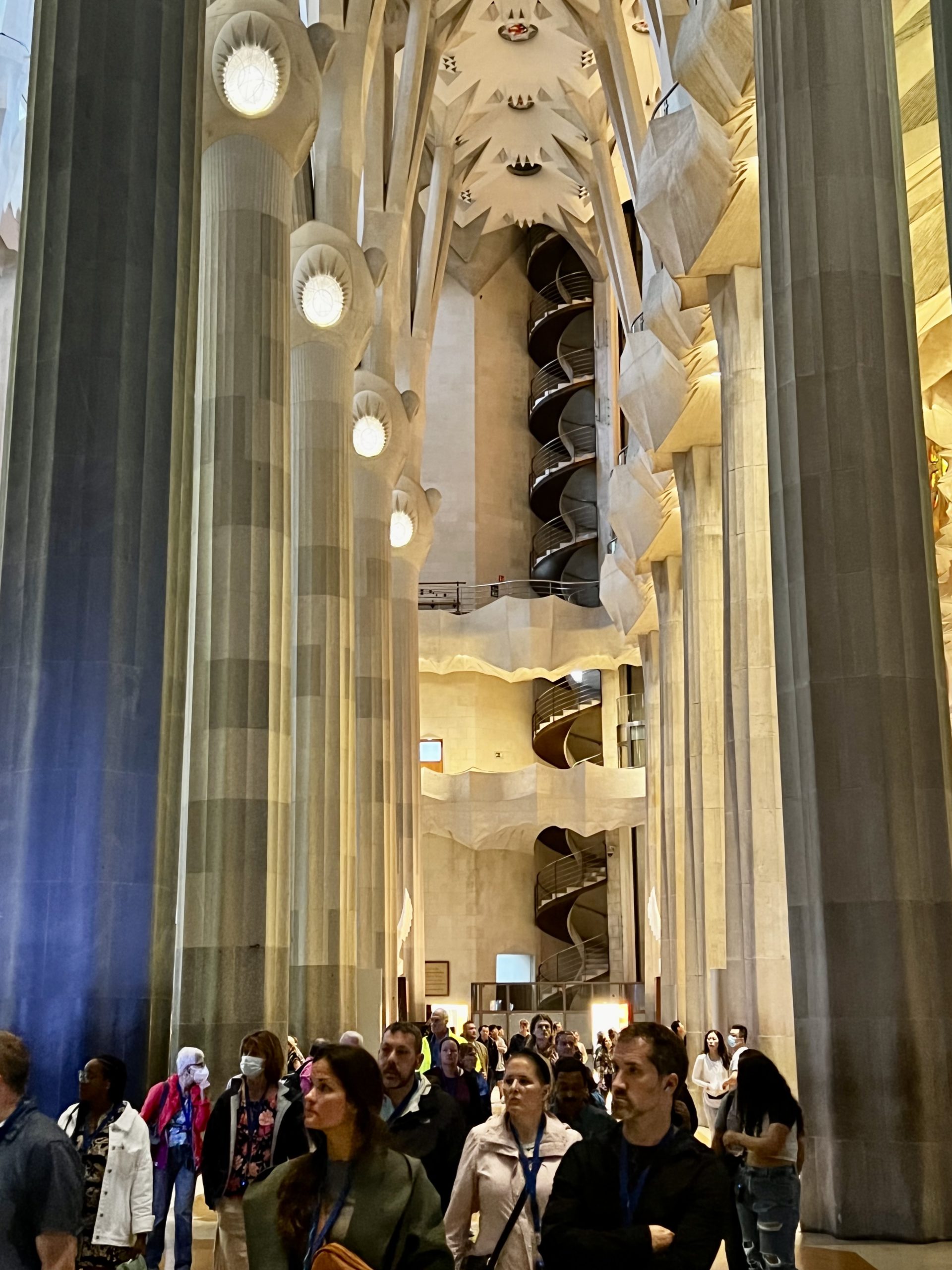
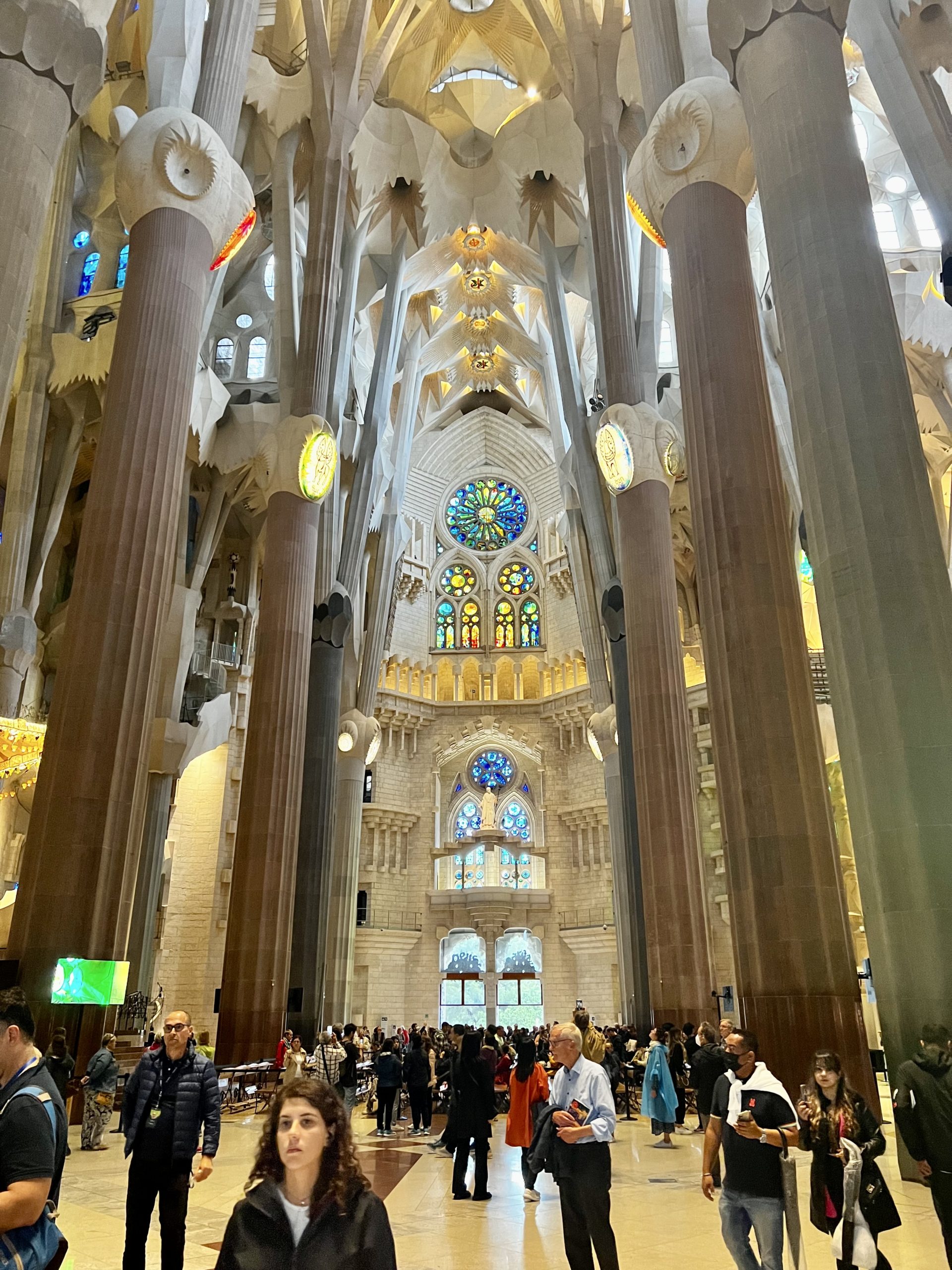


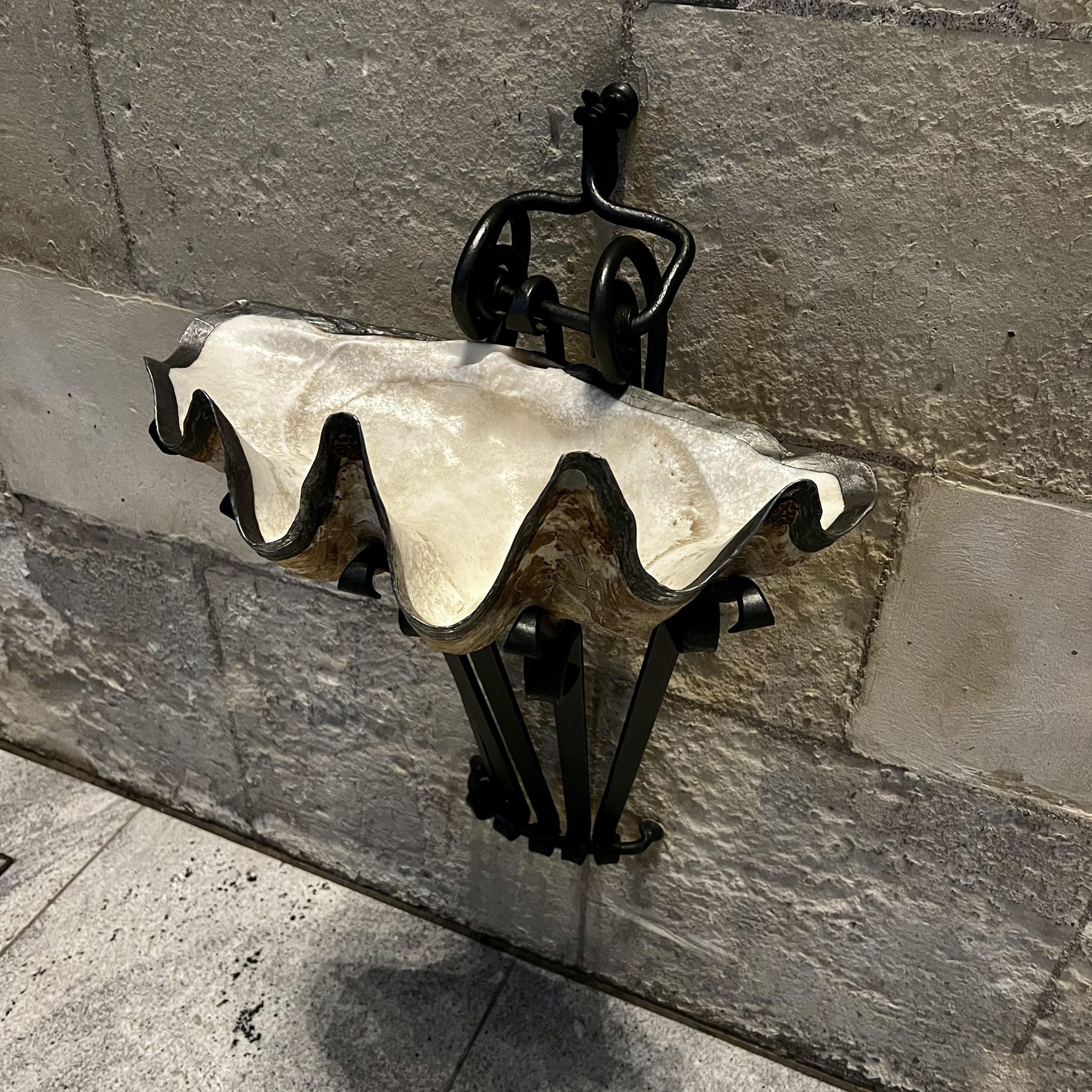
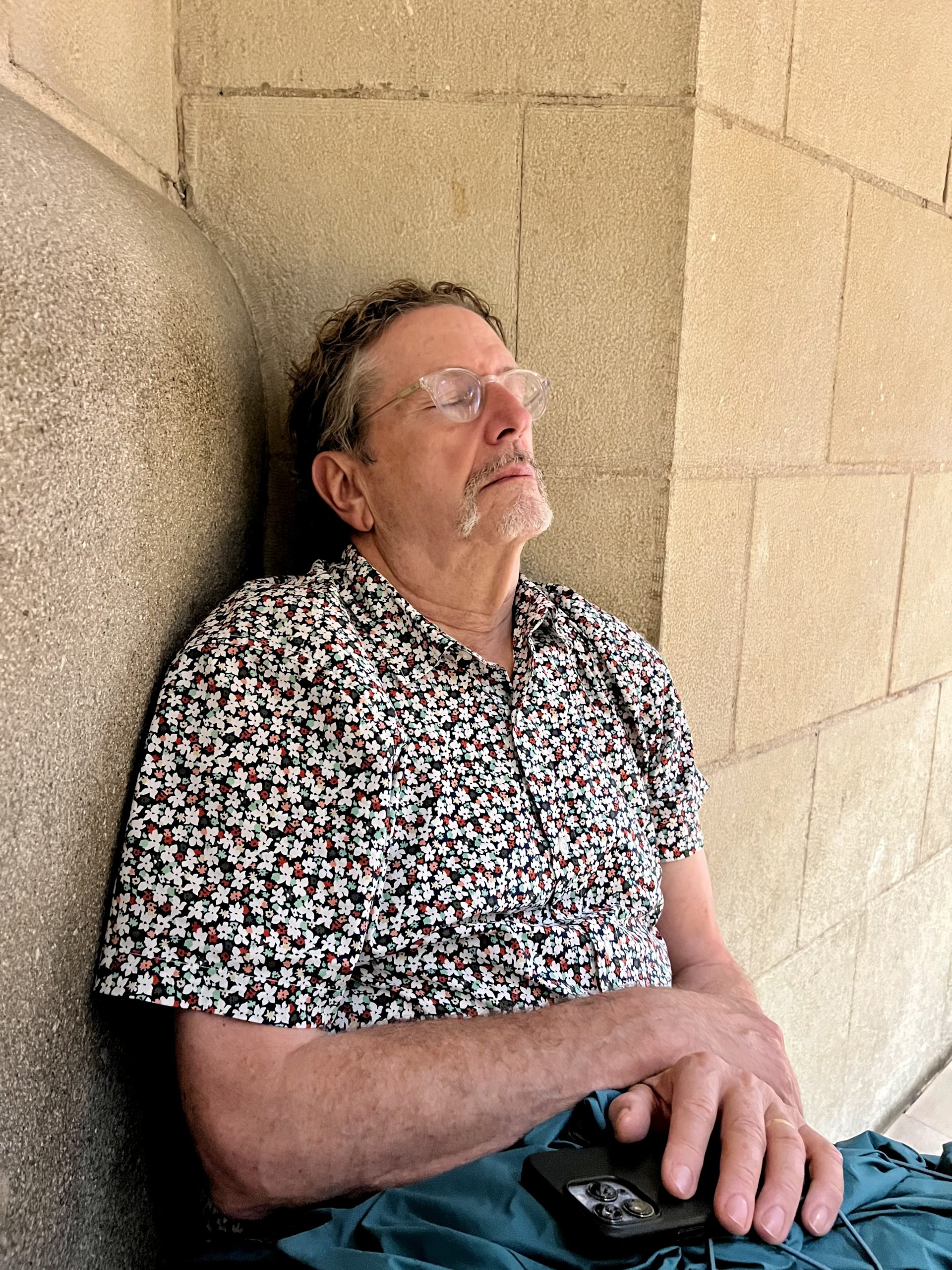
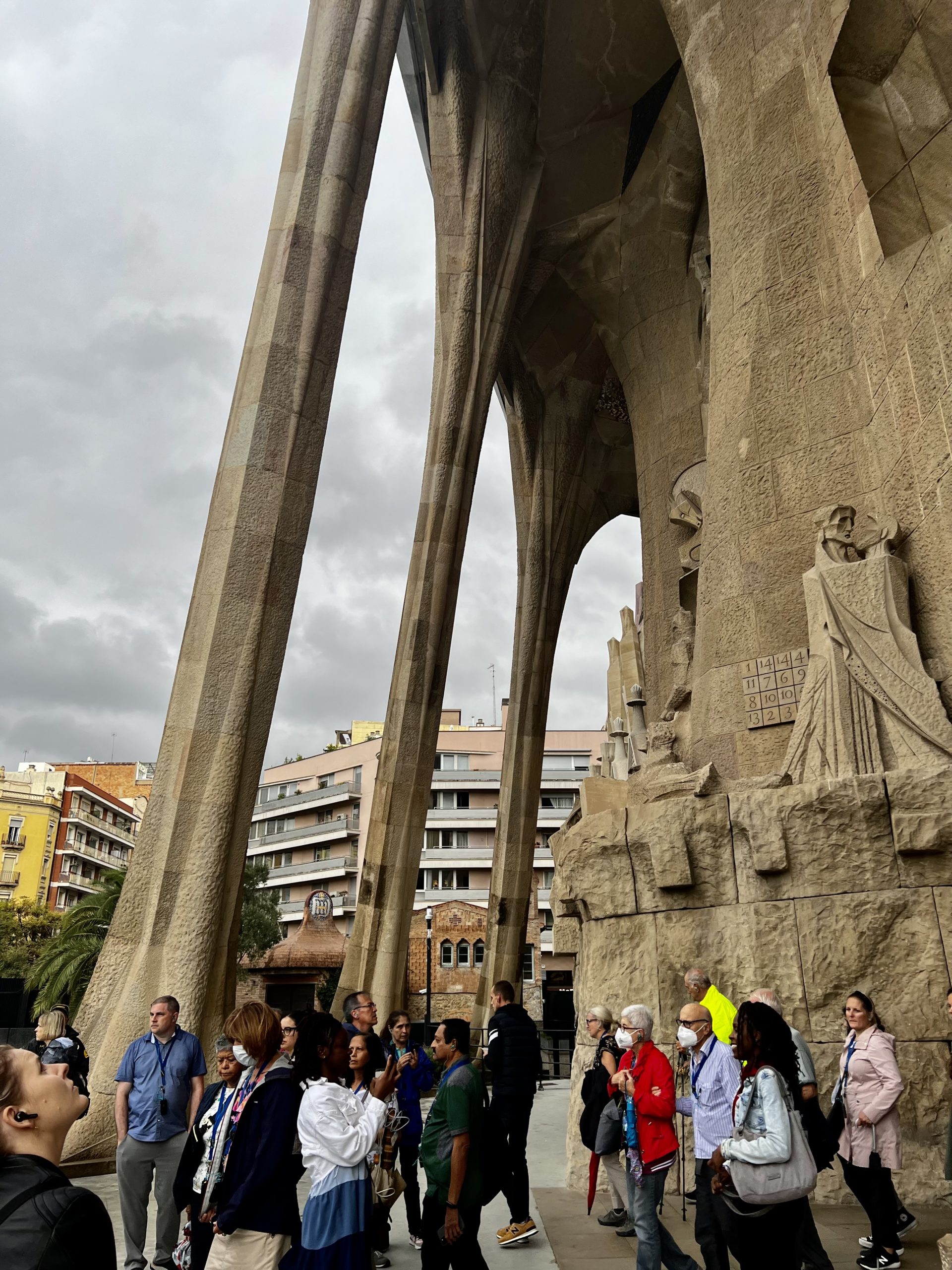
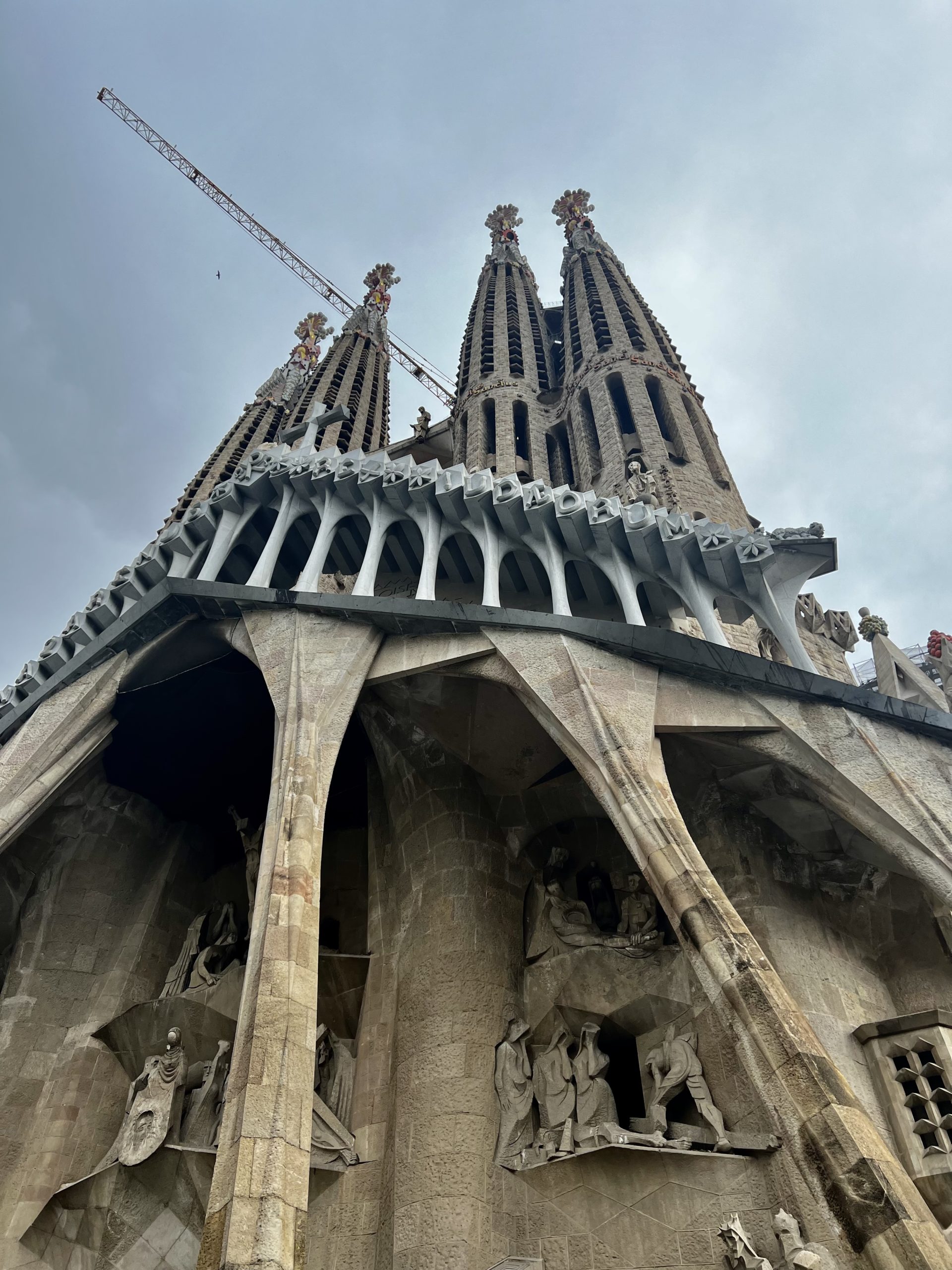
Strolling

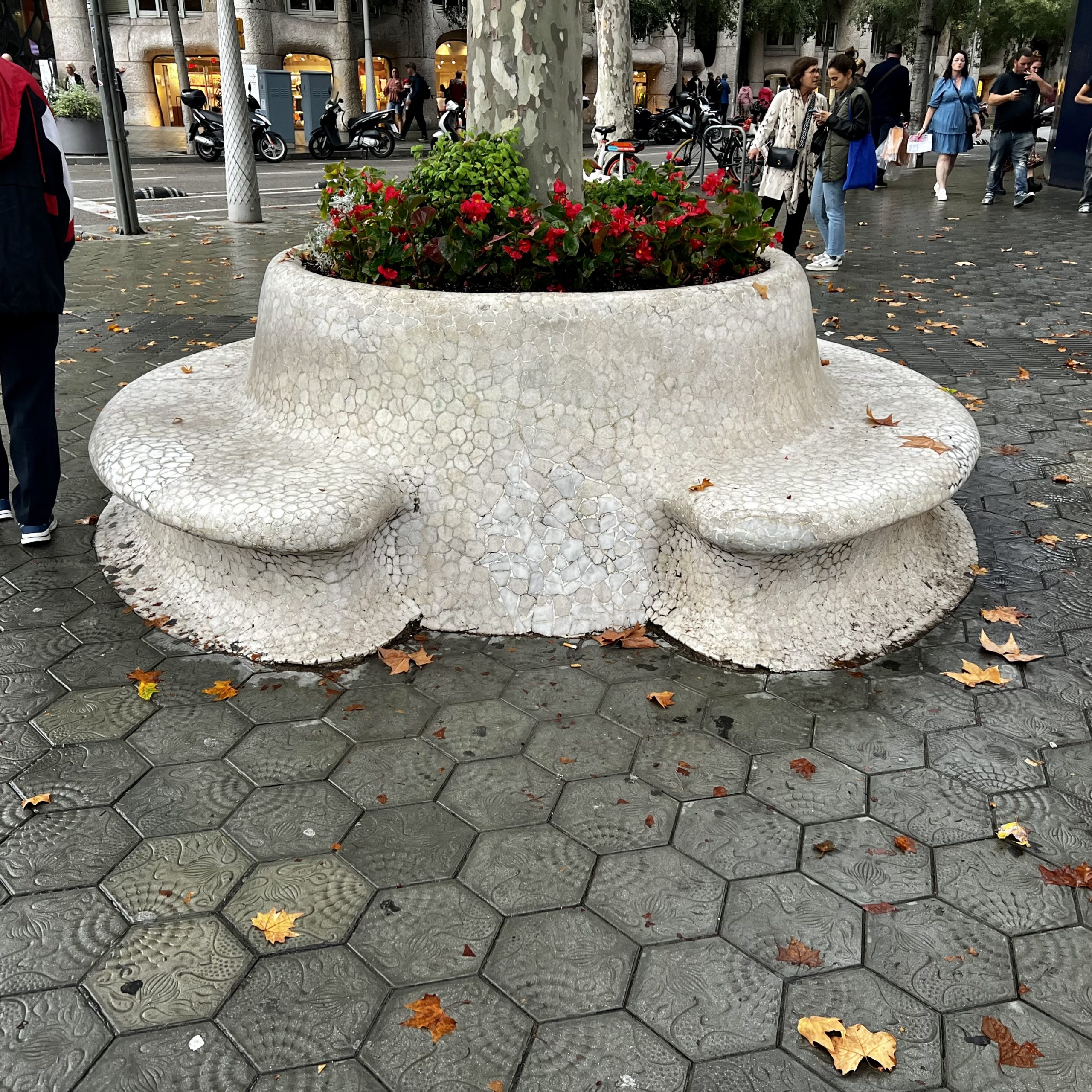
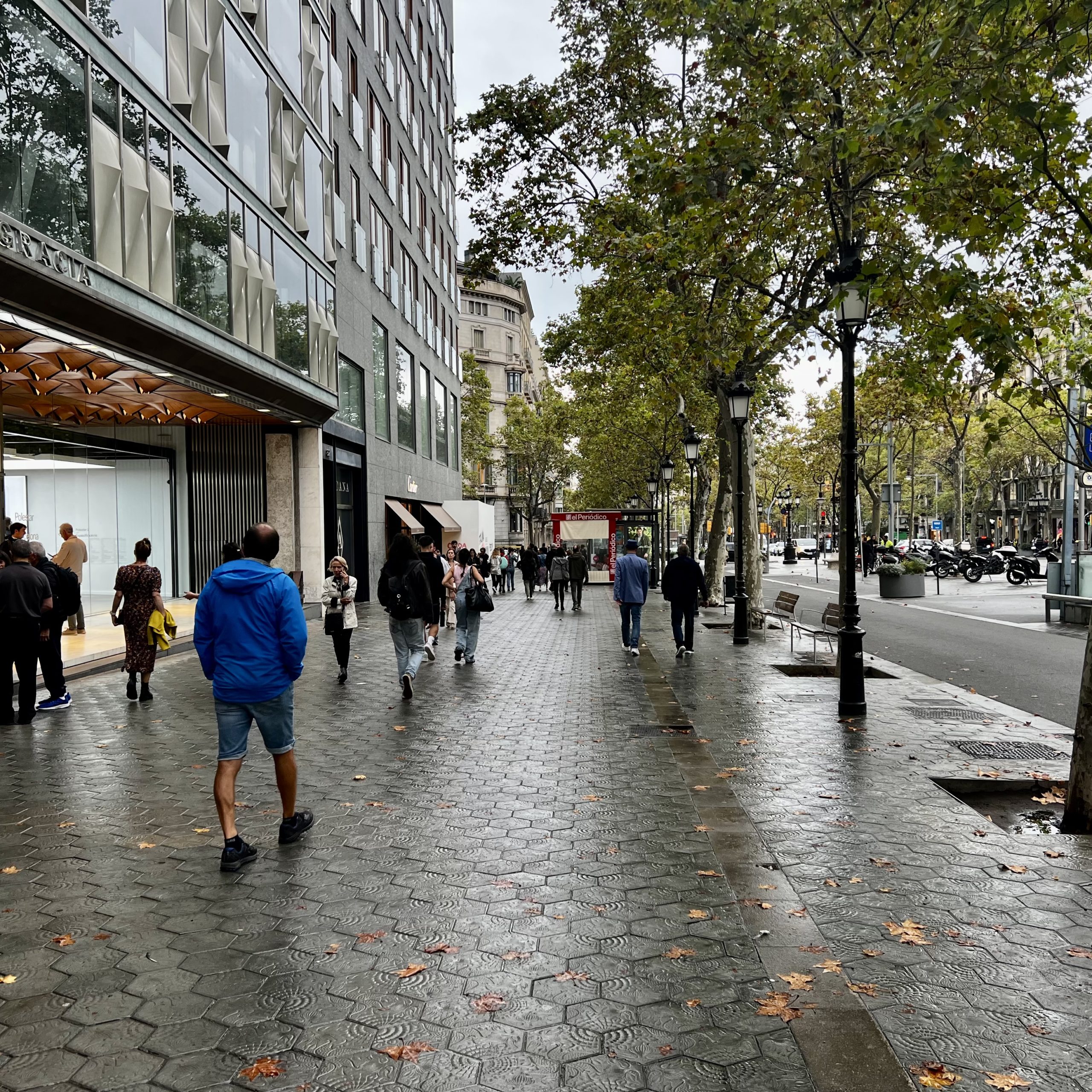
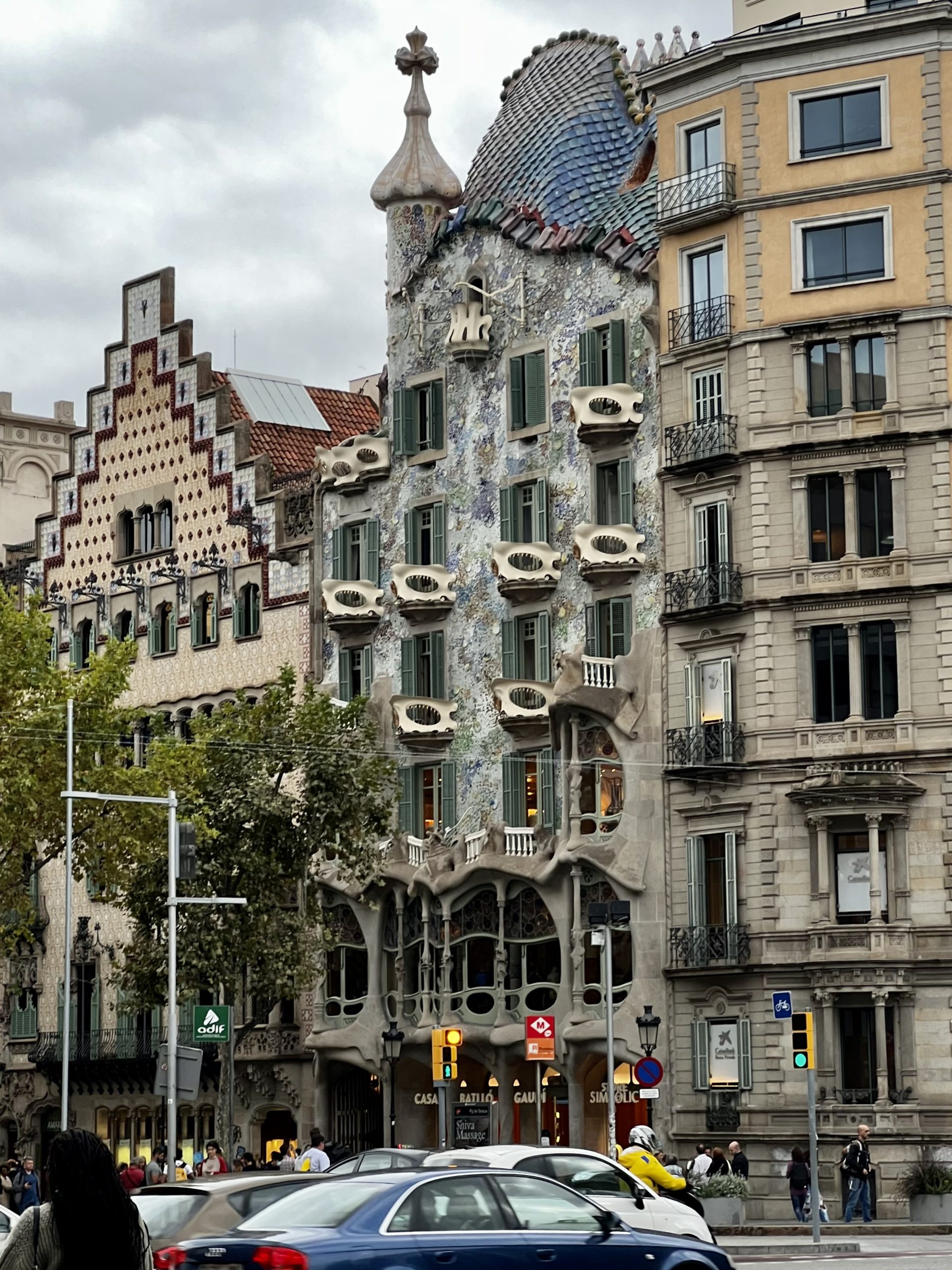
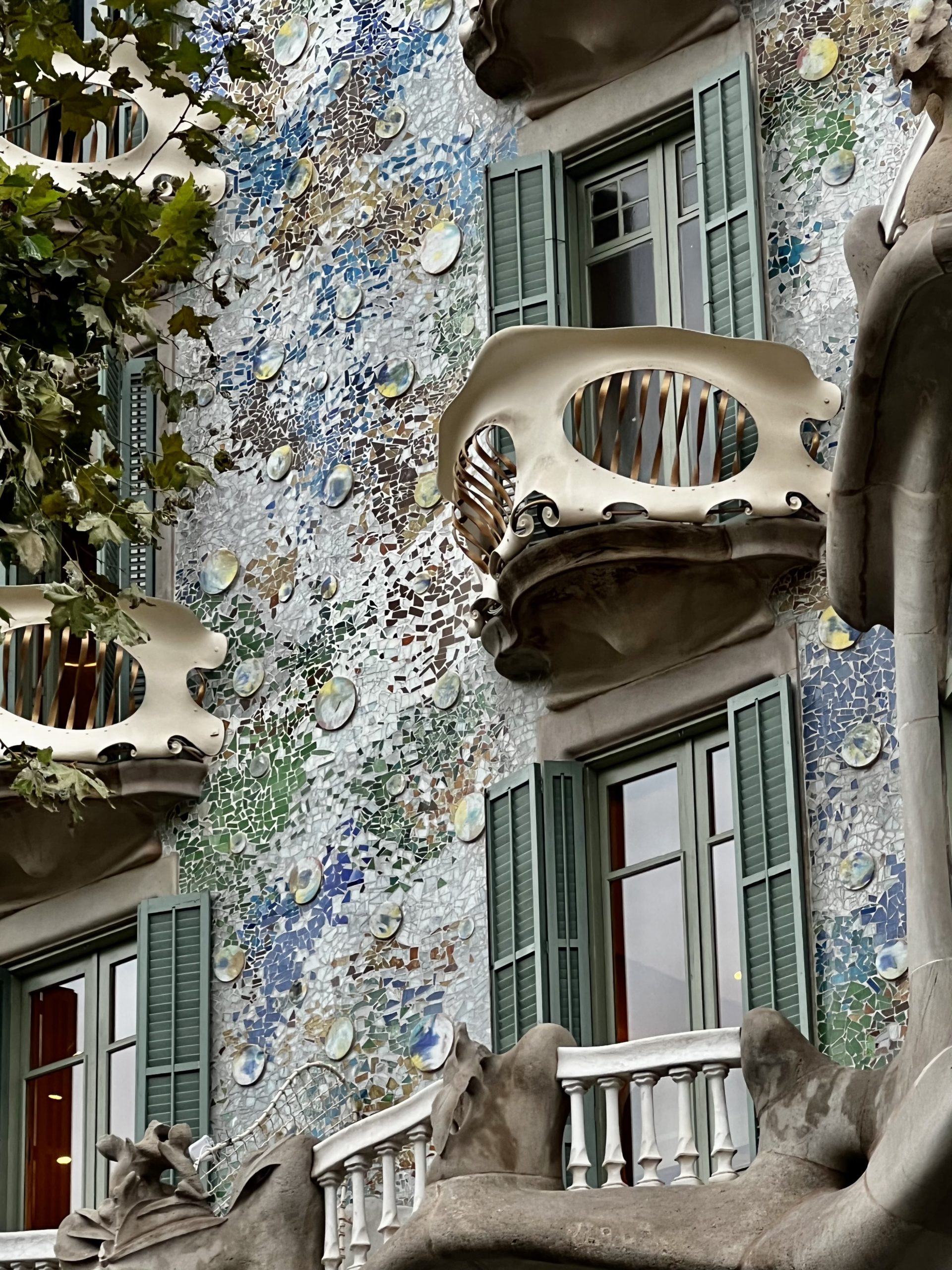

Museu Nacional d’Art de Catalunya
This impressive museum focuses on Catalan visual art. It is located on a hill overlooking the city with great views. It too benefitted from improvements made for the 1992 Summer Olympics. The historic palace that houses the museum has been retrofitted with dramatic modern additions inside. We ate lunch at the elegant restaurant that has stunning views.
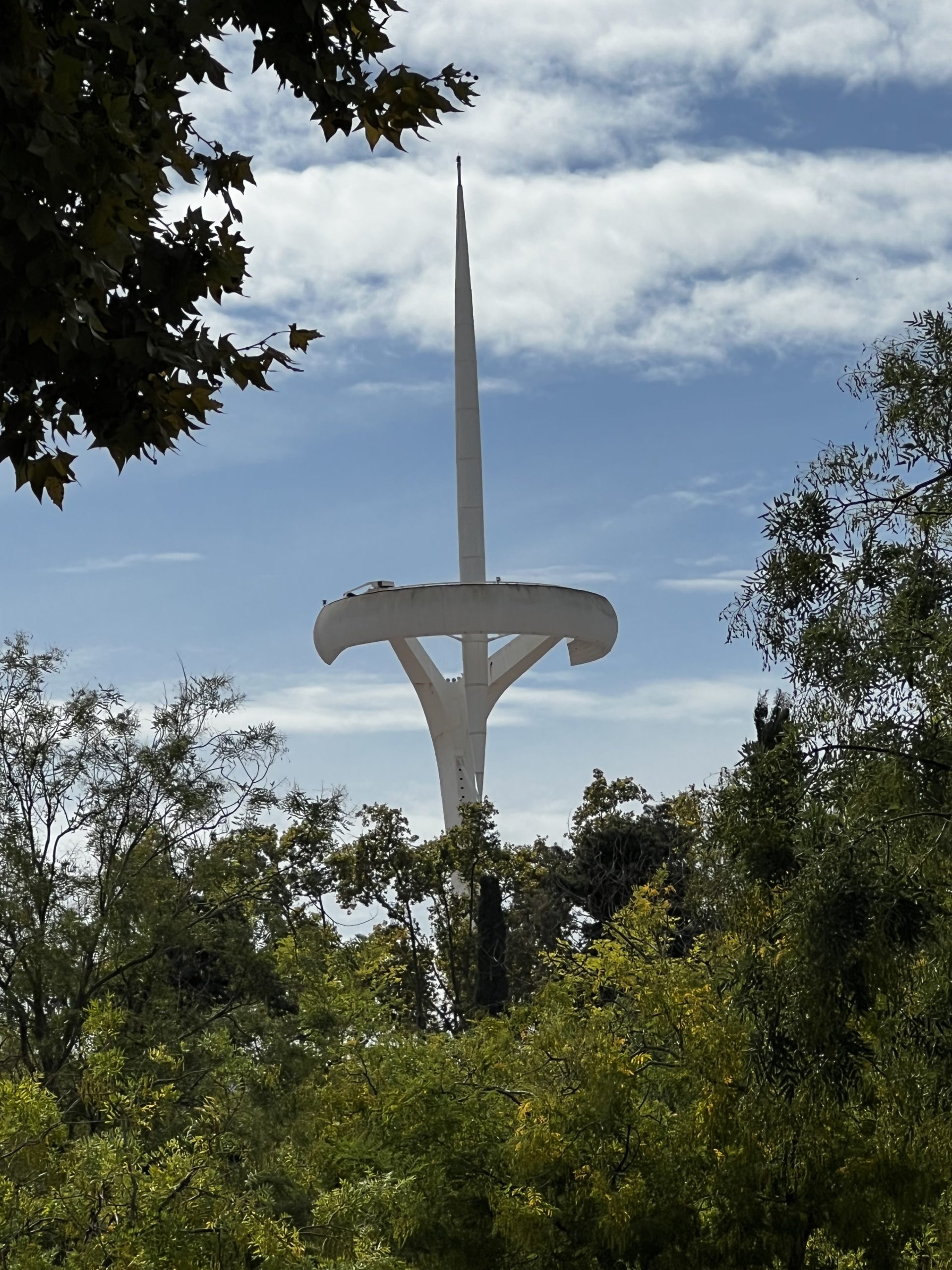
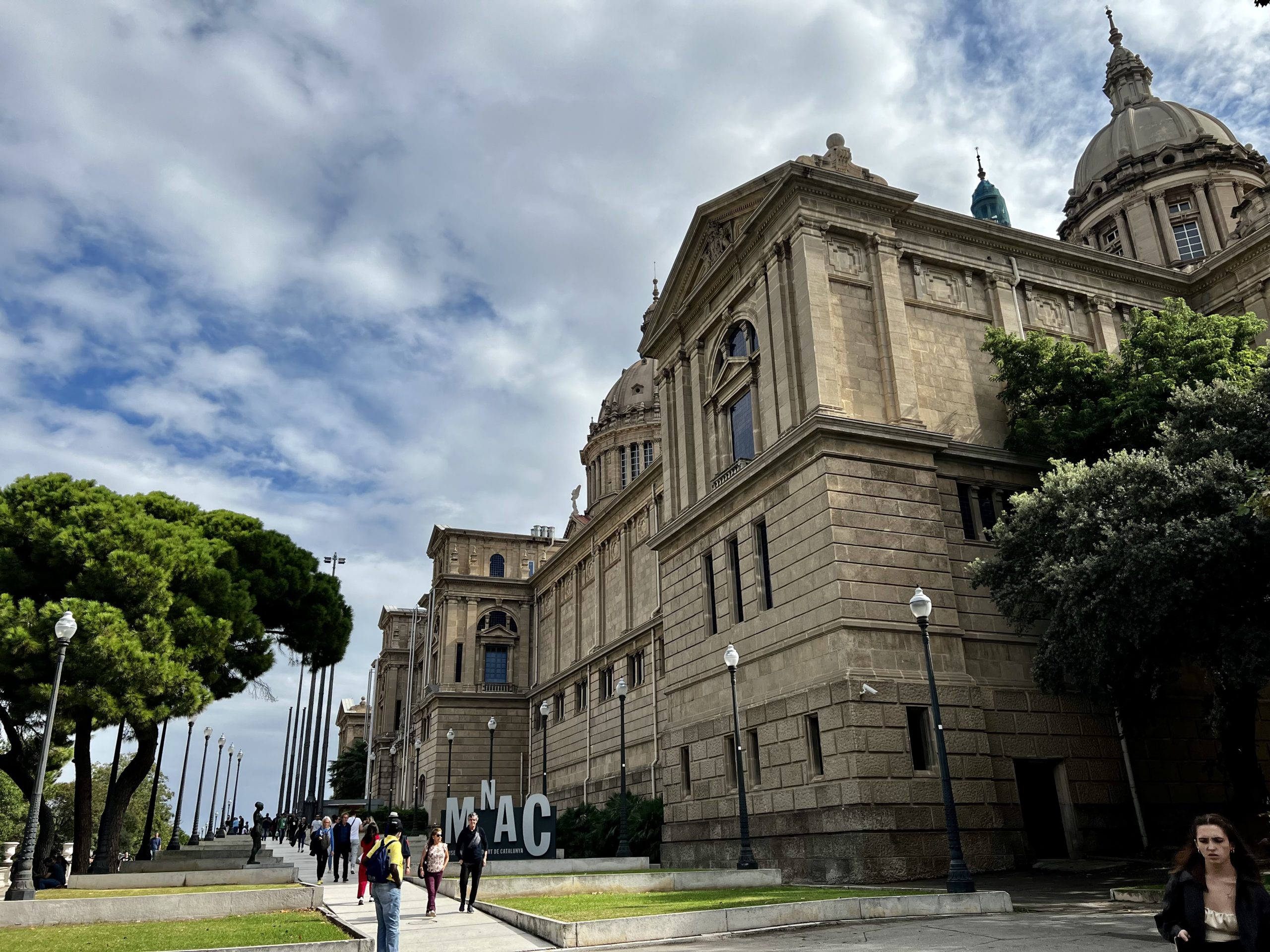
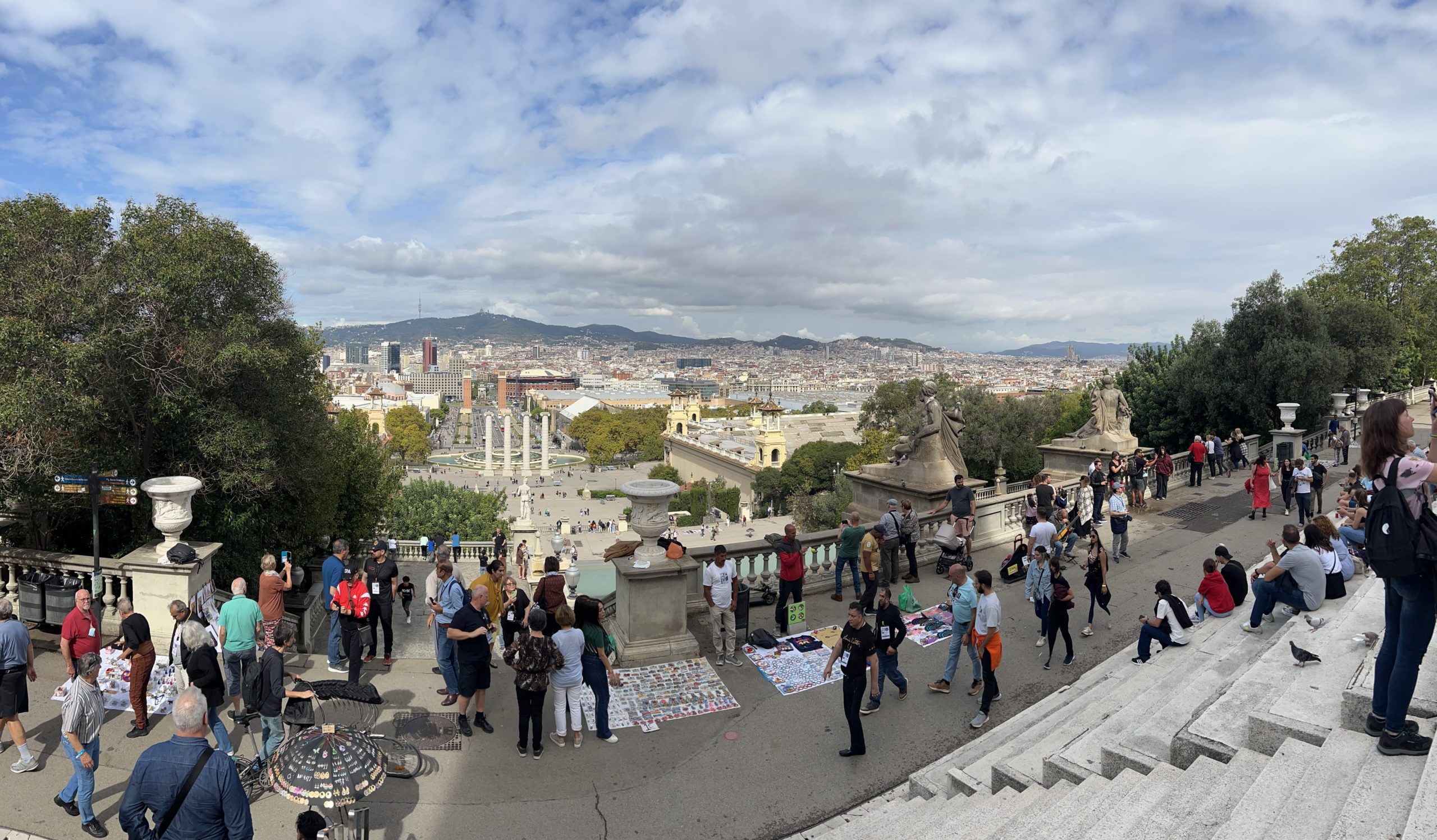
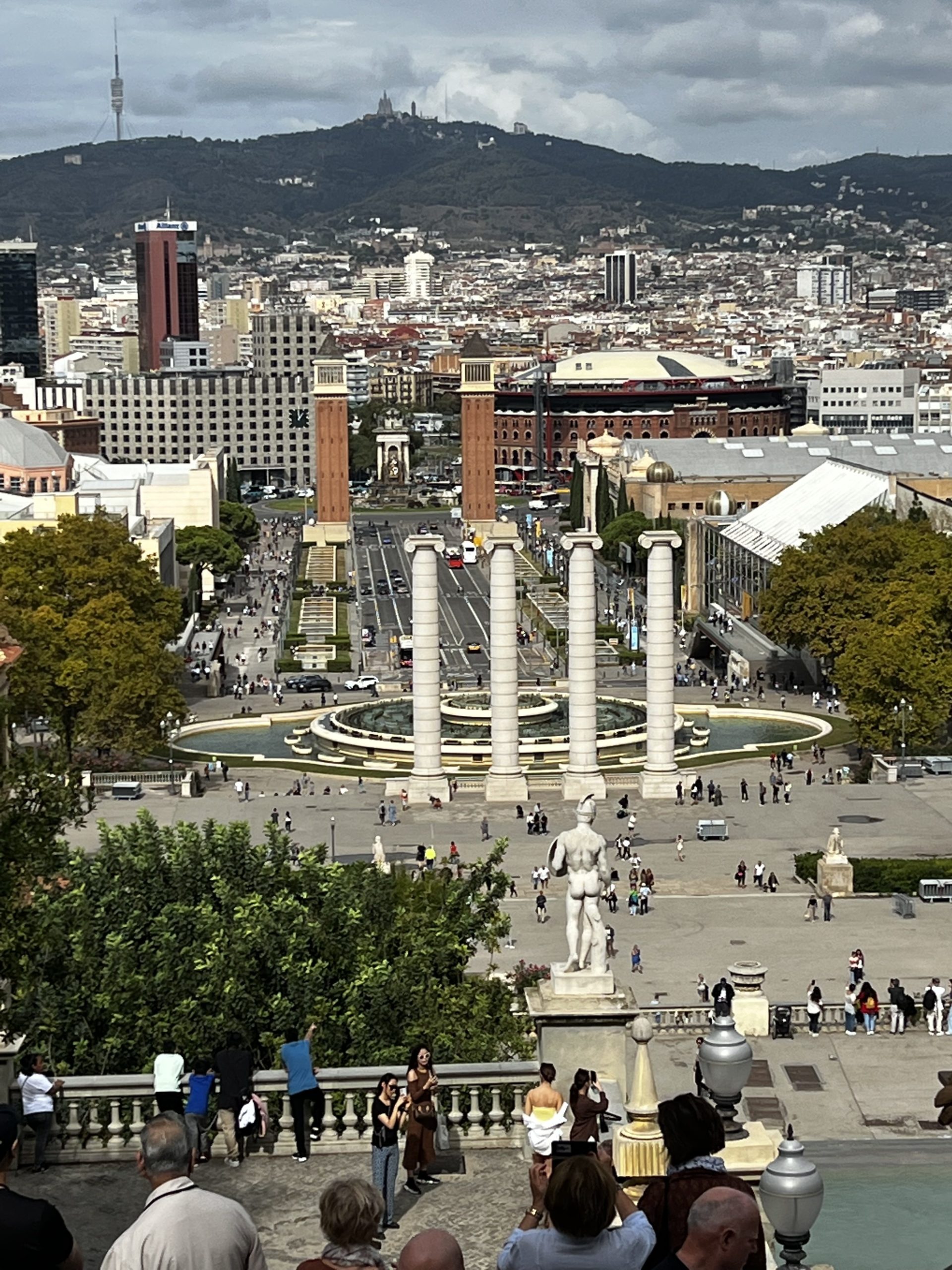
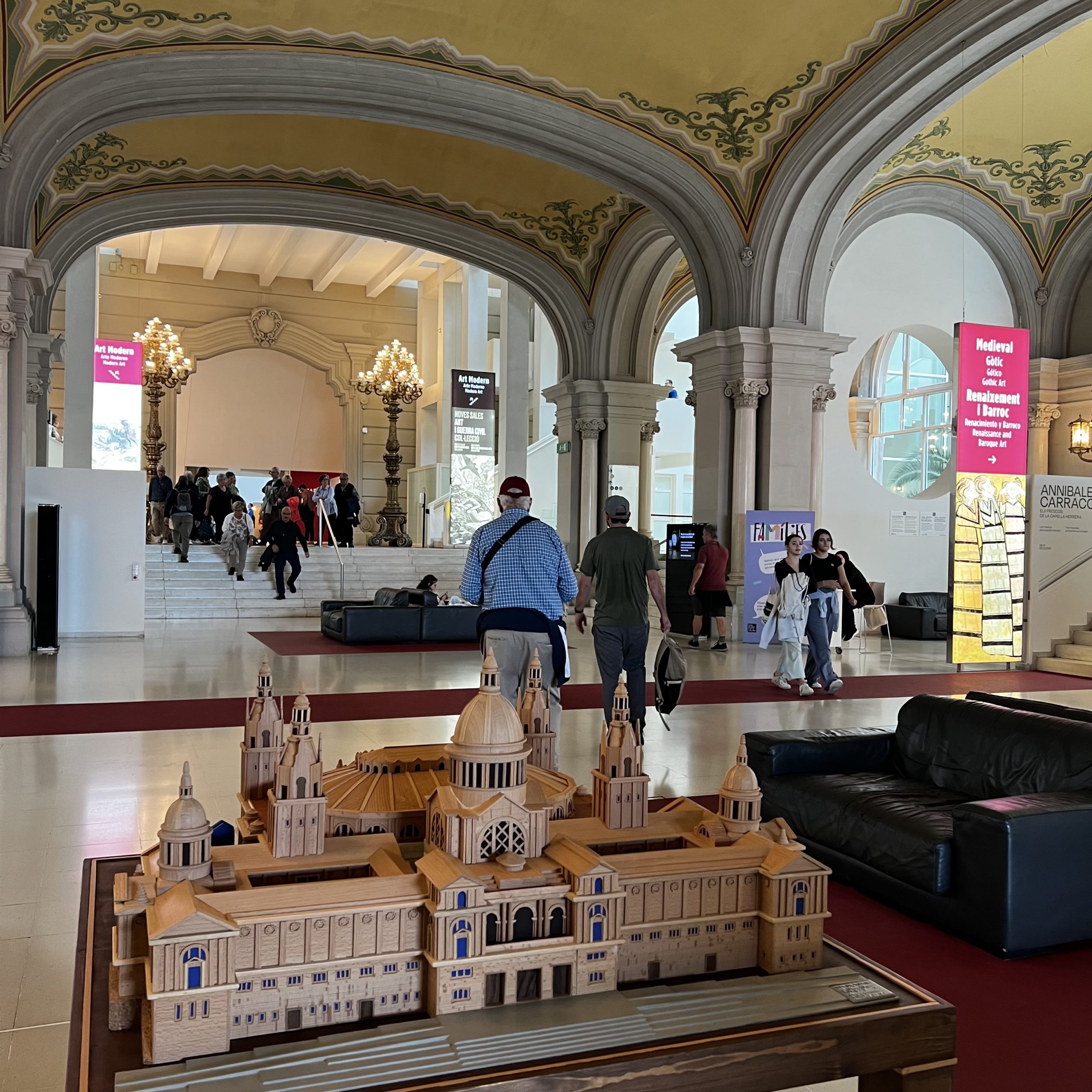

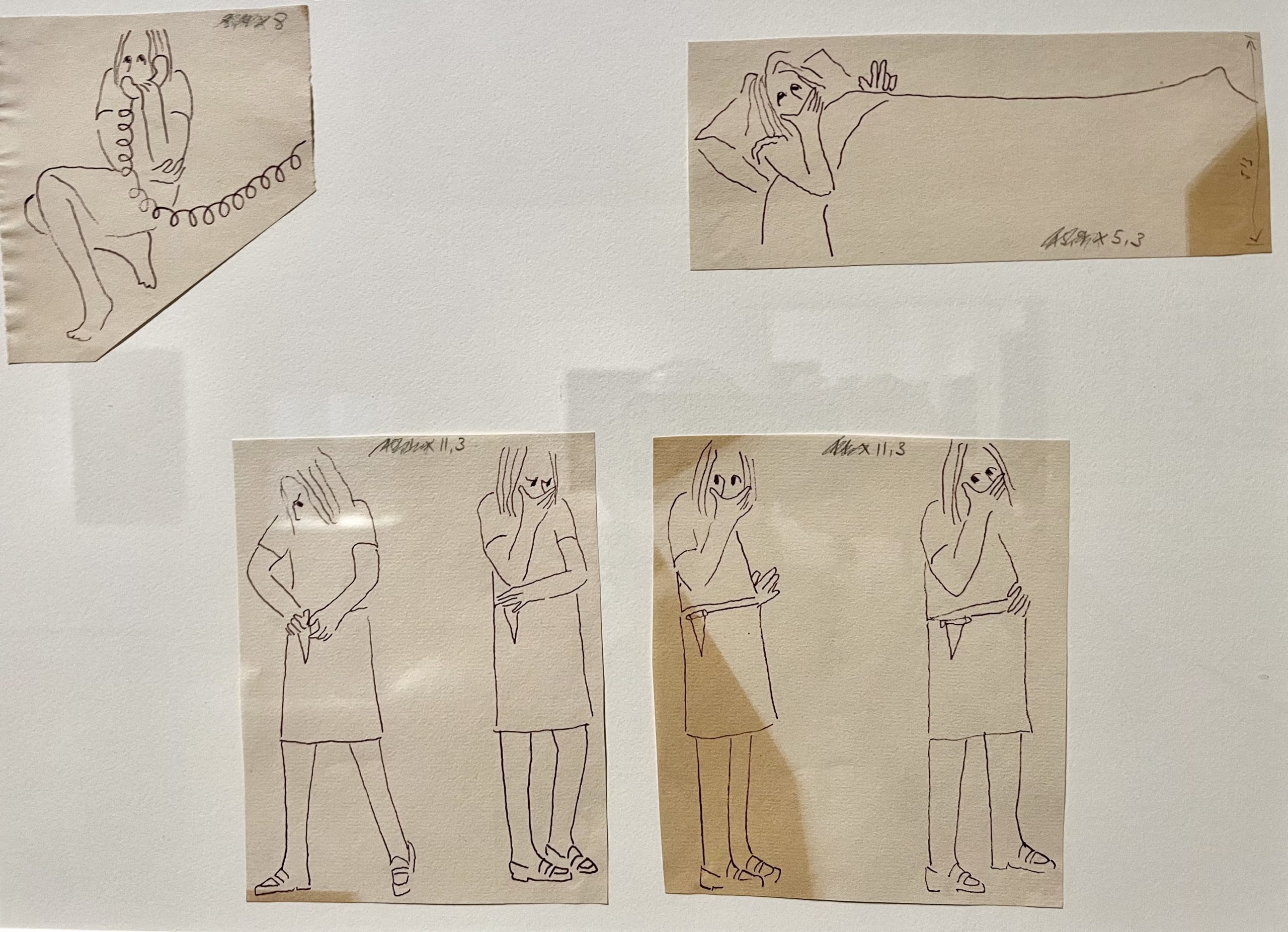
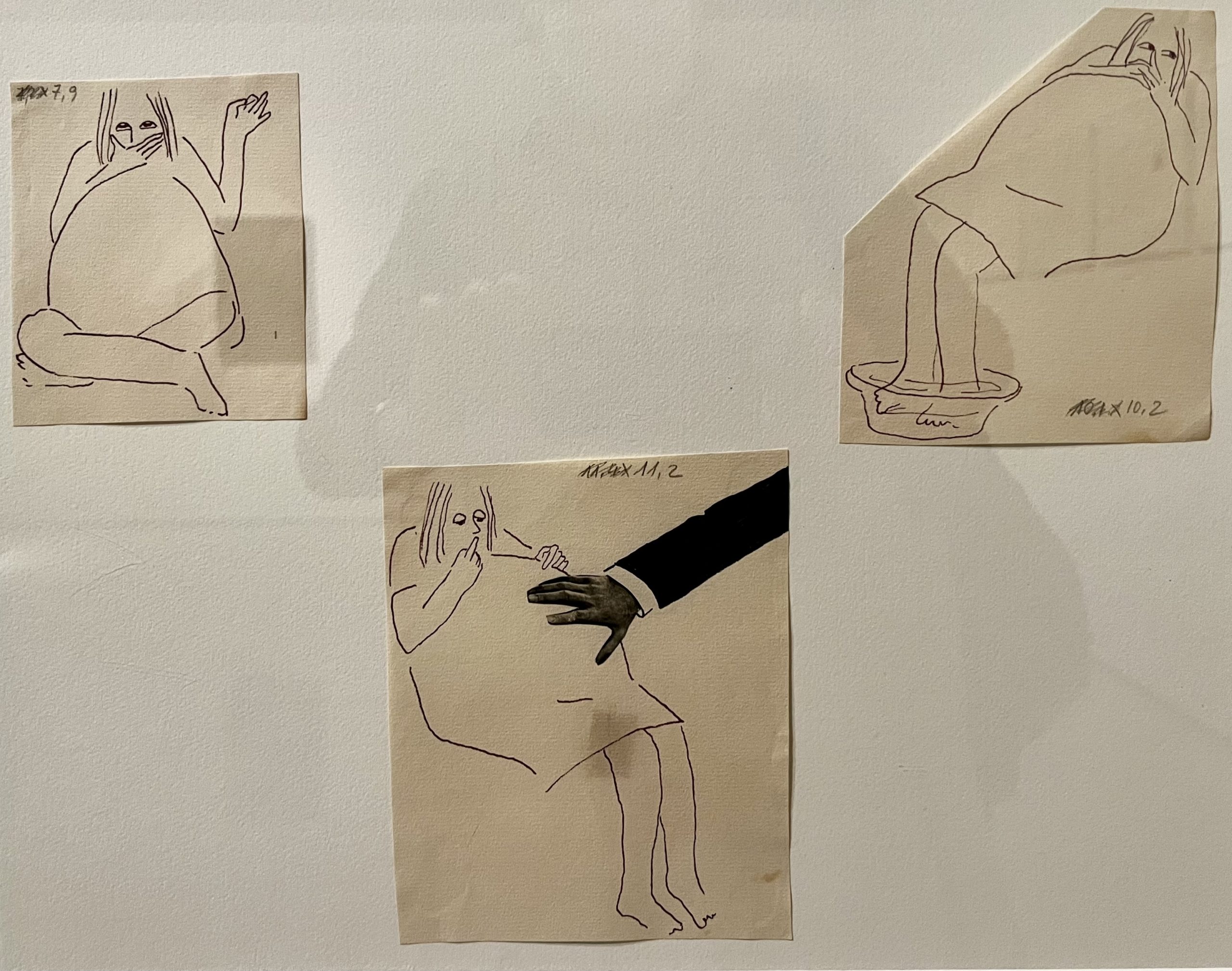
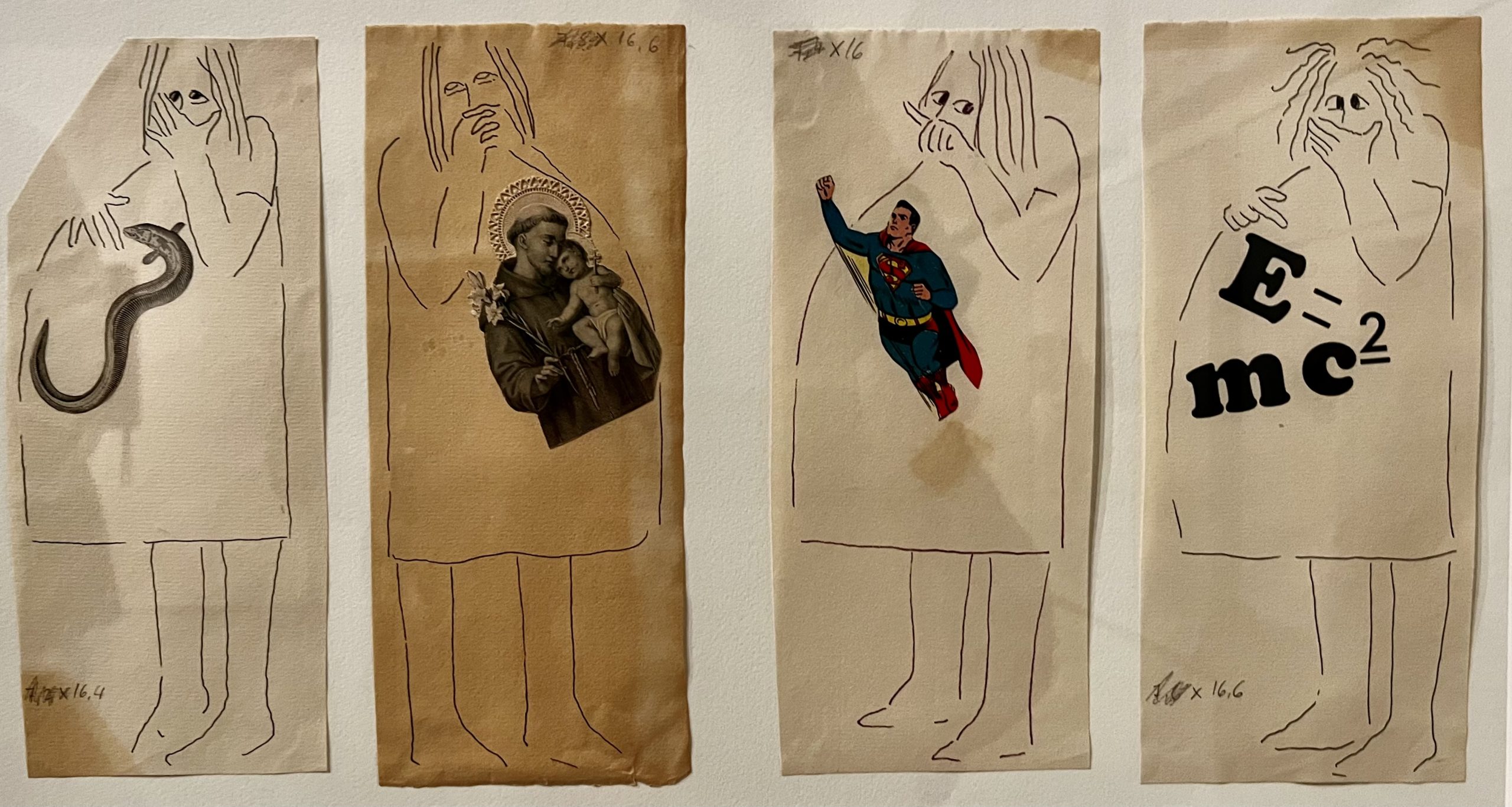
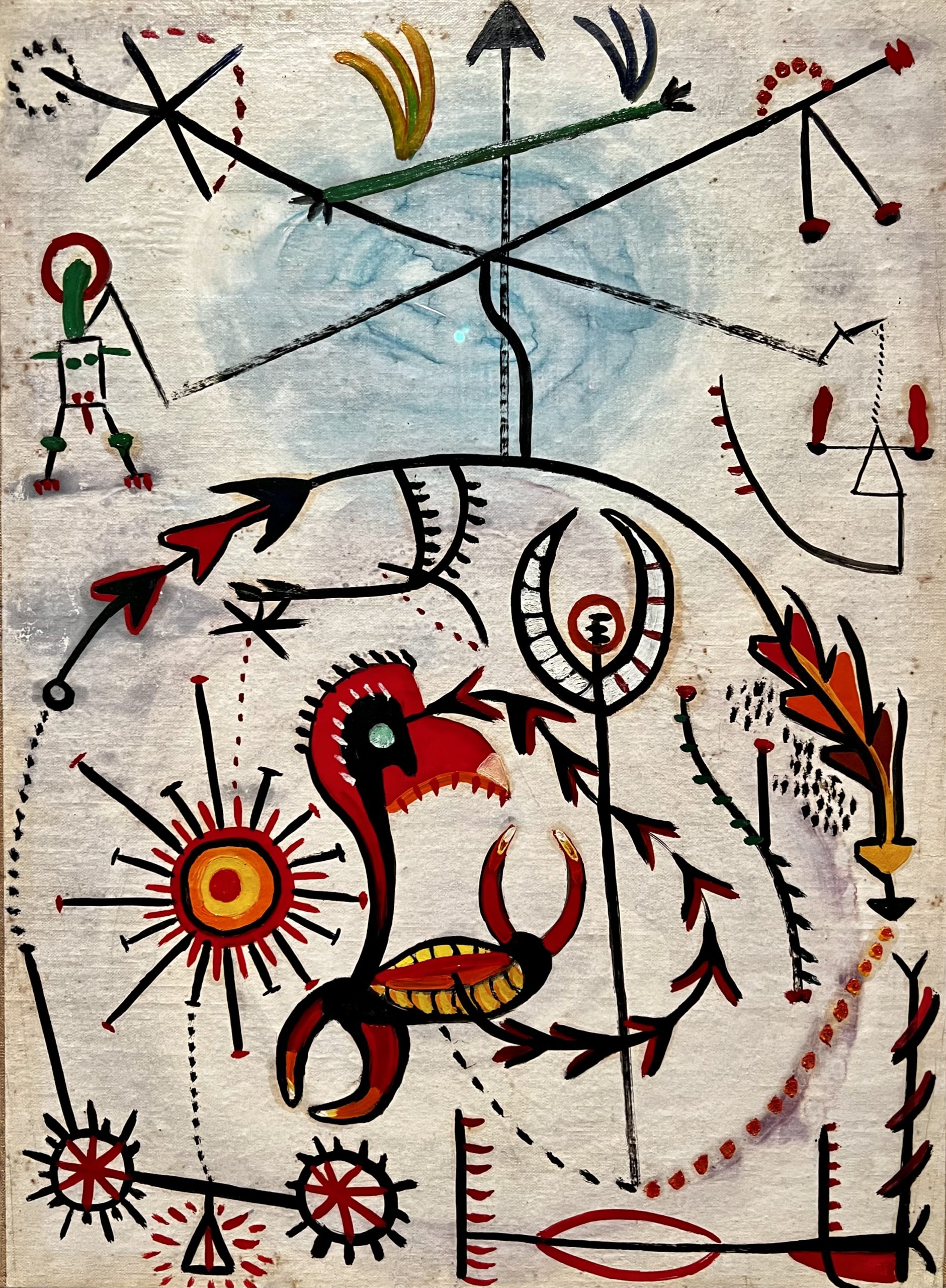
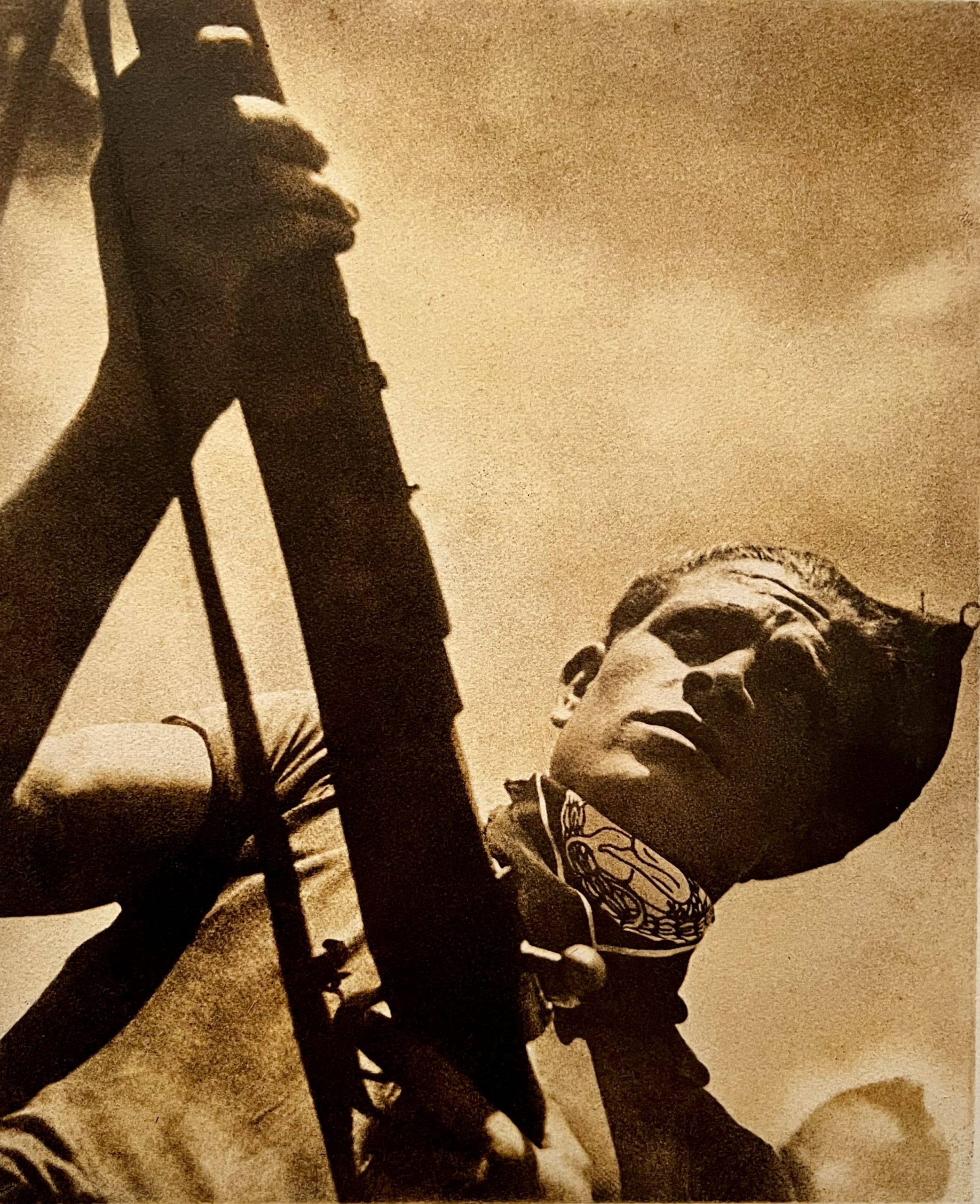
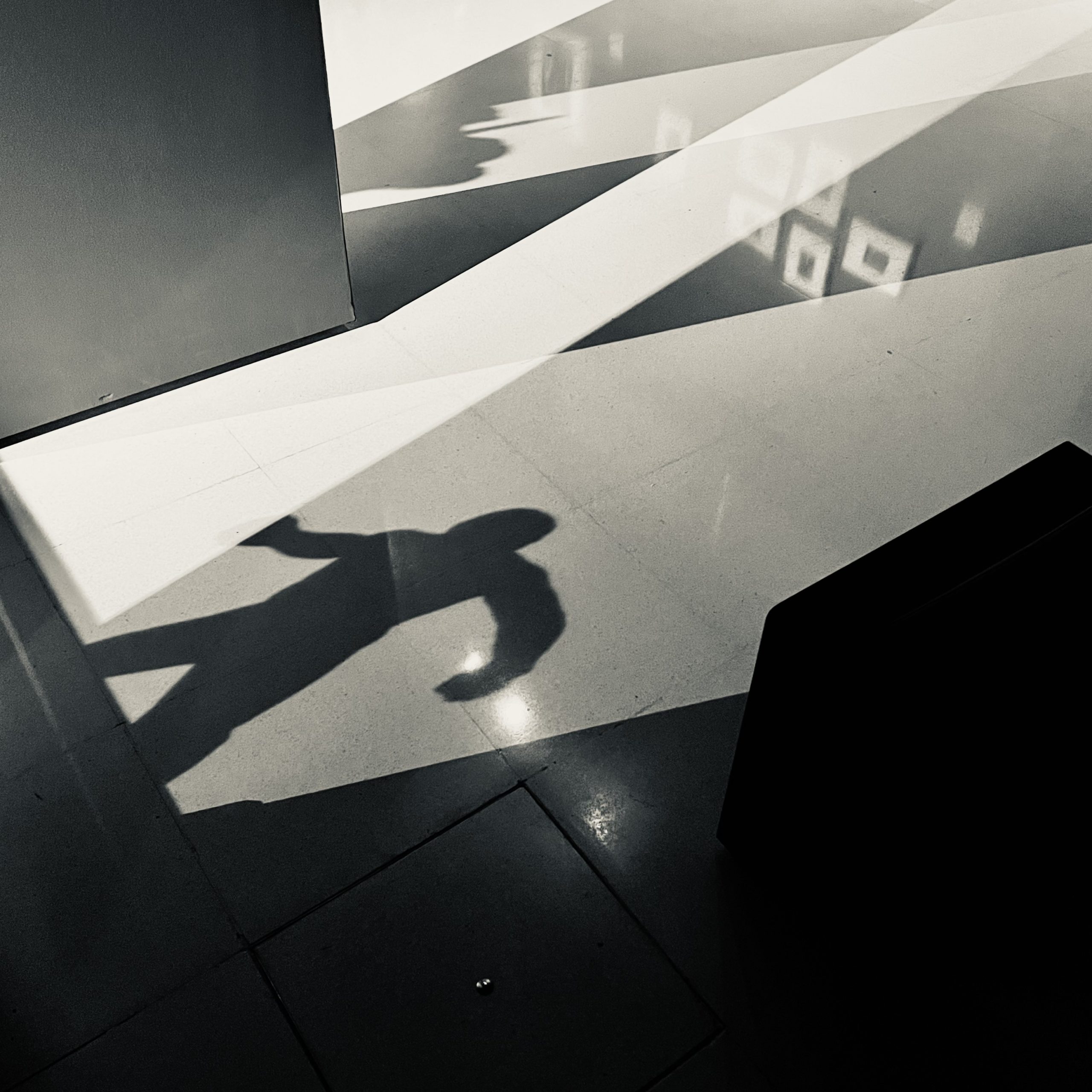
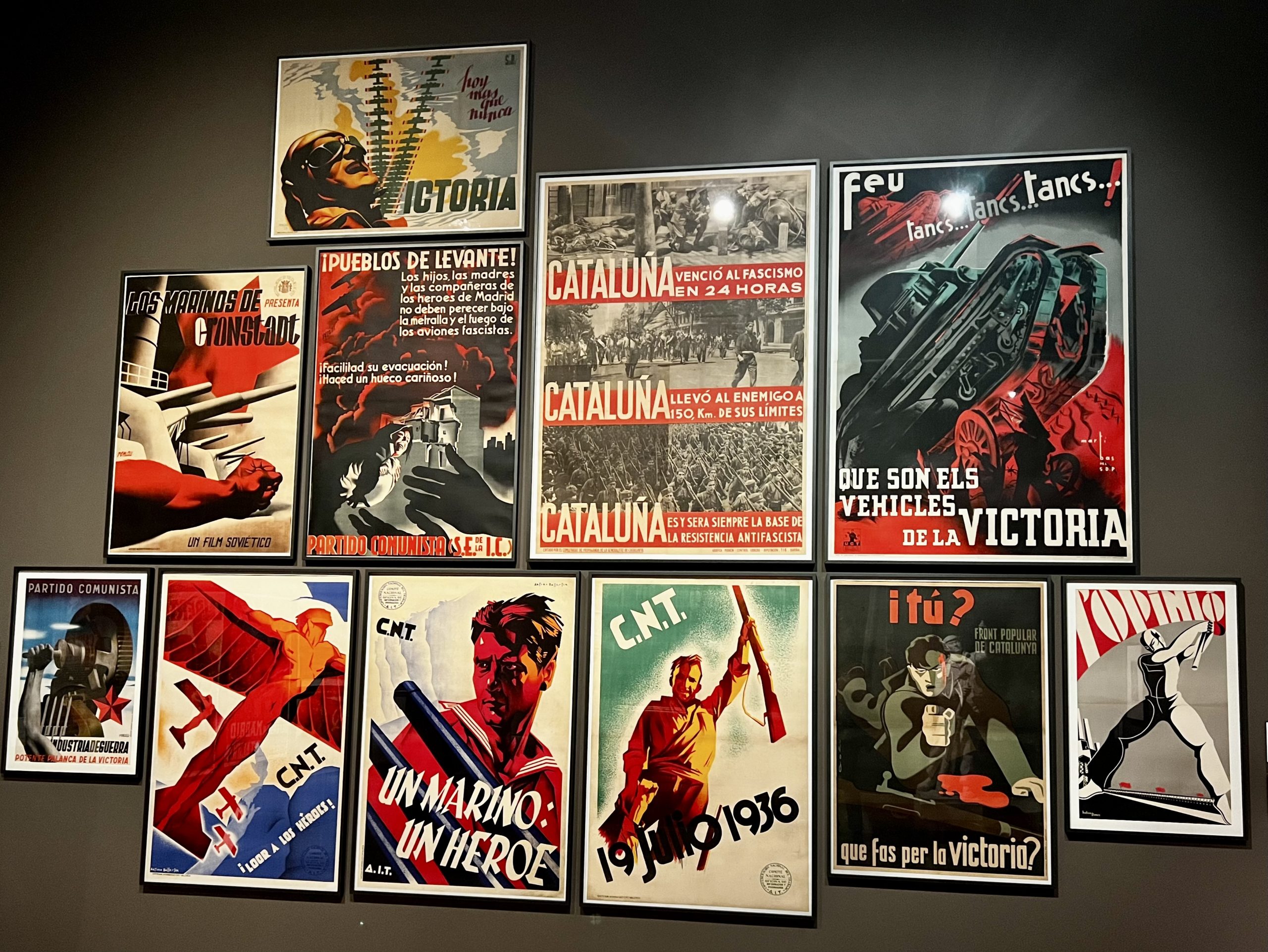
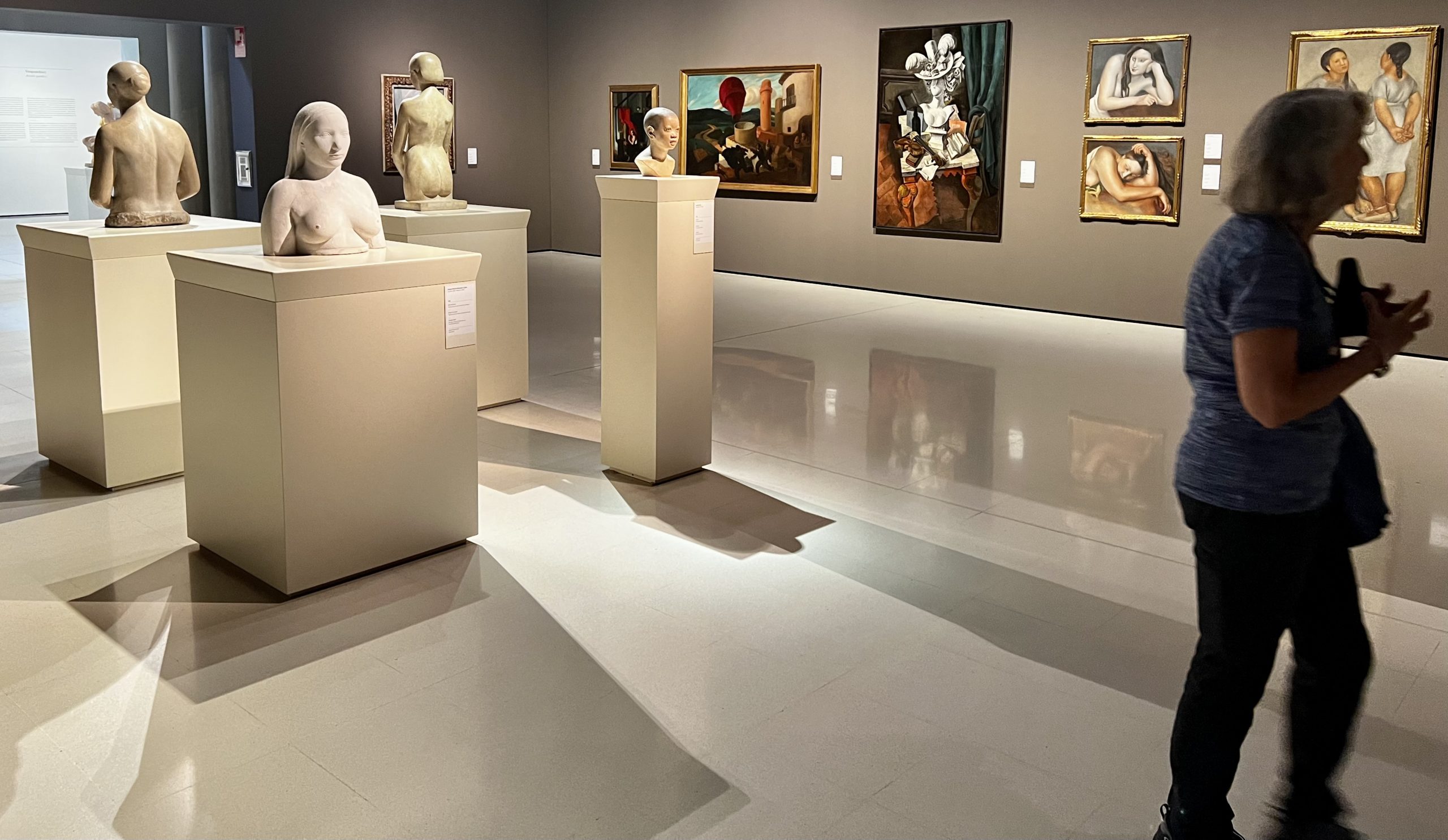
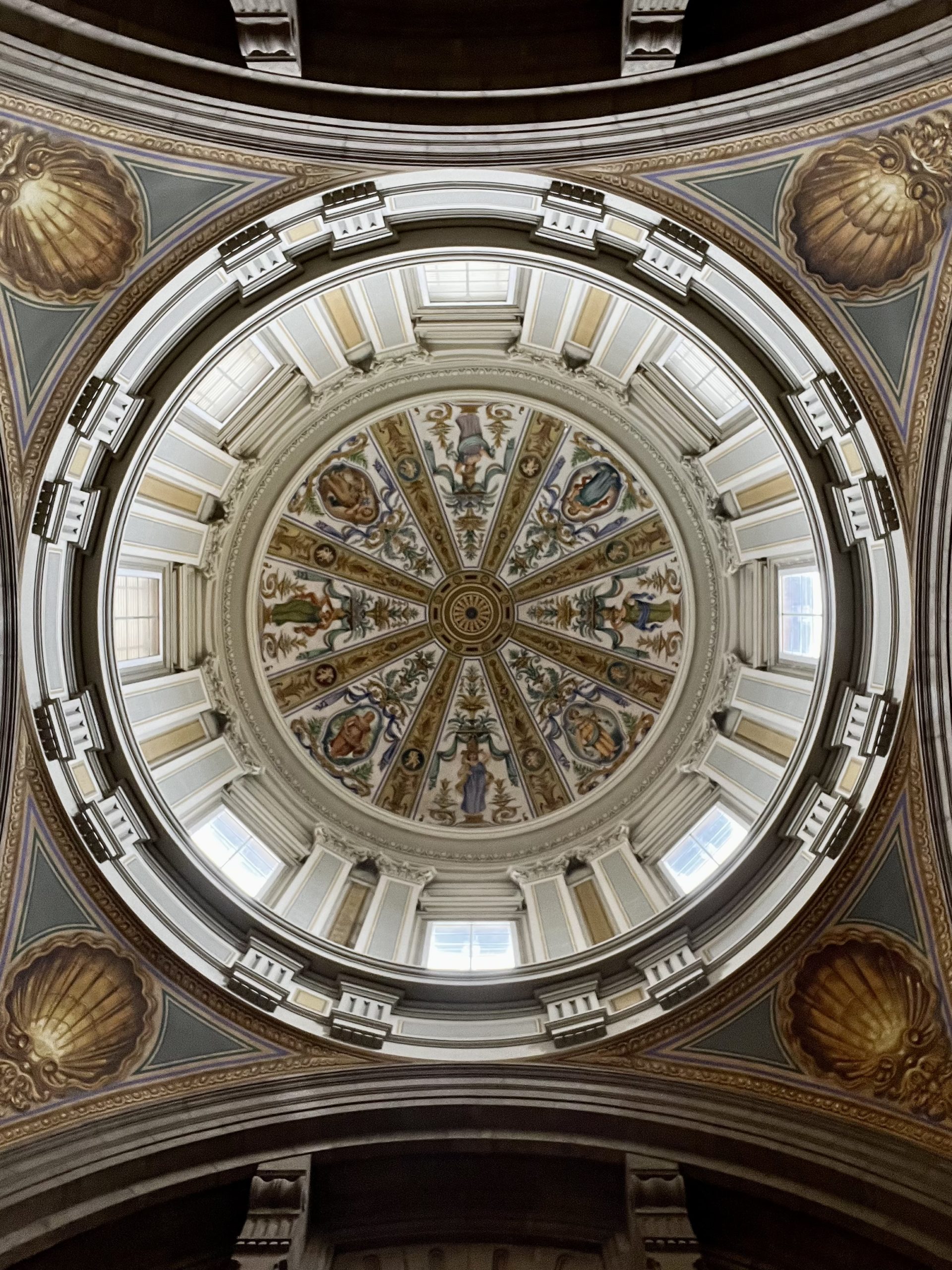
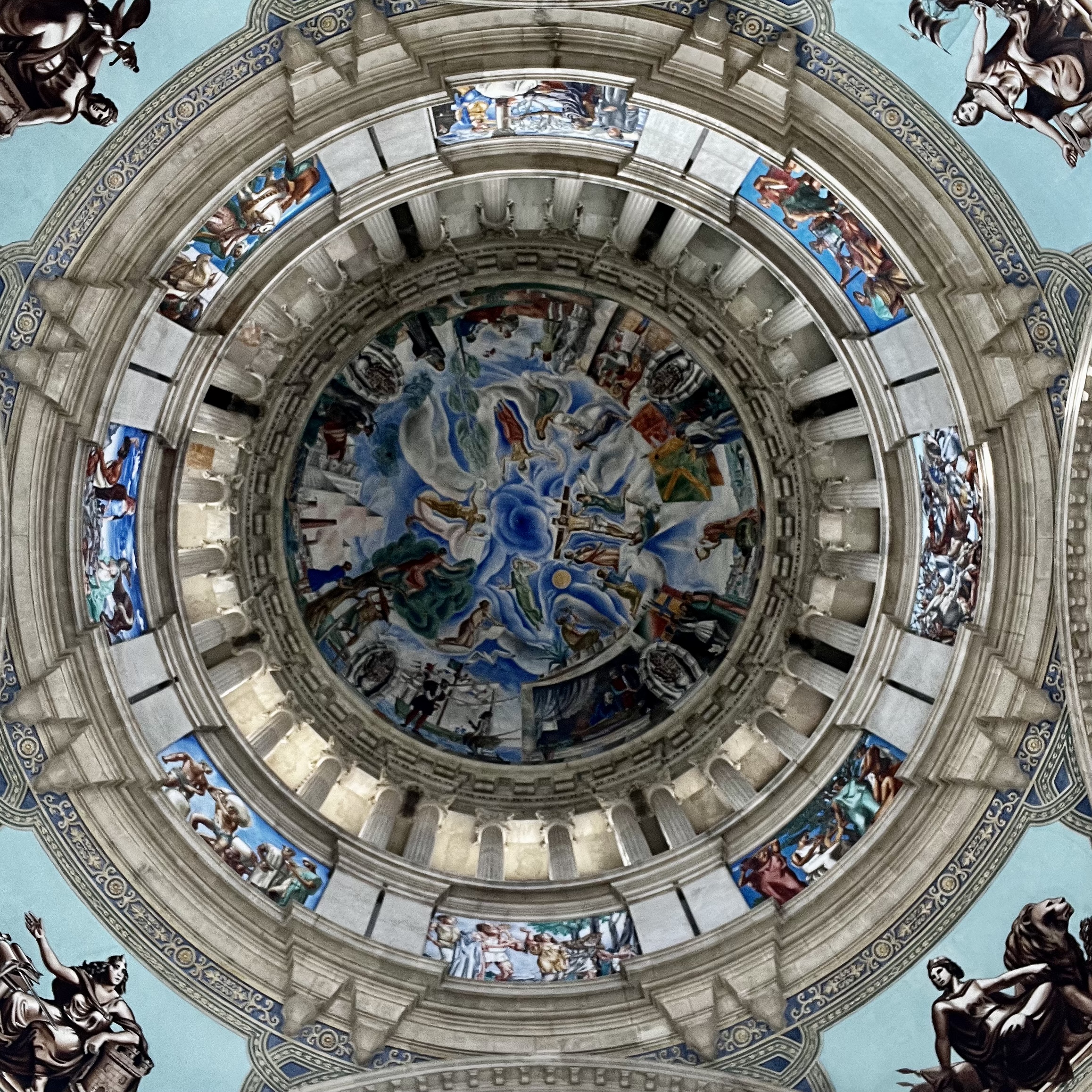
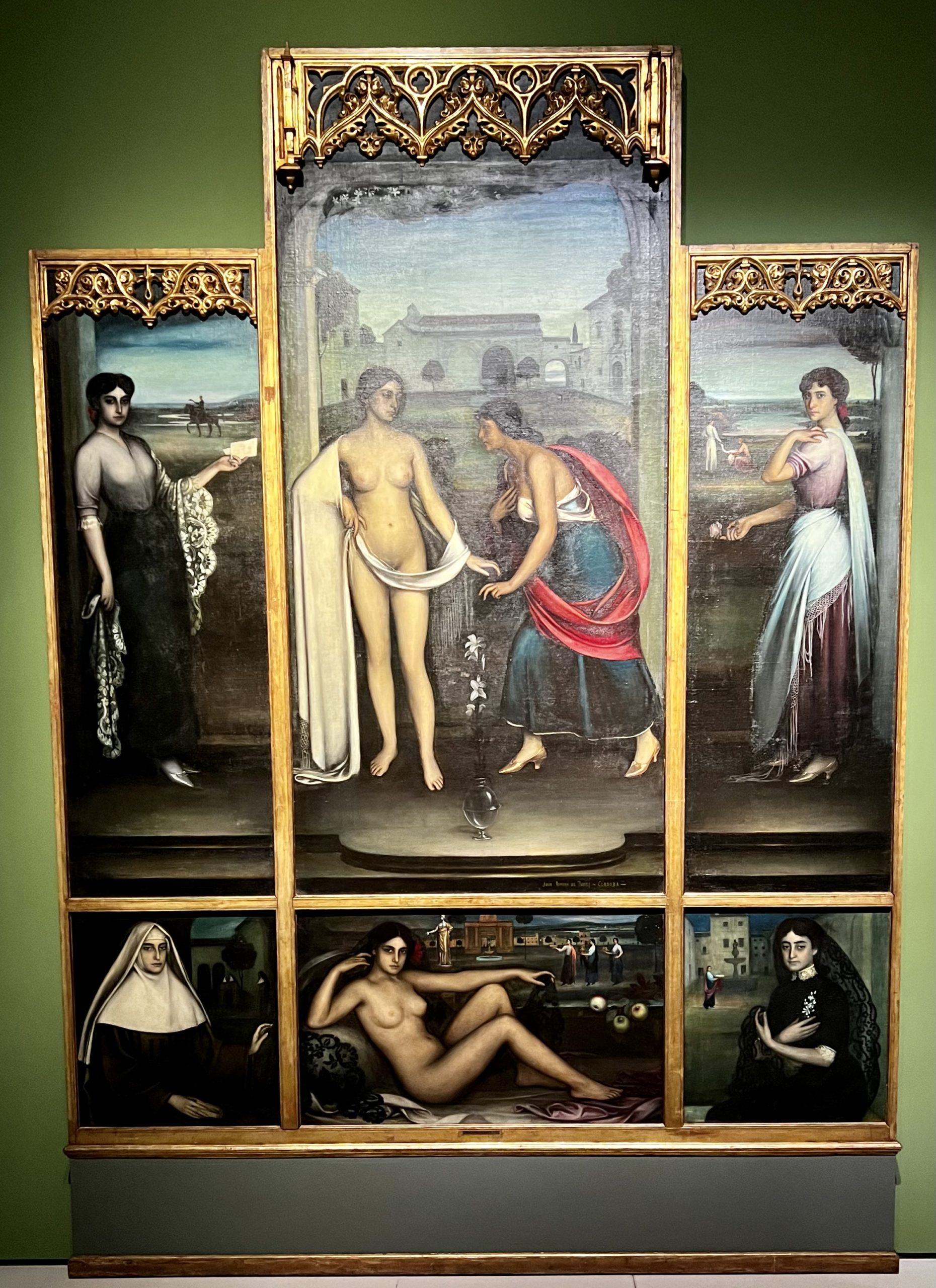
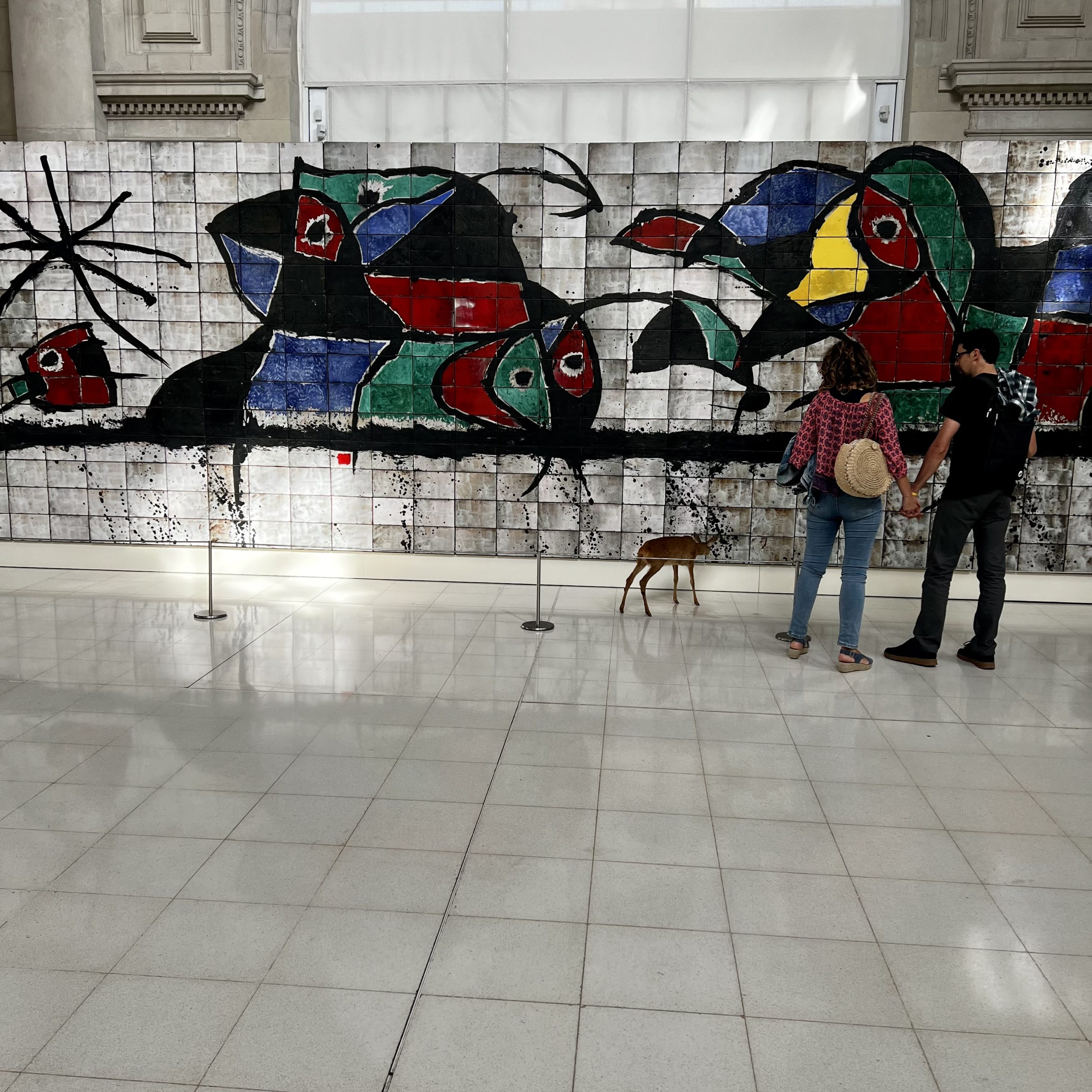
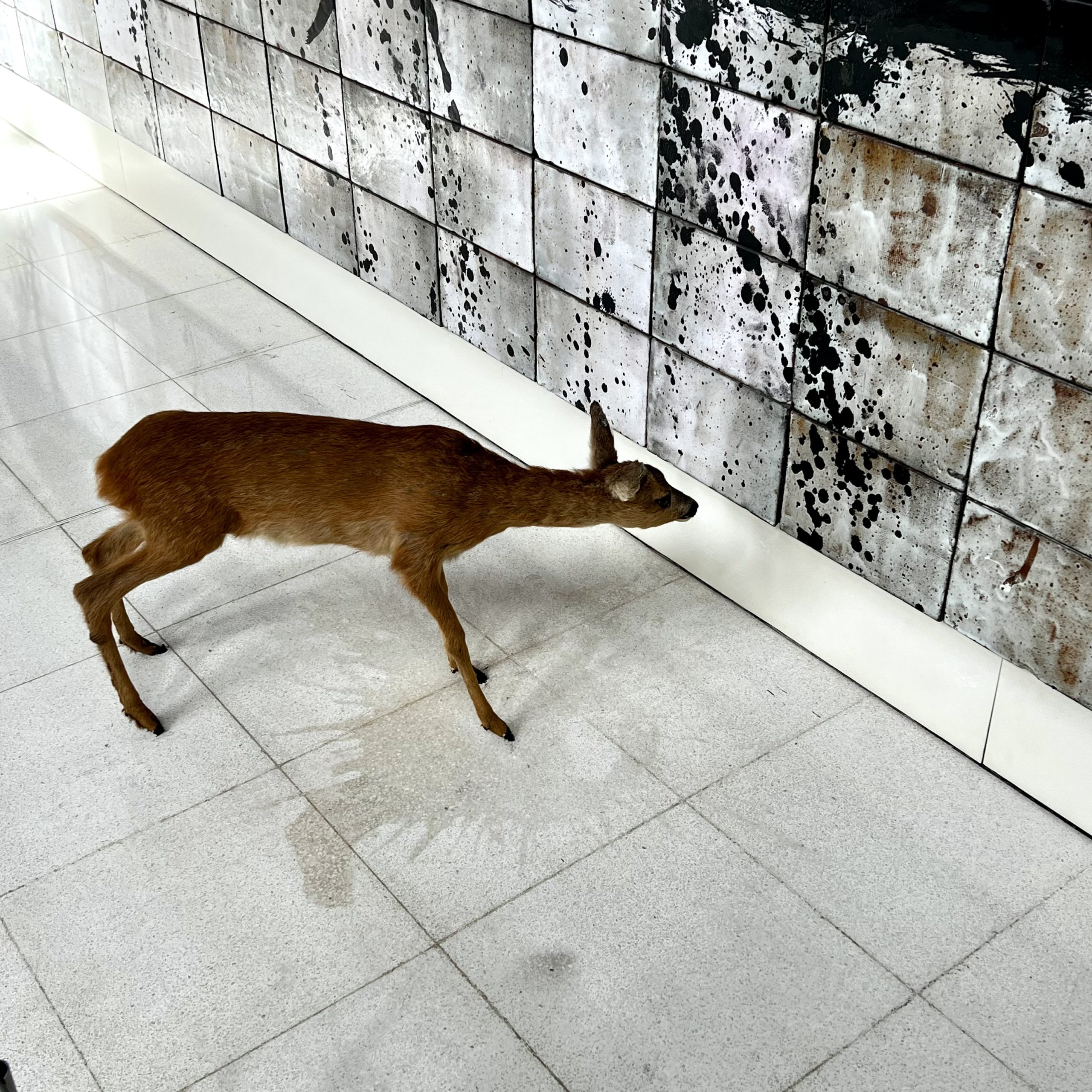
Barcelona Pavilion
Designed by Mies van der Rohe and Lilly Reich as Germany’s pavilion for the 1929 International Exposition. Important to the modern architecture for its radically simple forms and extravagant materials. One of the spots on Bonnie’s bucket list. This was done in 1929. A radical design for the period when many designers were still entranced by the curvy decorative forms of Art Nouveau. Thanks to Chuck for his recommendation to see this. It is a short walk downhill from the art museum.
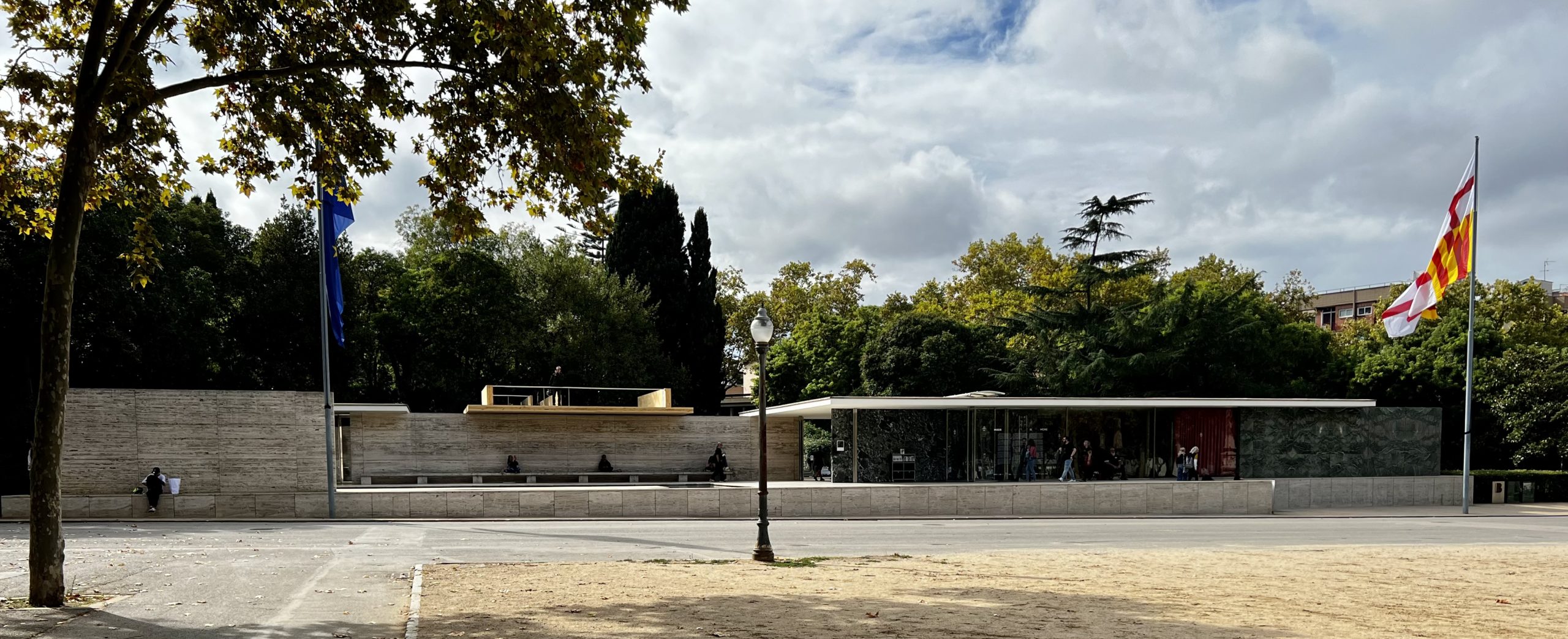
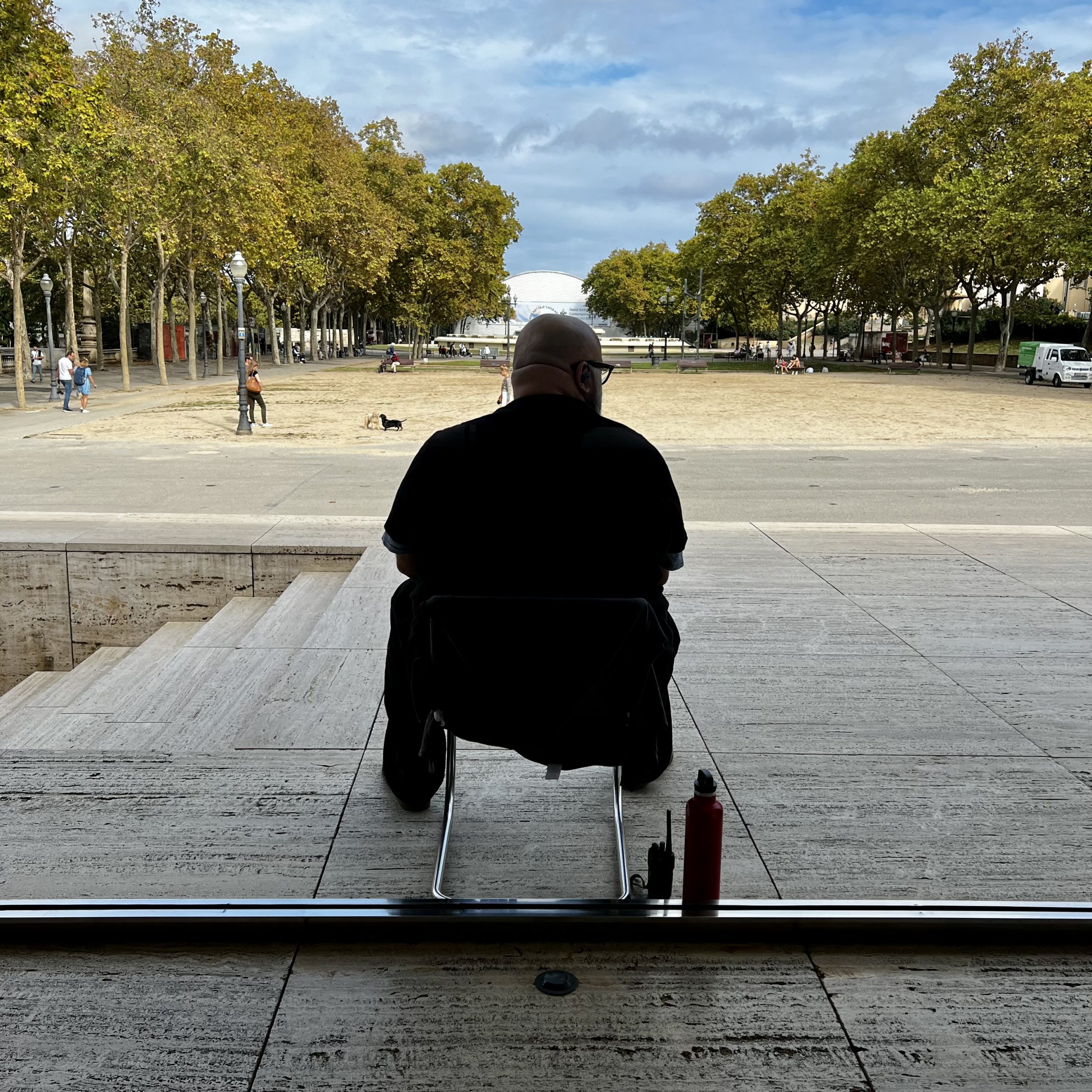
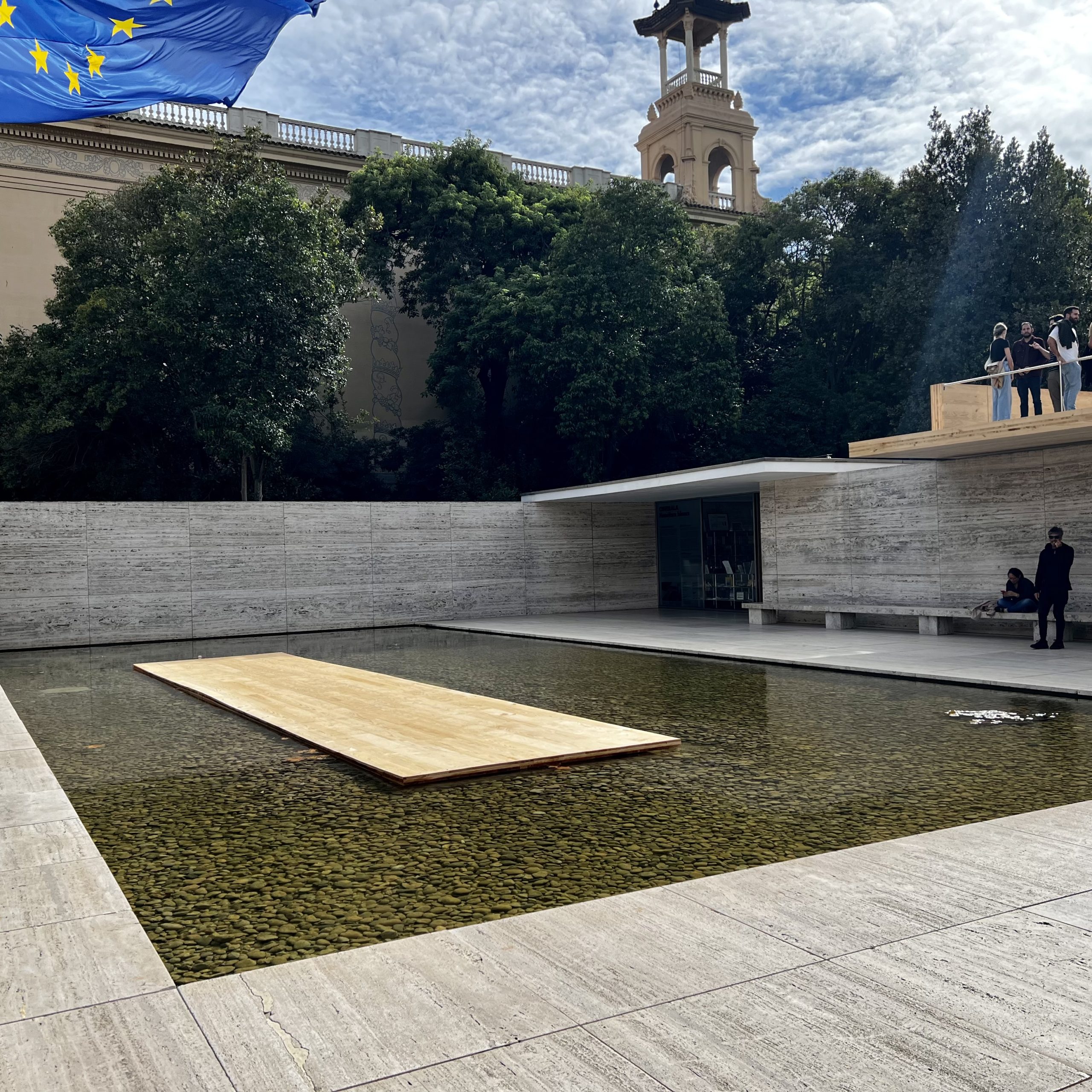
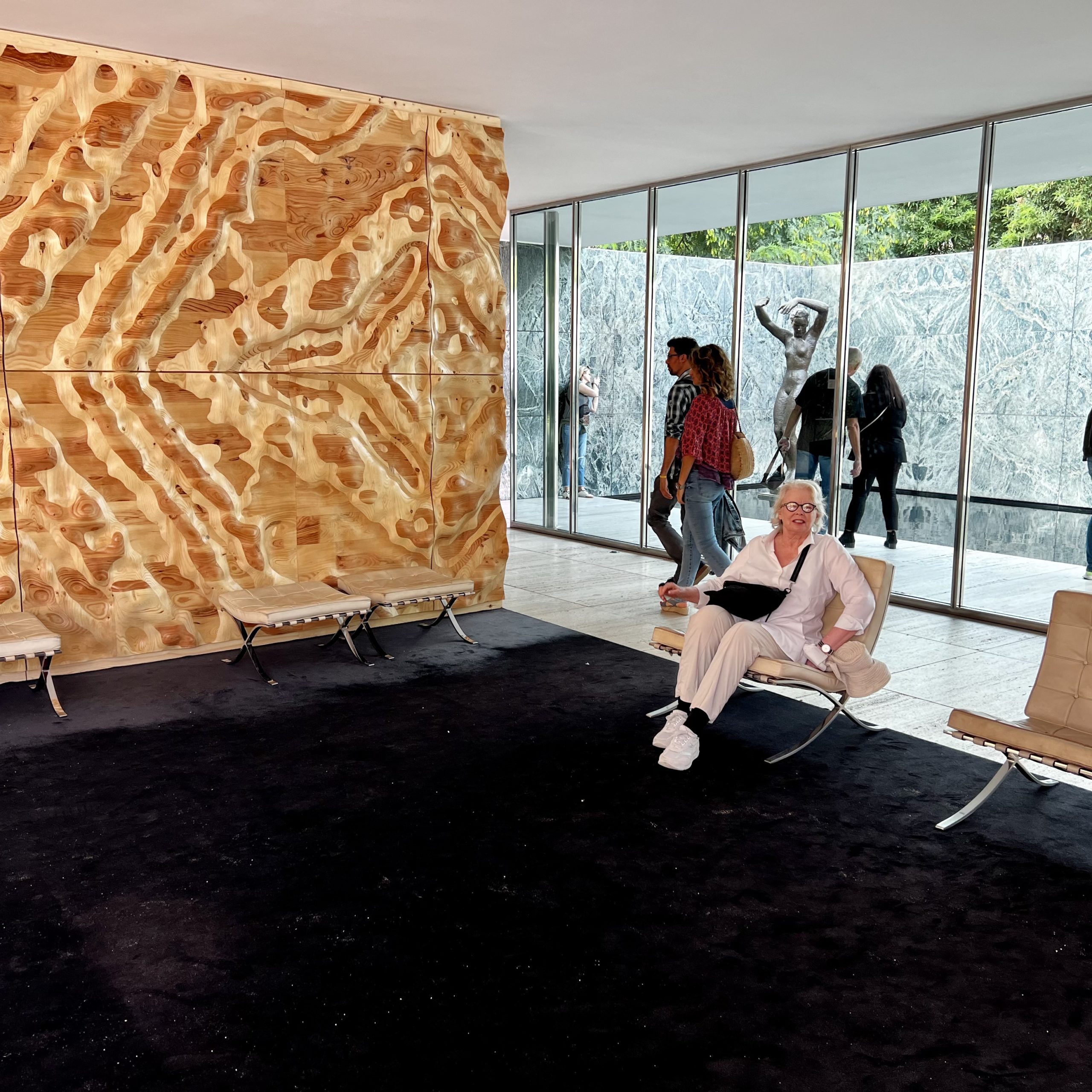
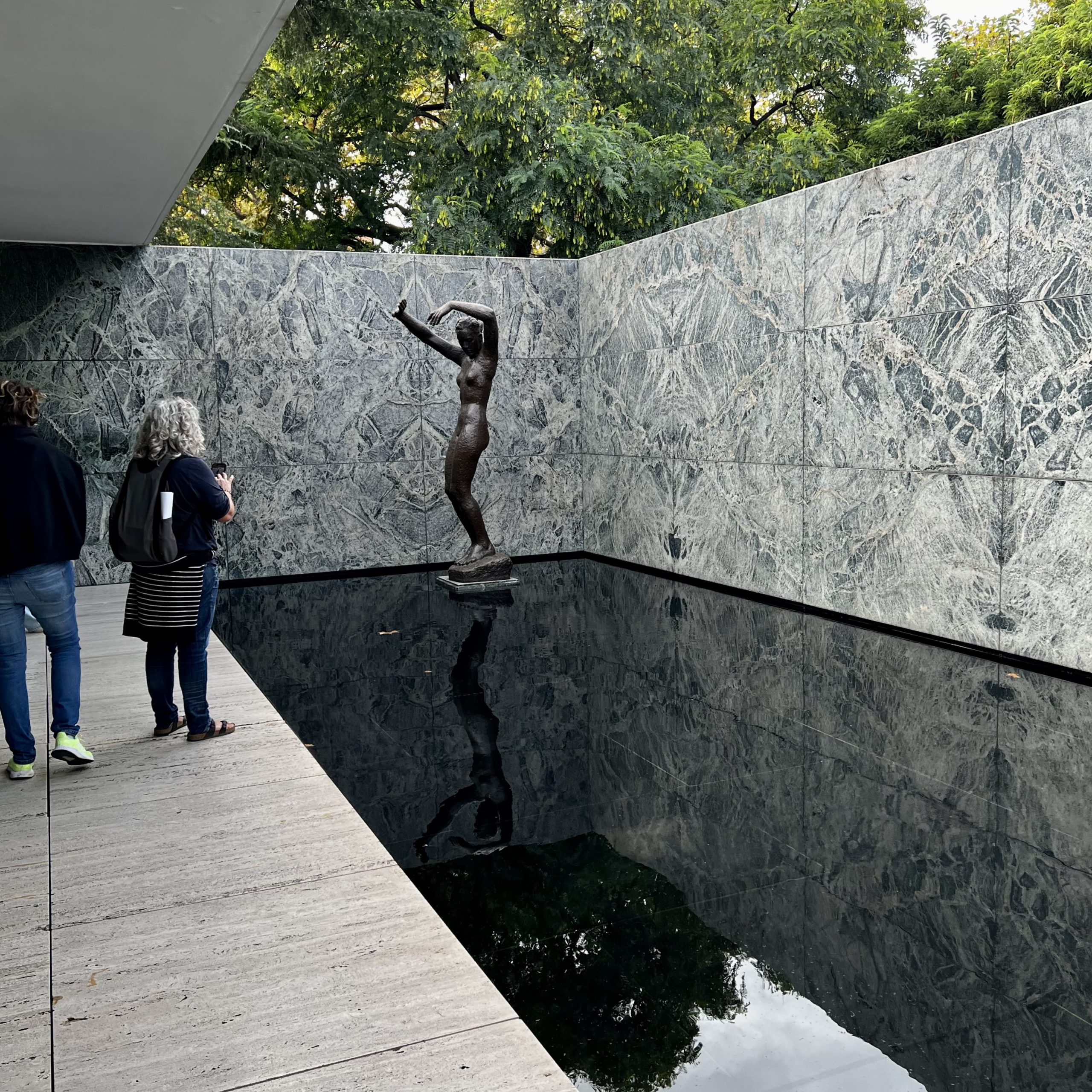
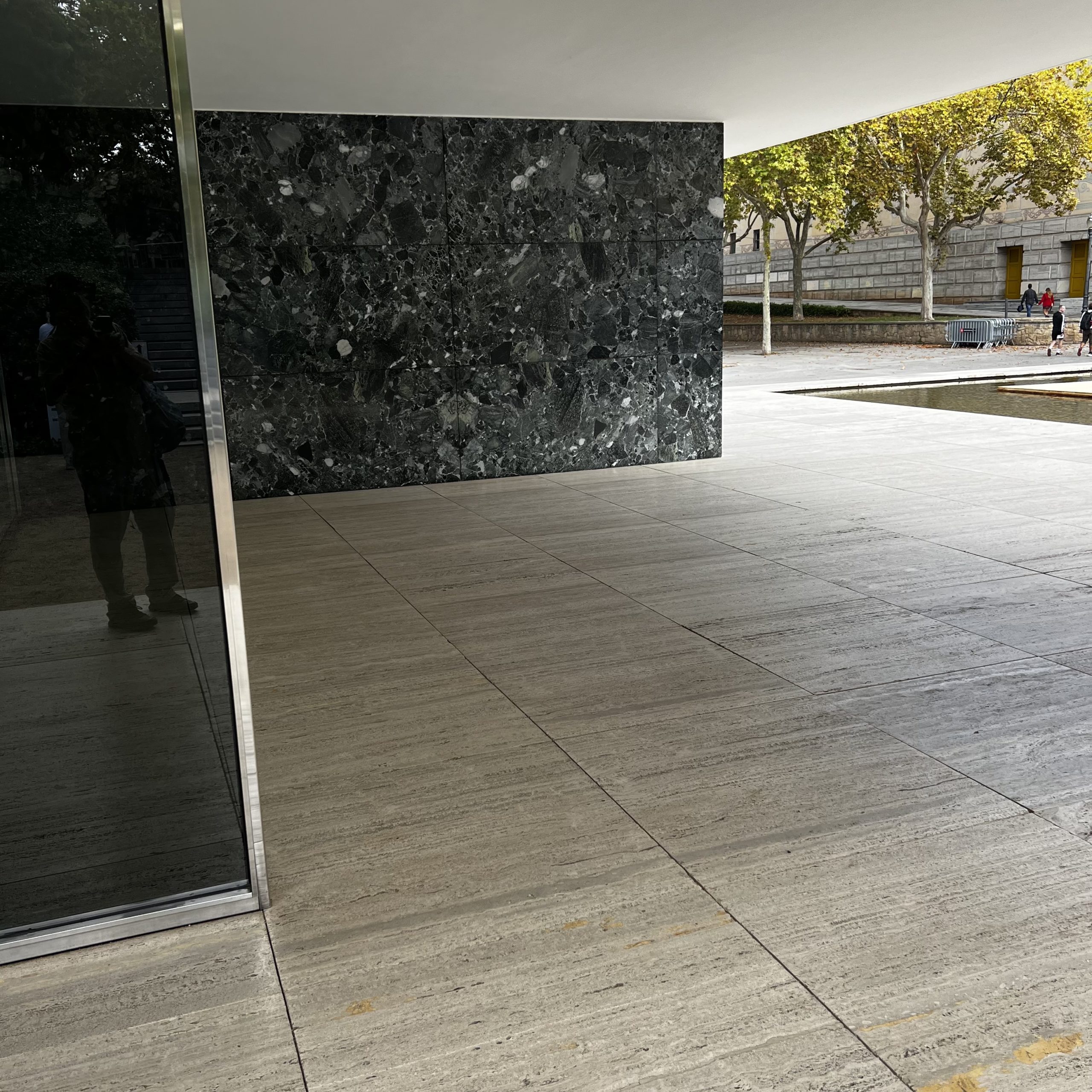
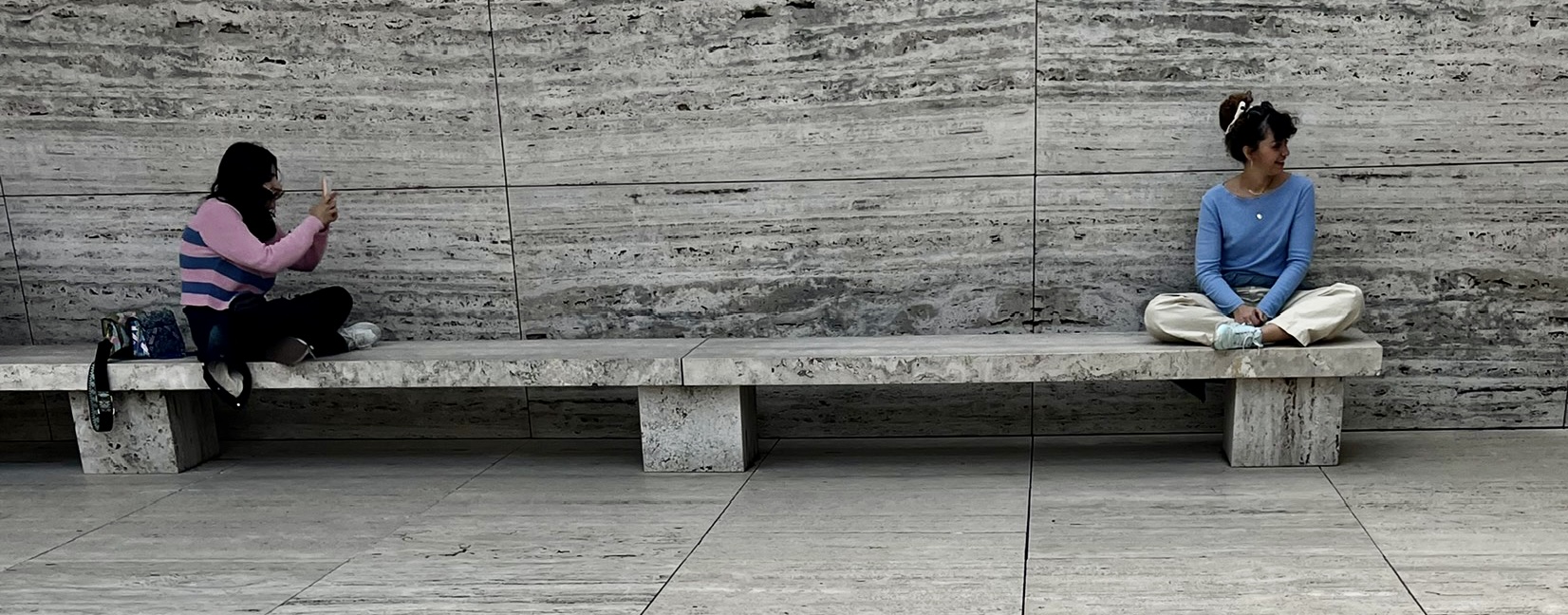
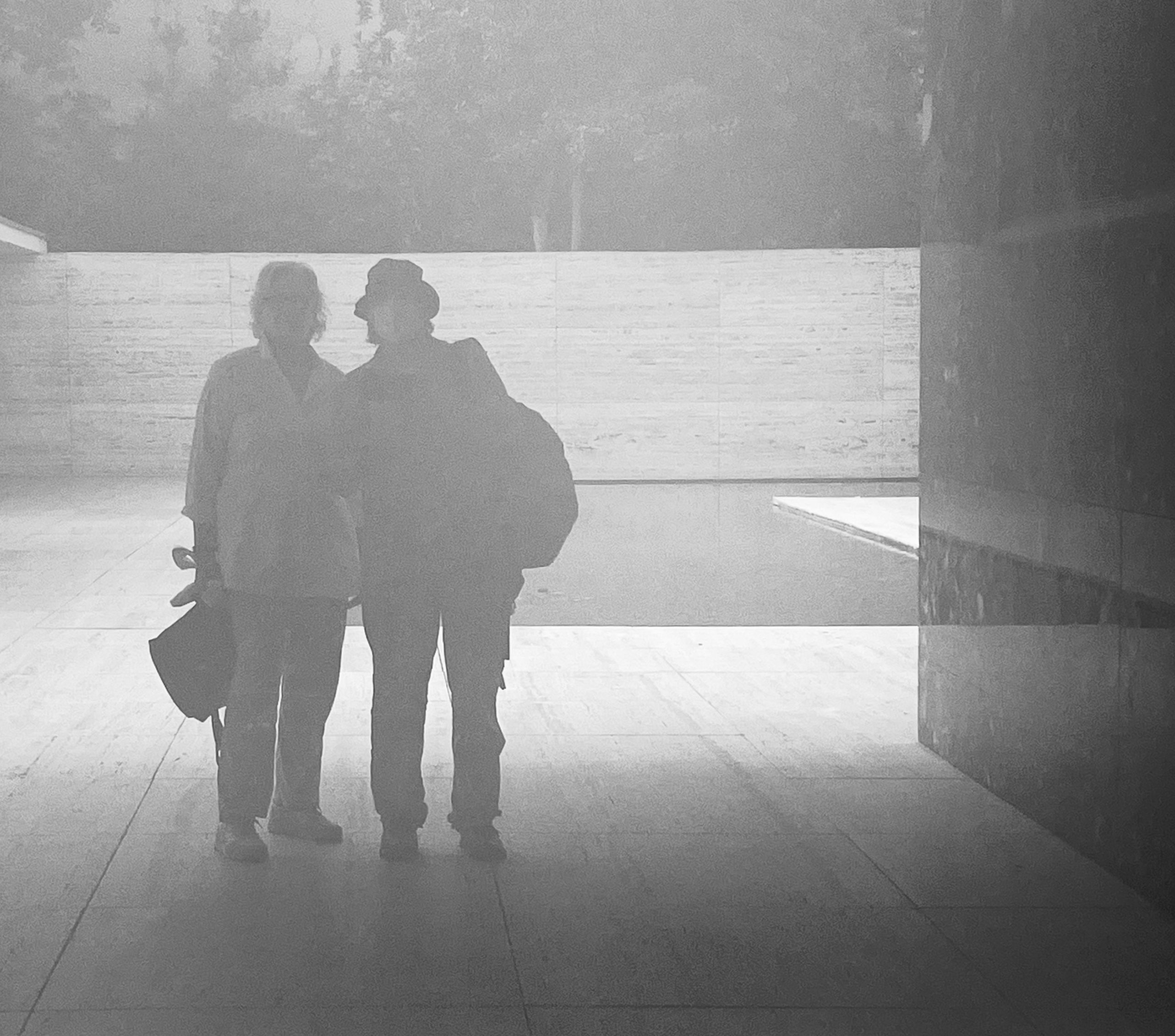
Park Guell
Another Gaudi masterpiece designed for a garden city (1900-1914). Fortunately, while the garden city went bust, the city bought the park. Unfortunately, they were sold out of tickets when we arrived. Best to book online. On our list for our next visit.
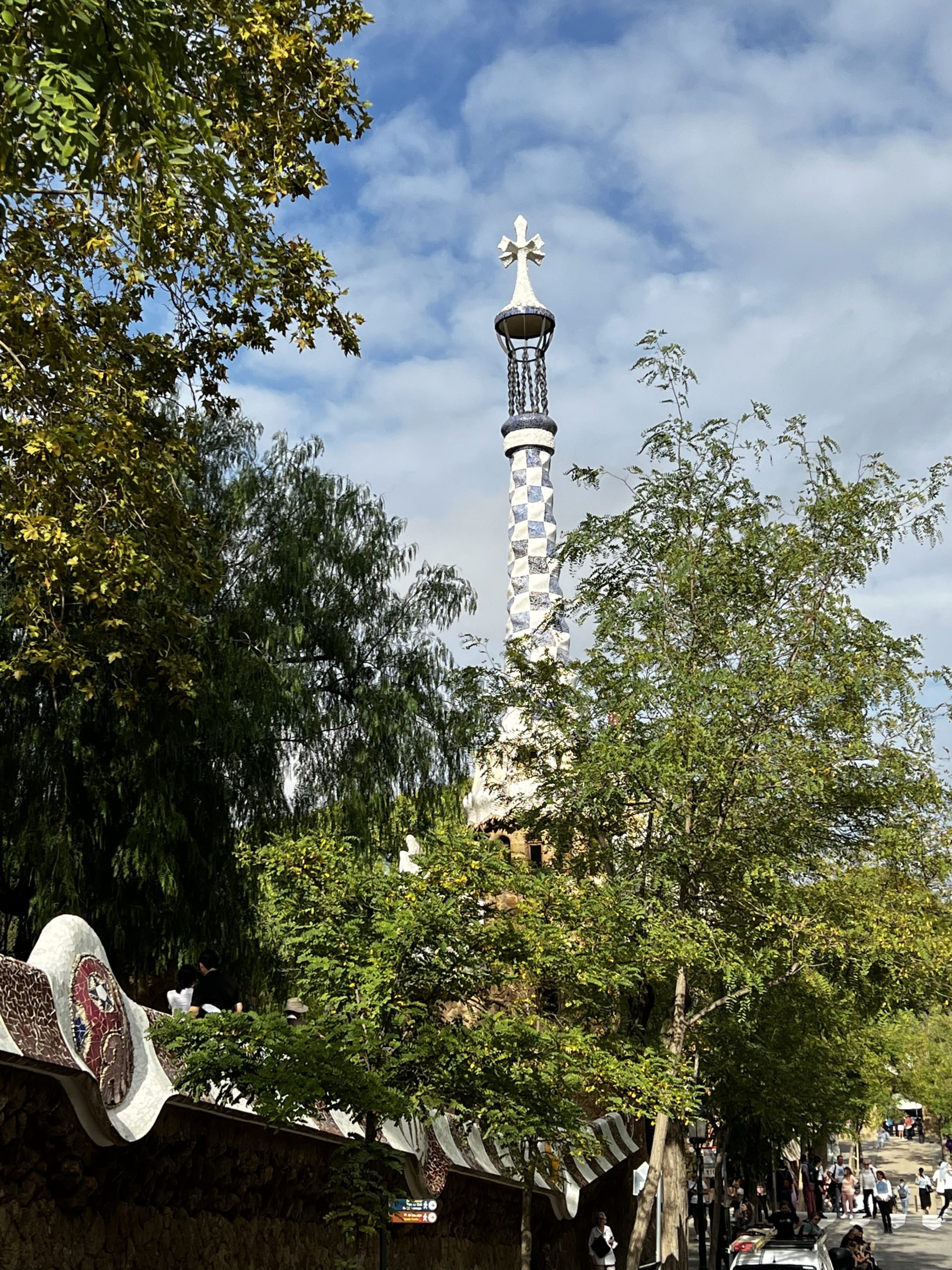
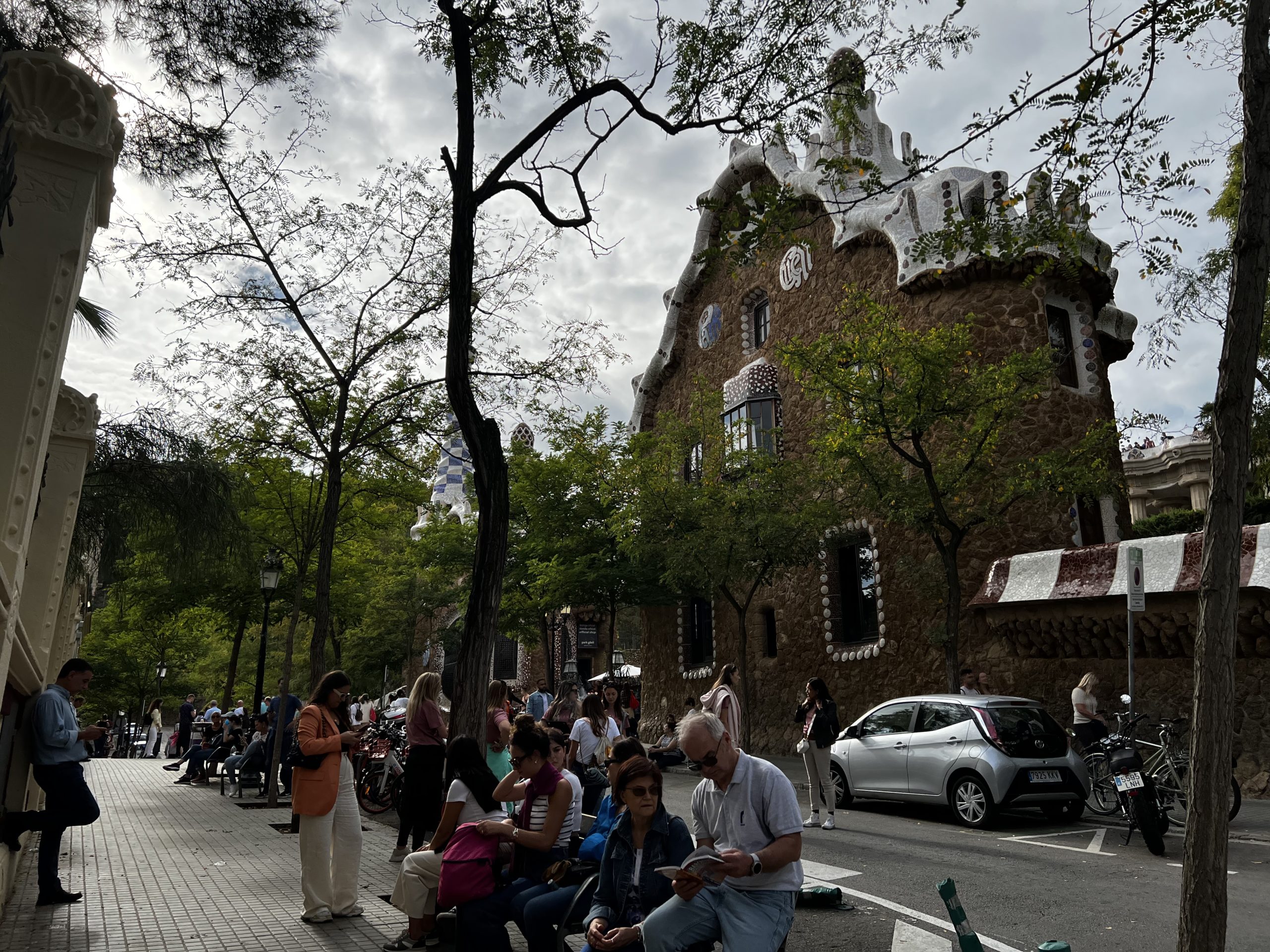
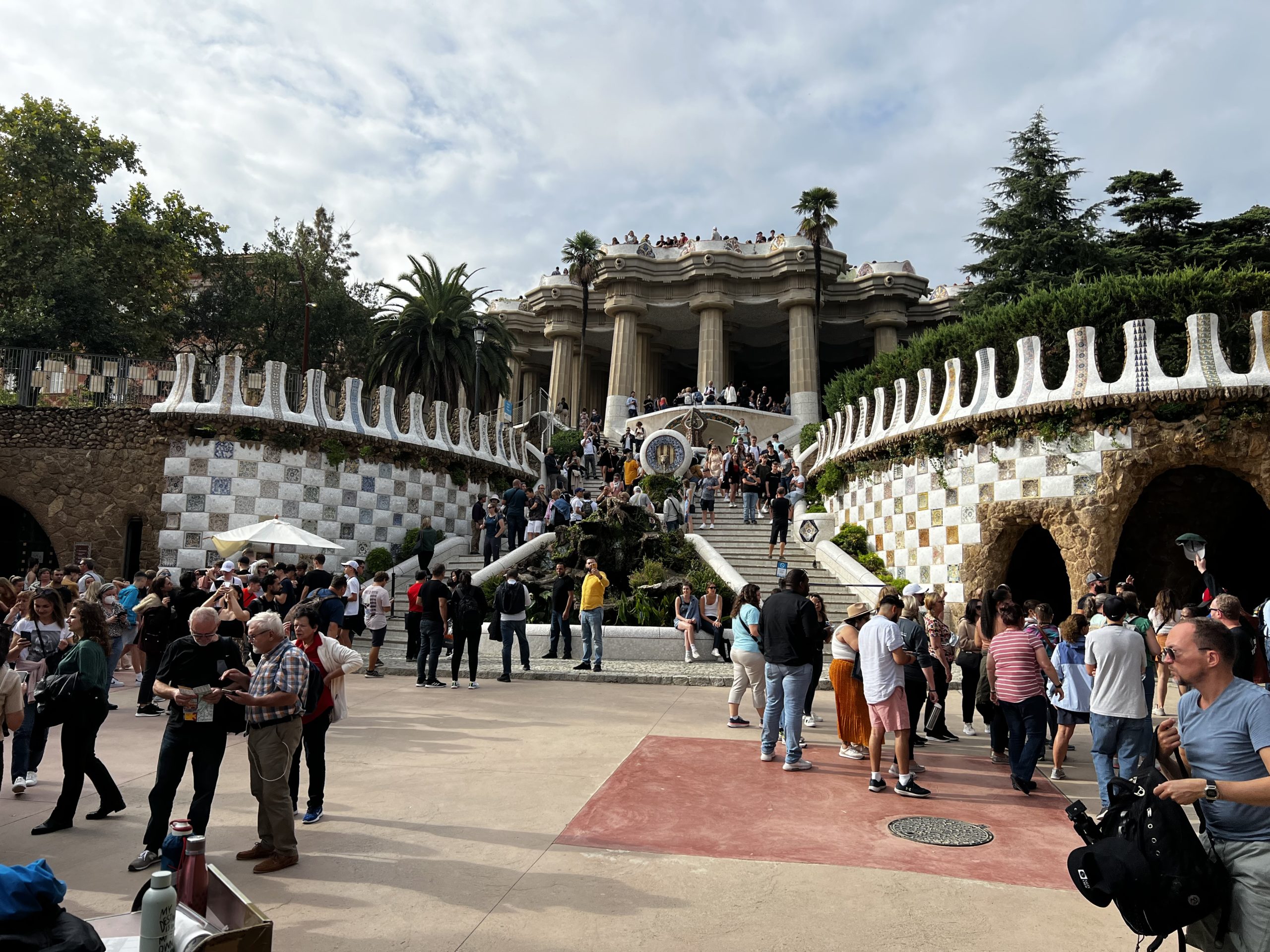
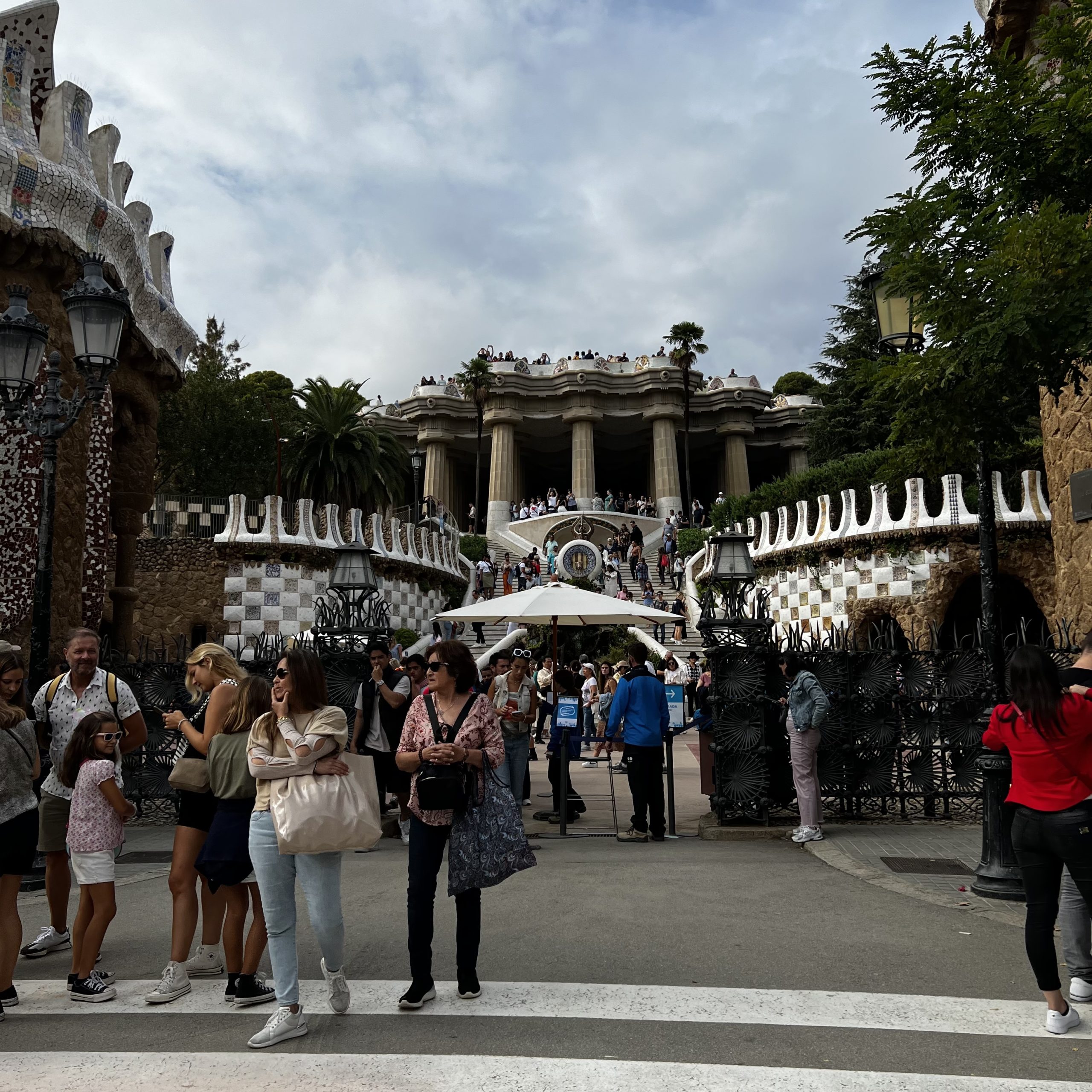
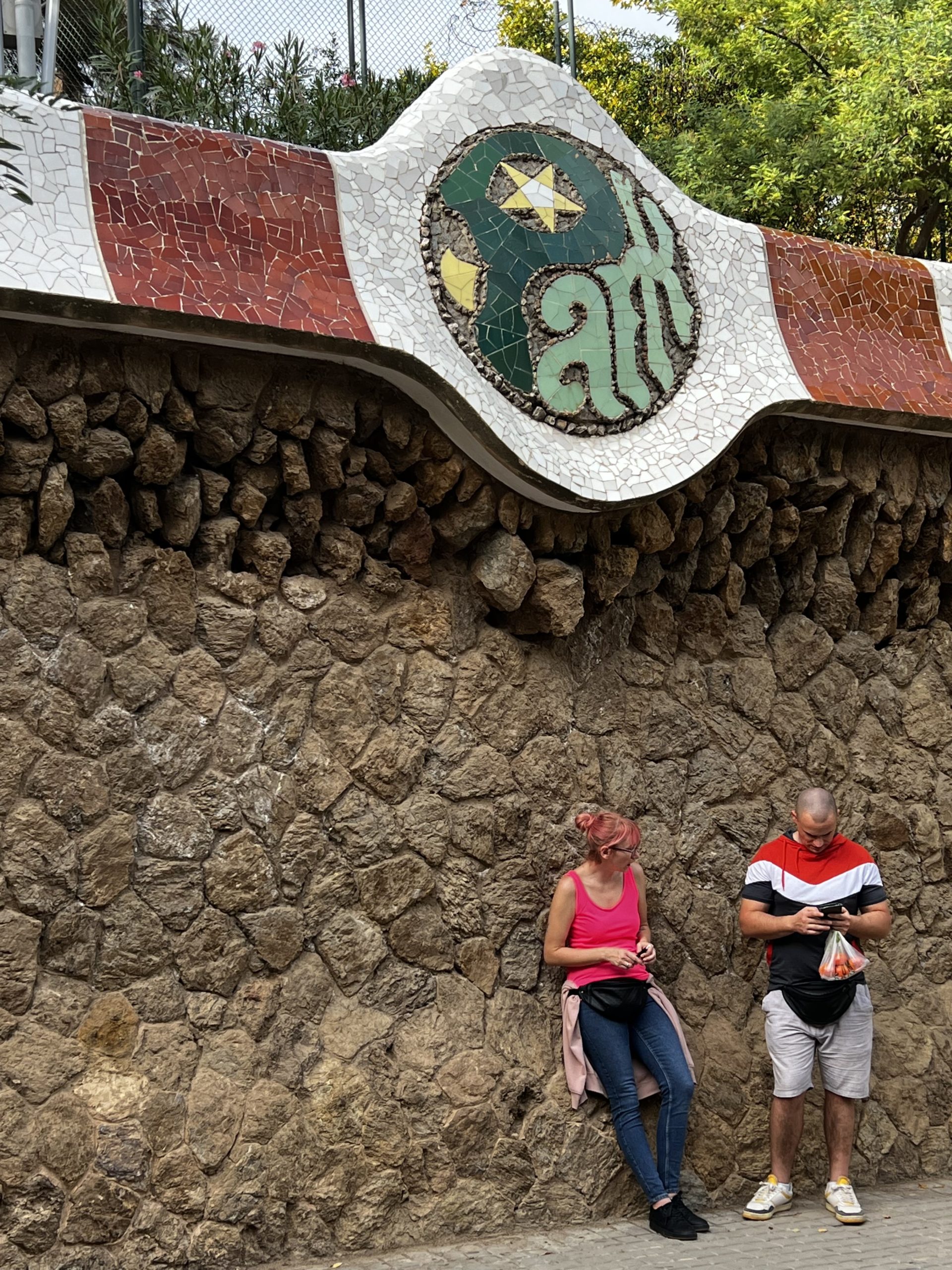
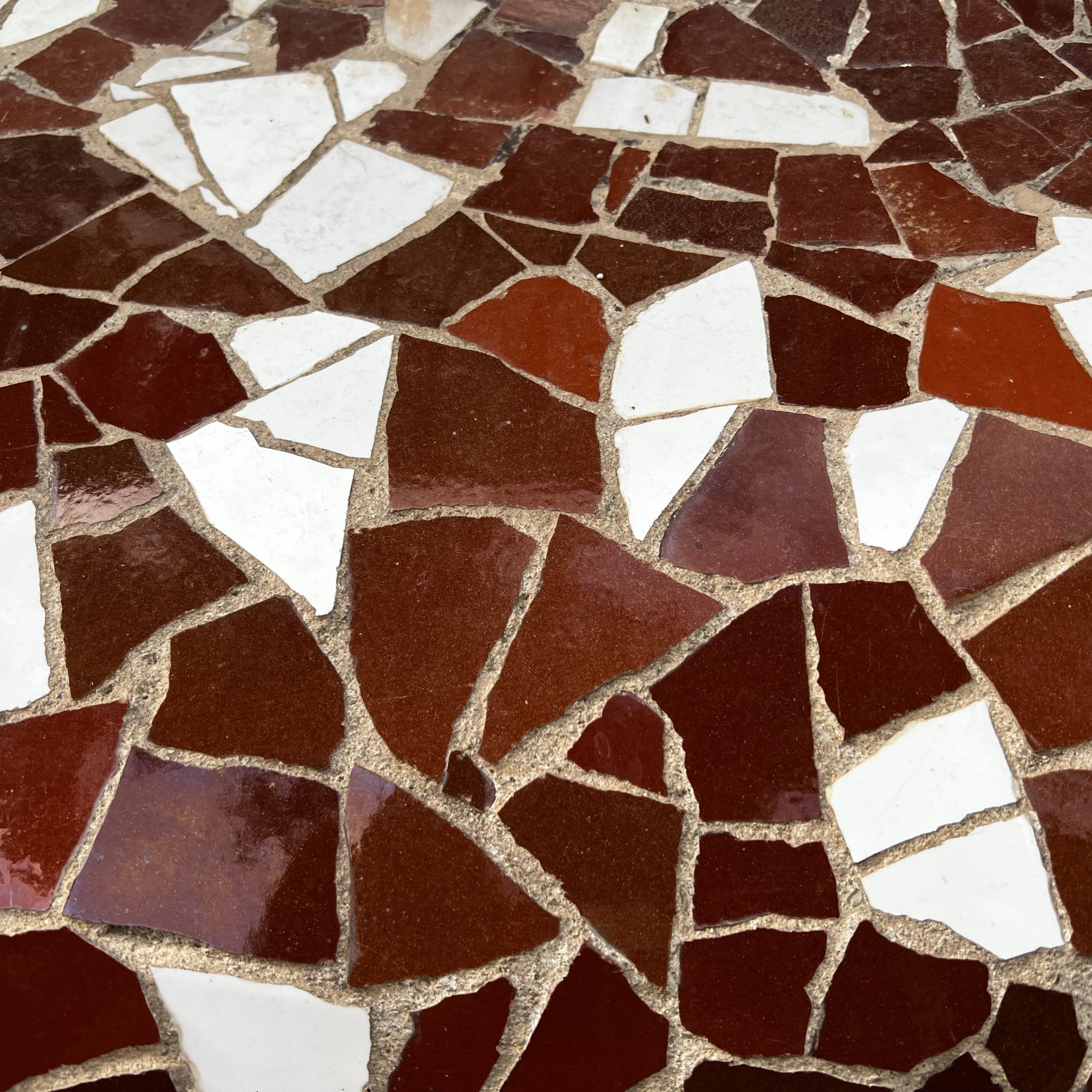
In Search of Vegan Gelato
Bonnie identified the best vegan gelateria in Barcelona just a ”short” walk down from Park Guell. After forty-five minutes, we found it in one of Barcelona’s older neighborhoods—Gracia. Worth the stroll to see some local color. And for vegan caramel.
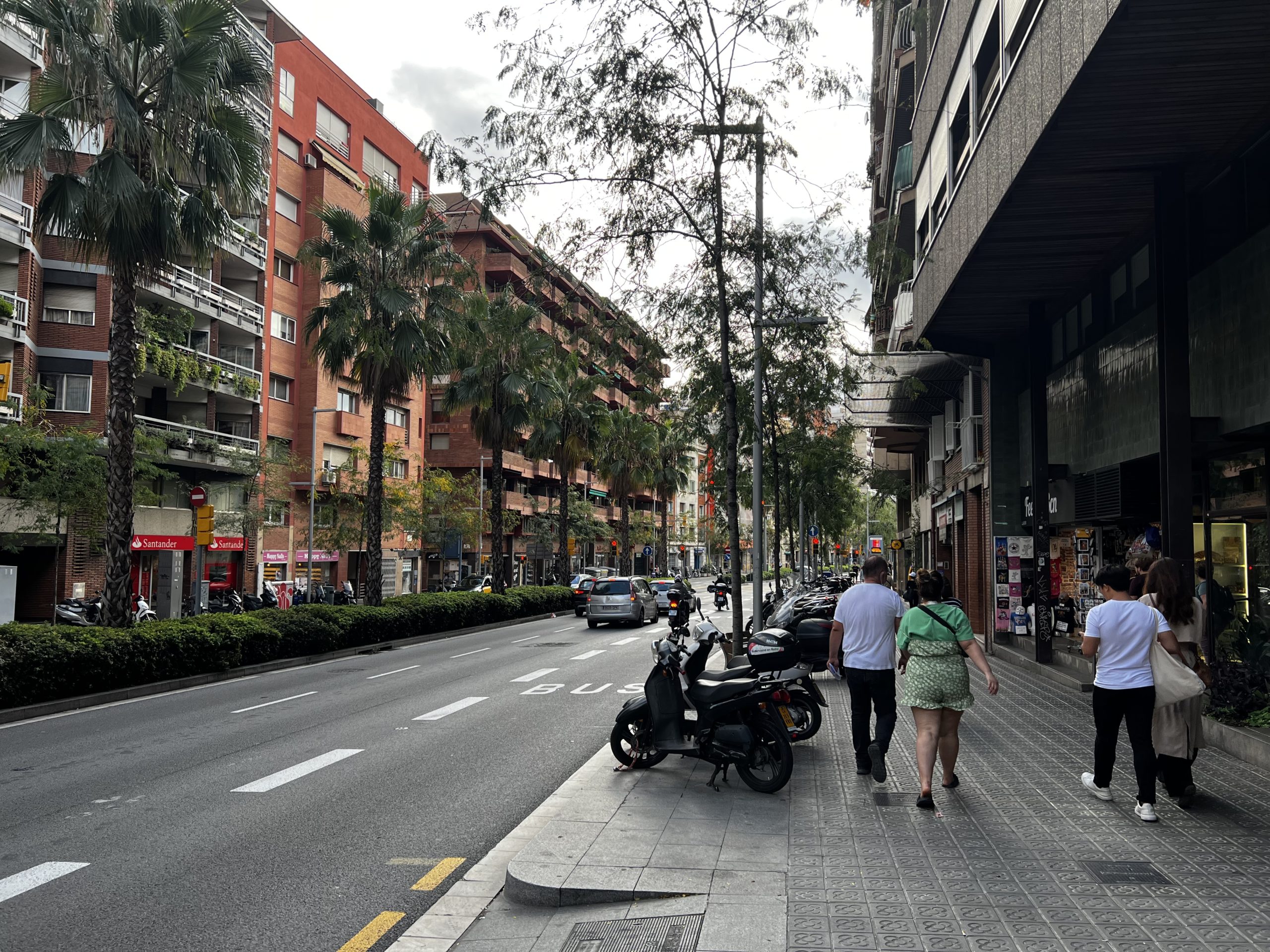
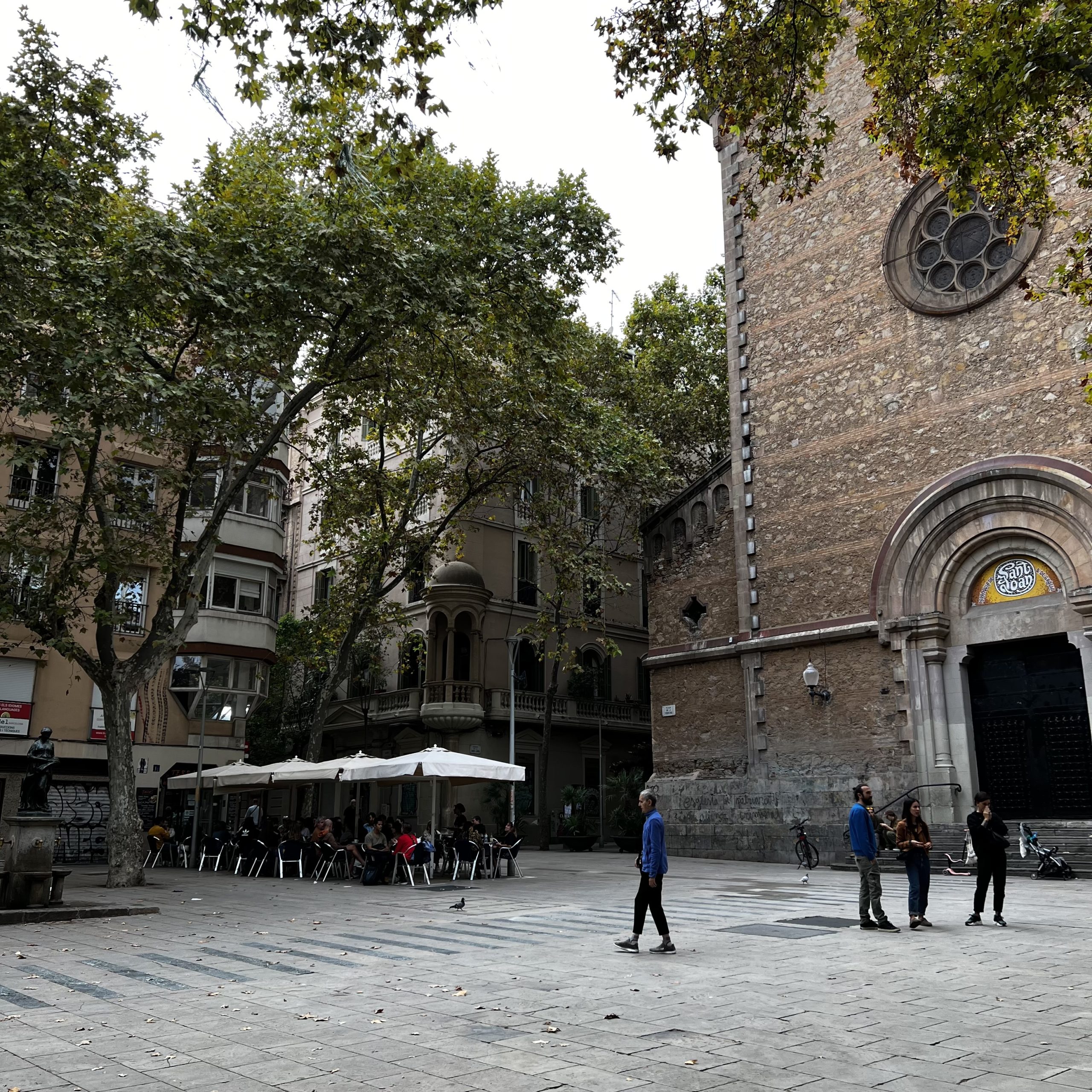
Placa de Catalunya
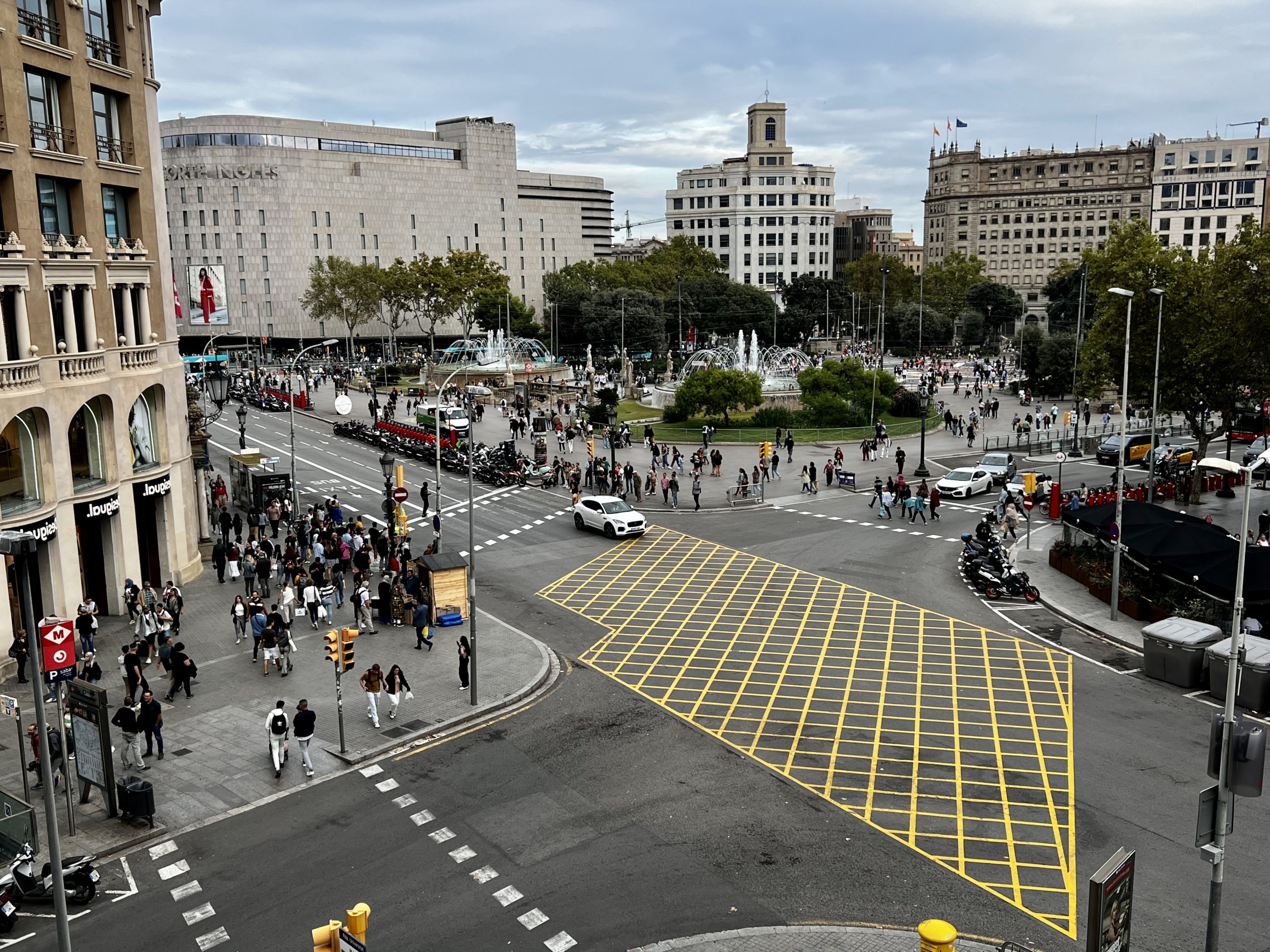
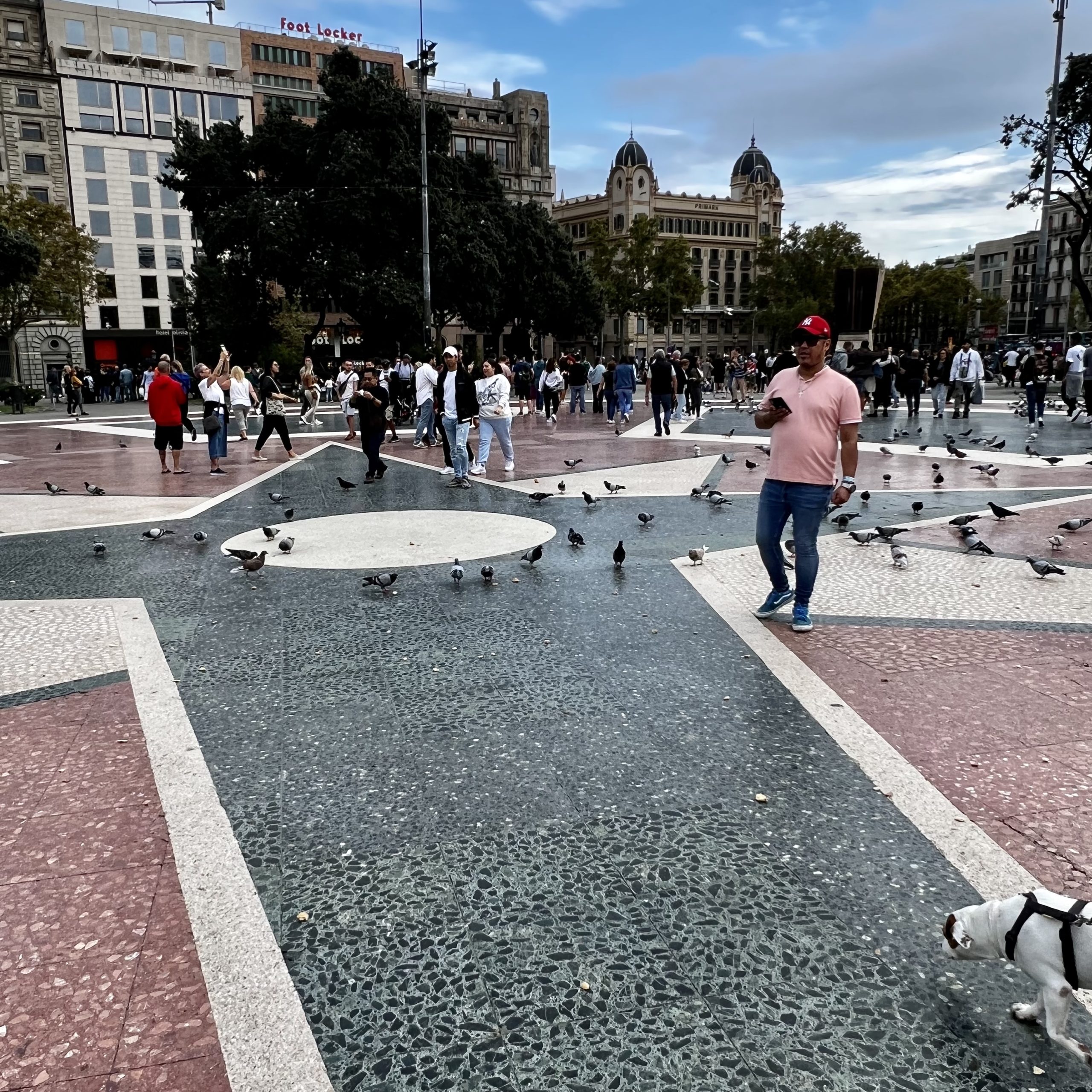
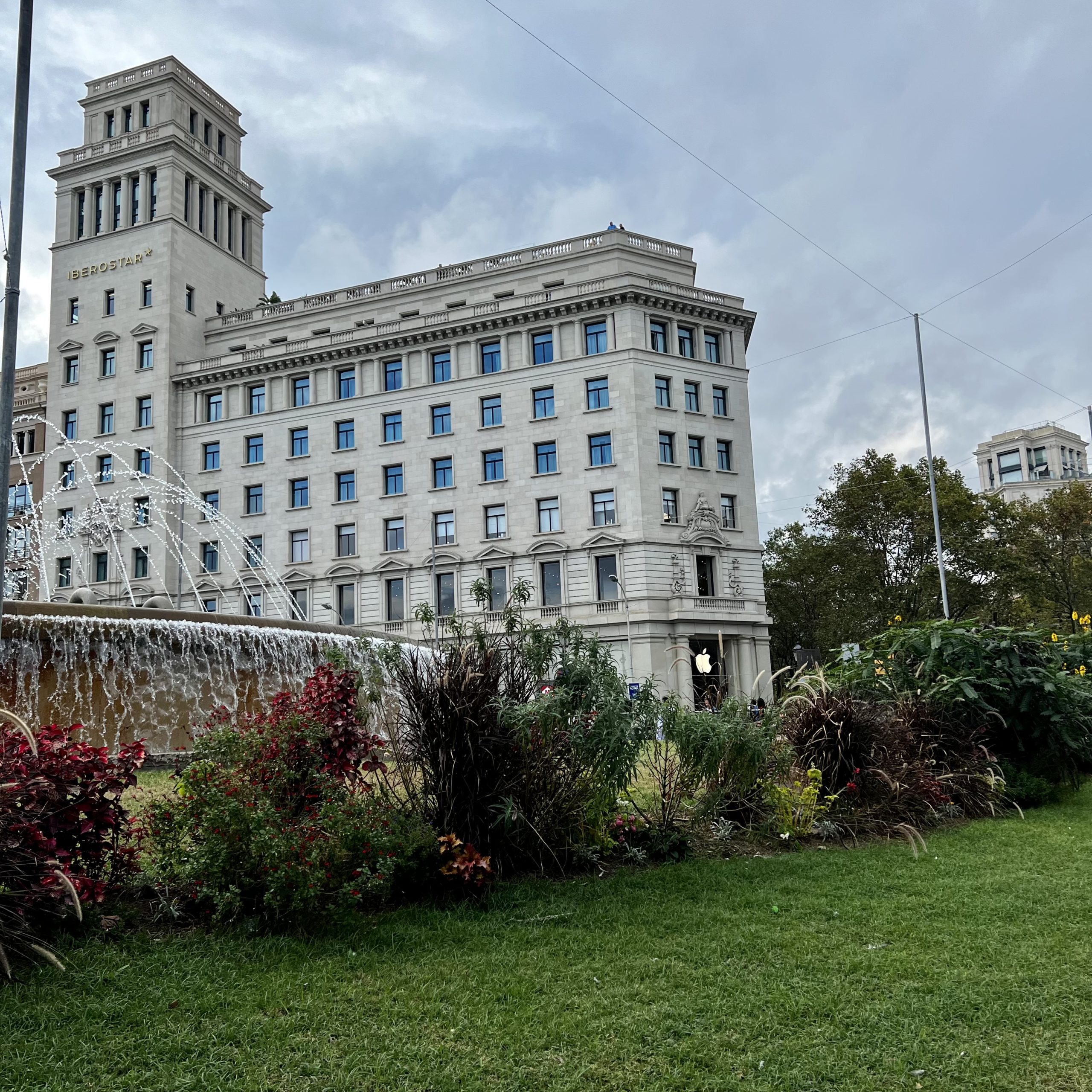
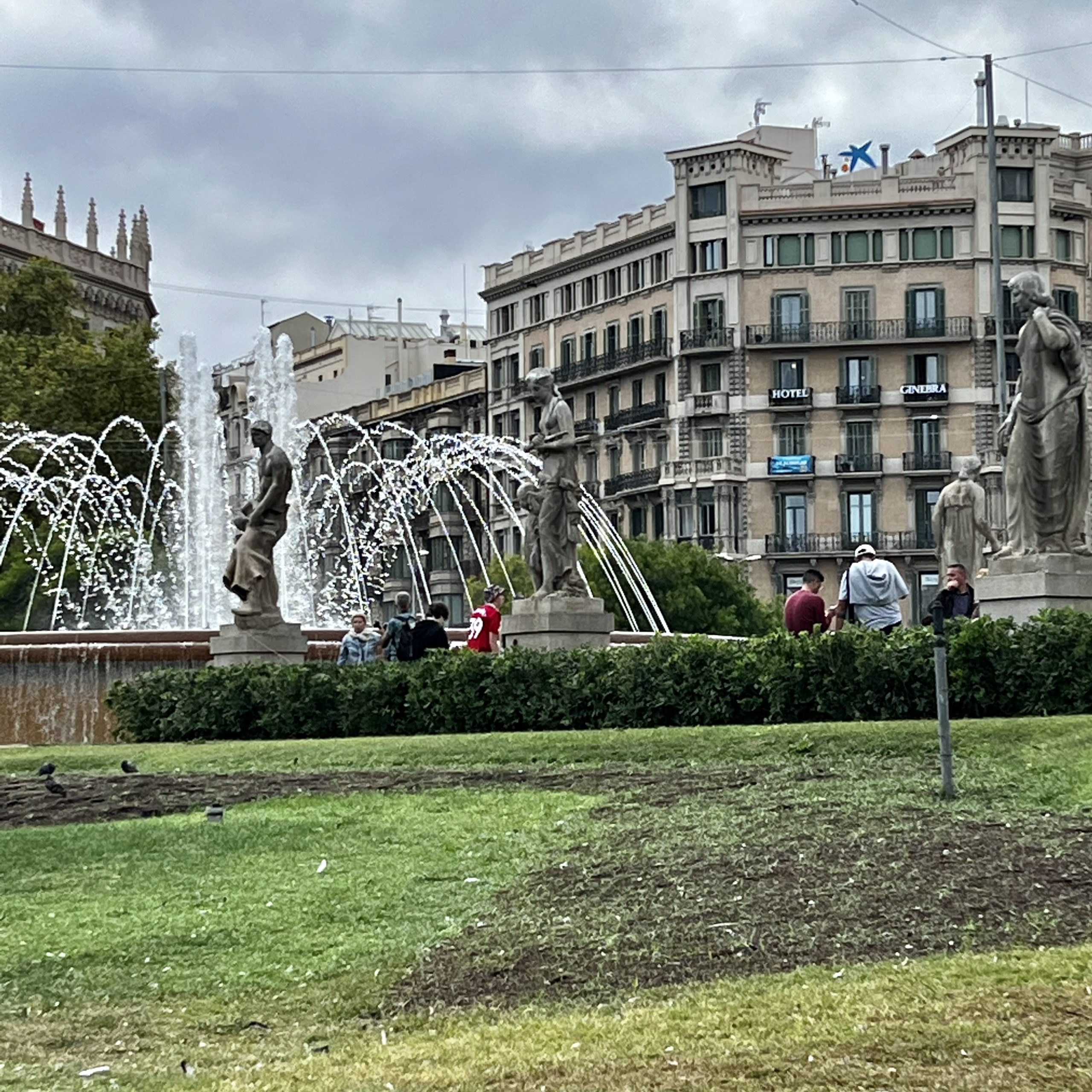
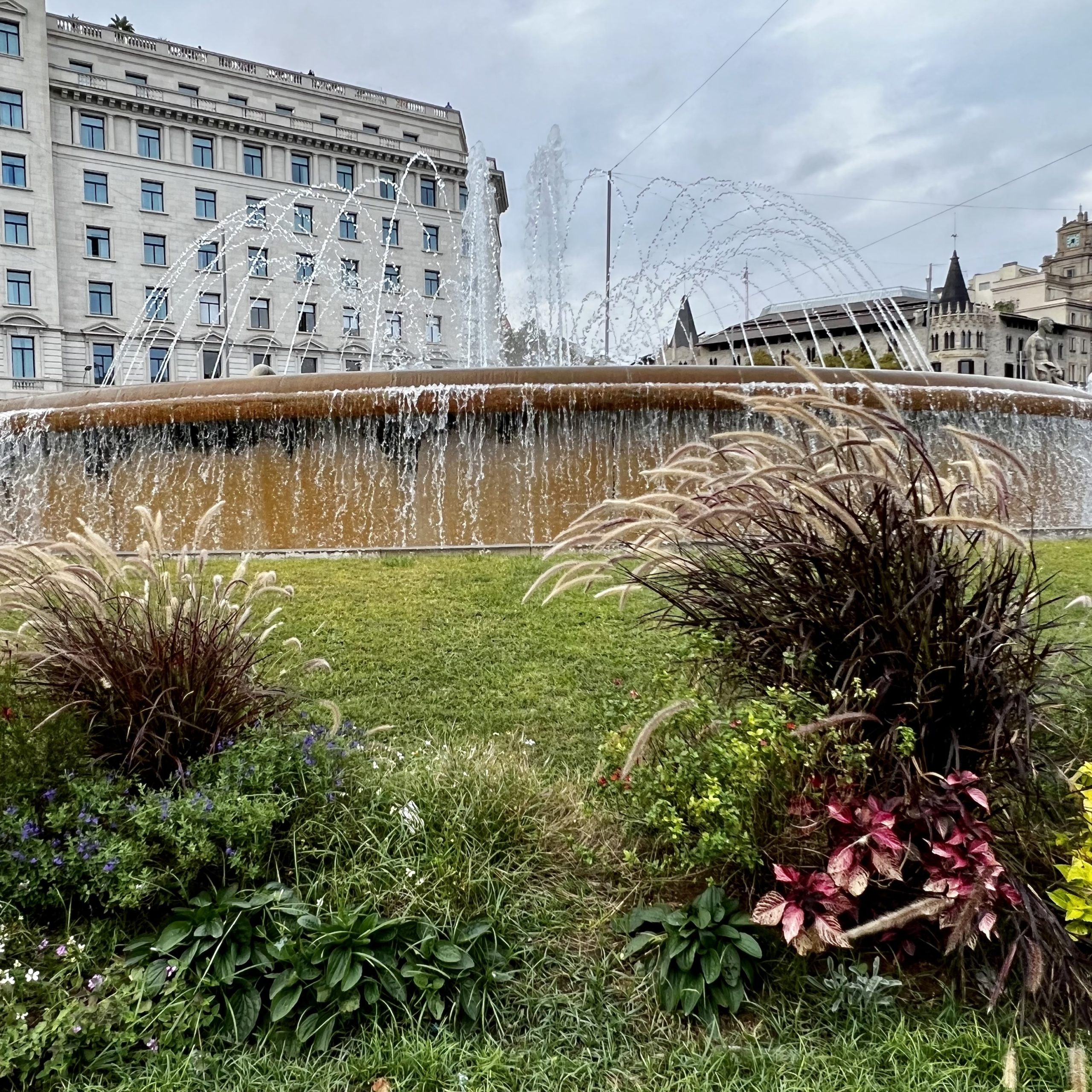
On the way to Madrid
More to say about this adventure in our next post
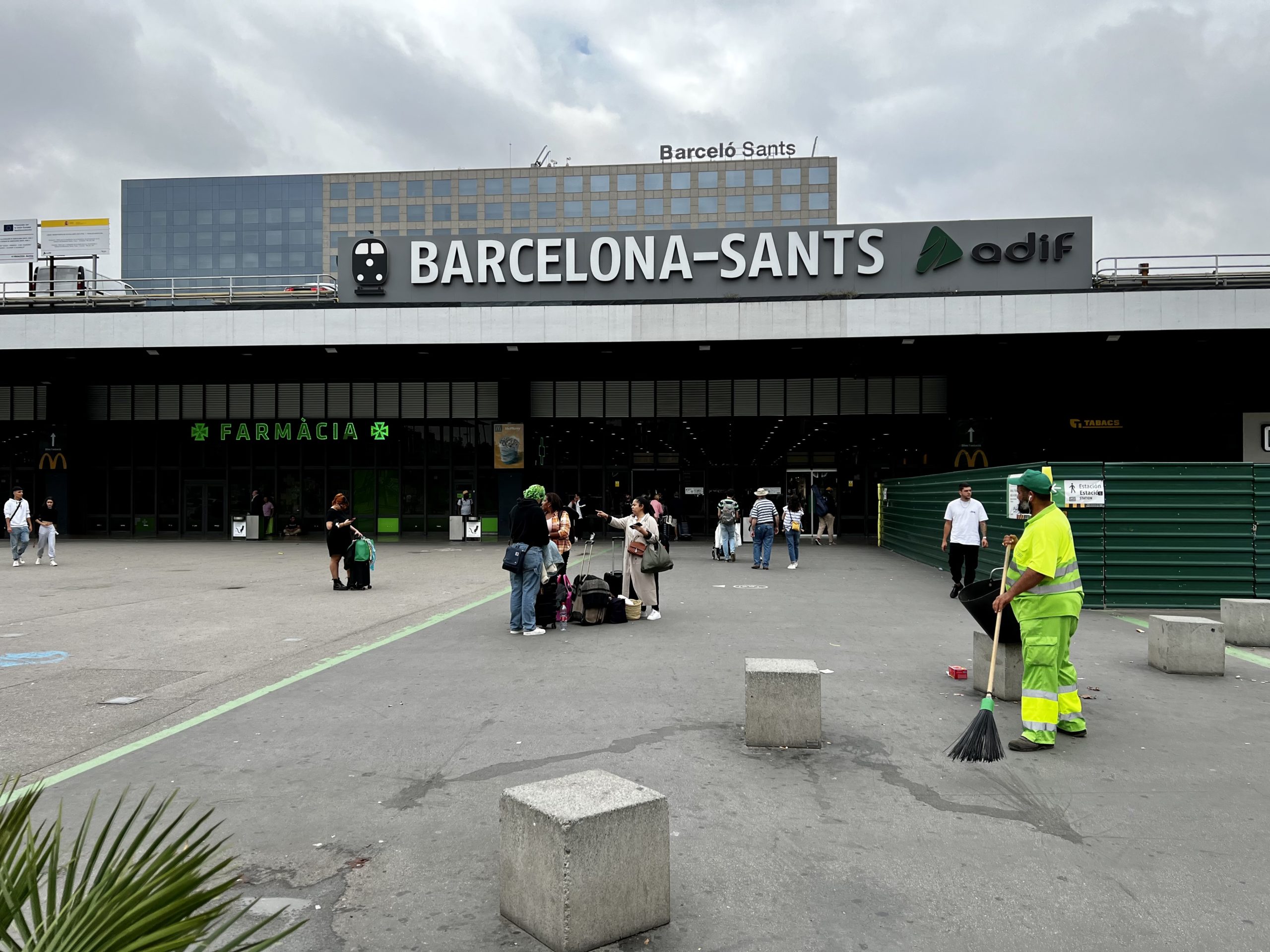
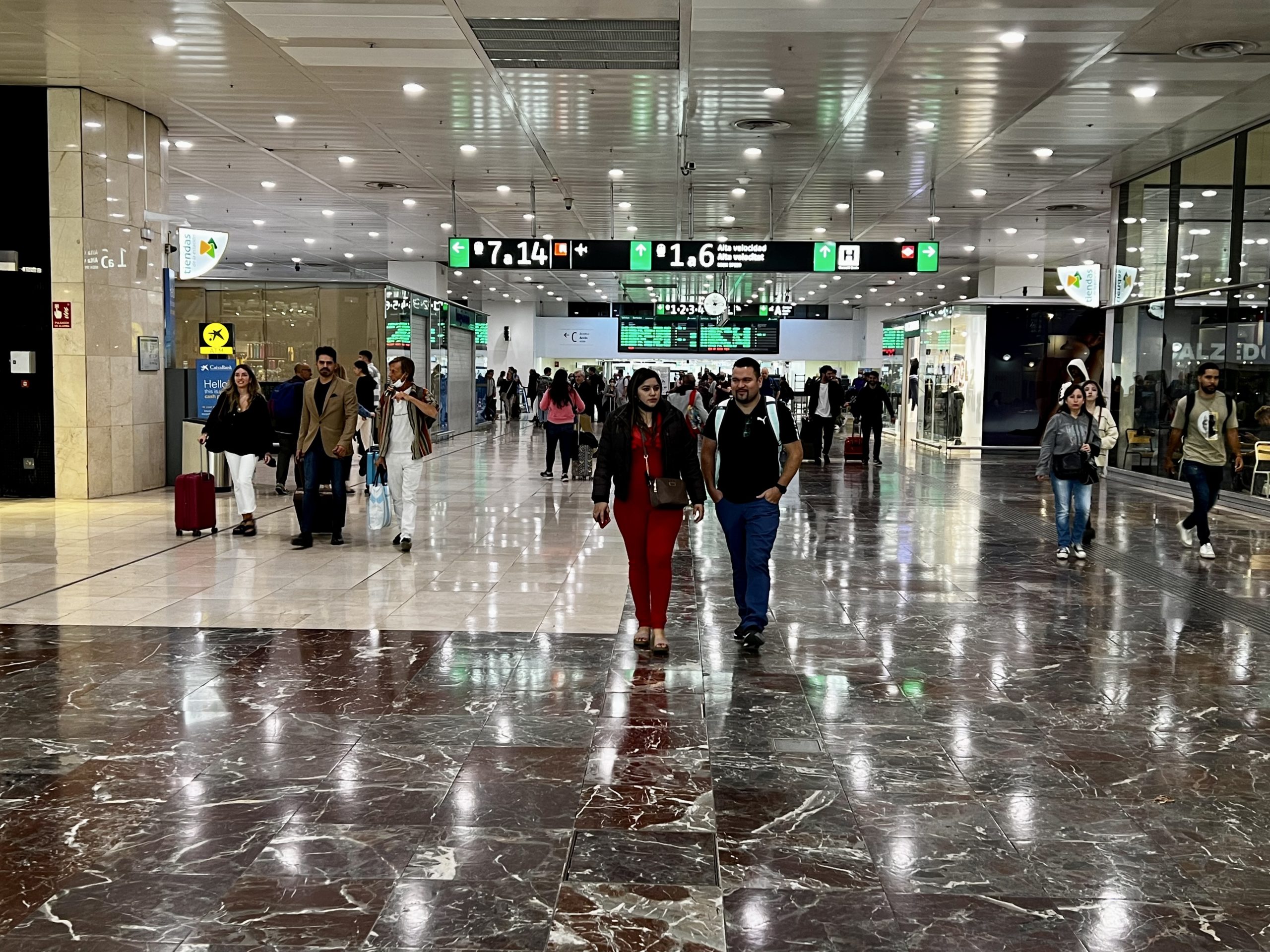
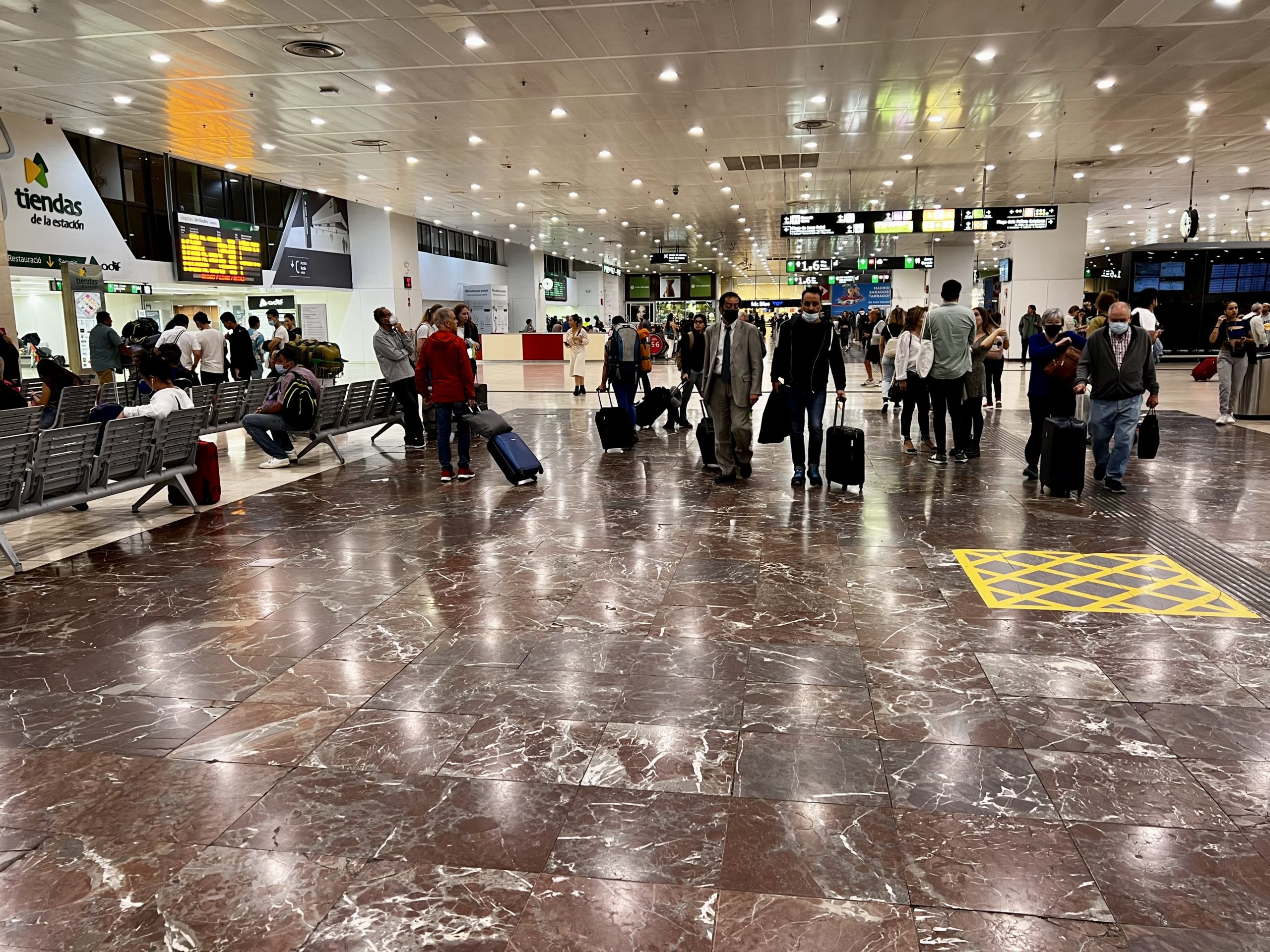
Alimentos
